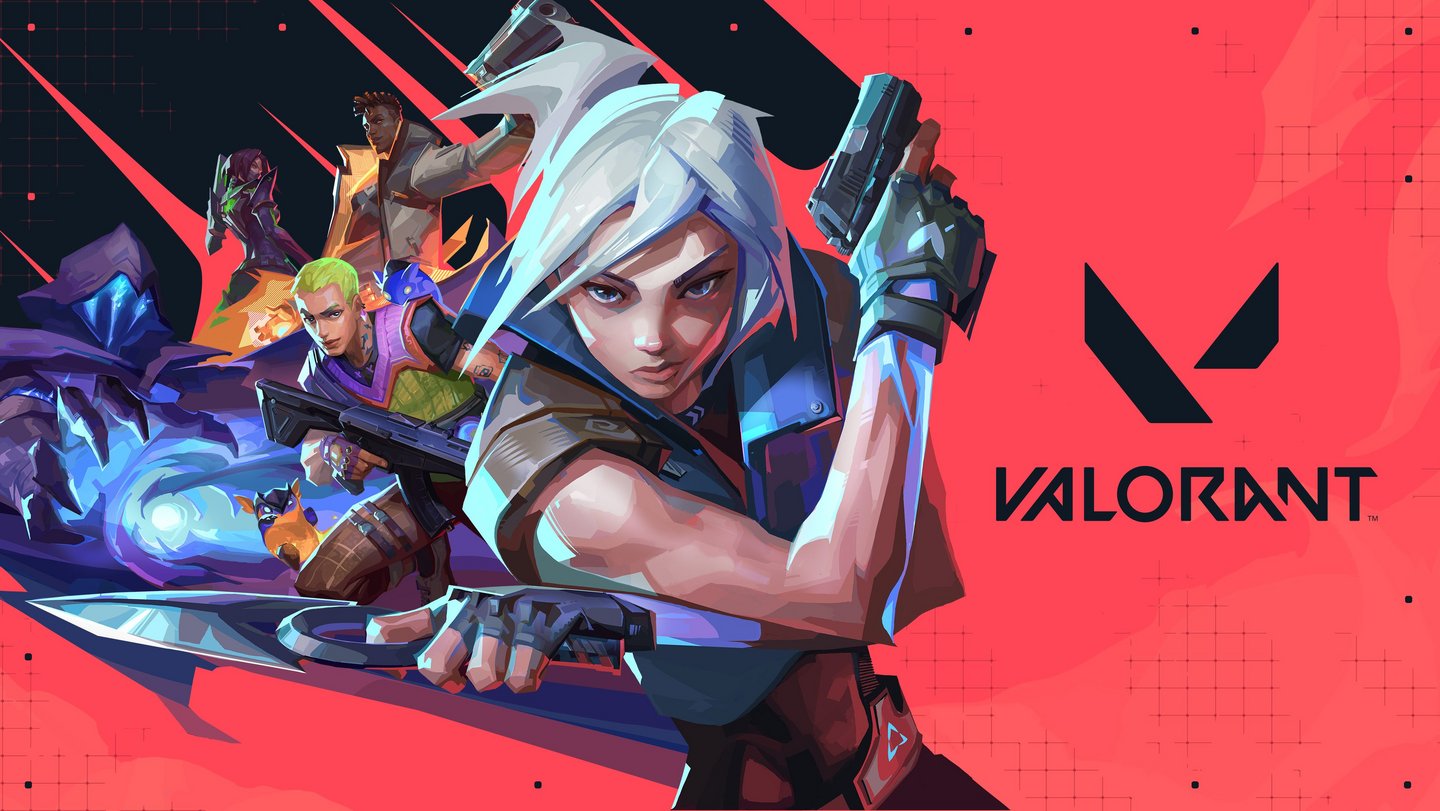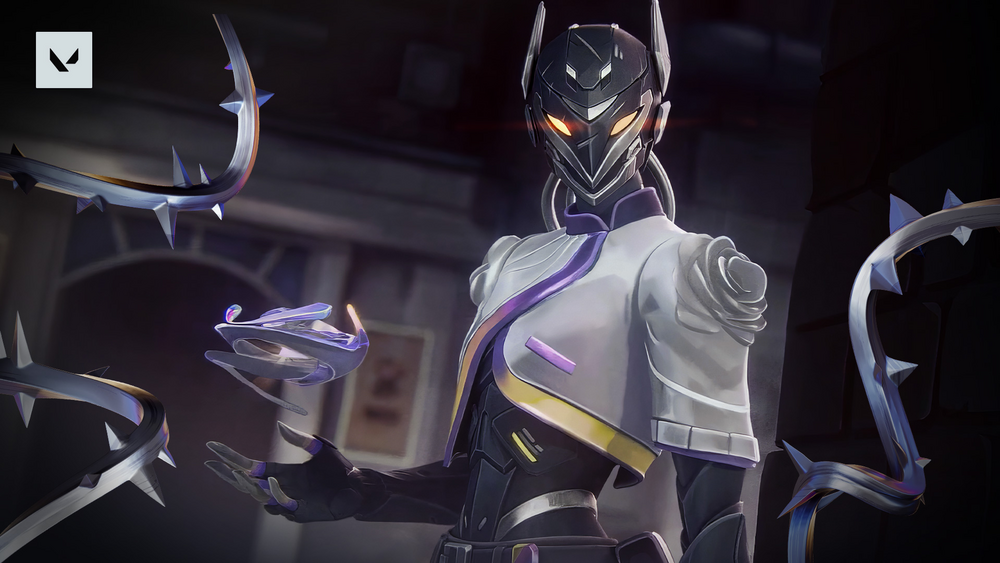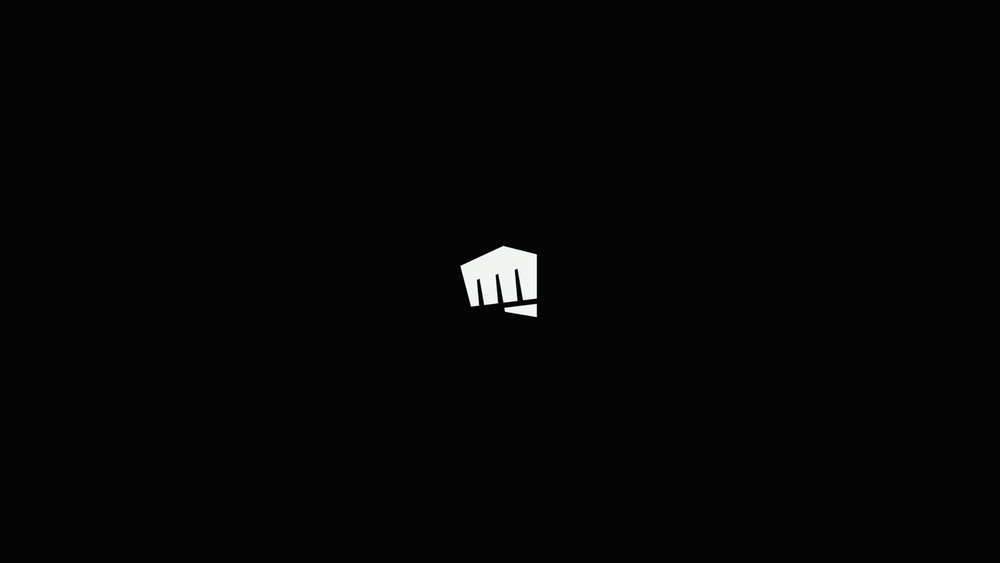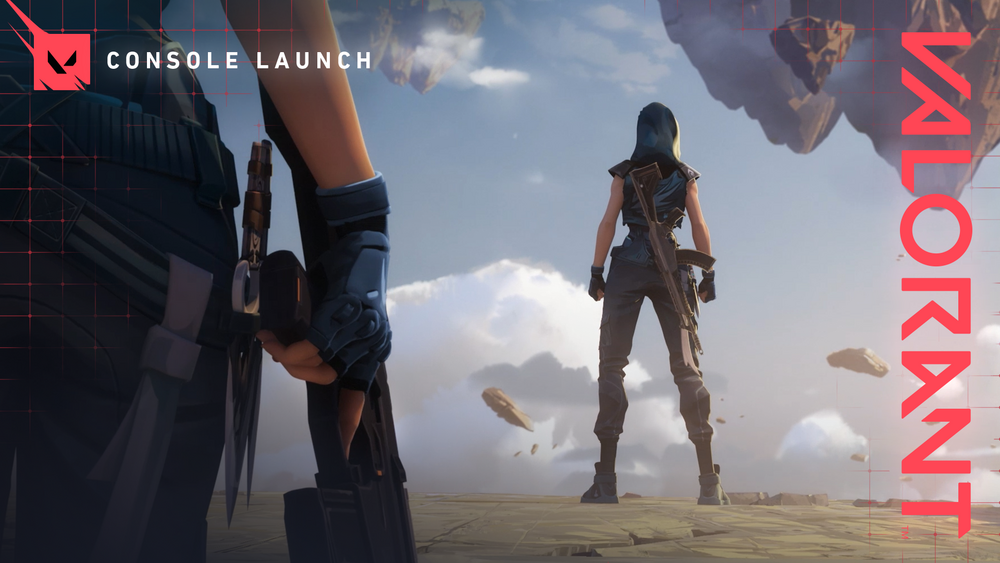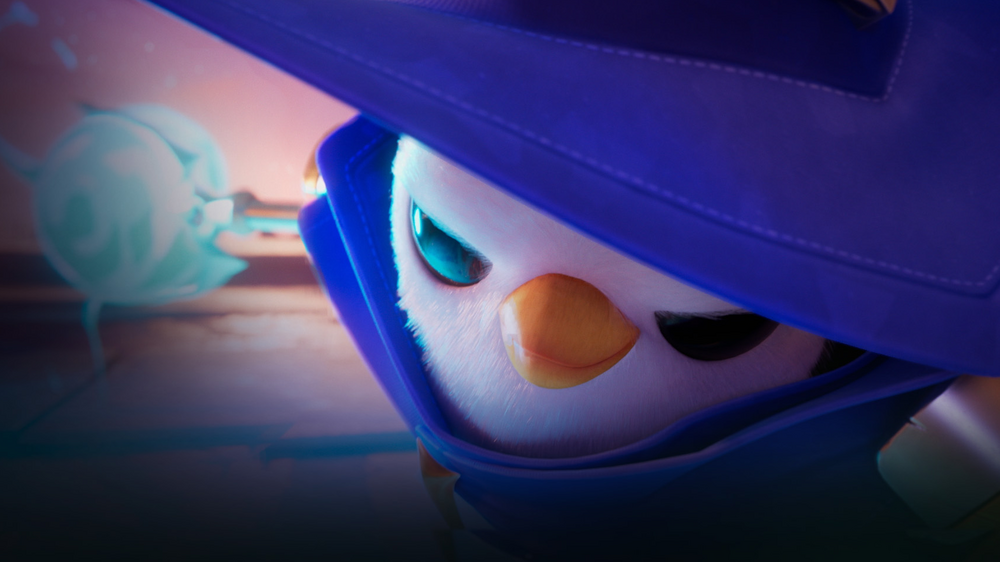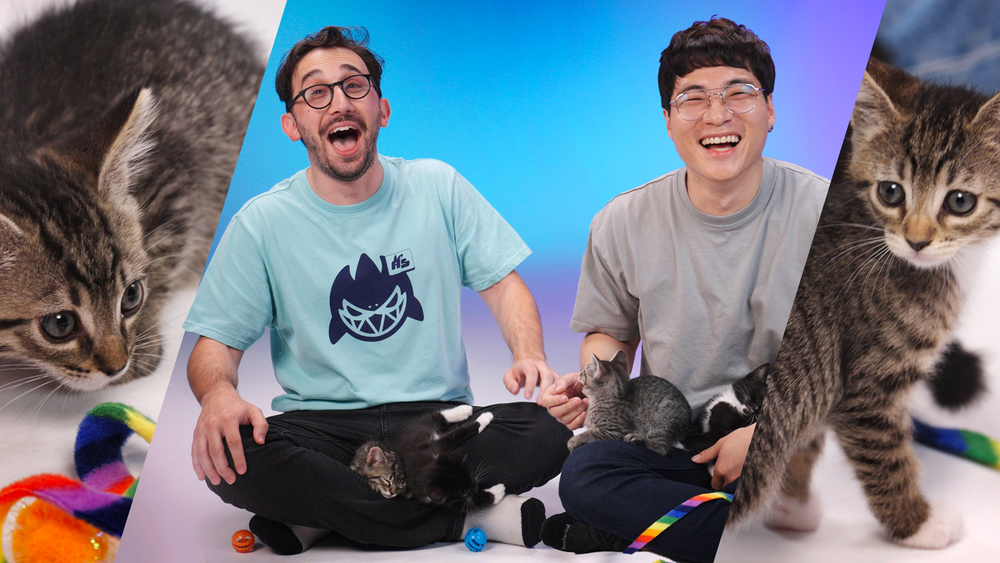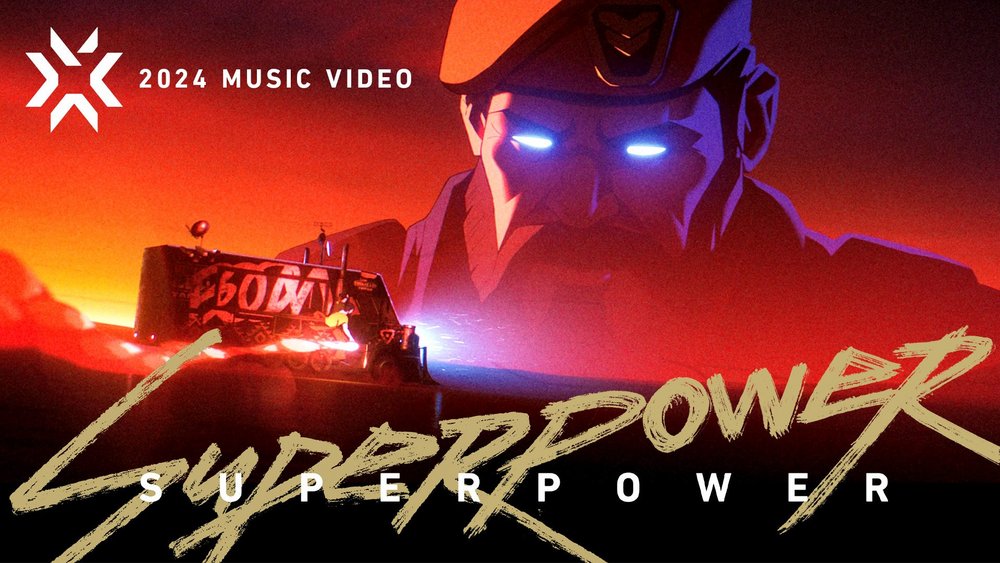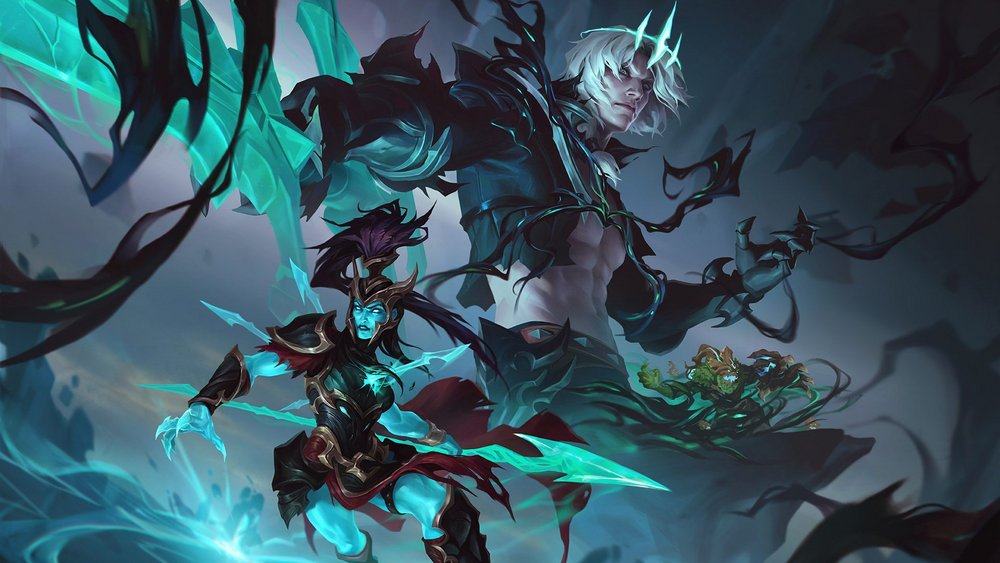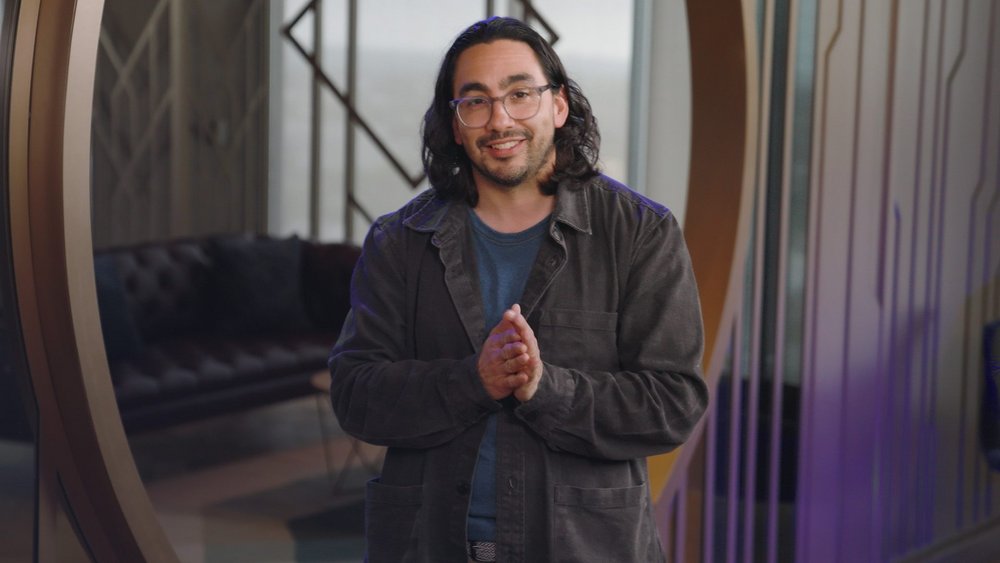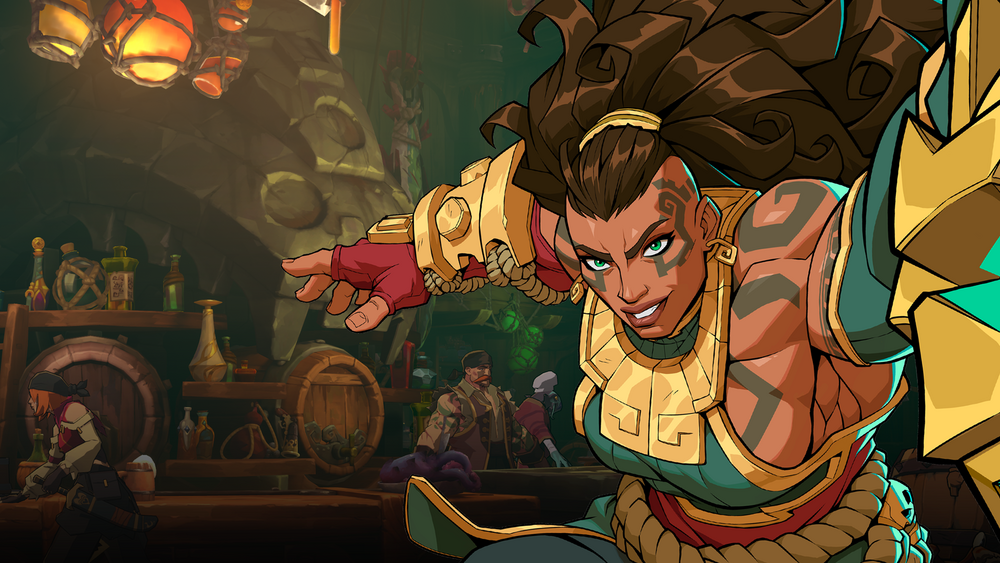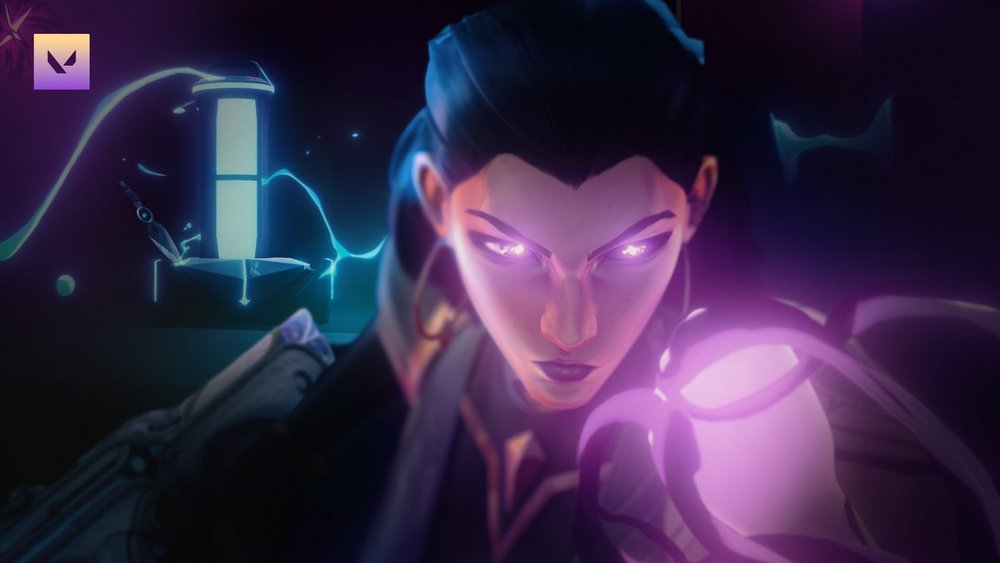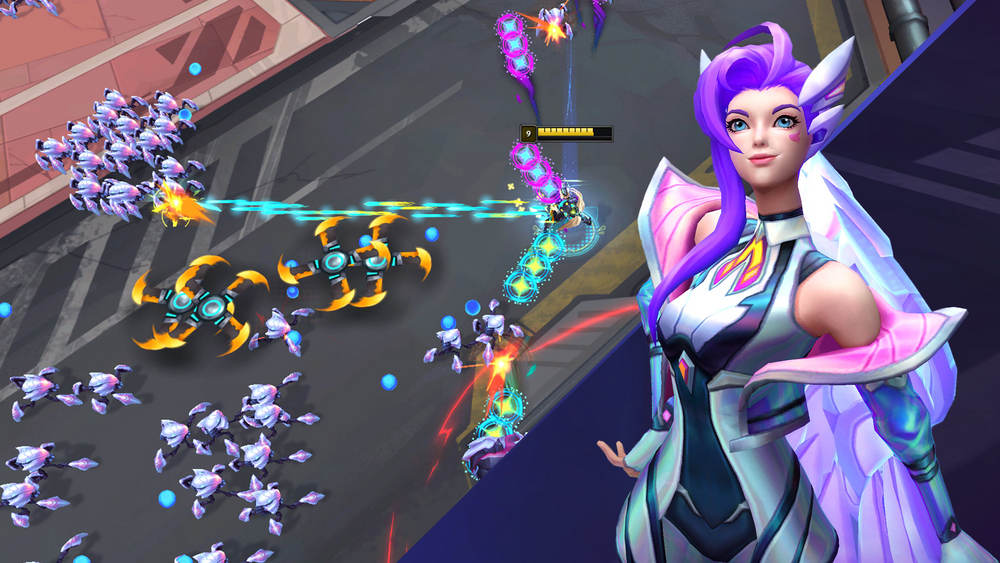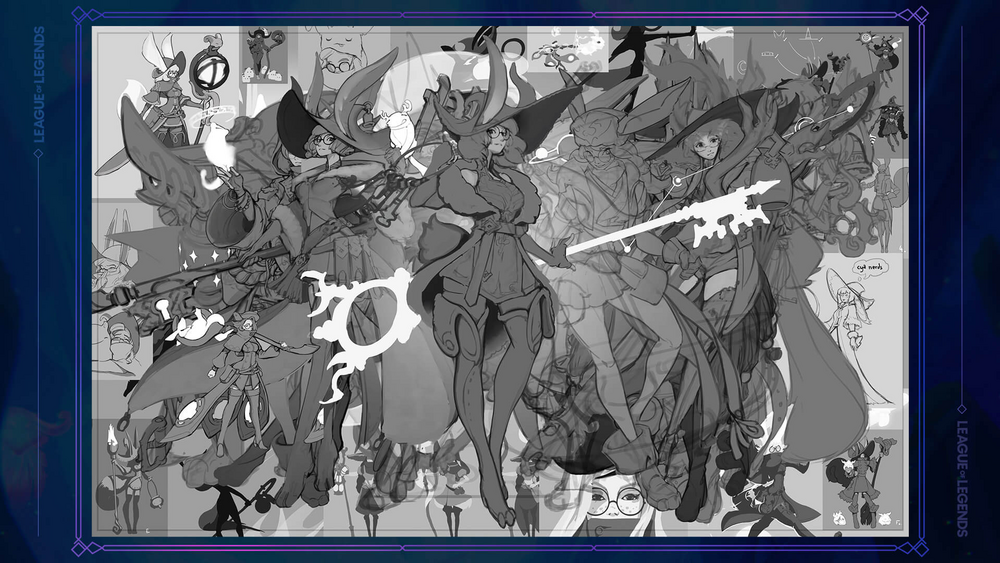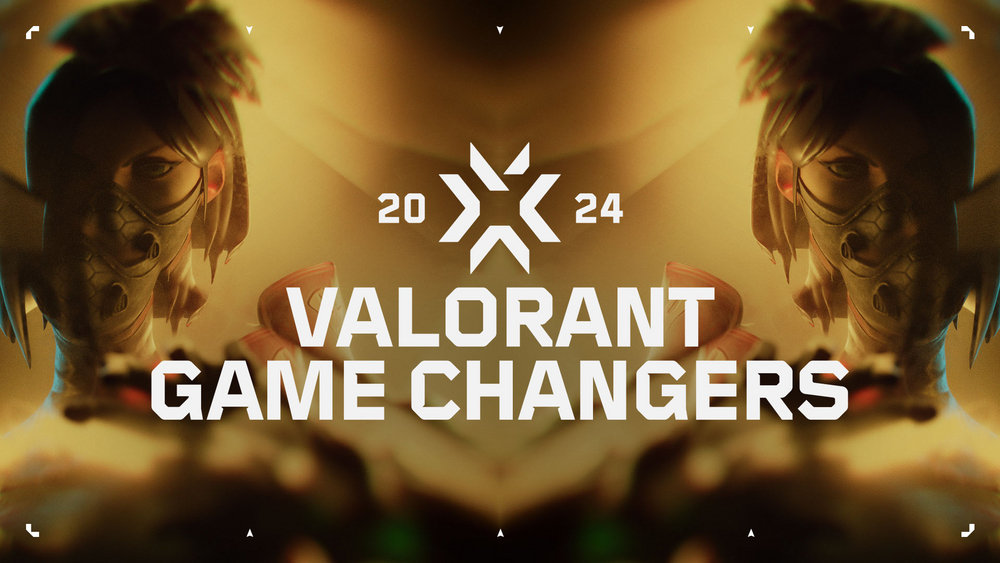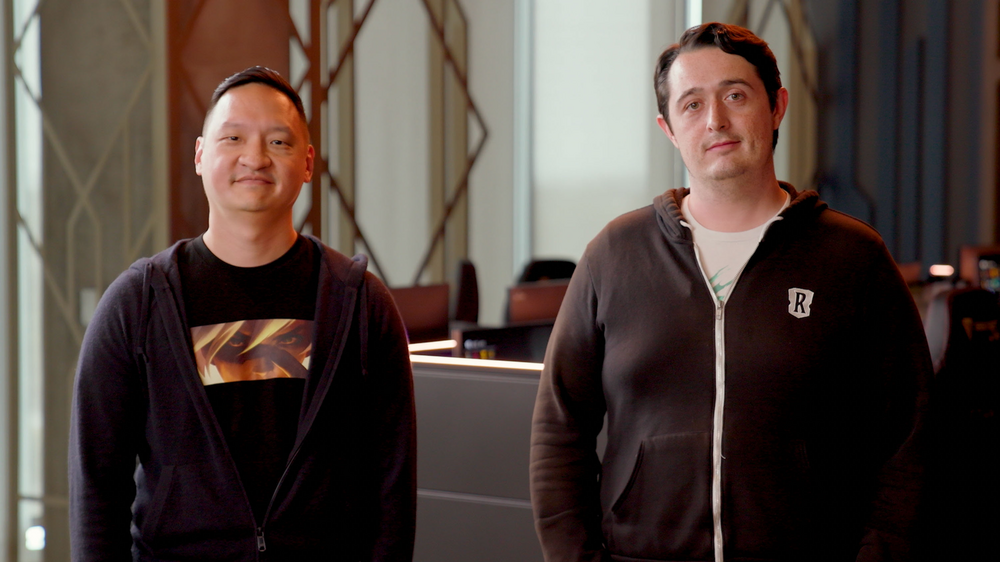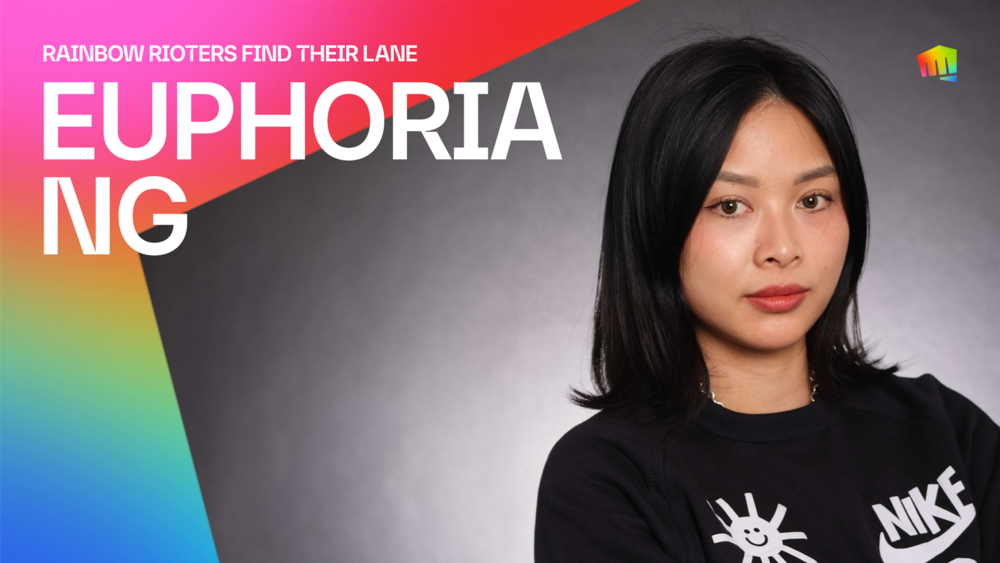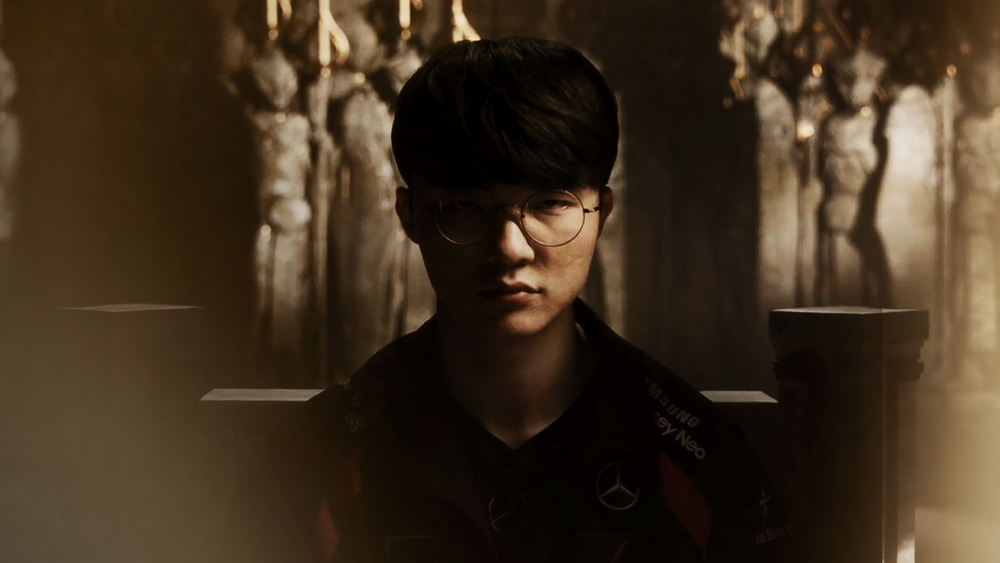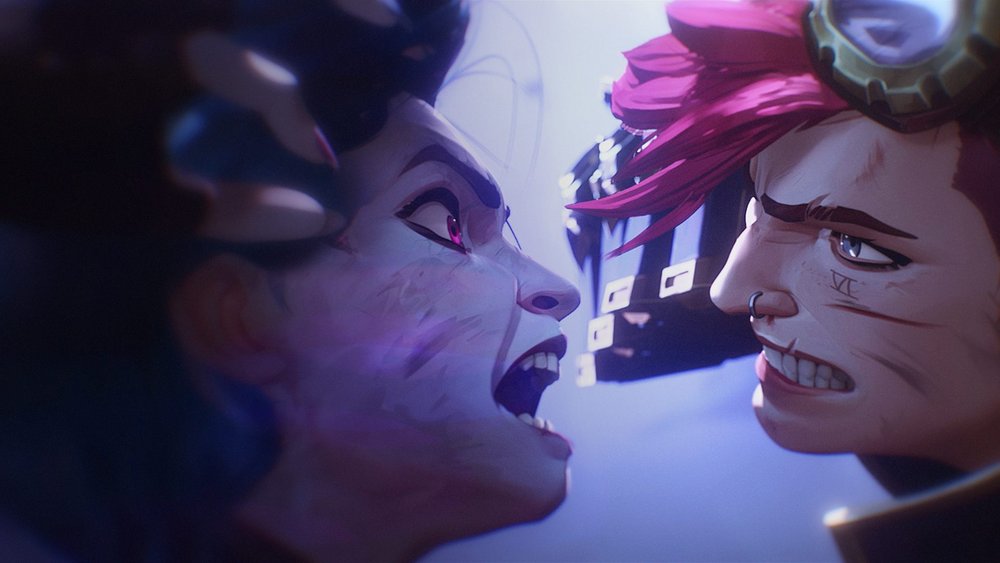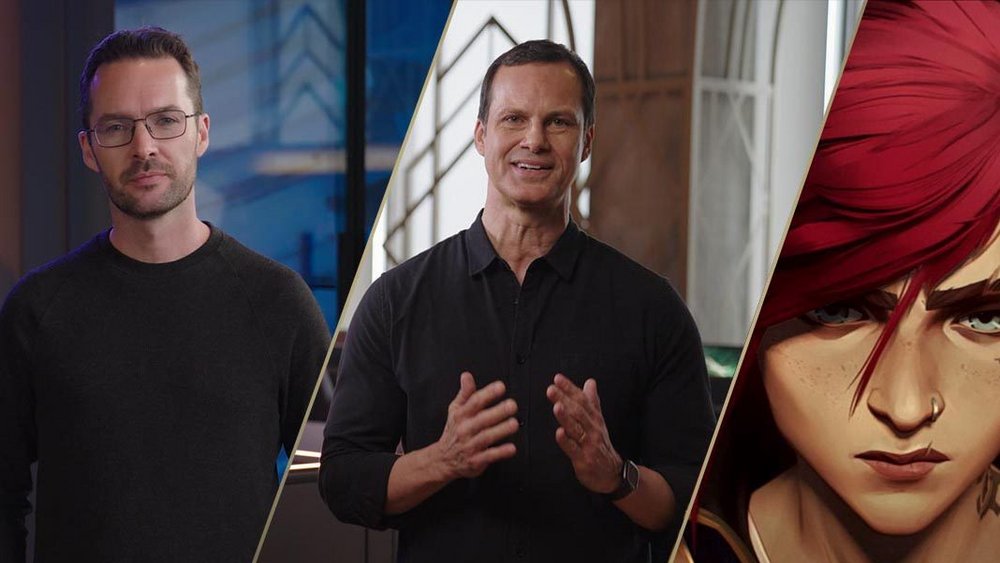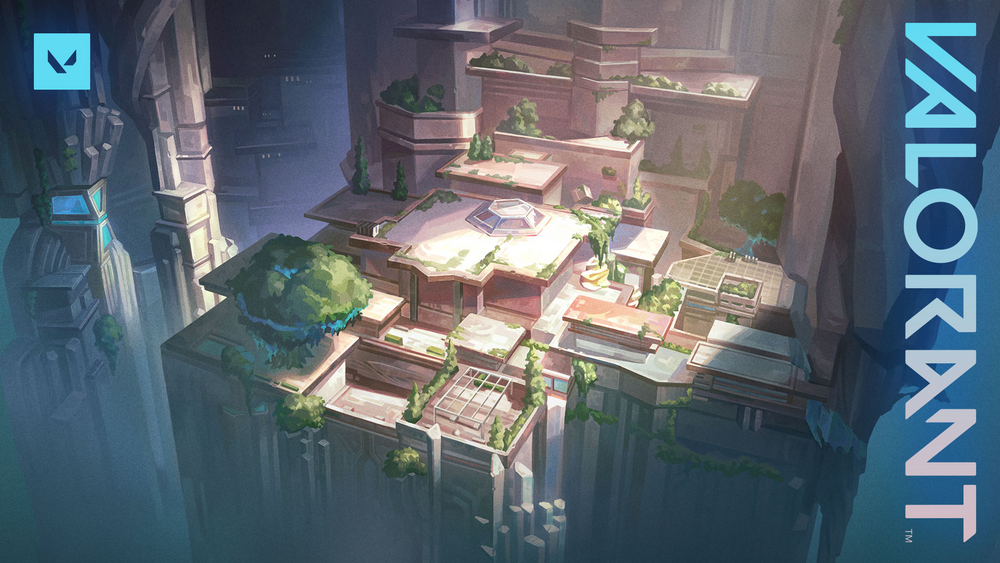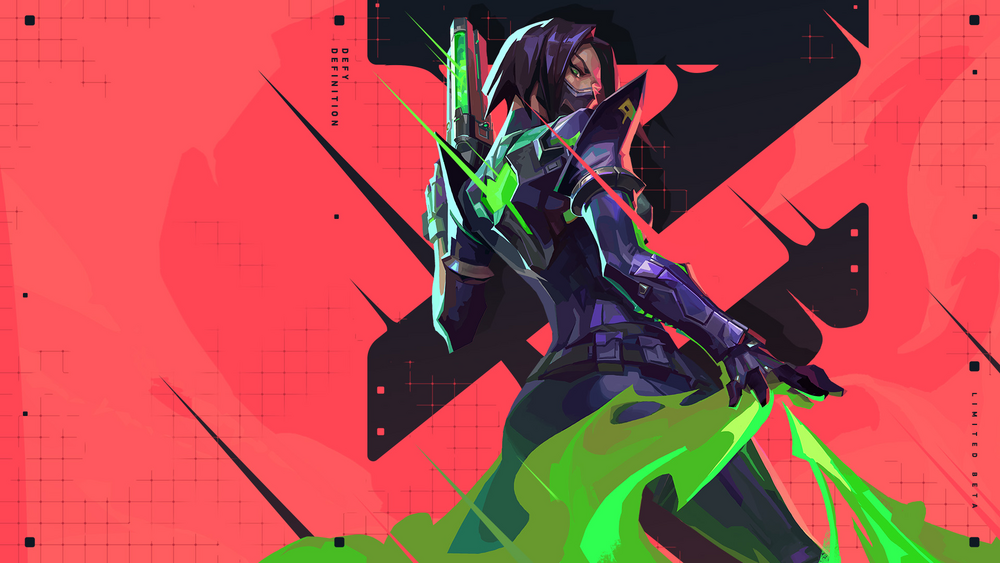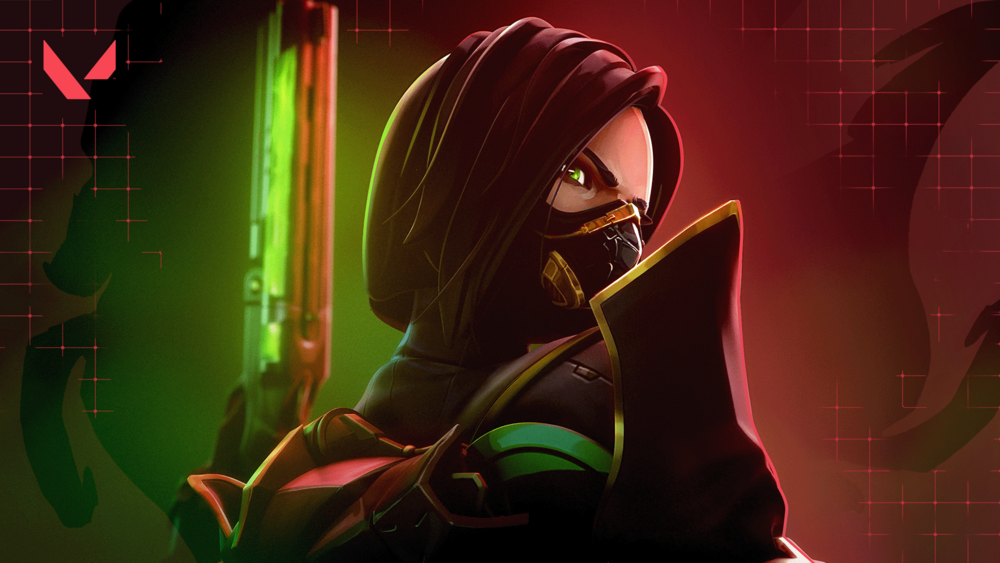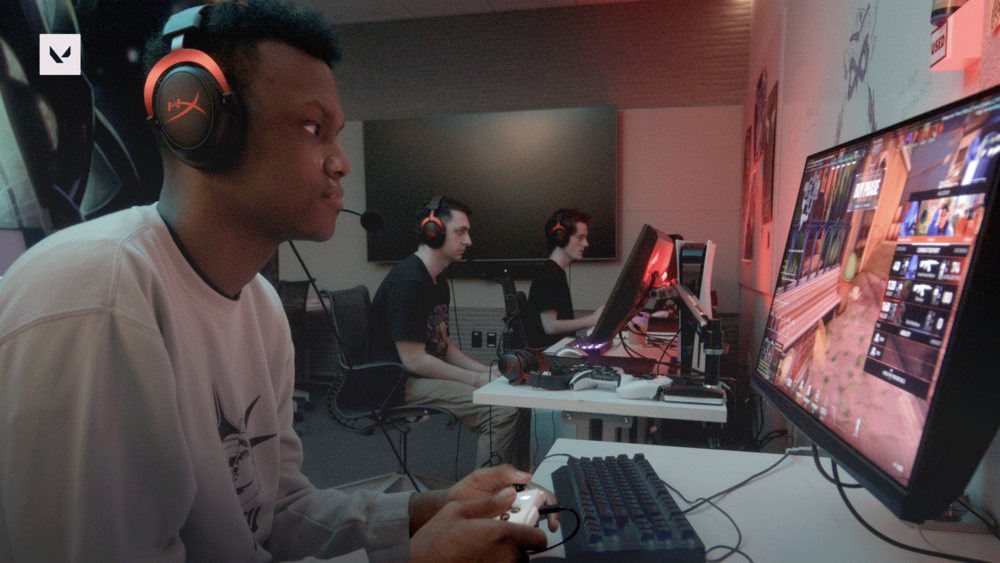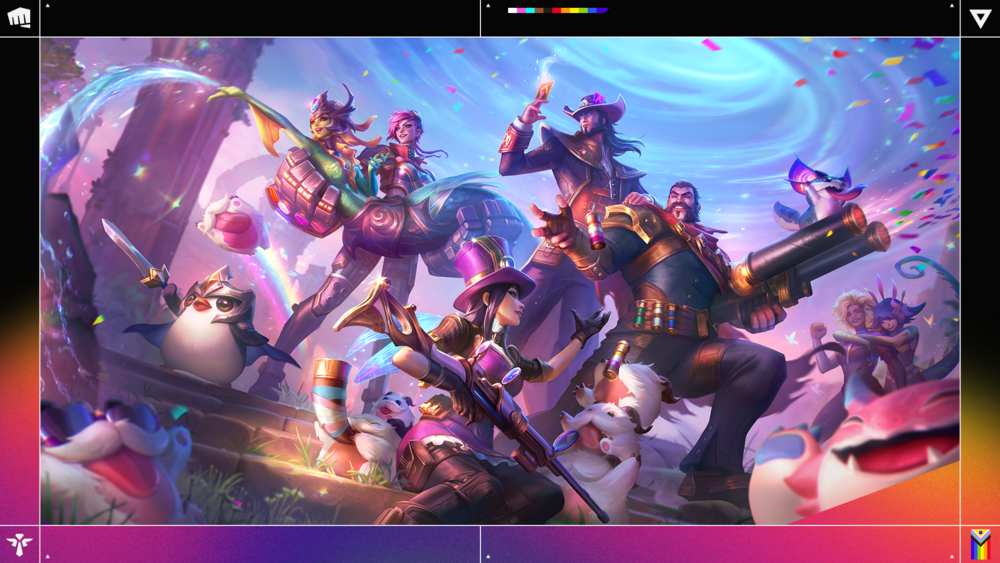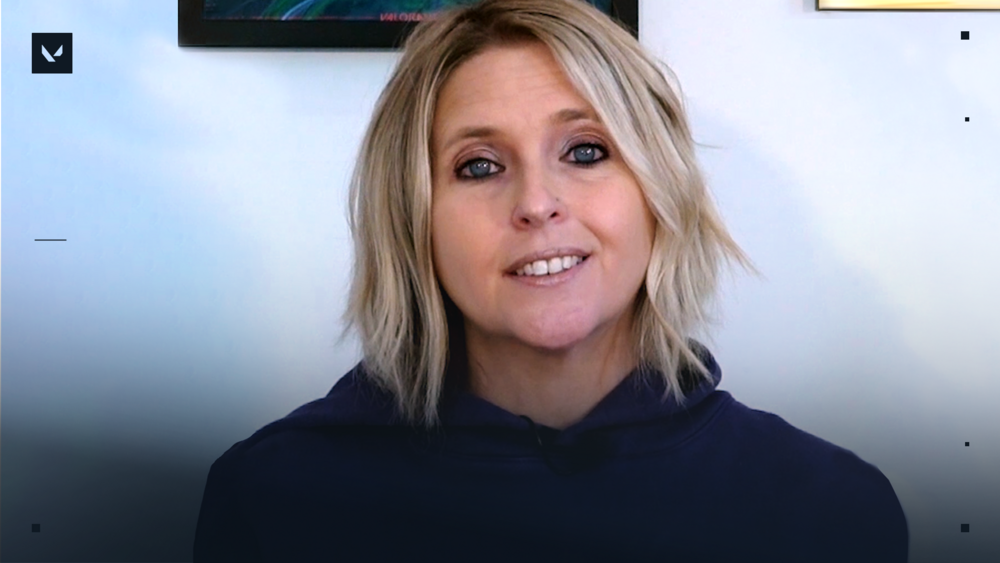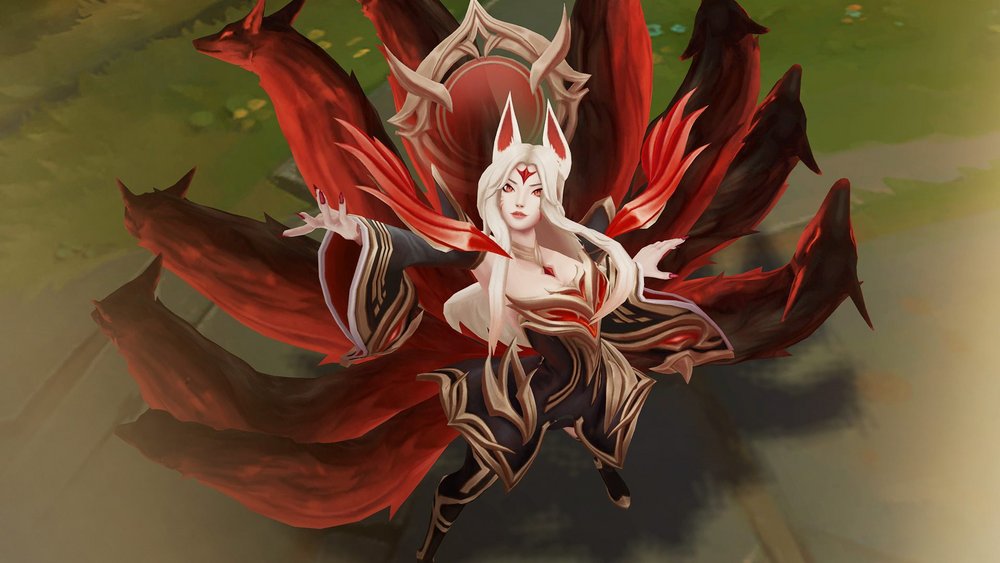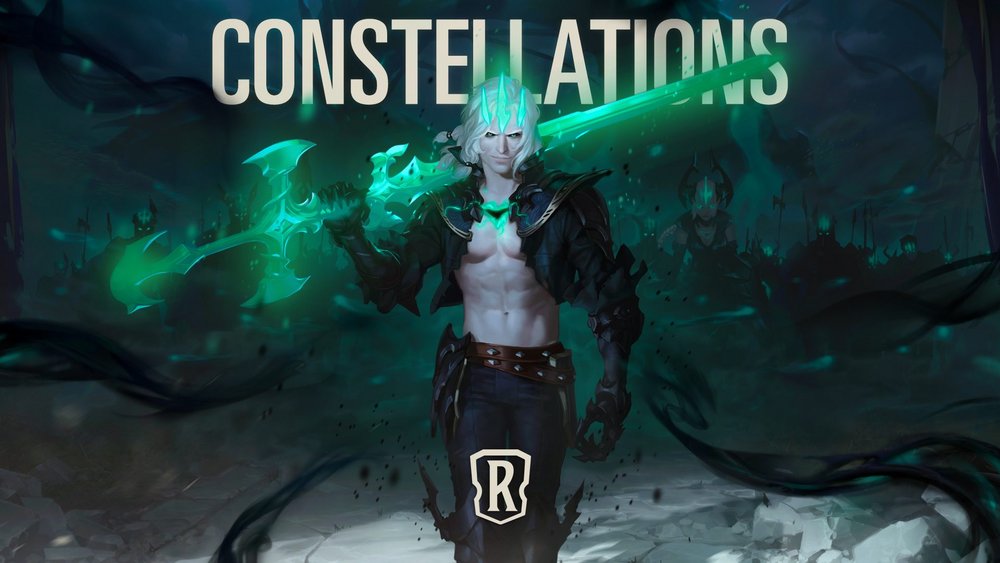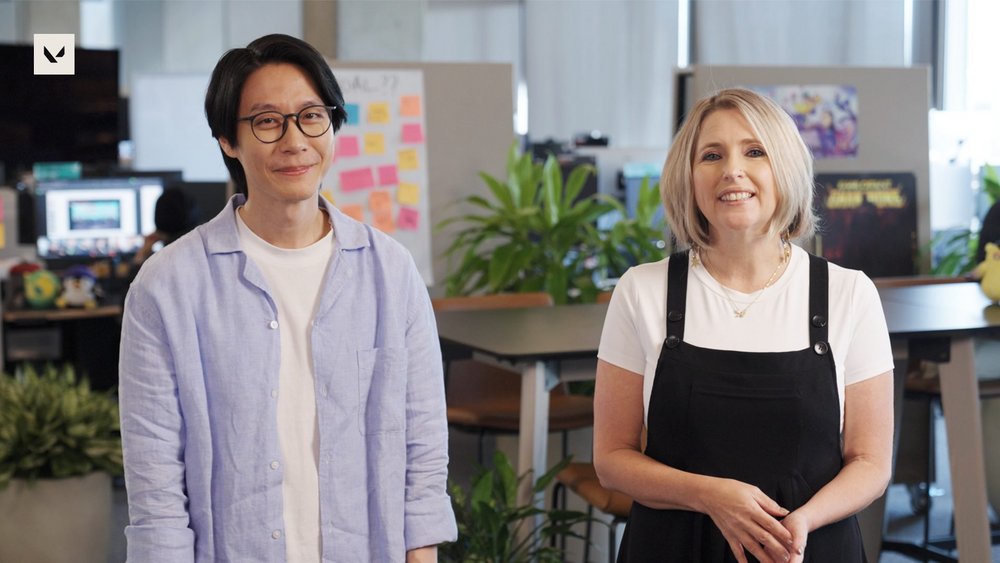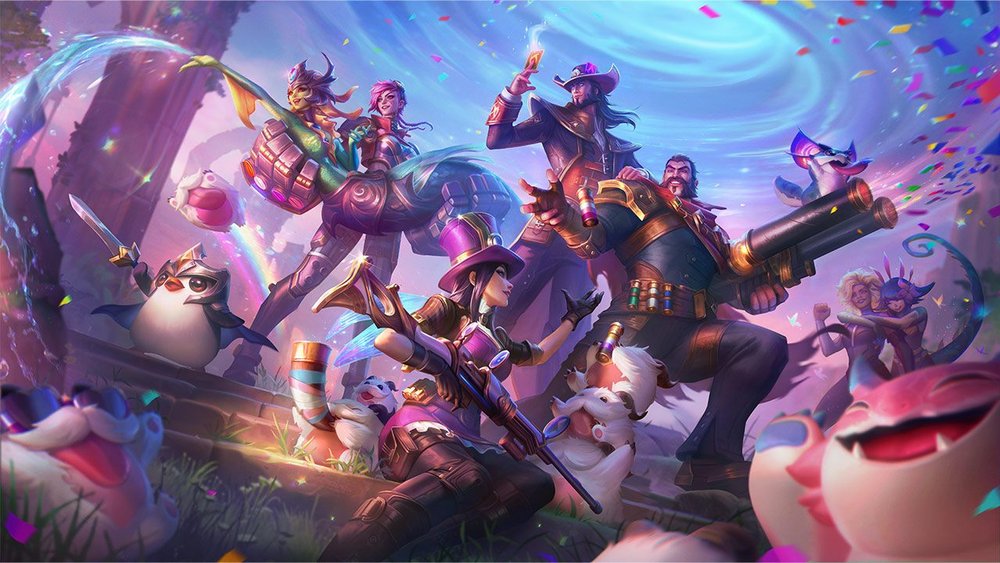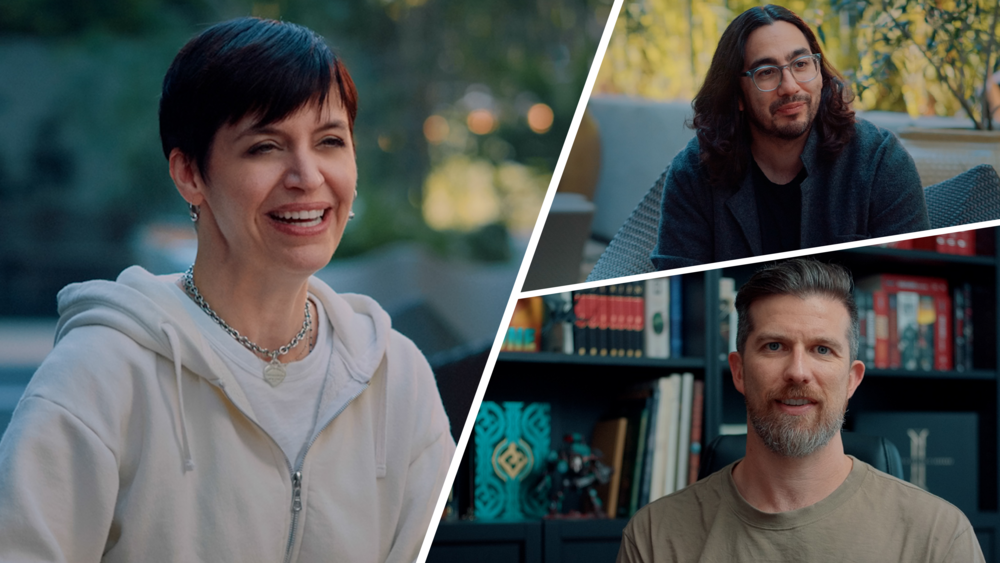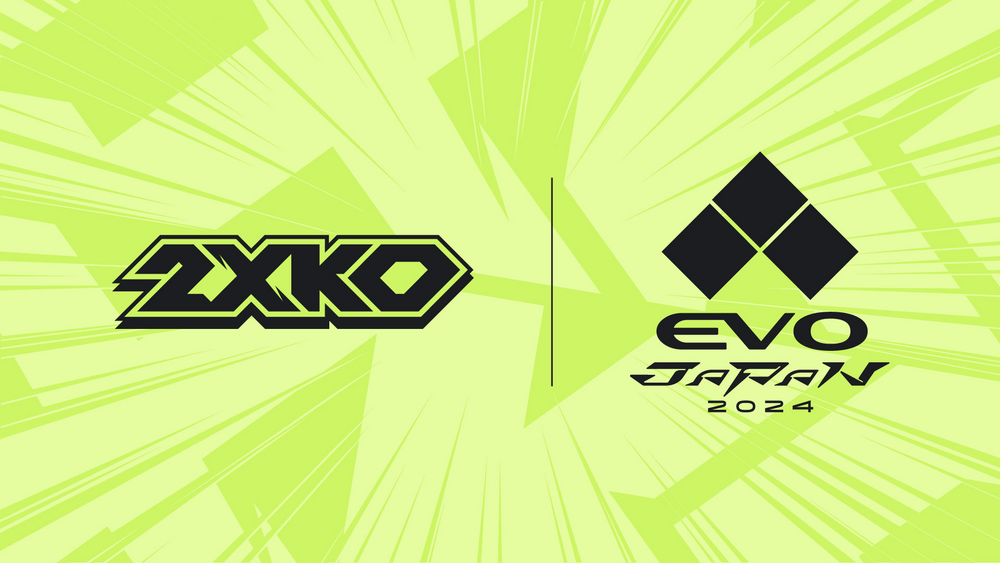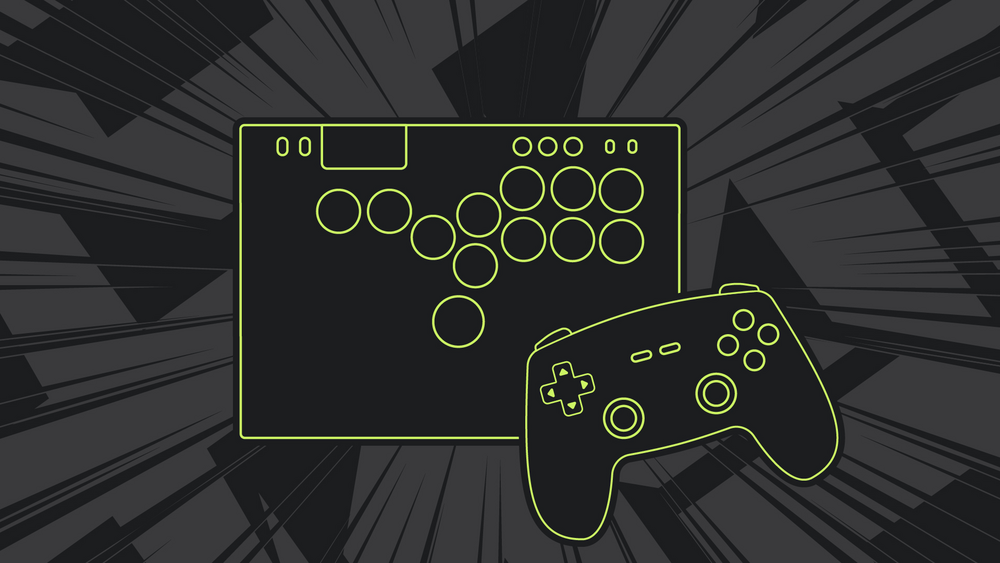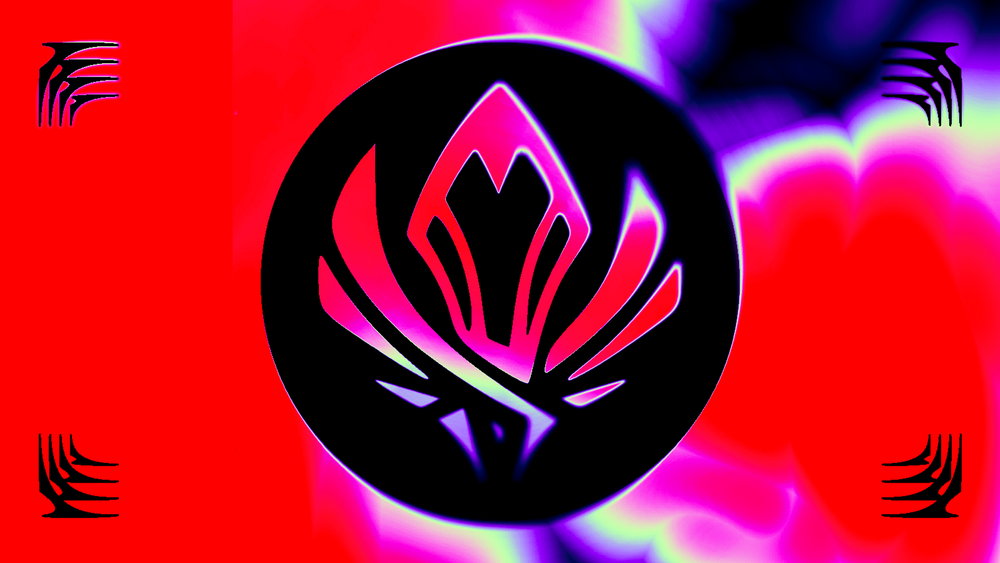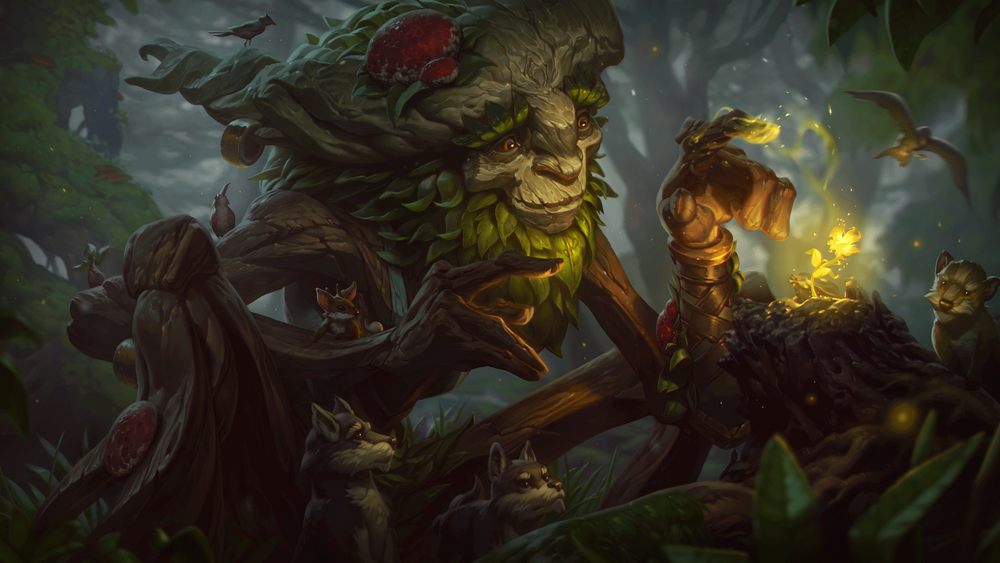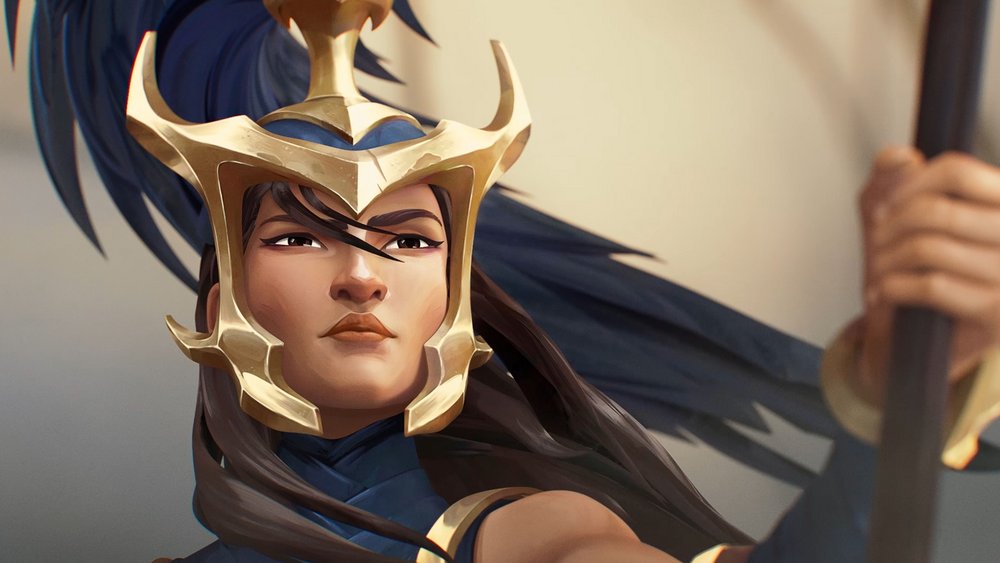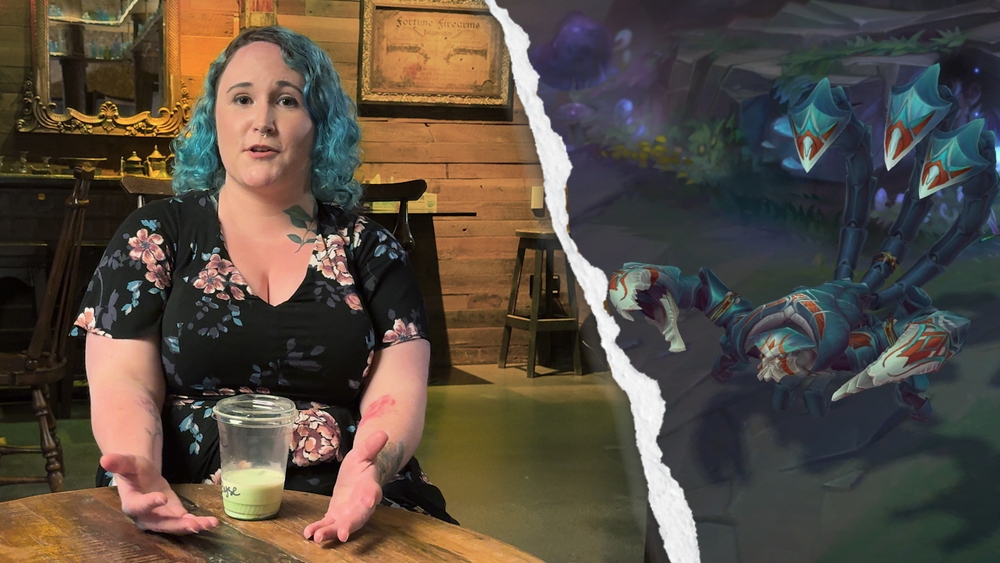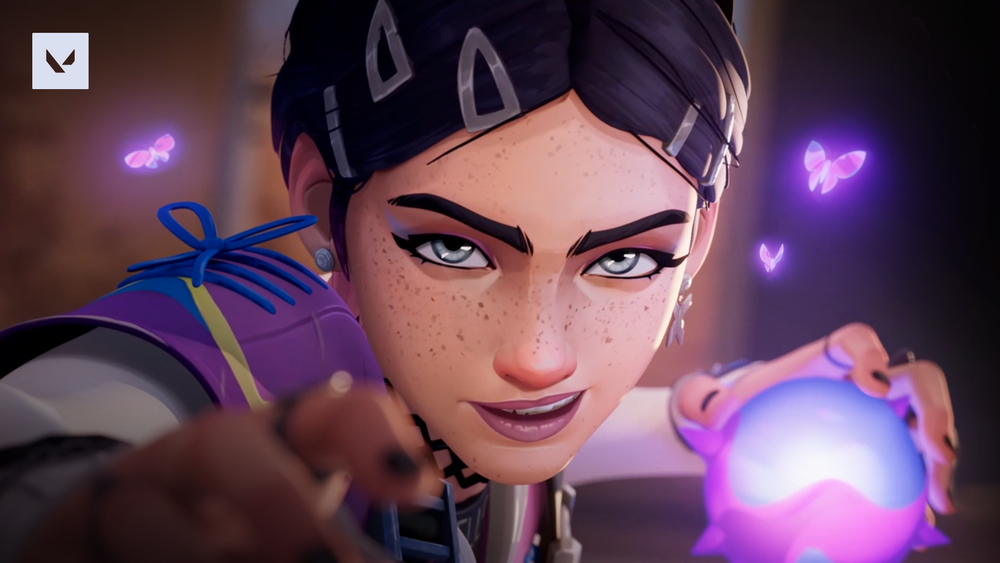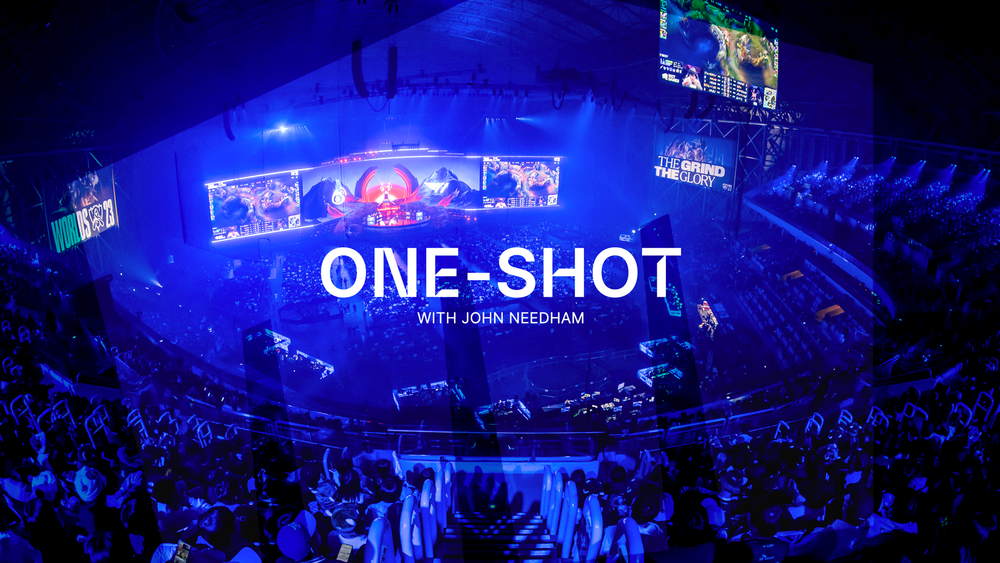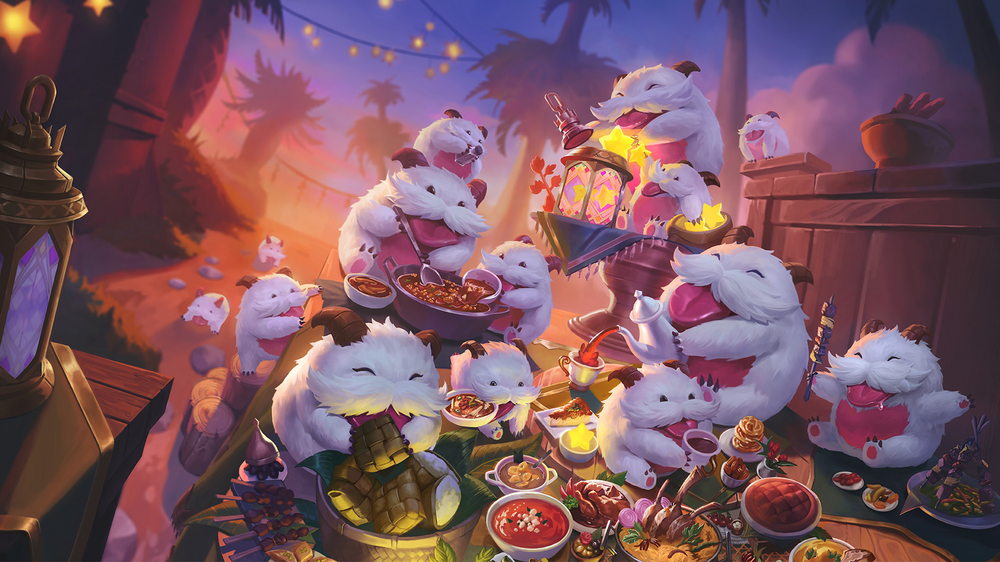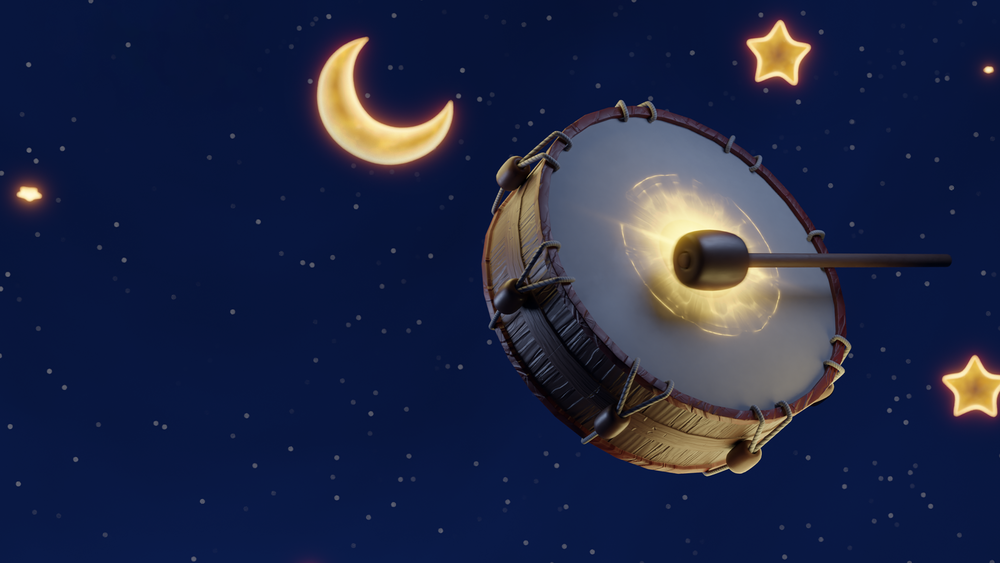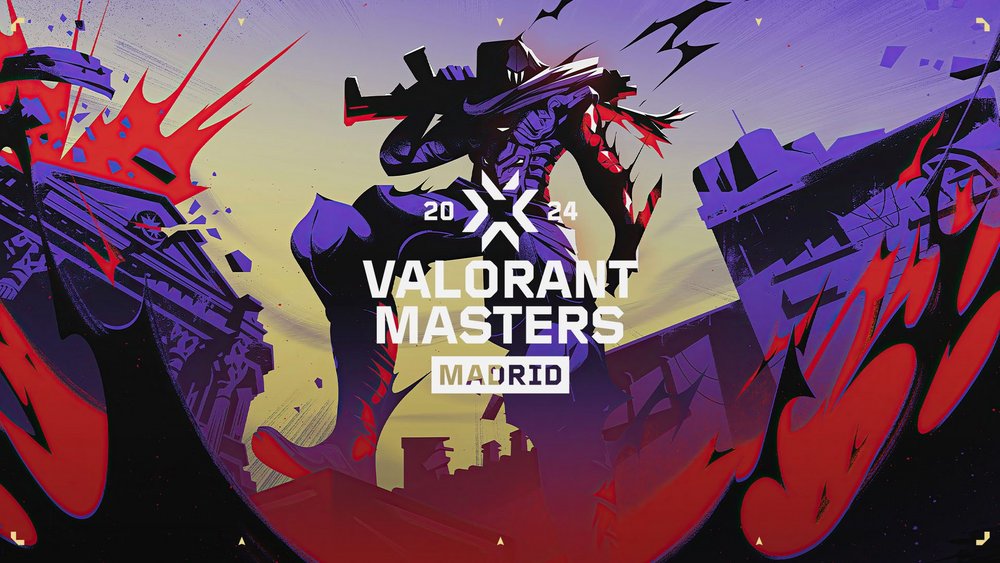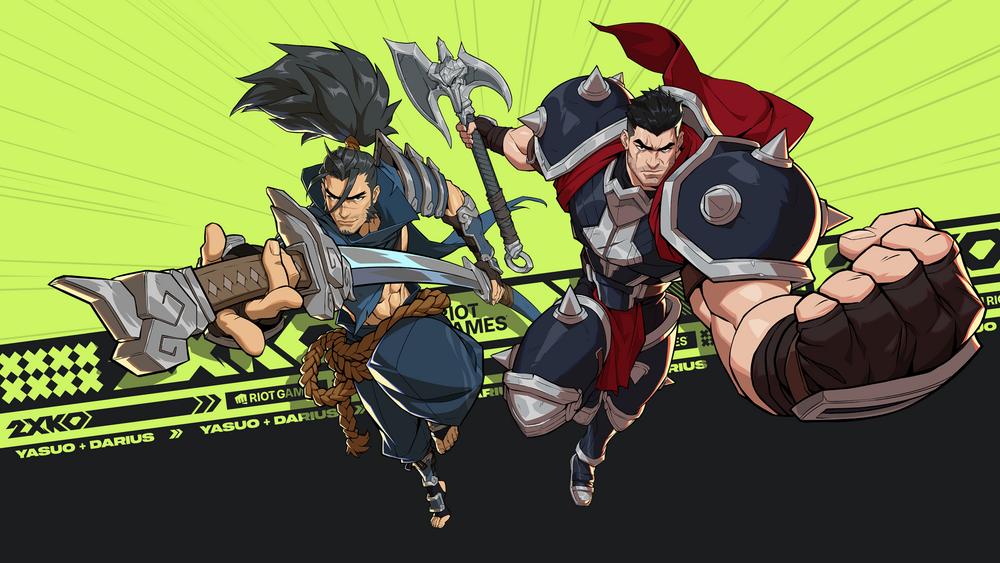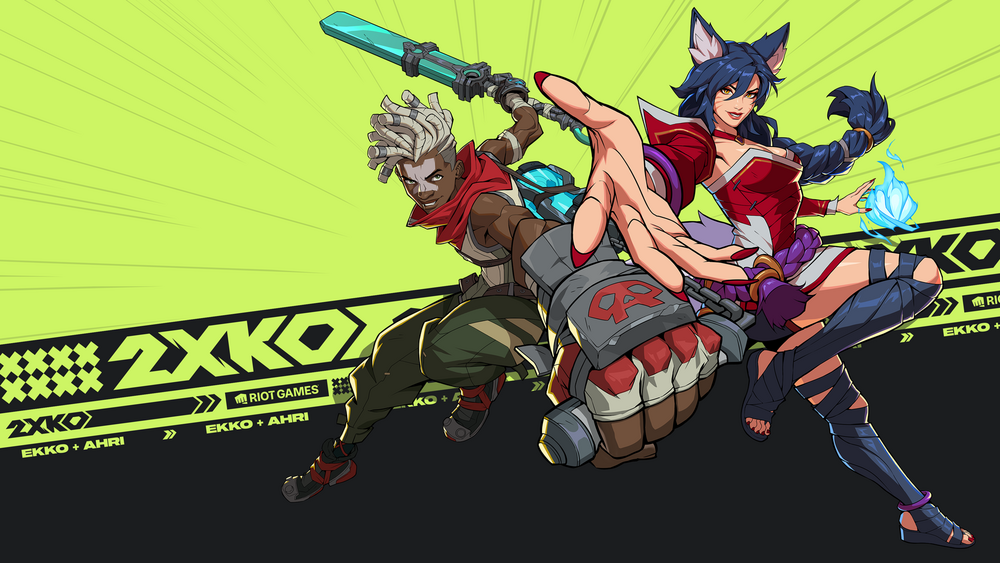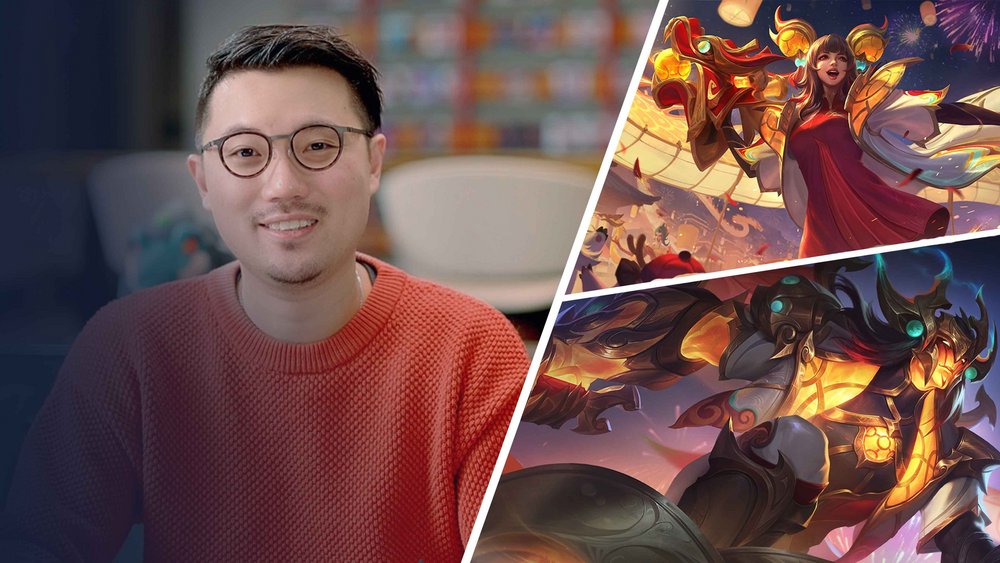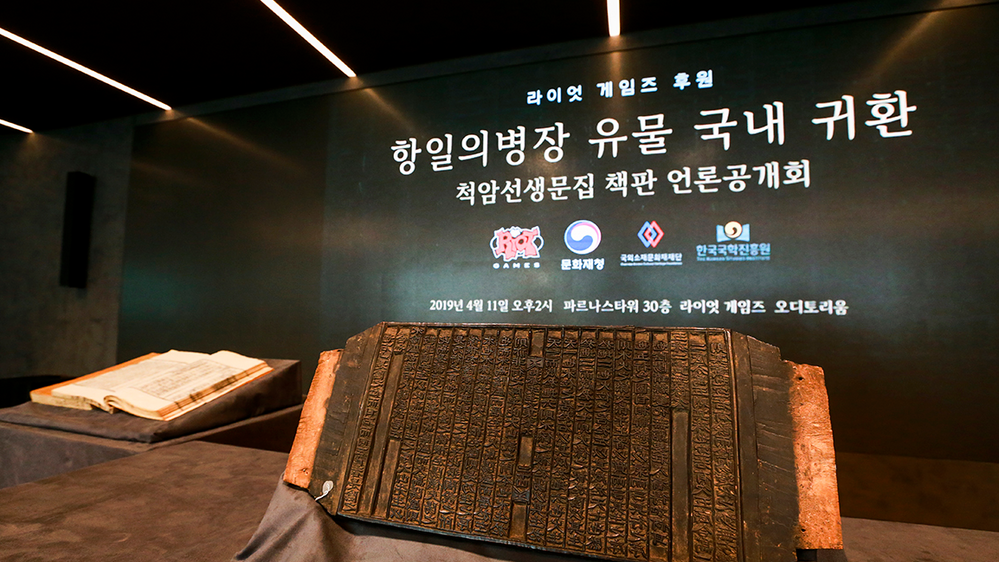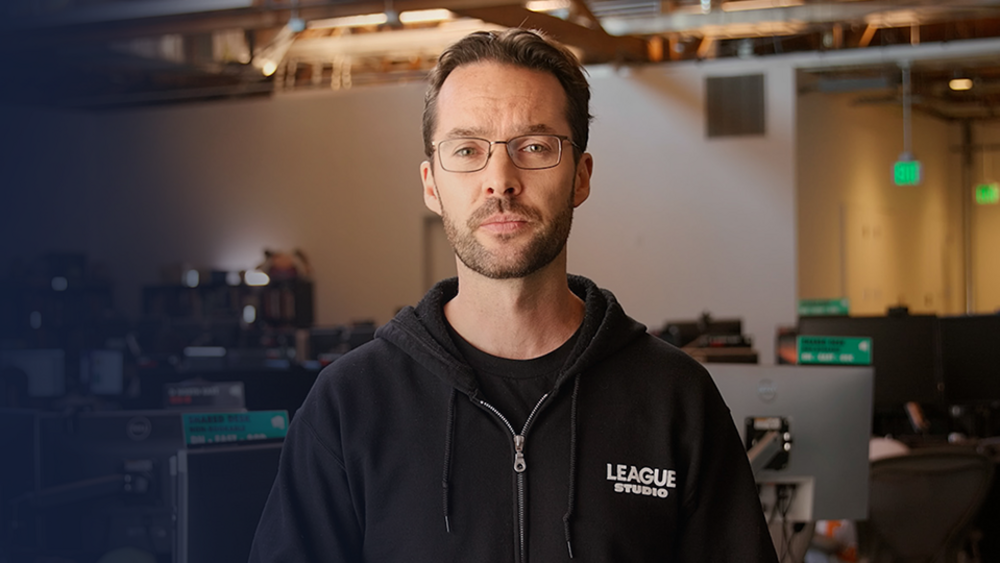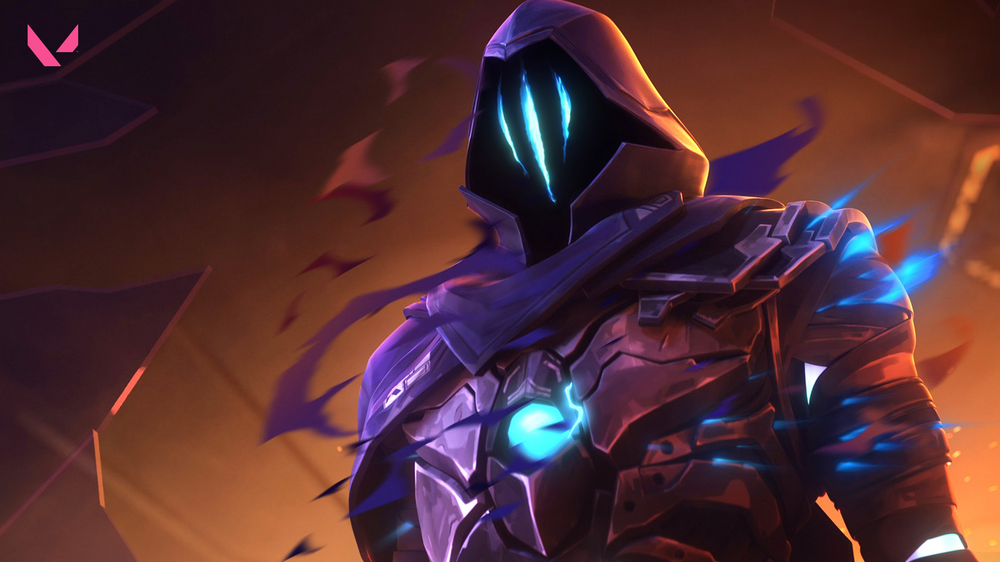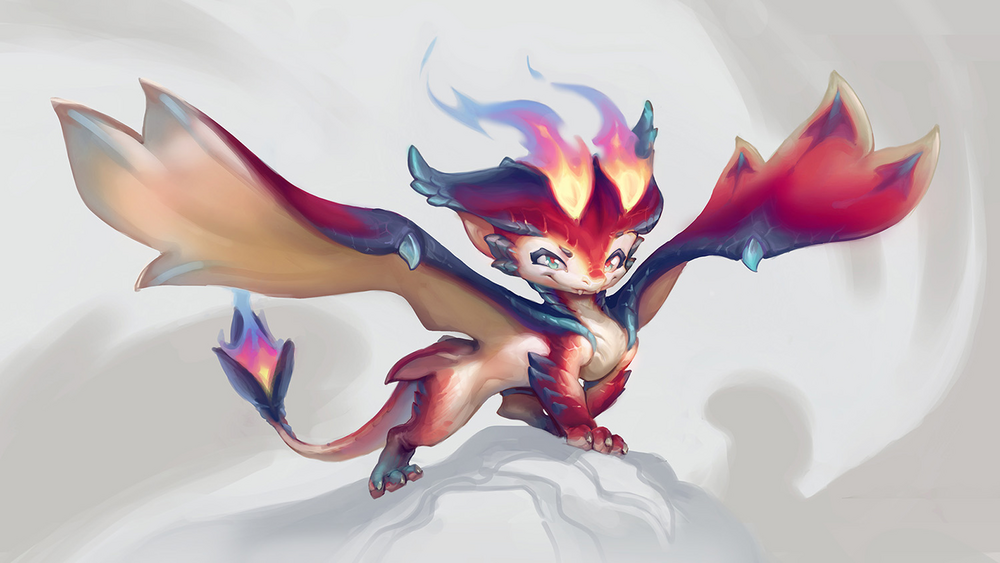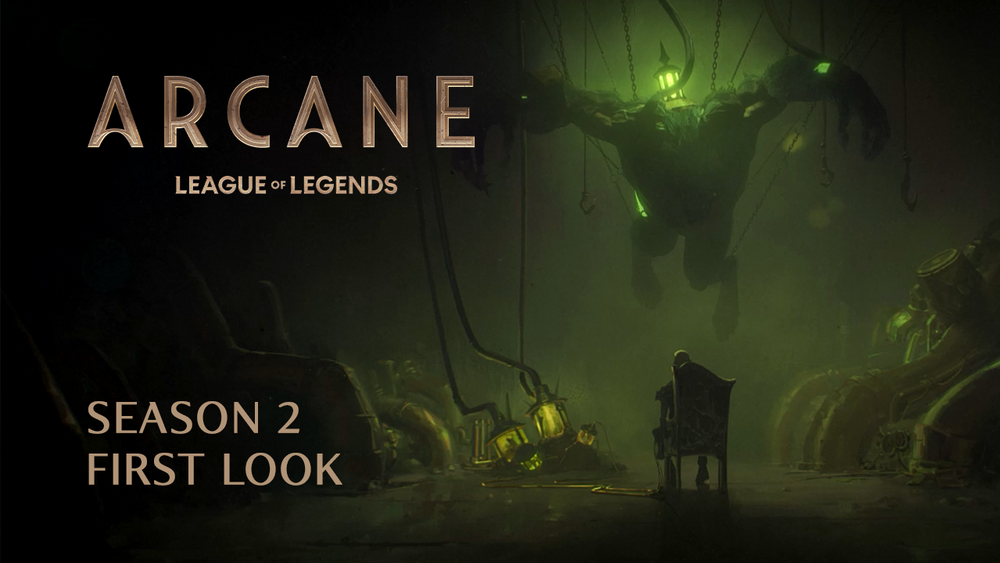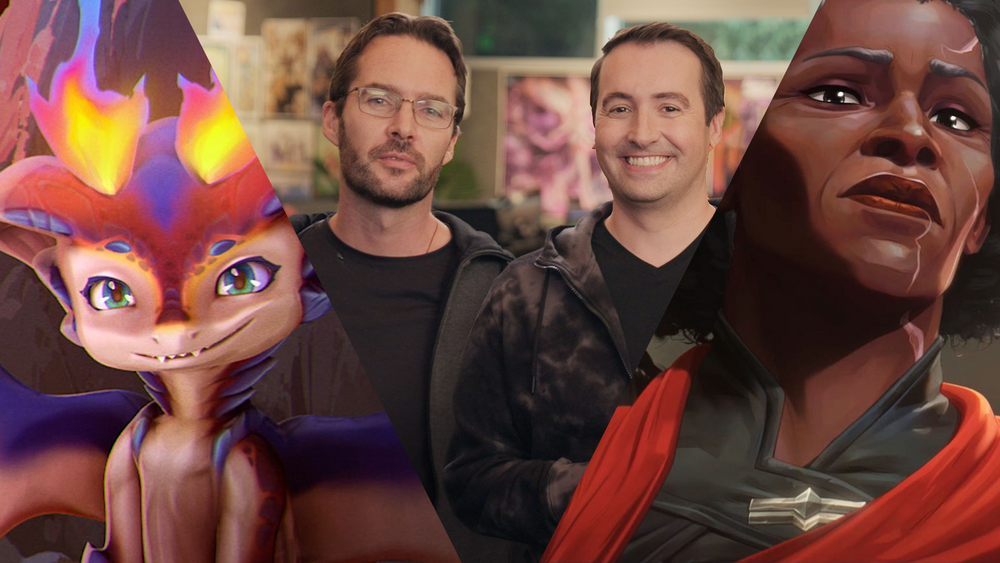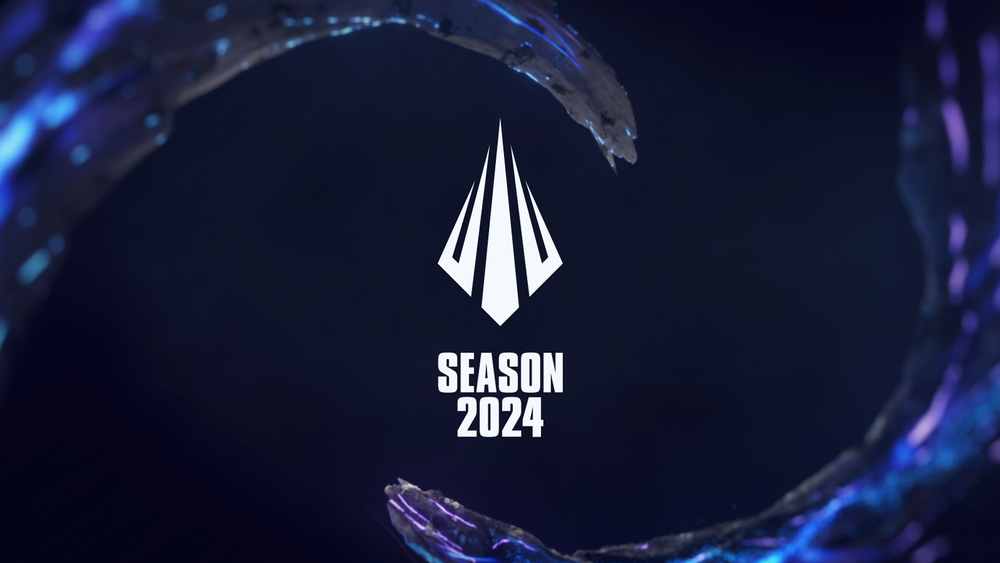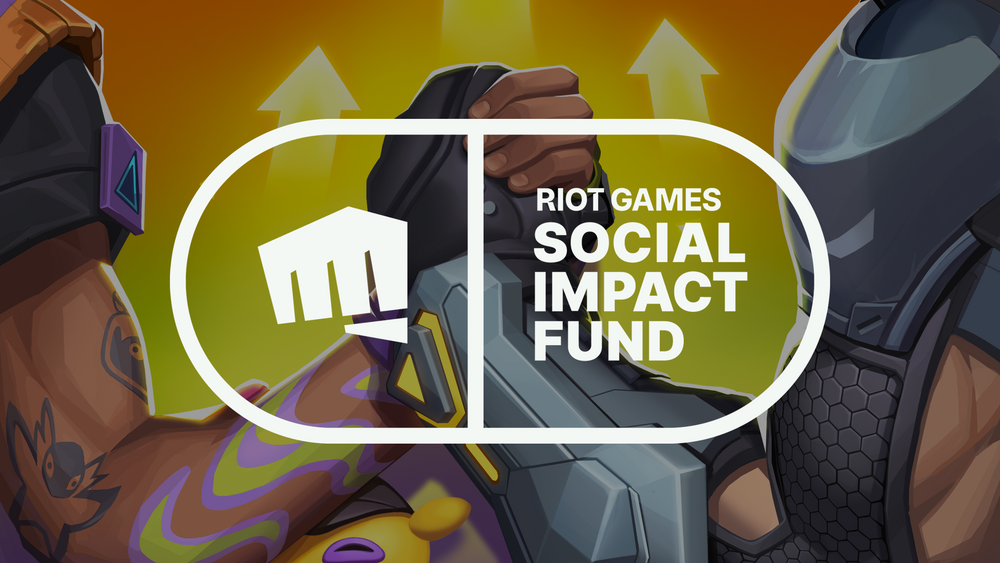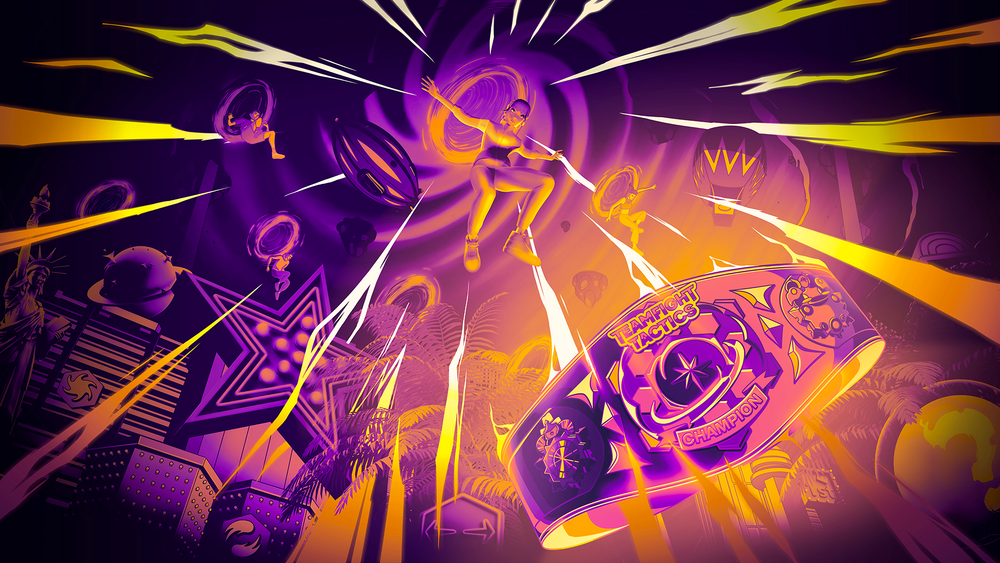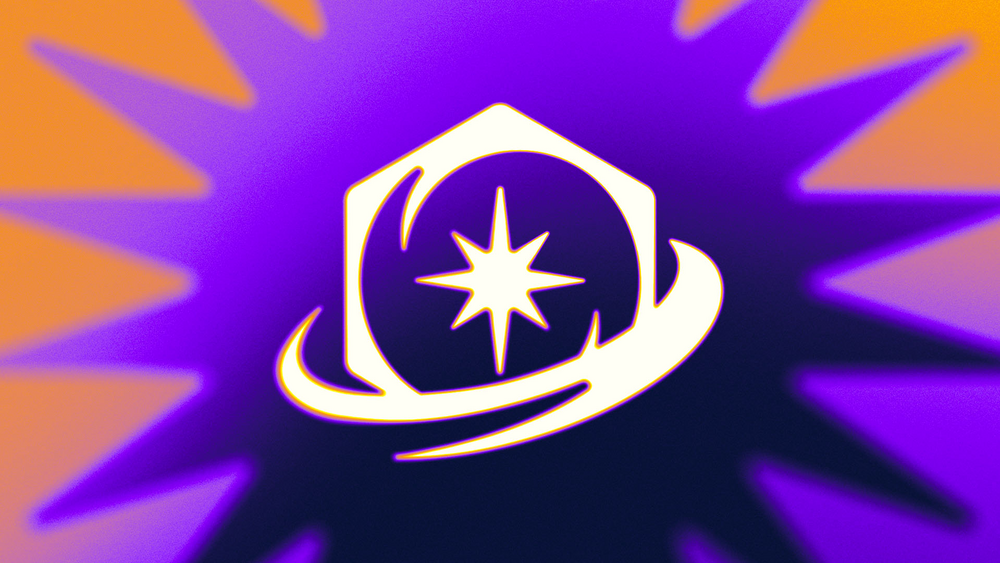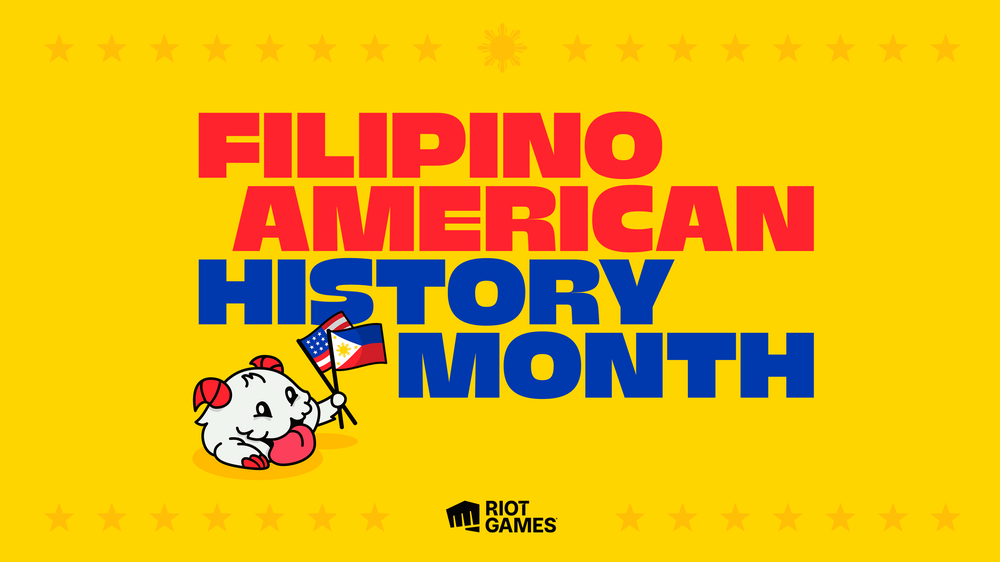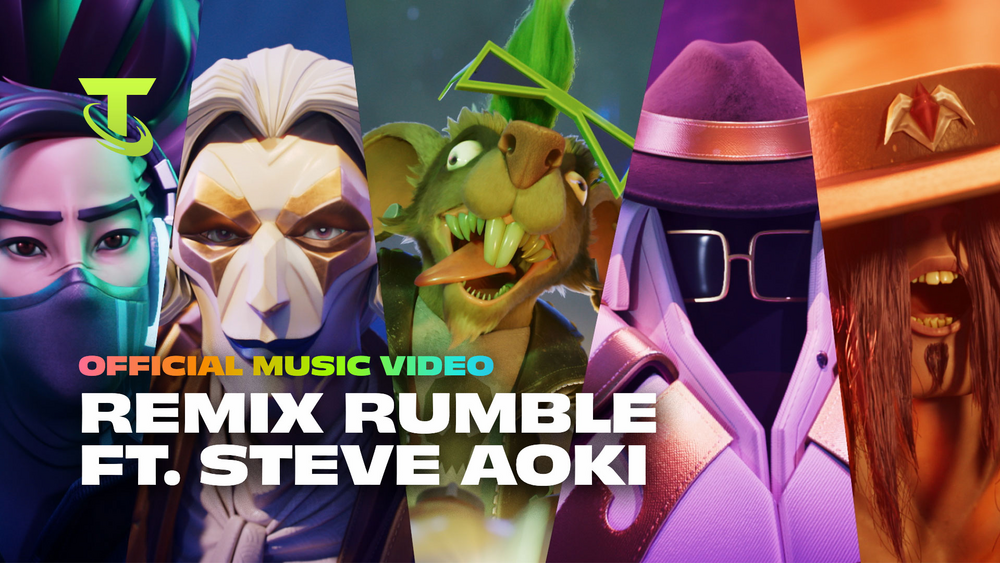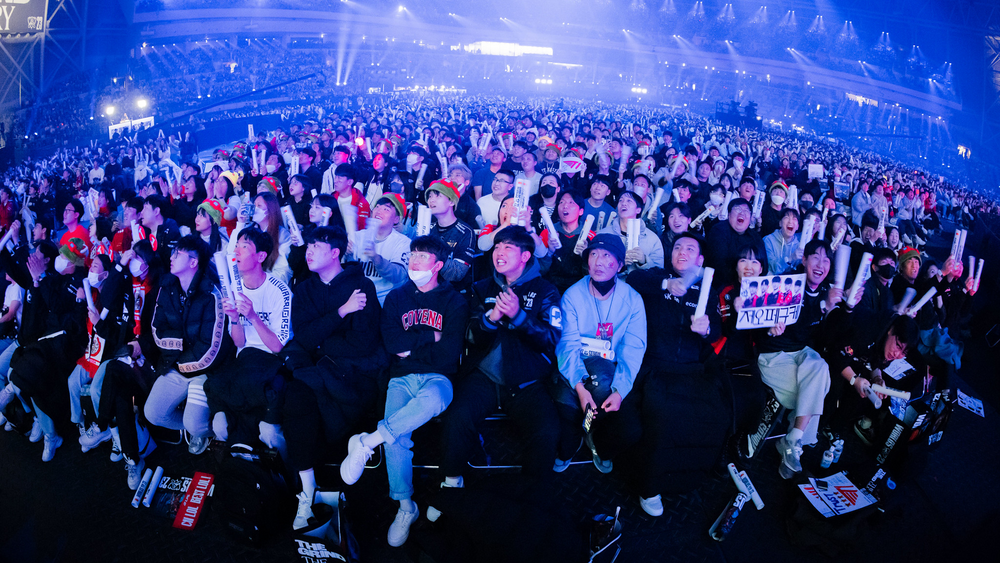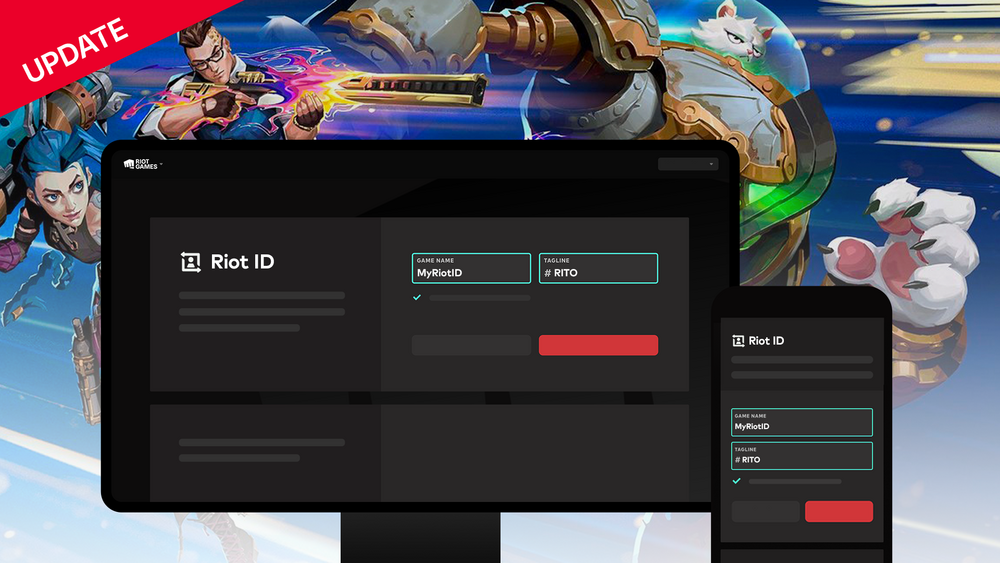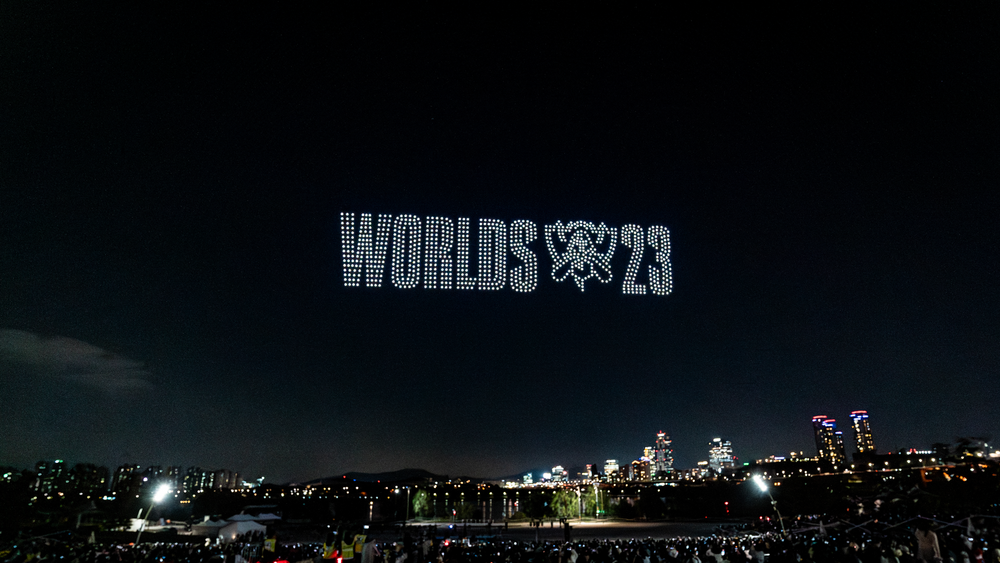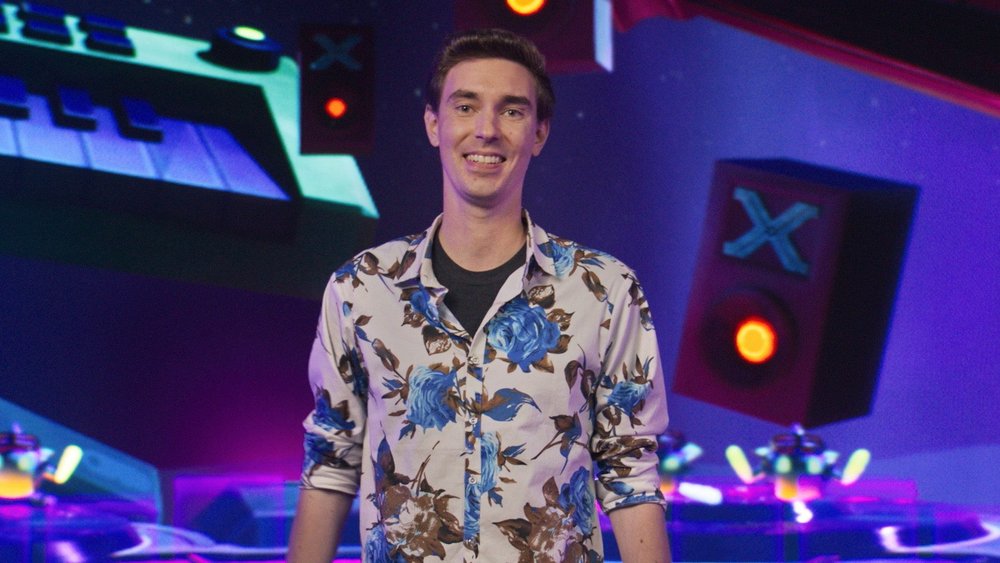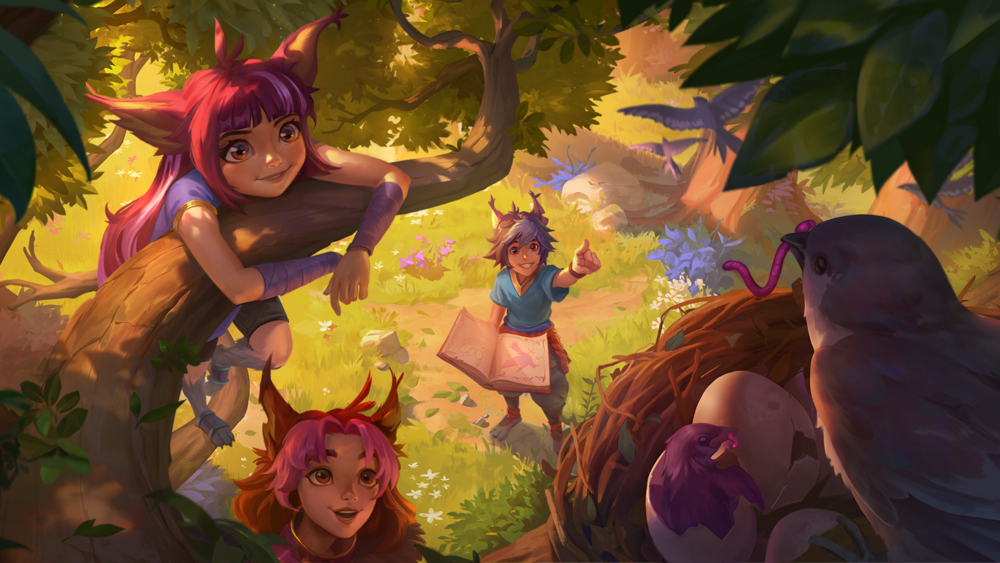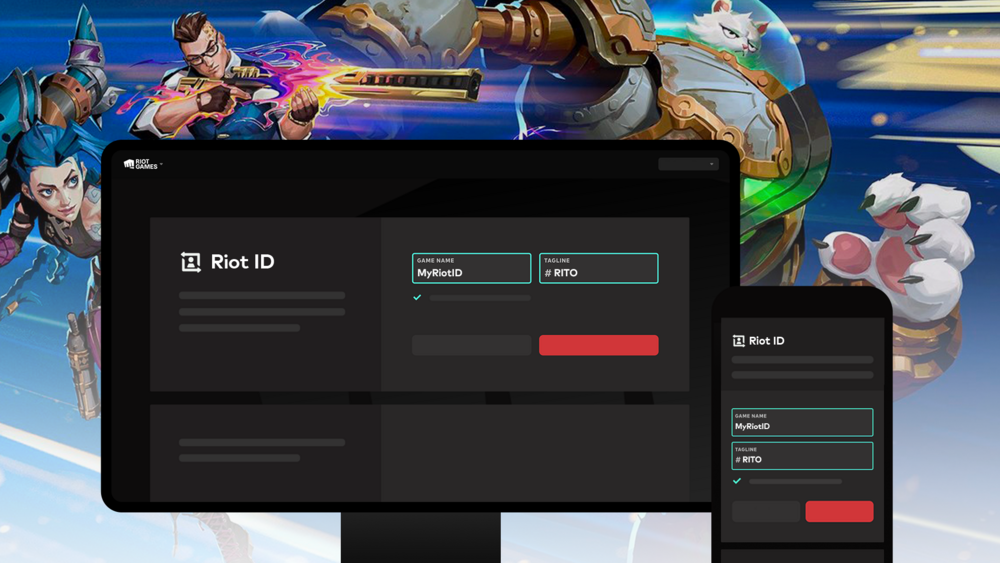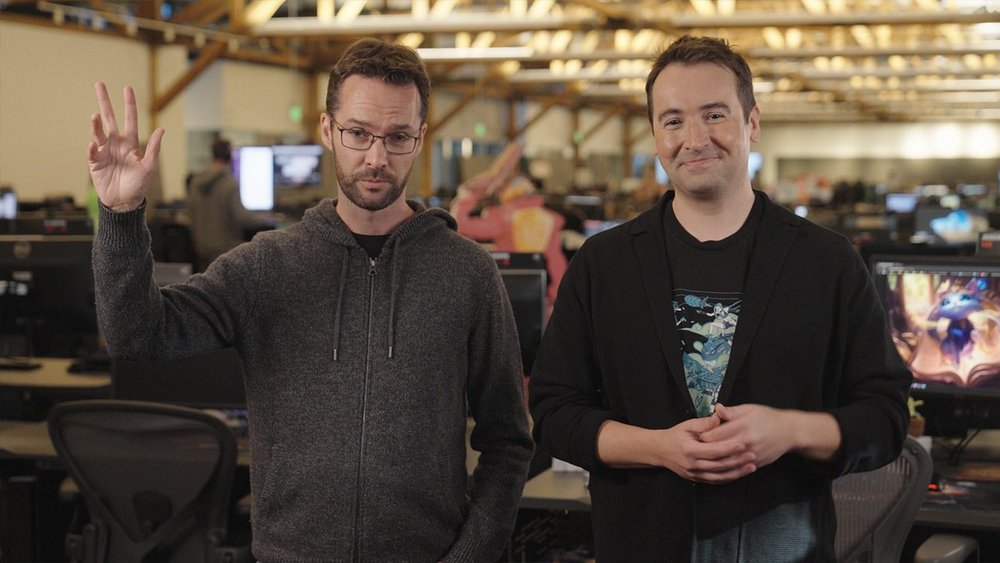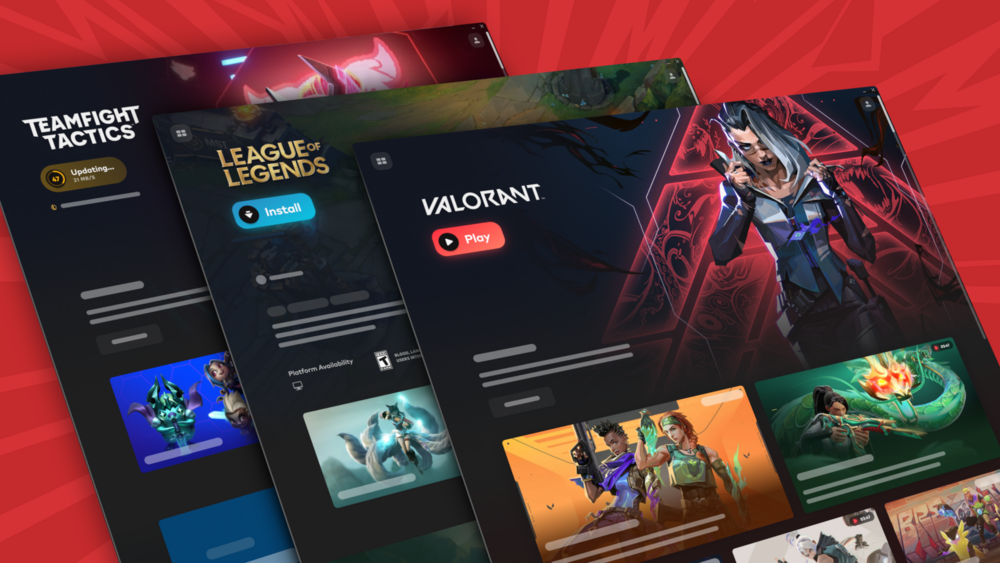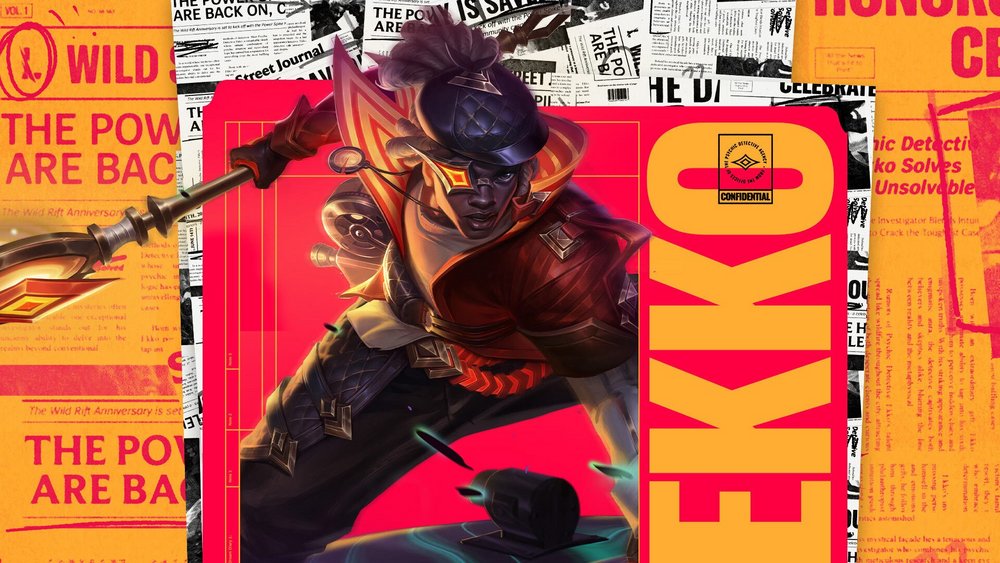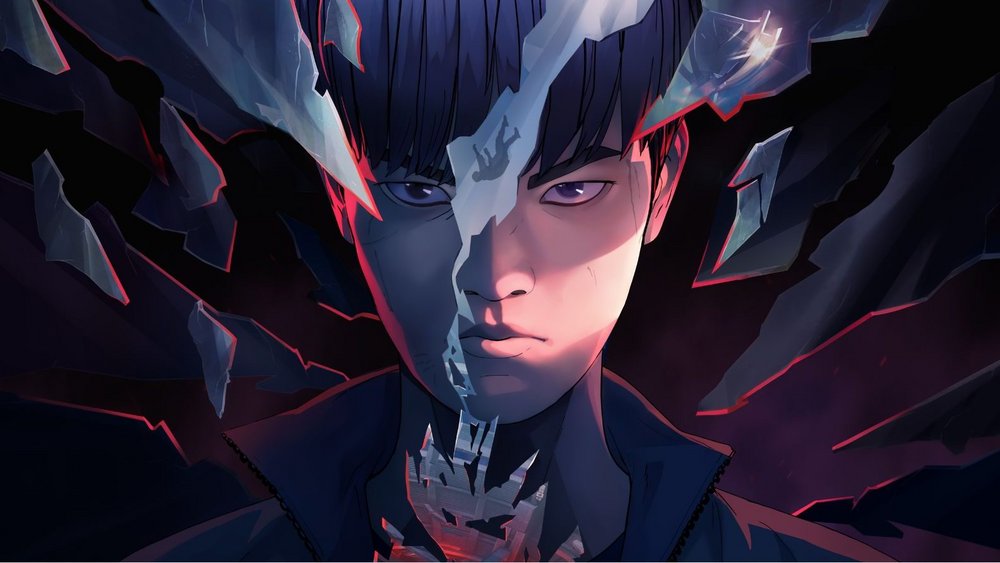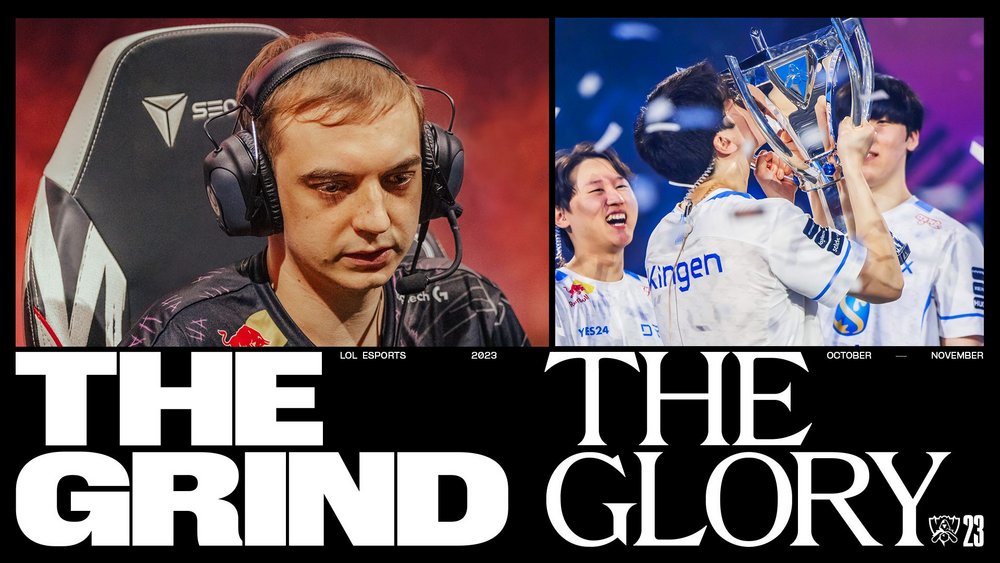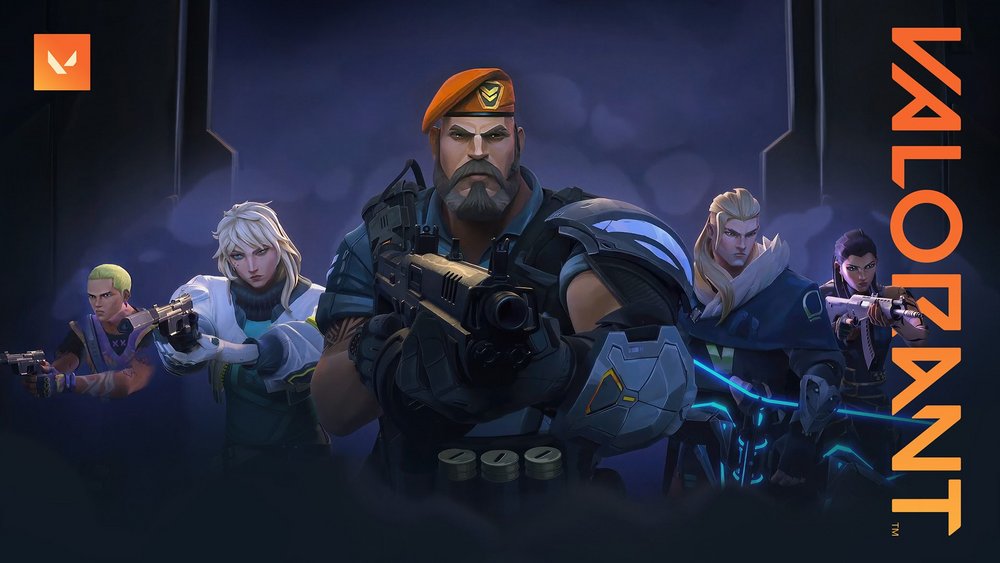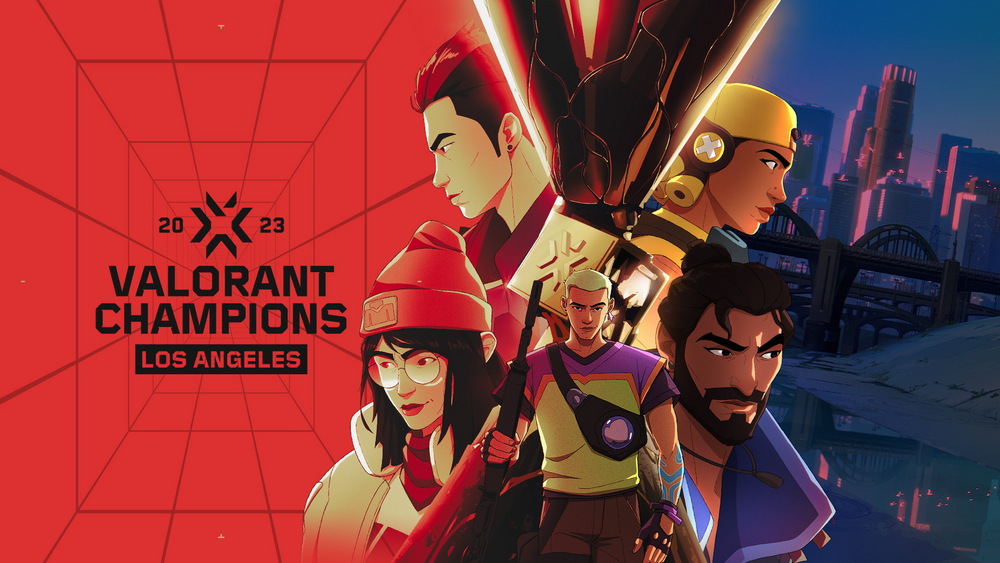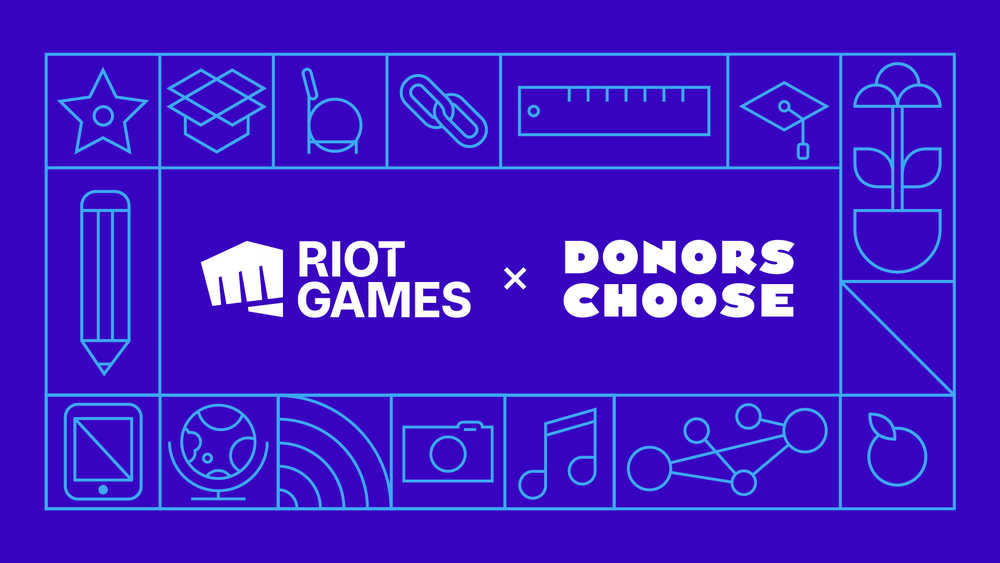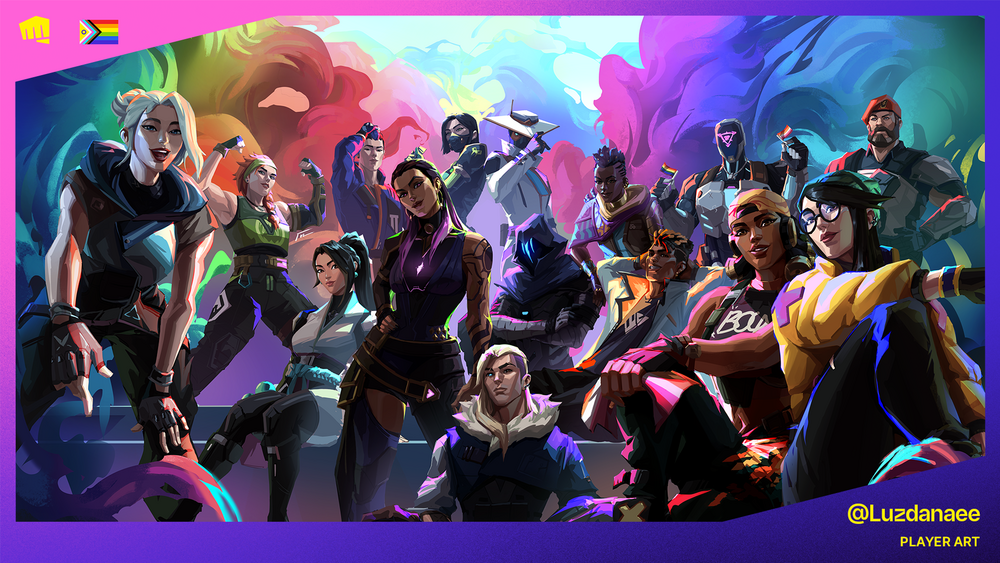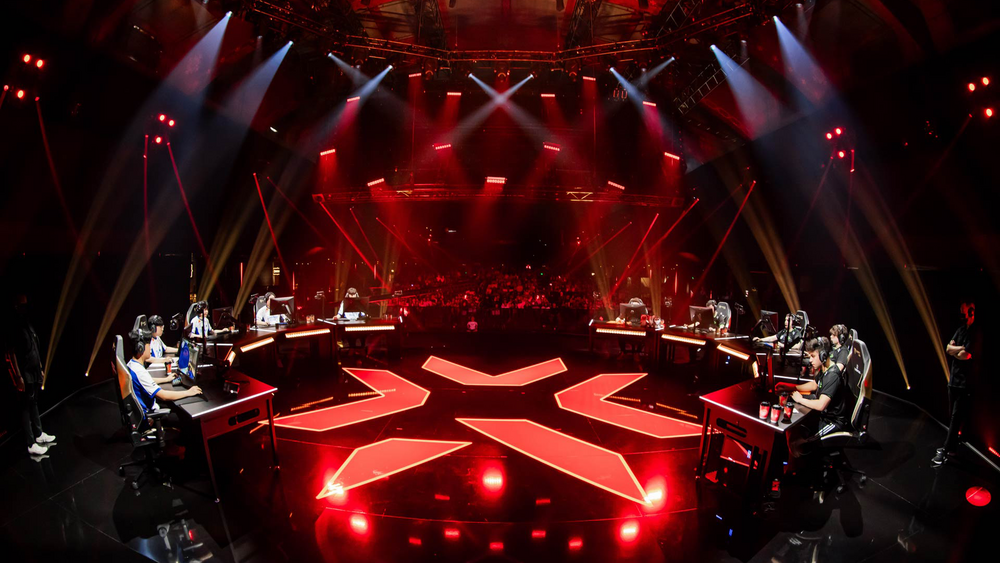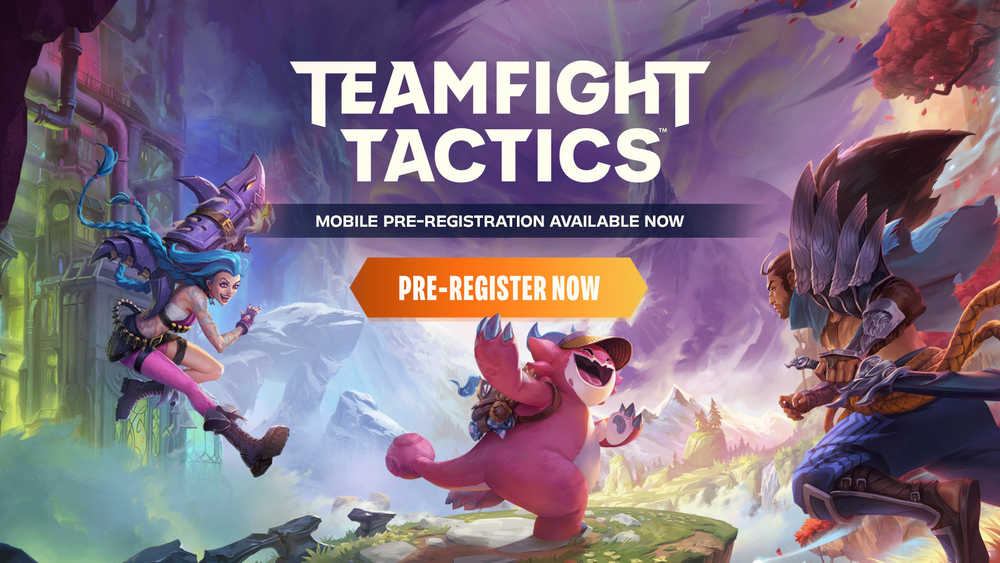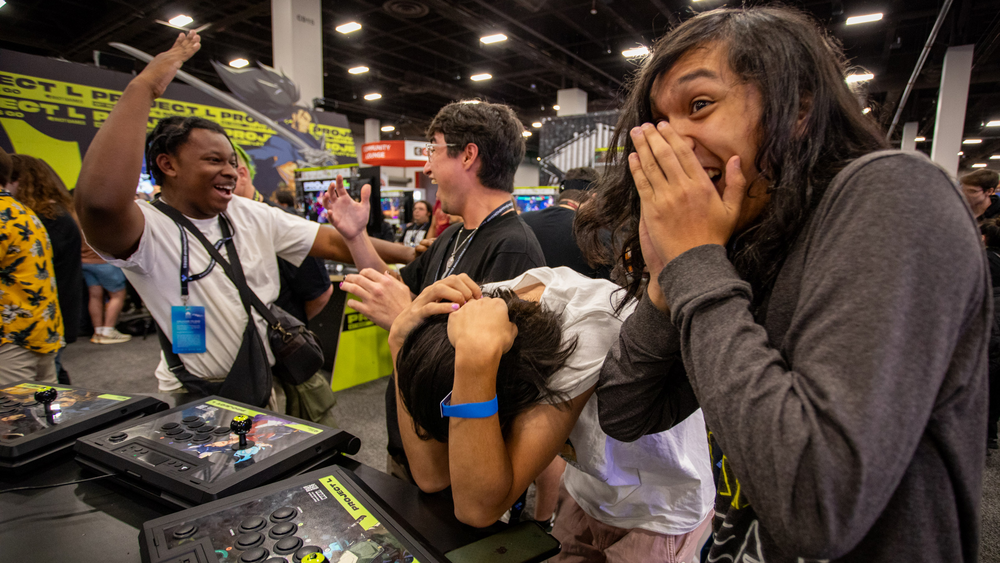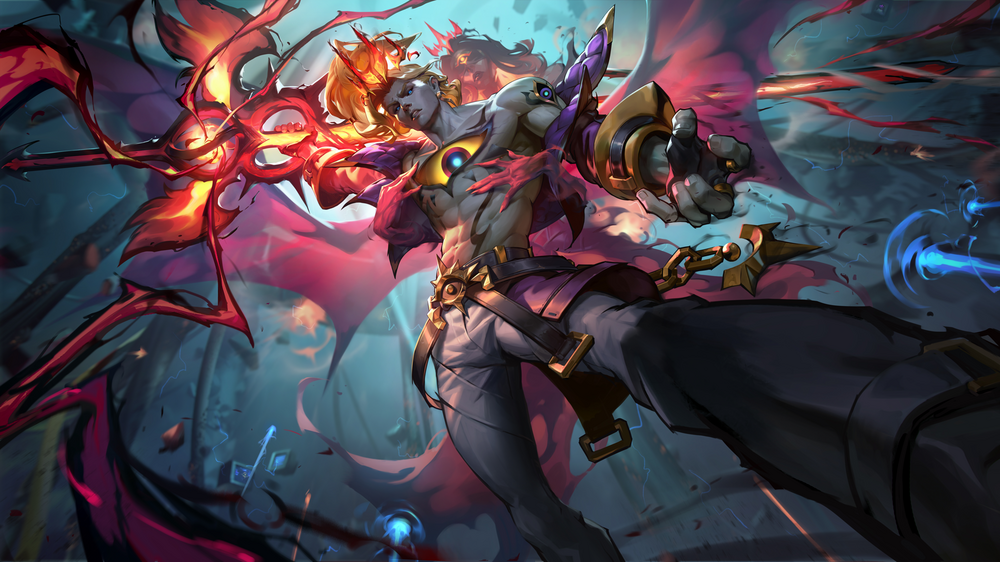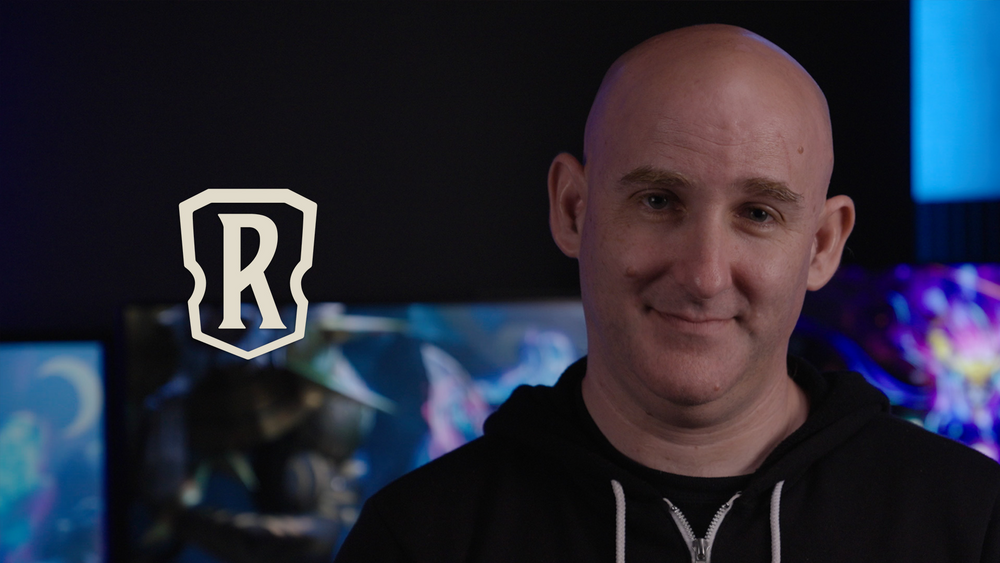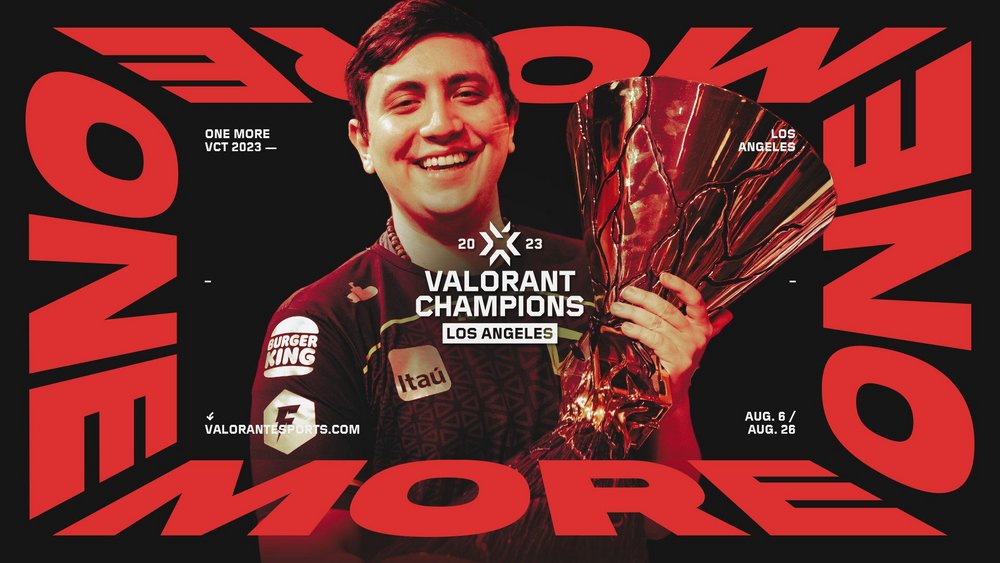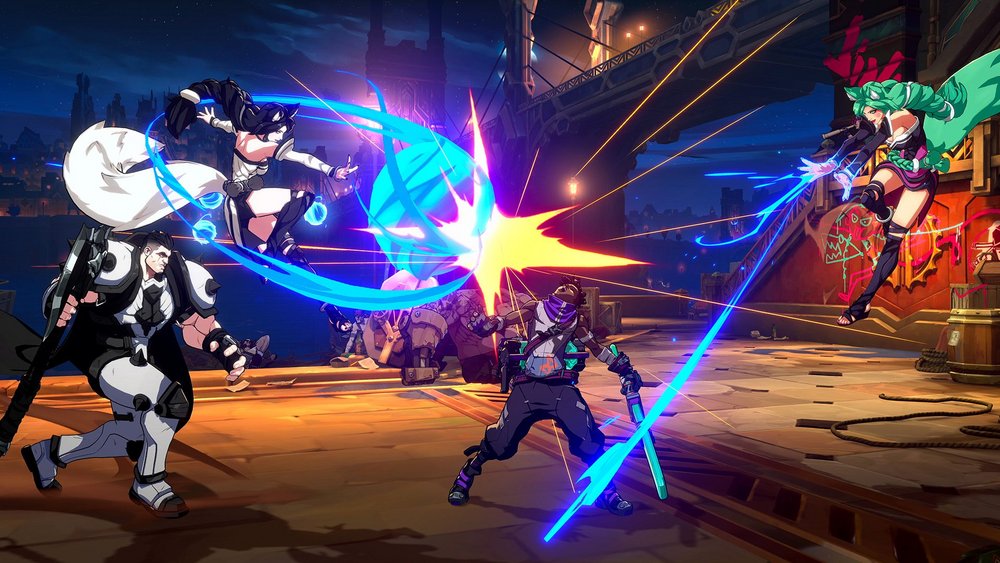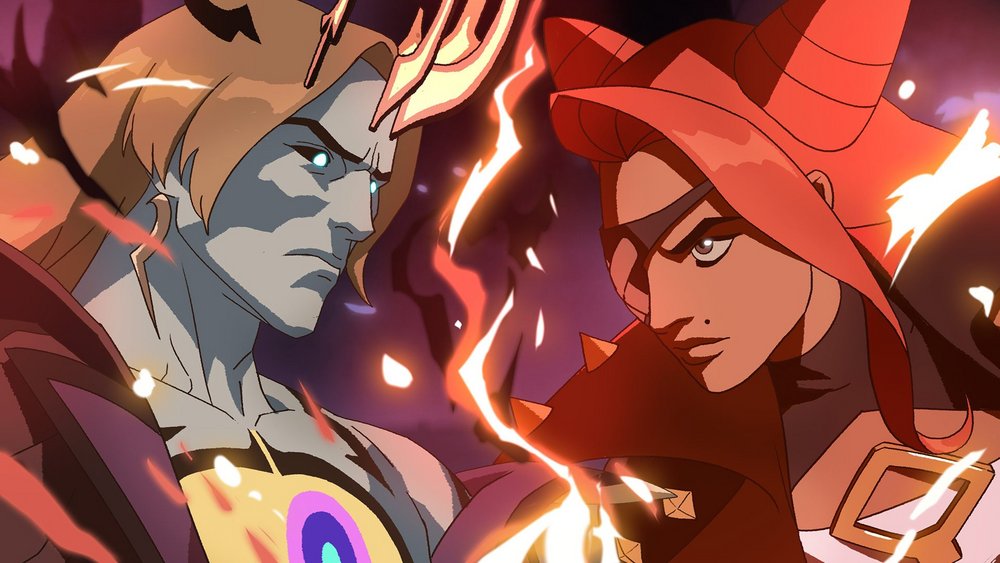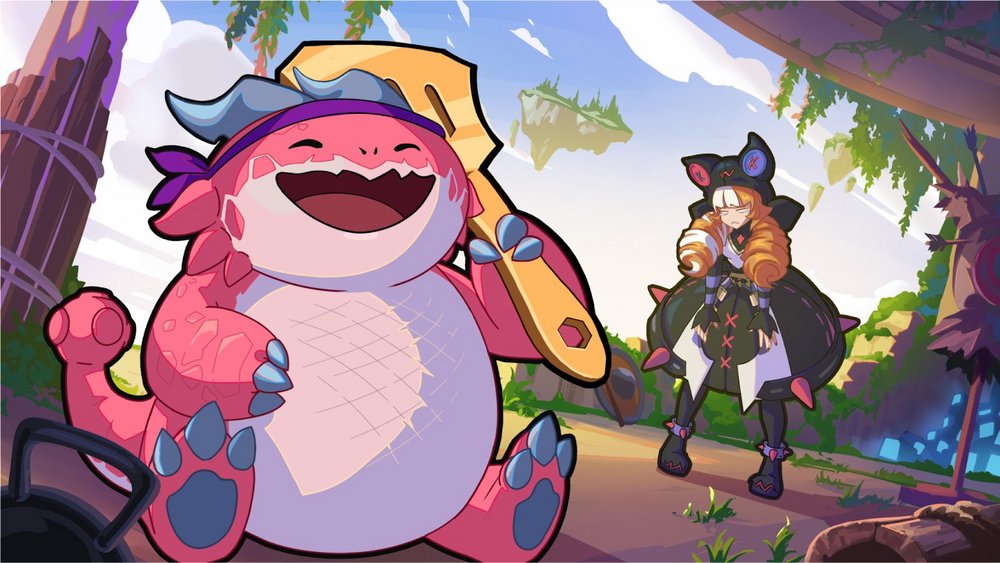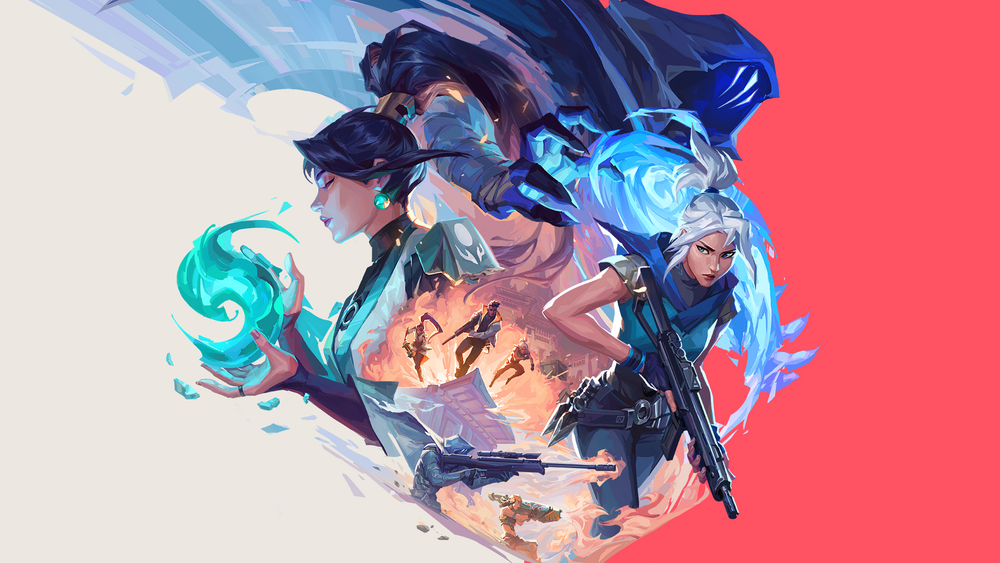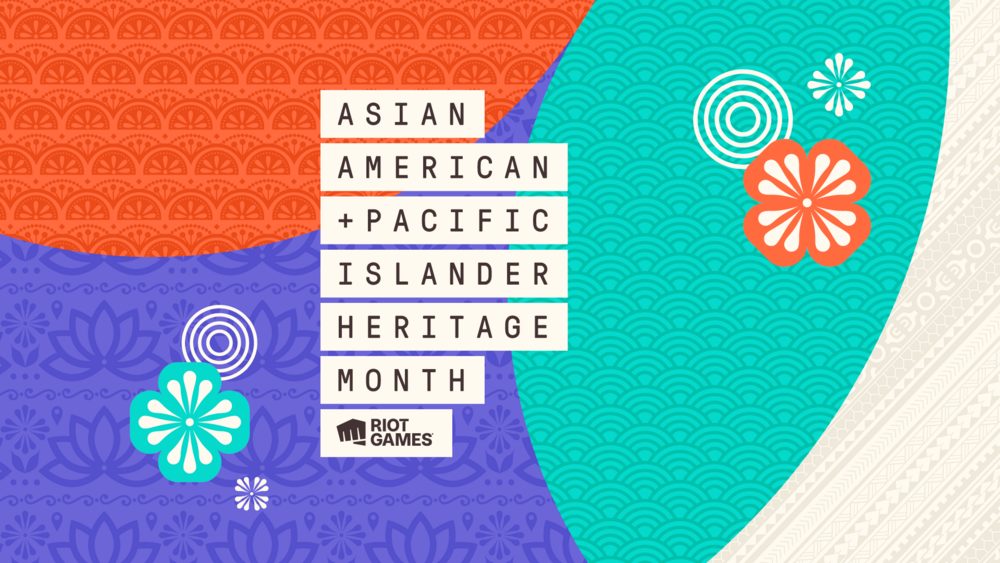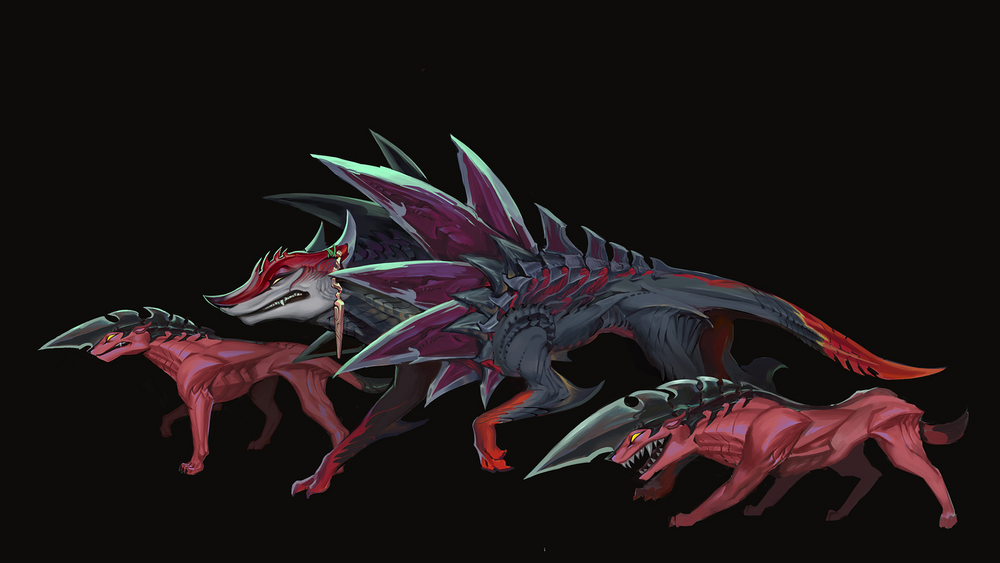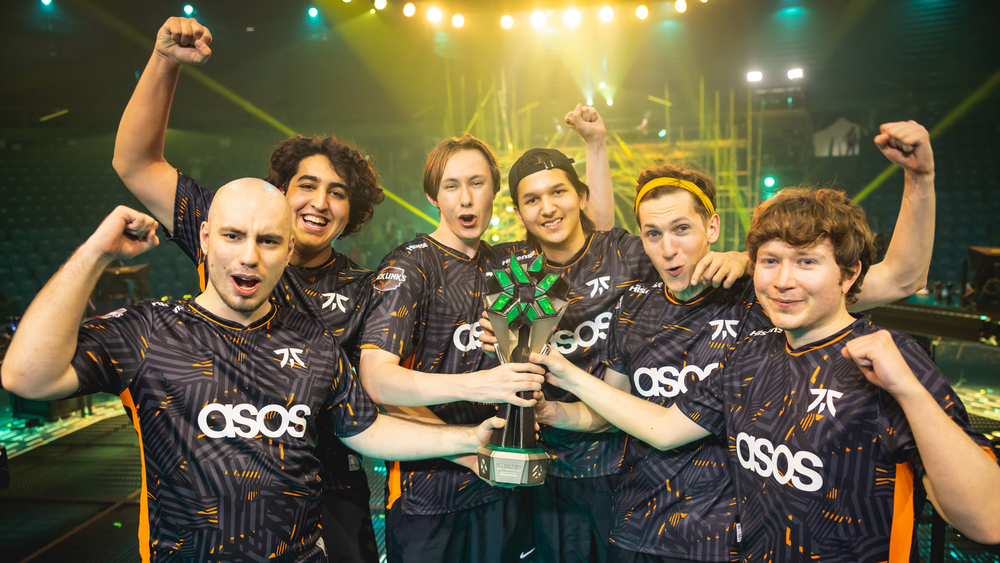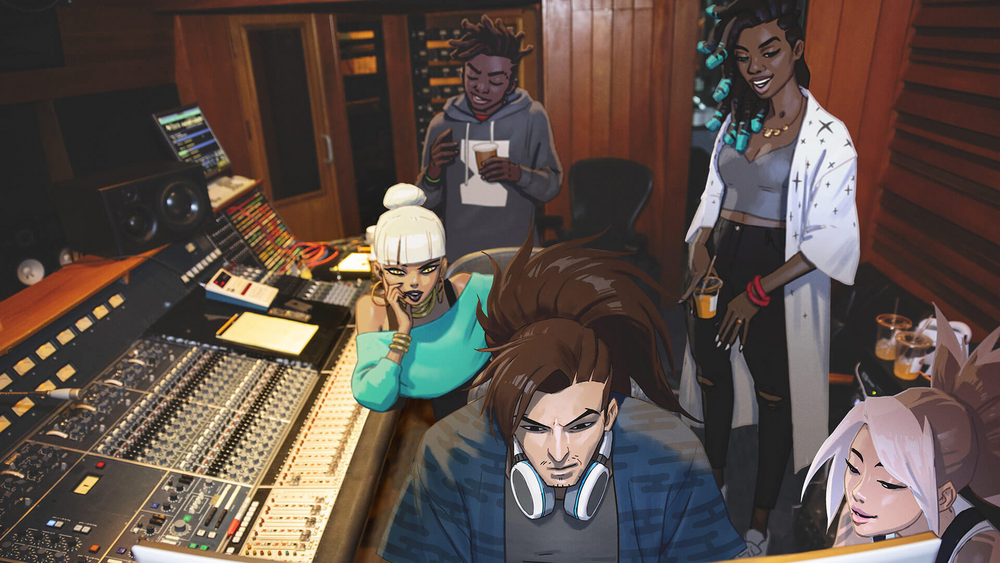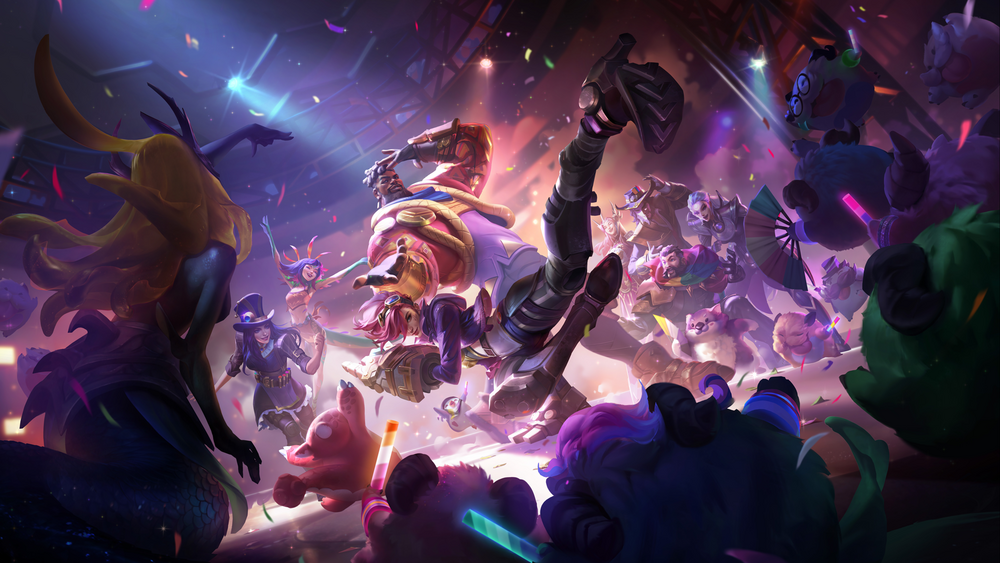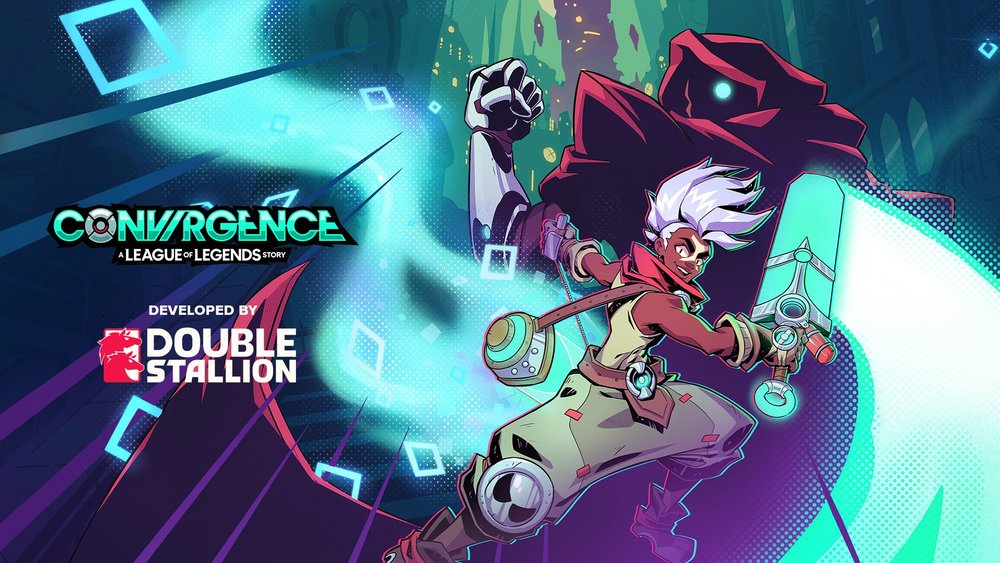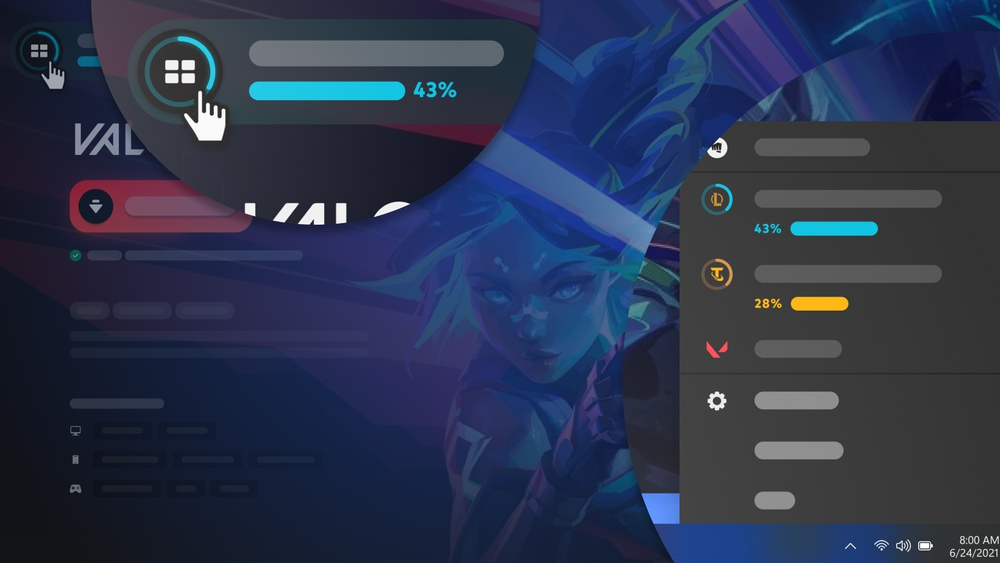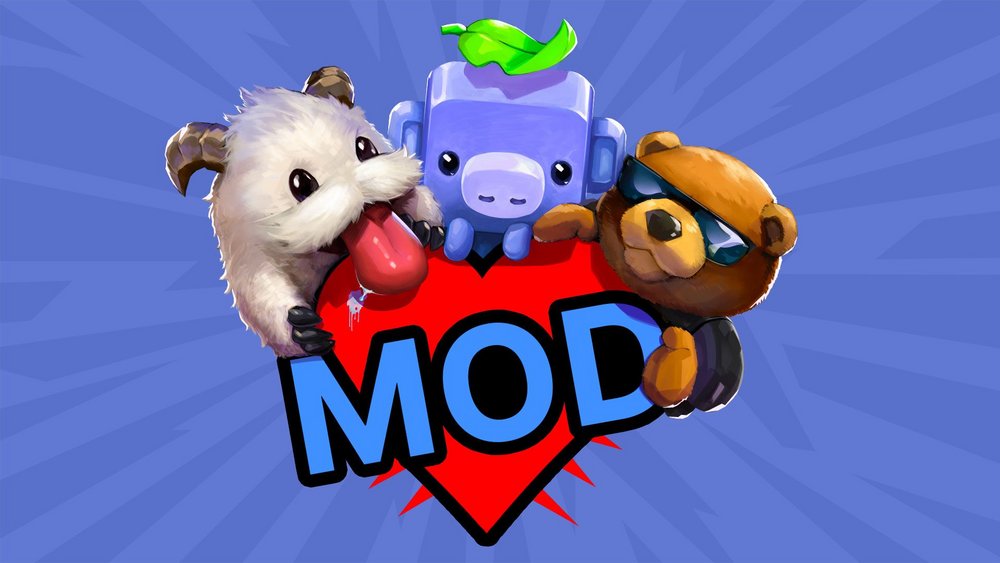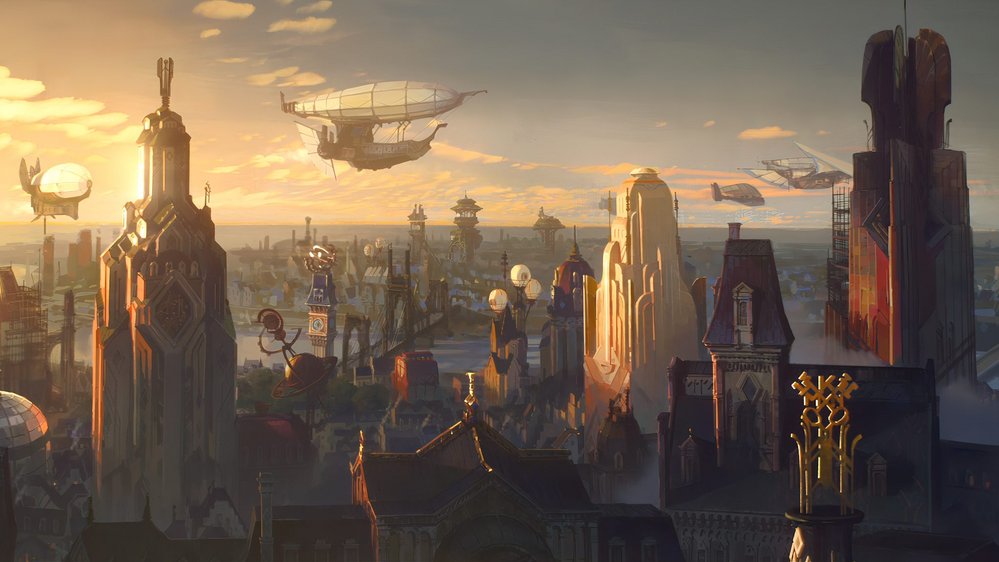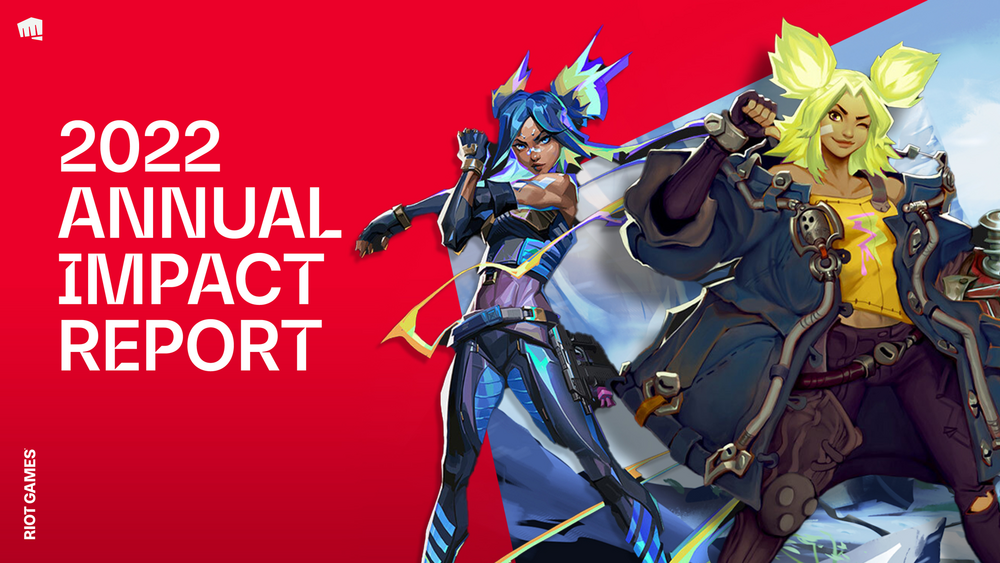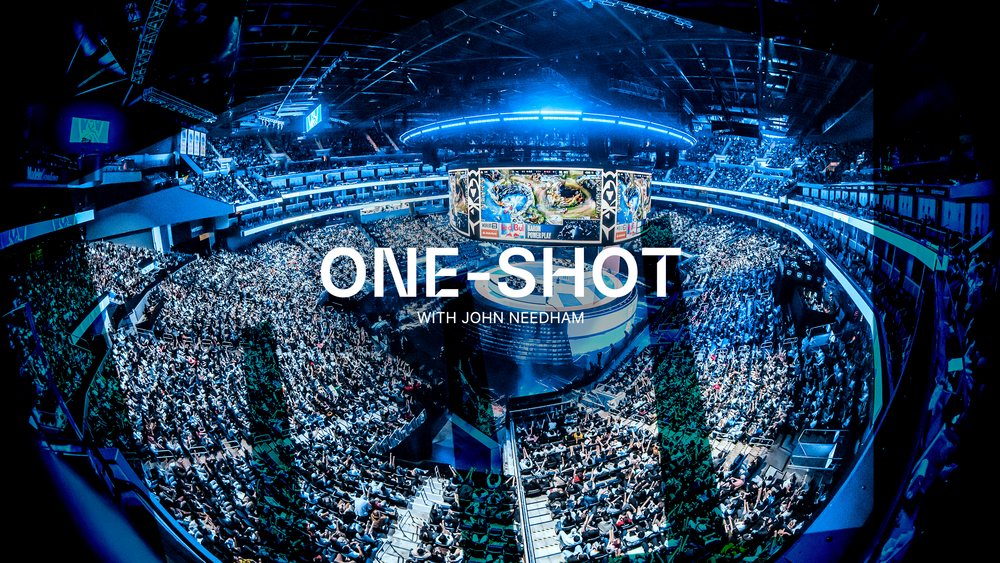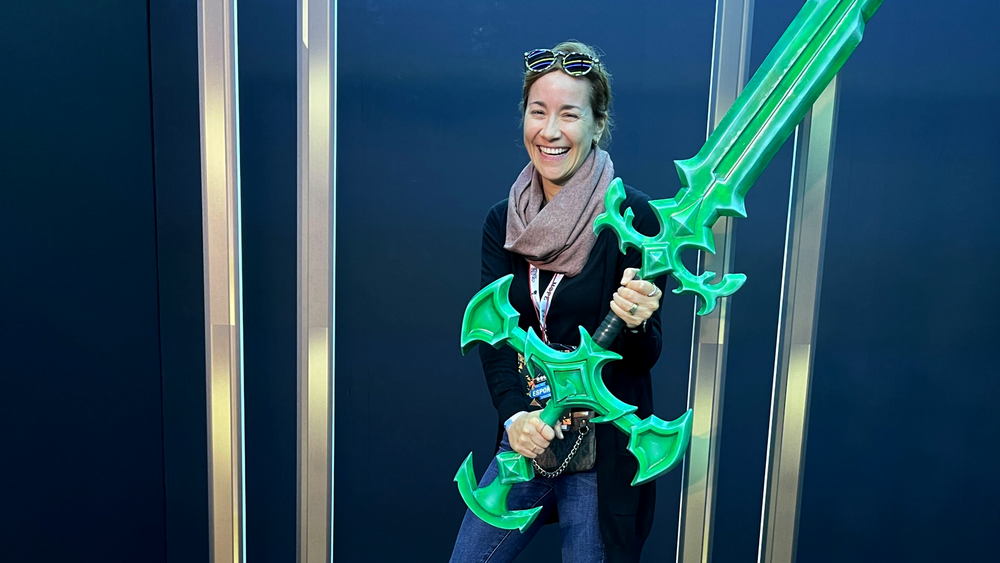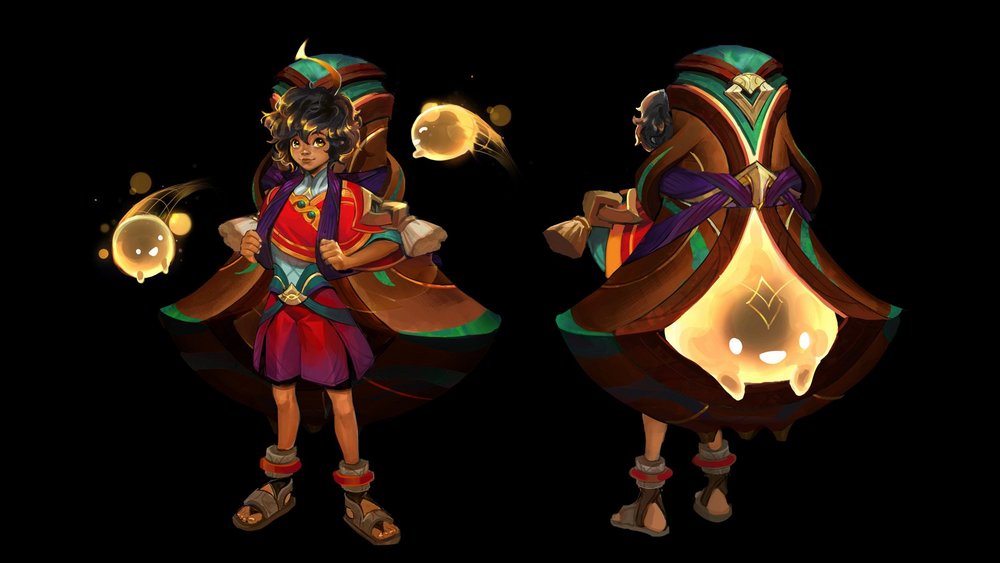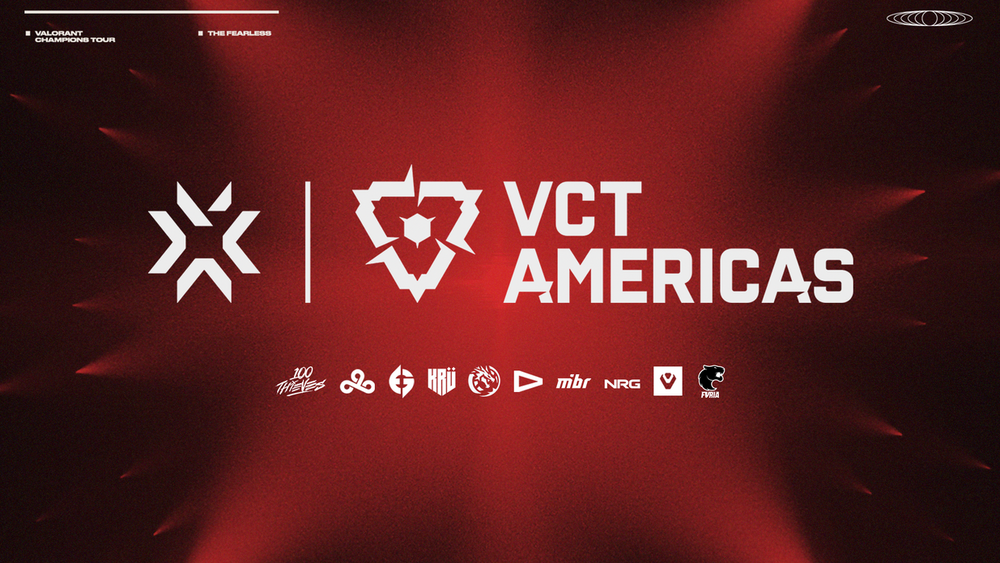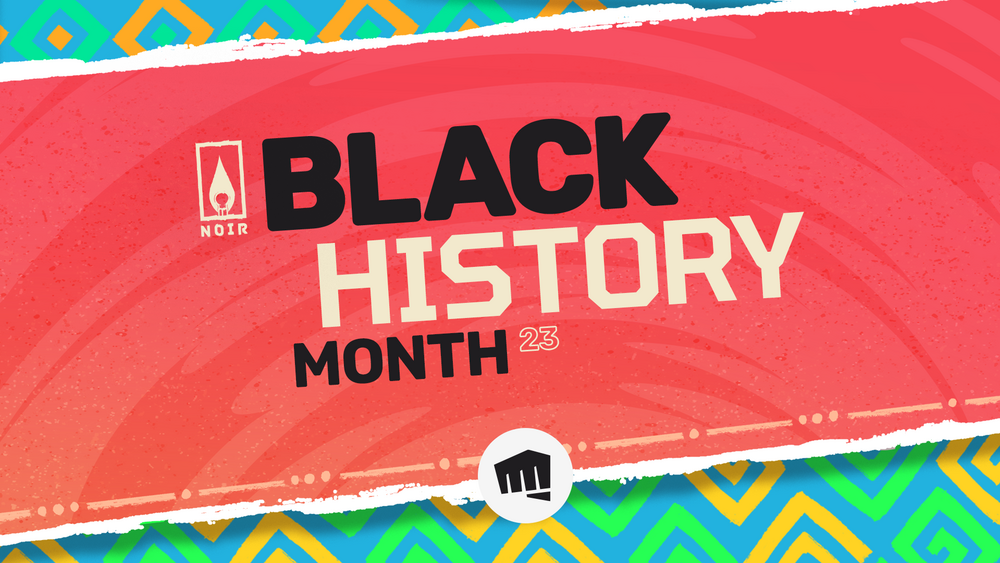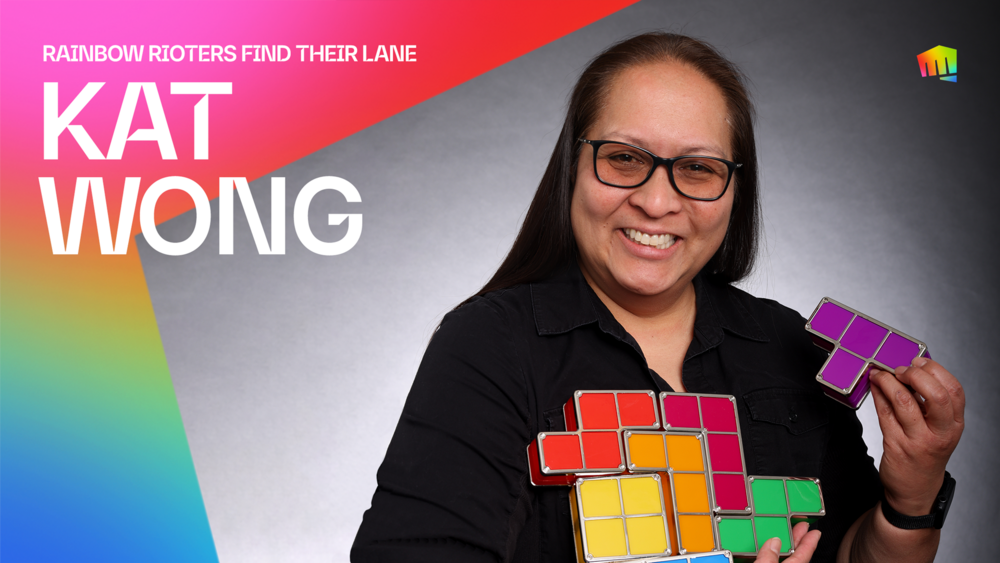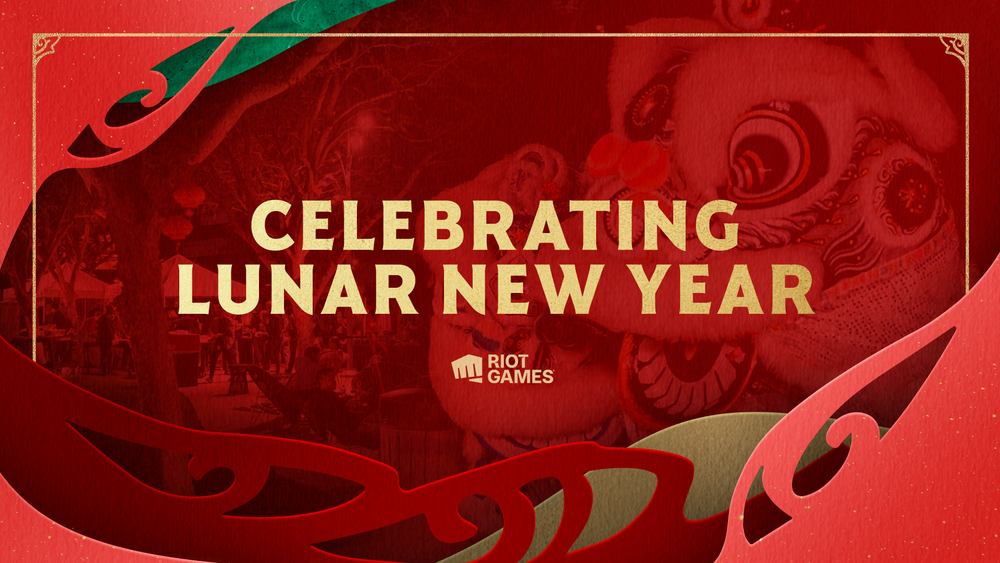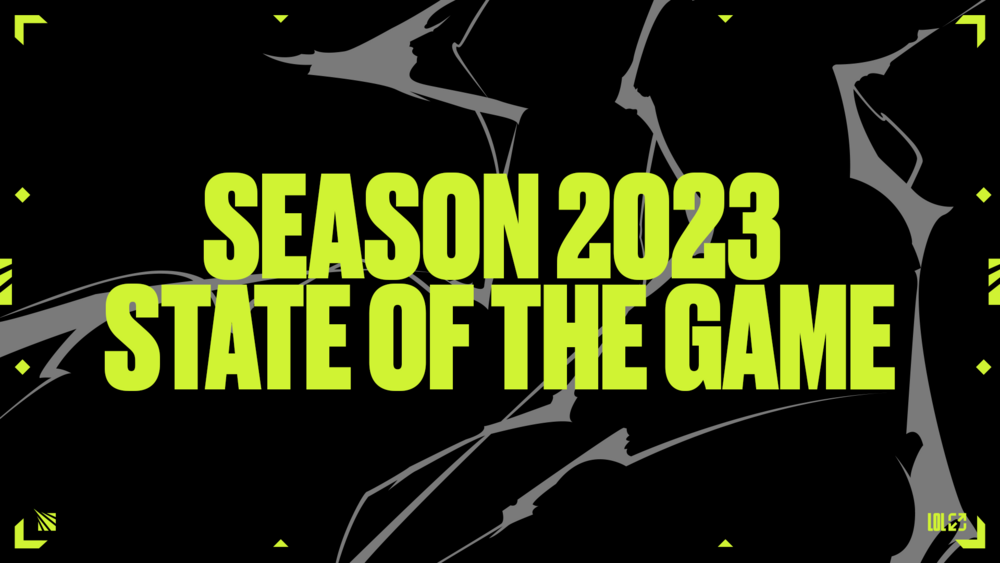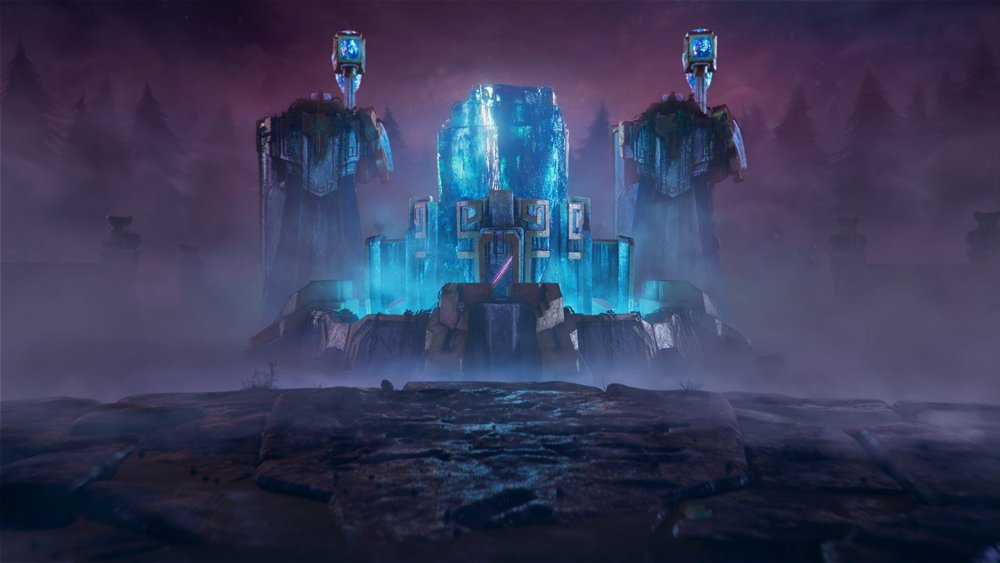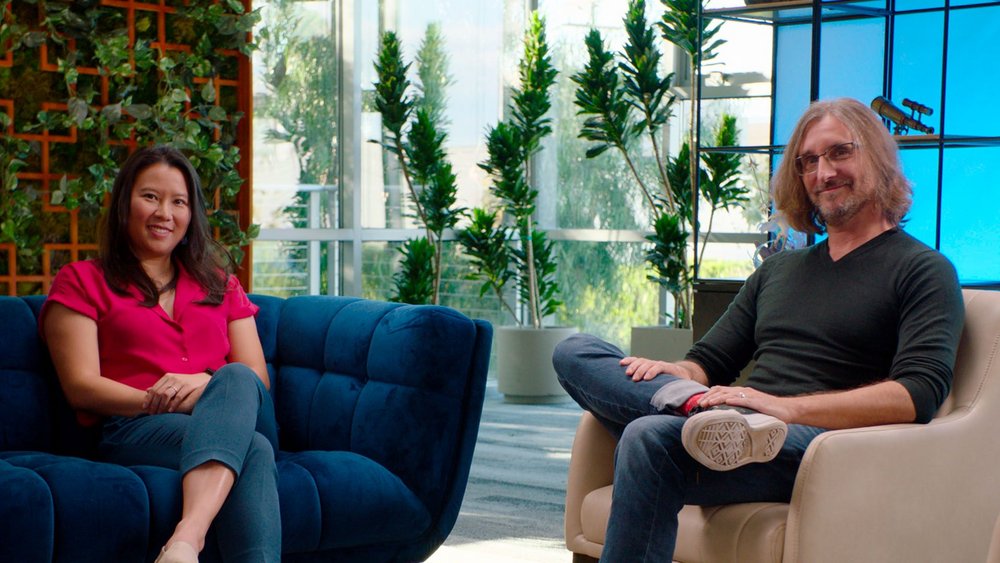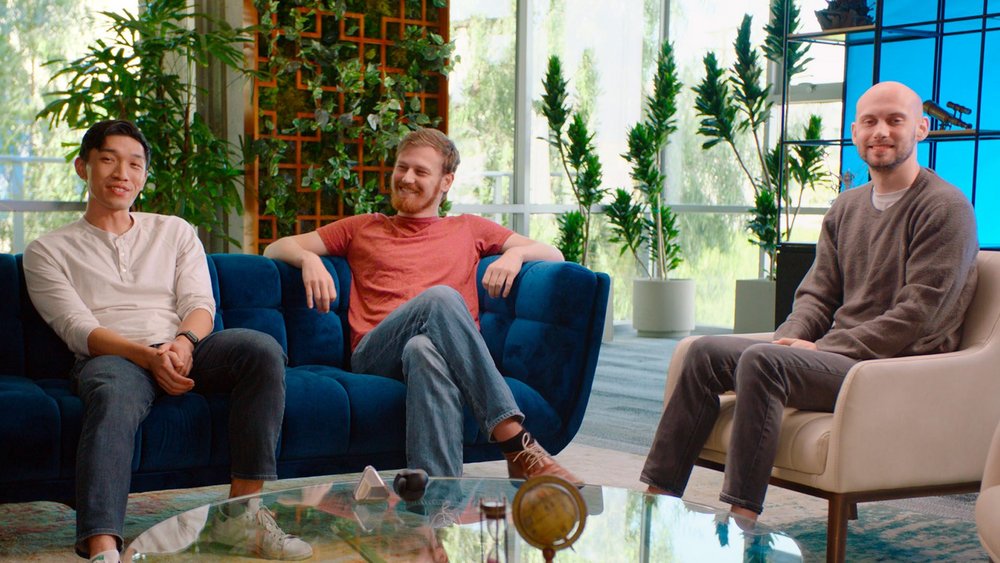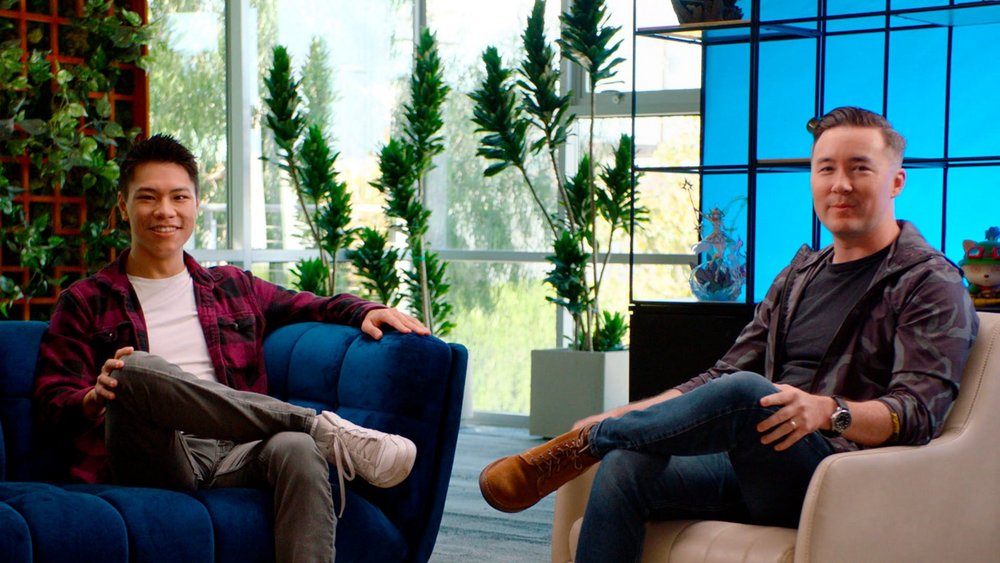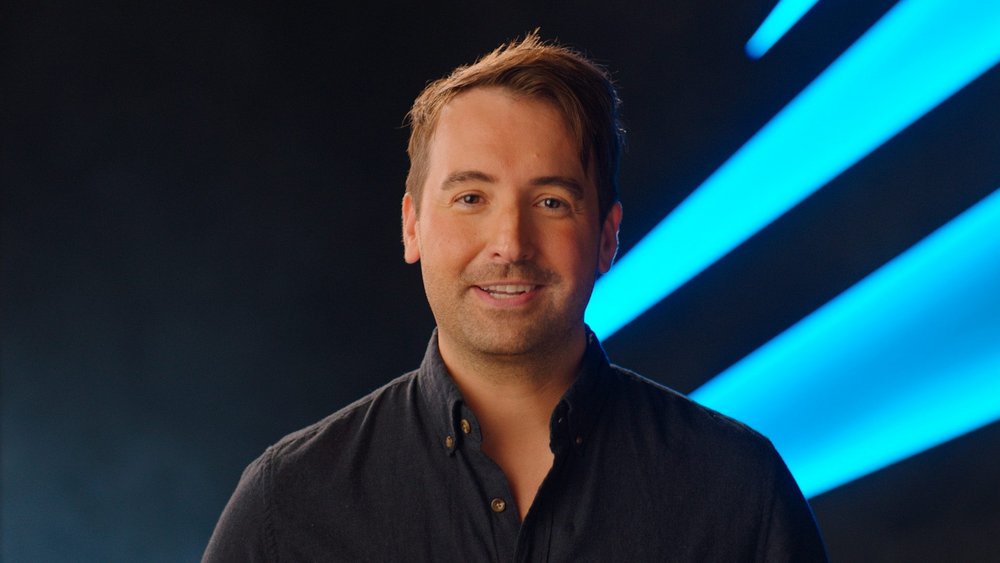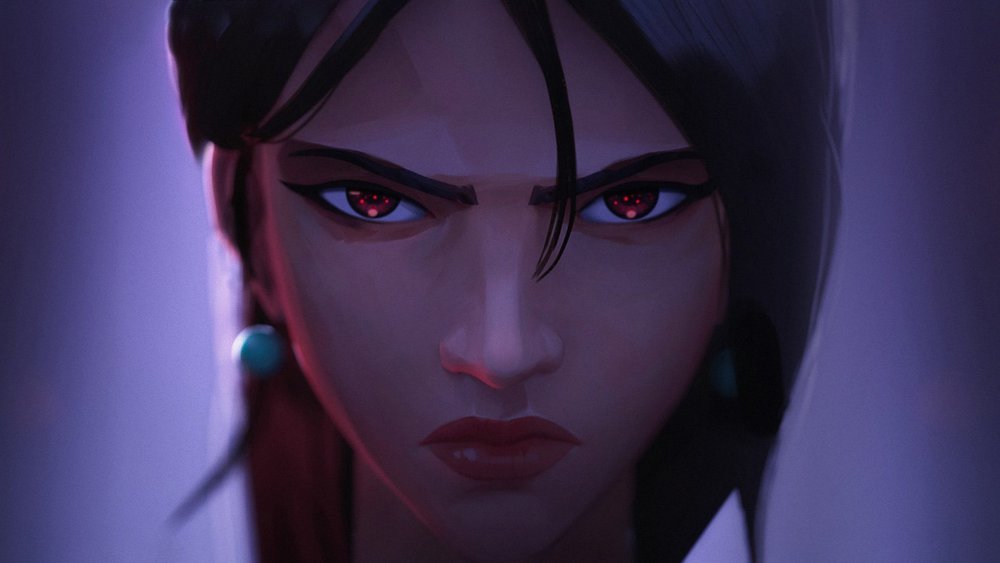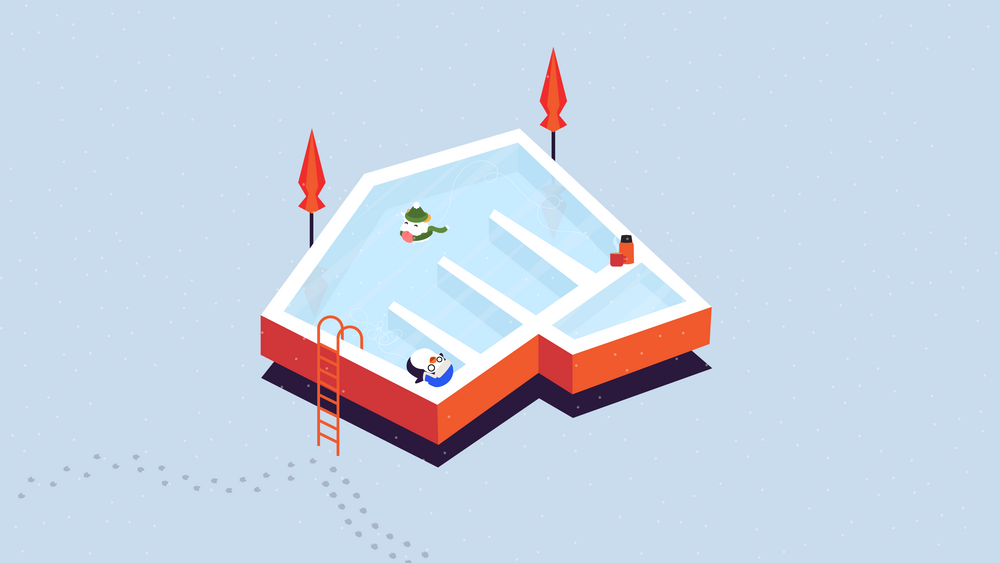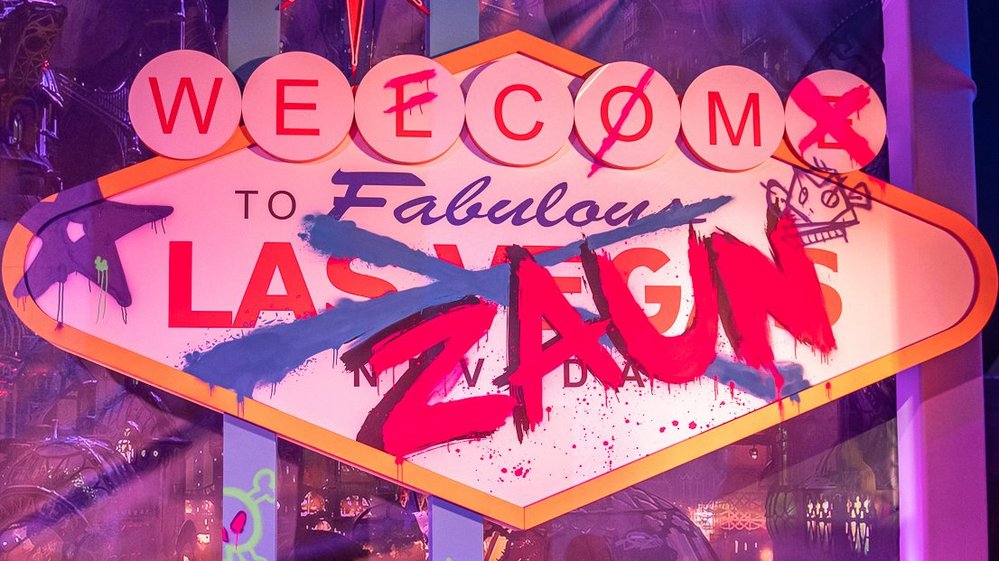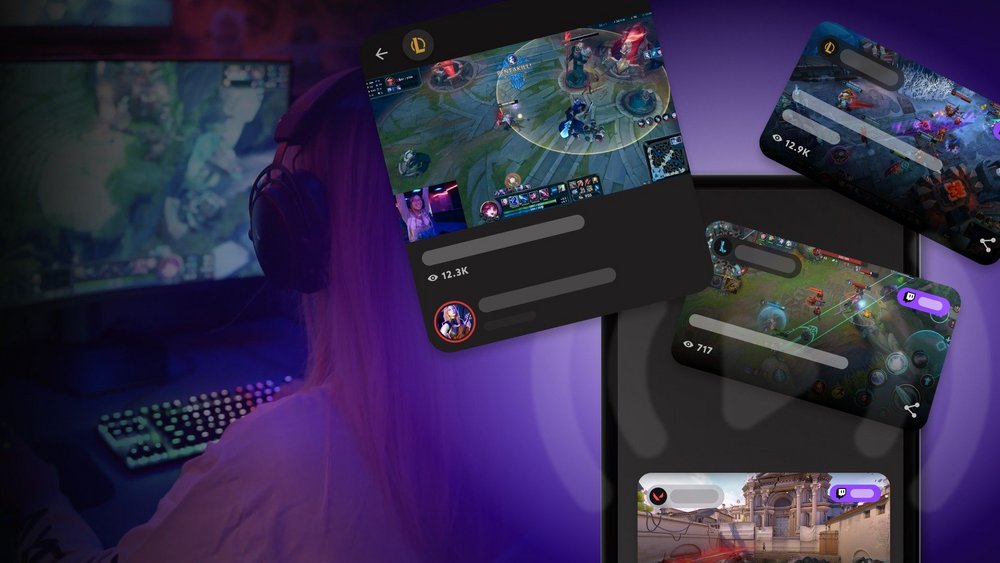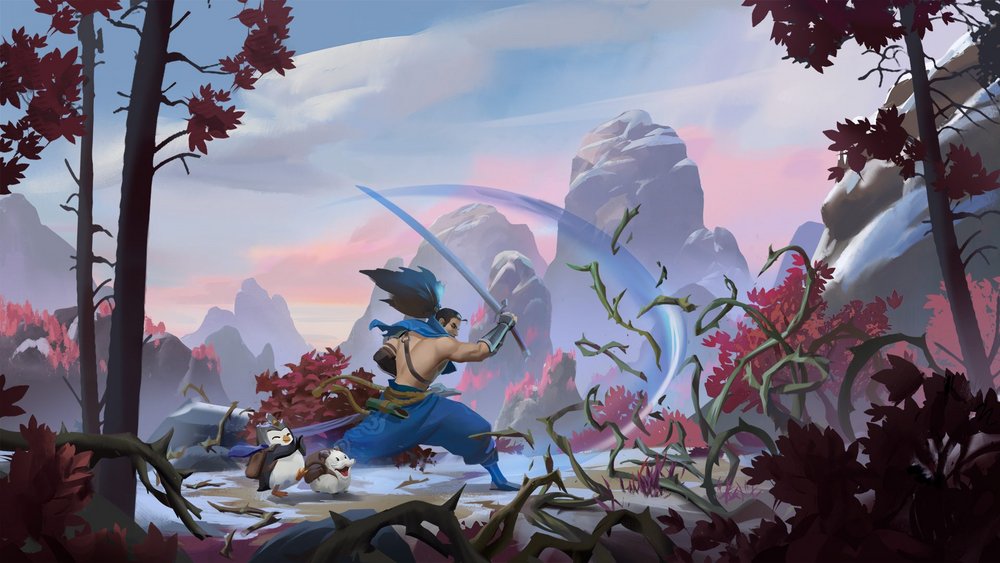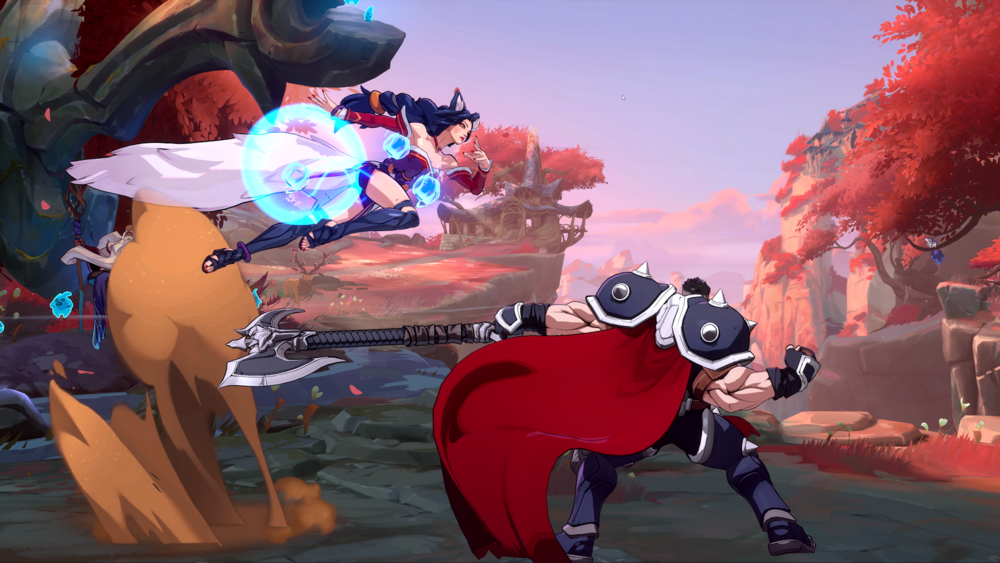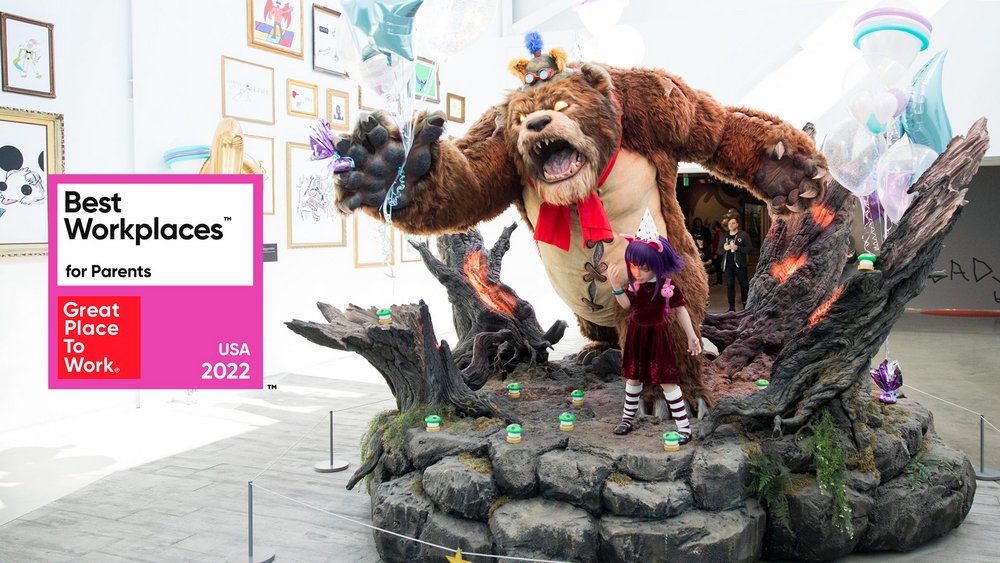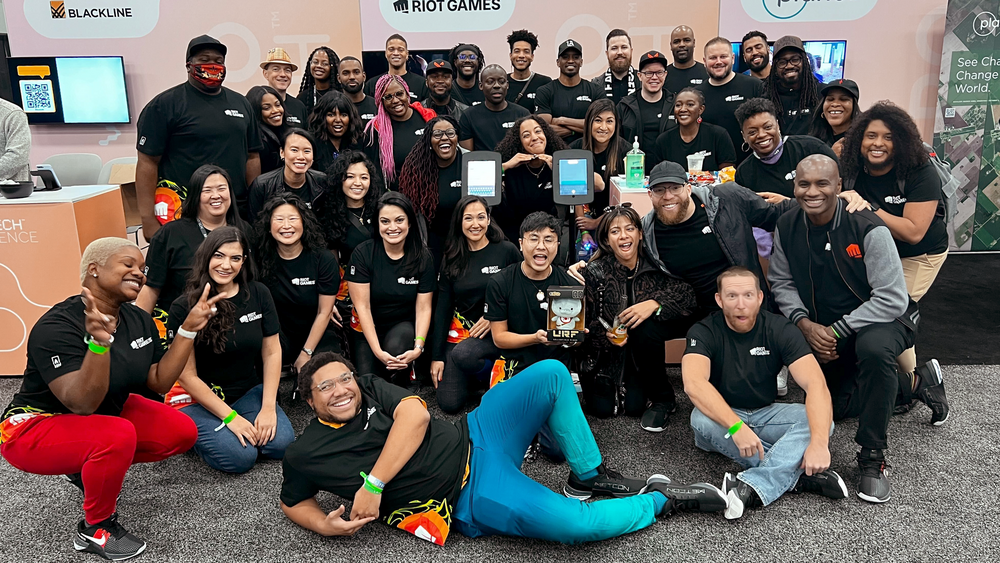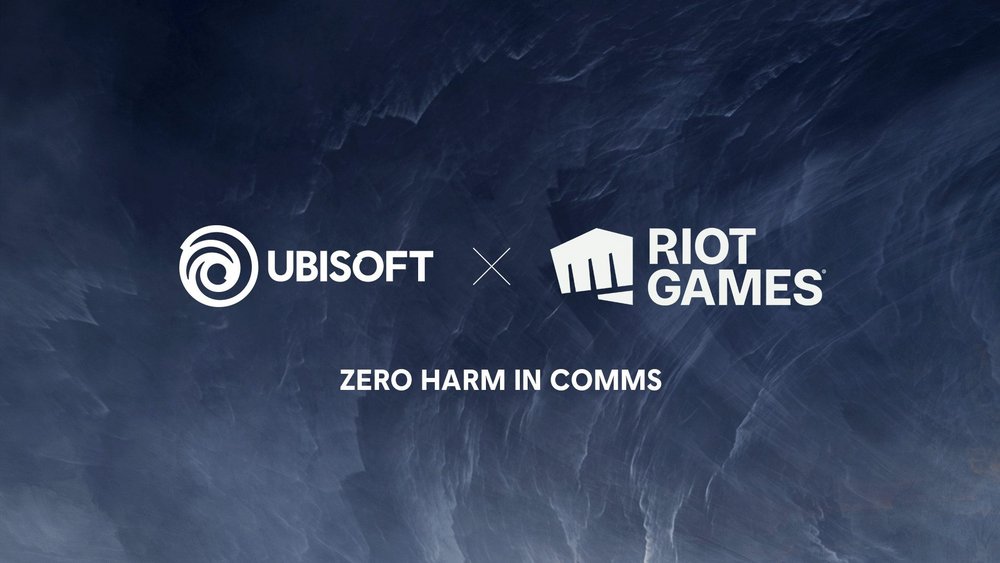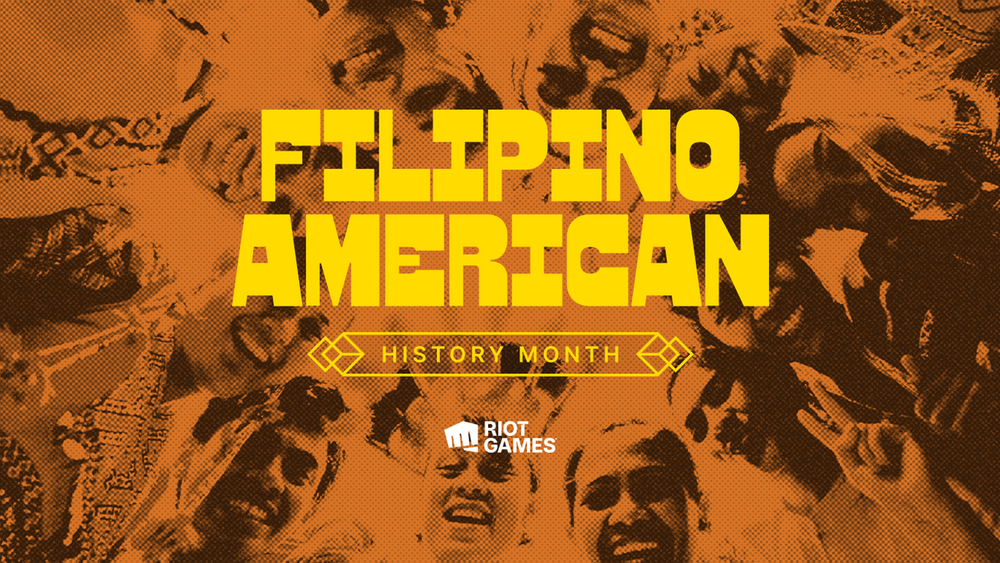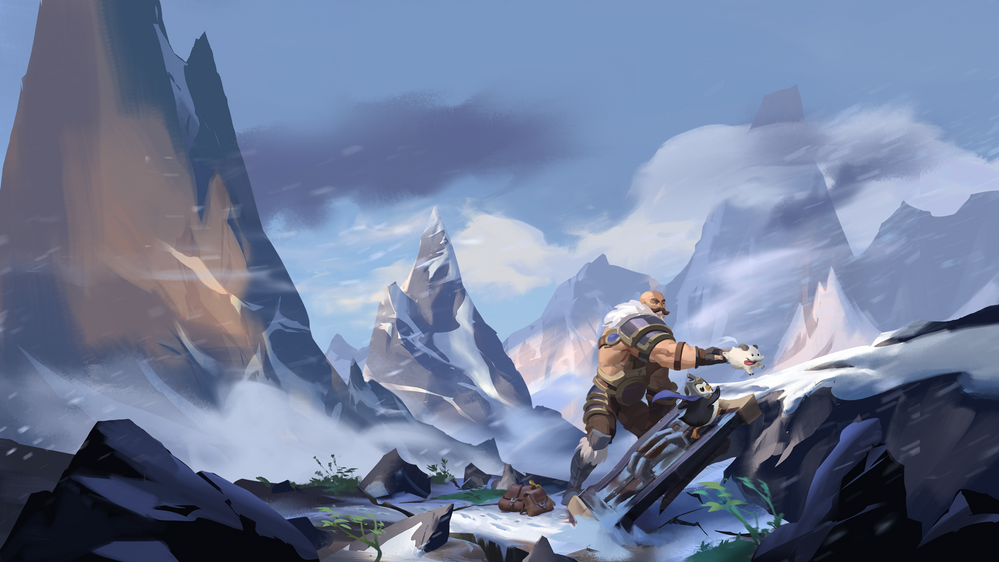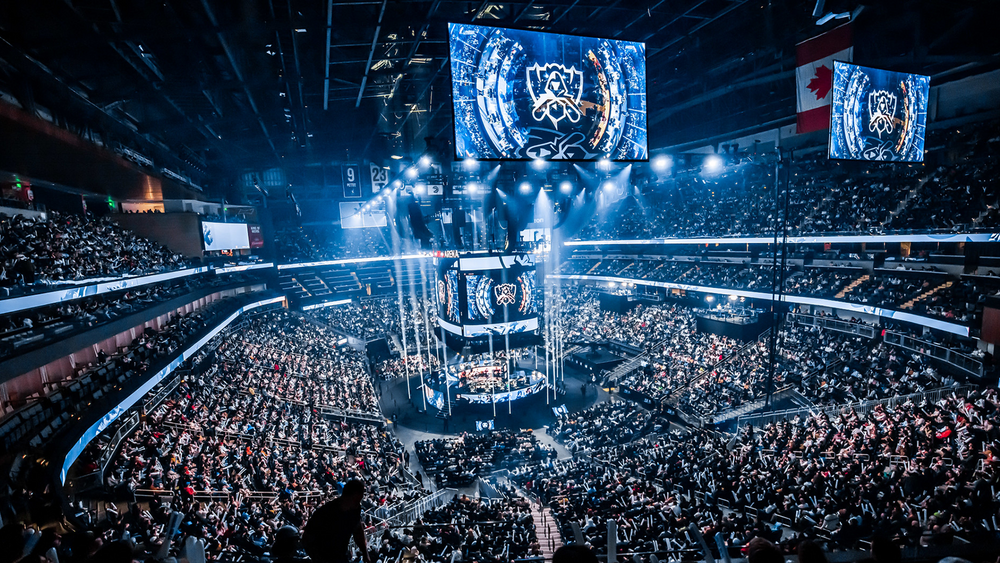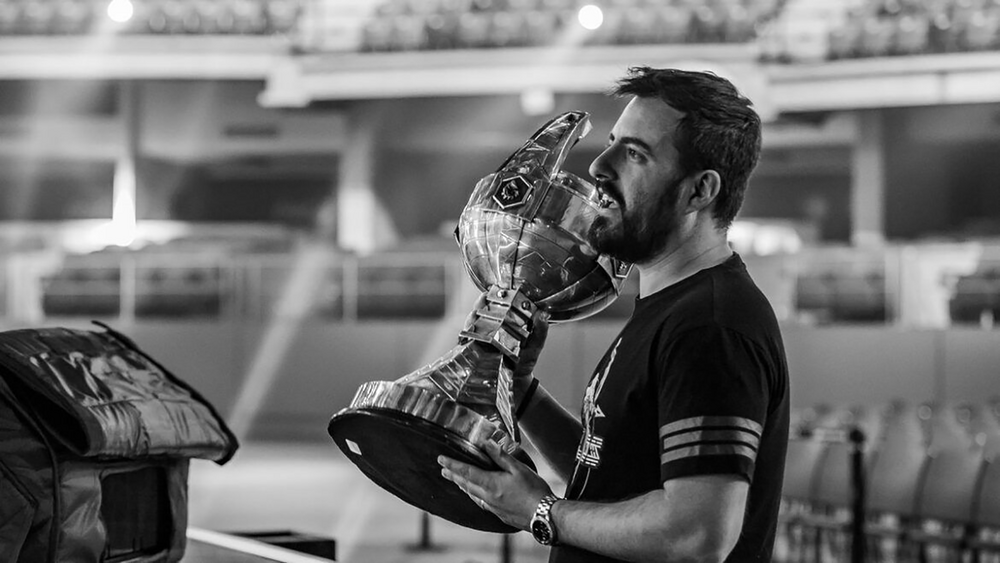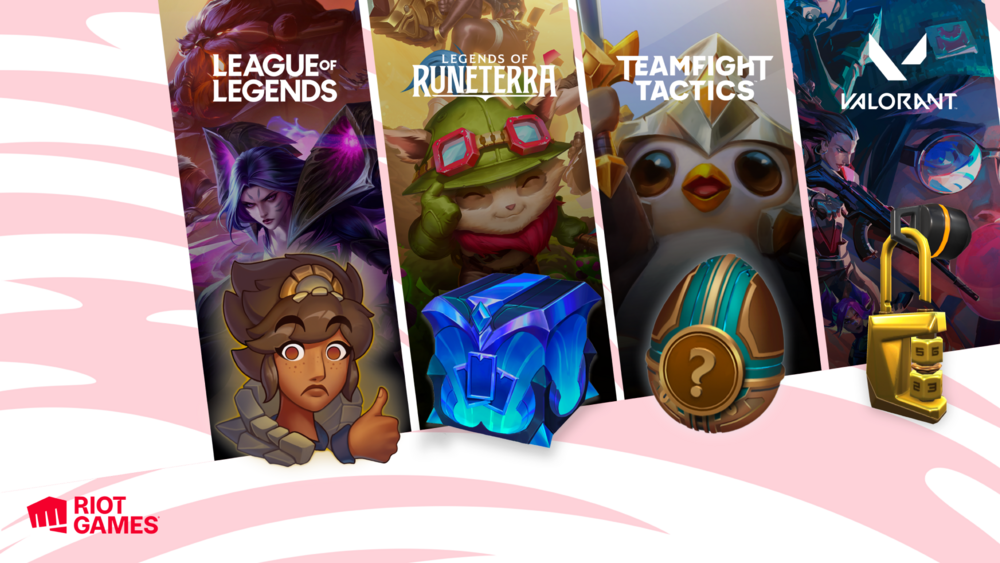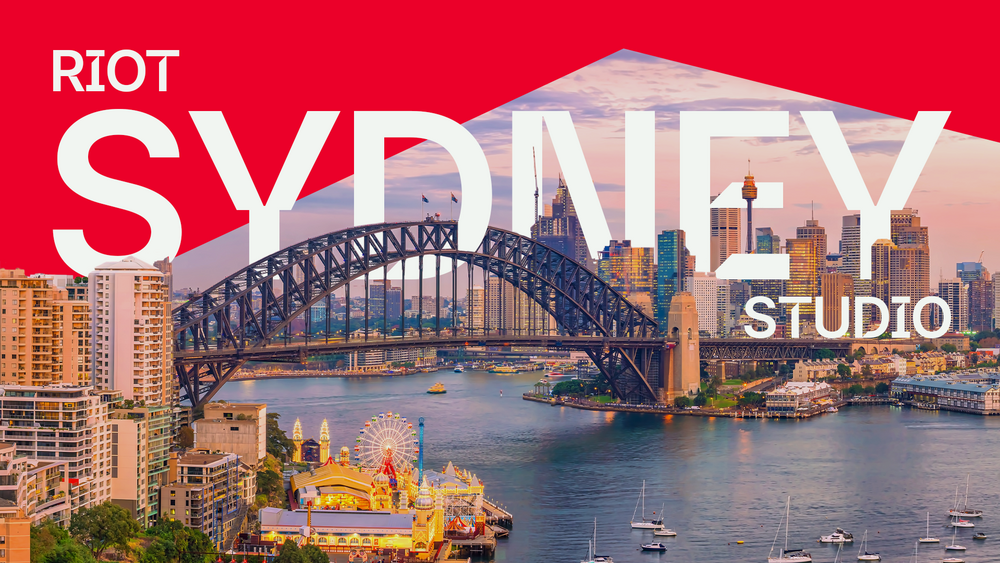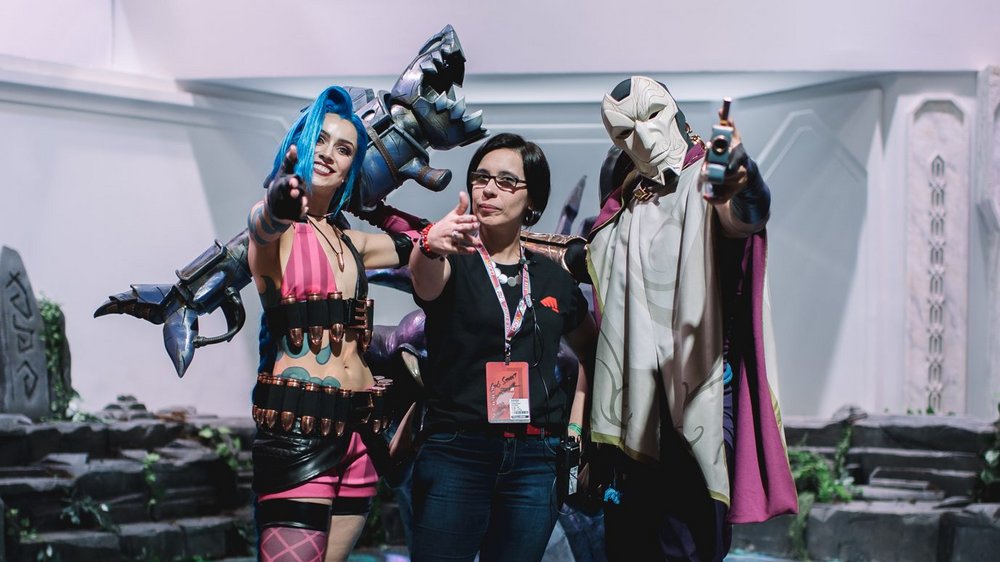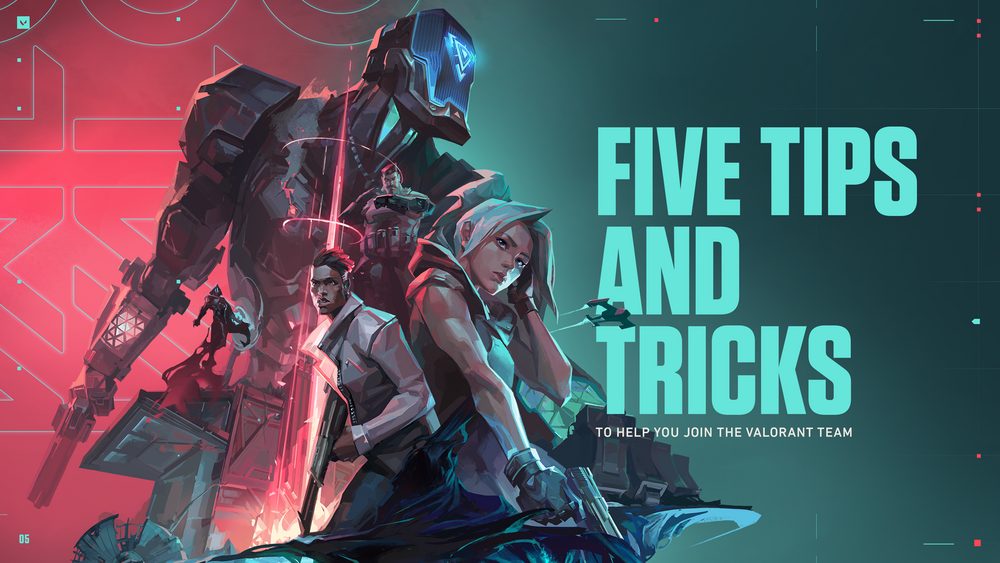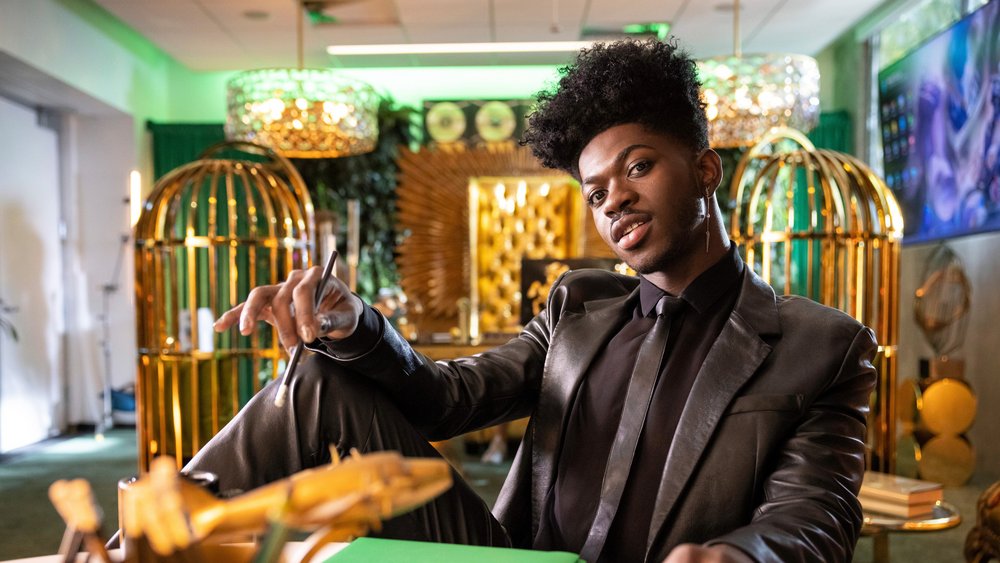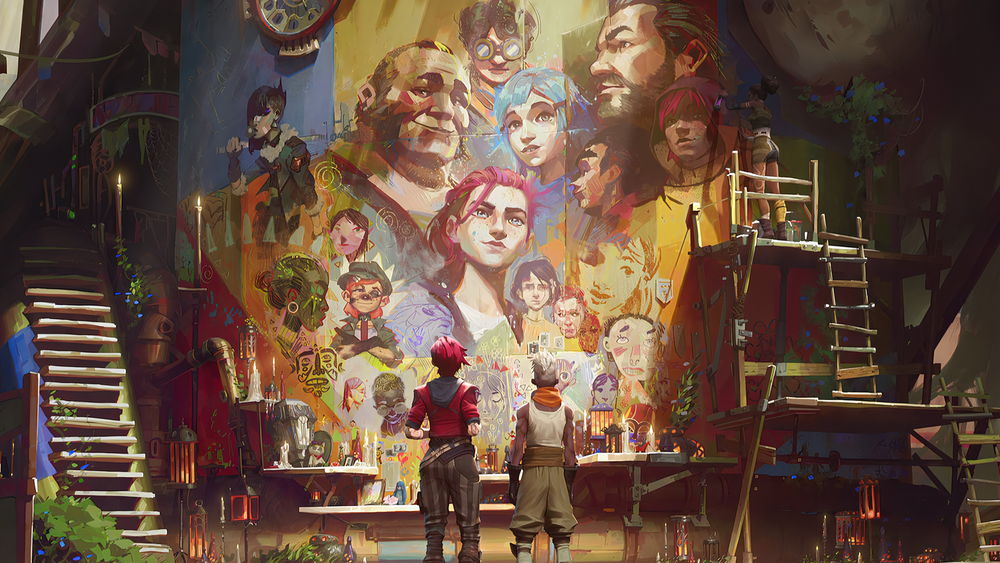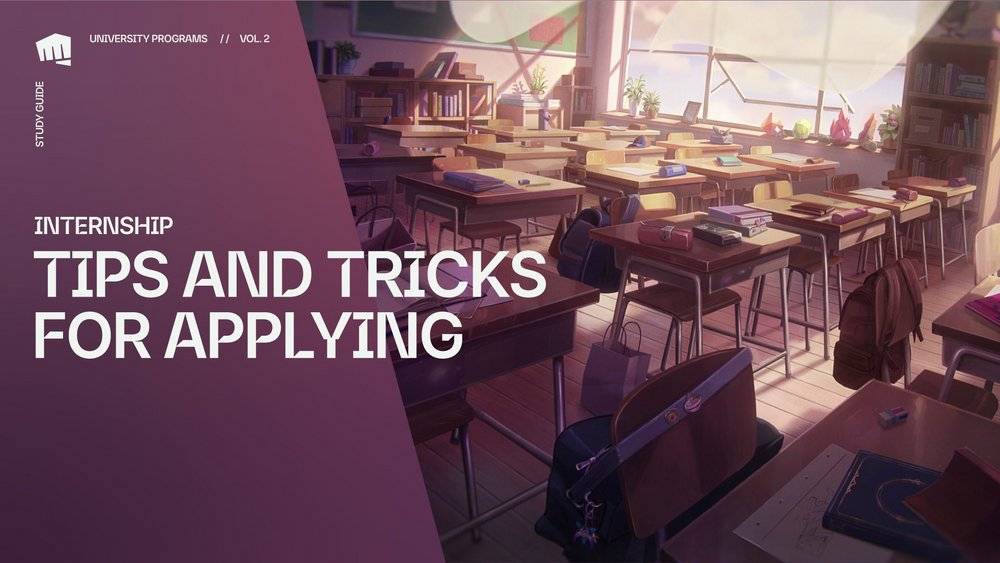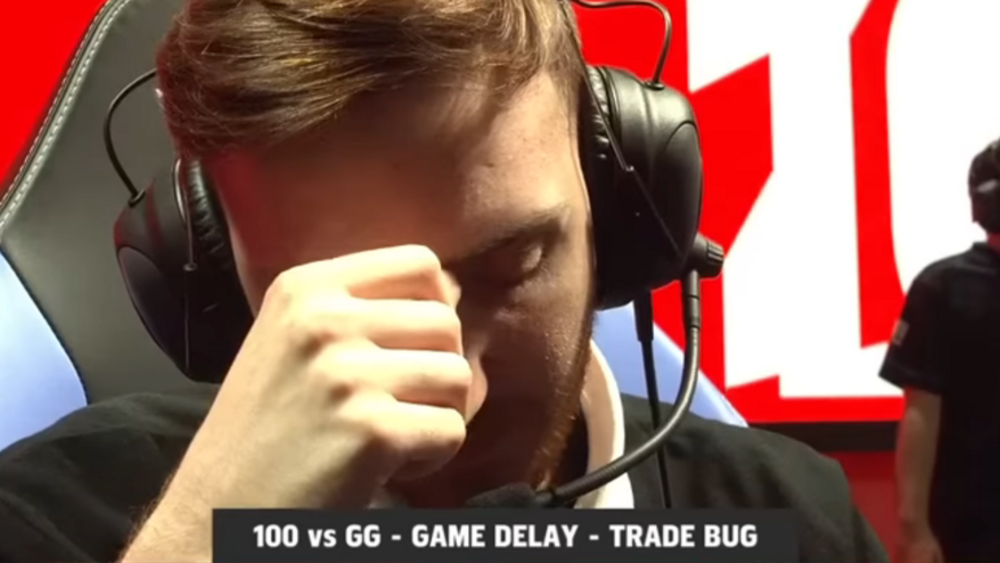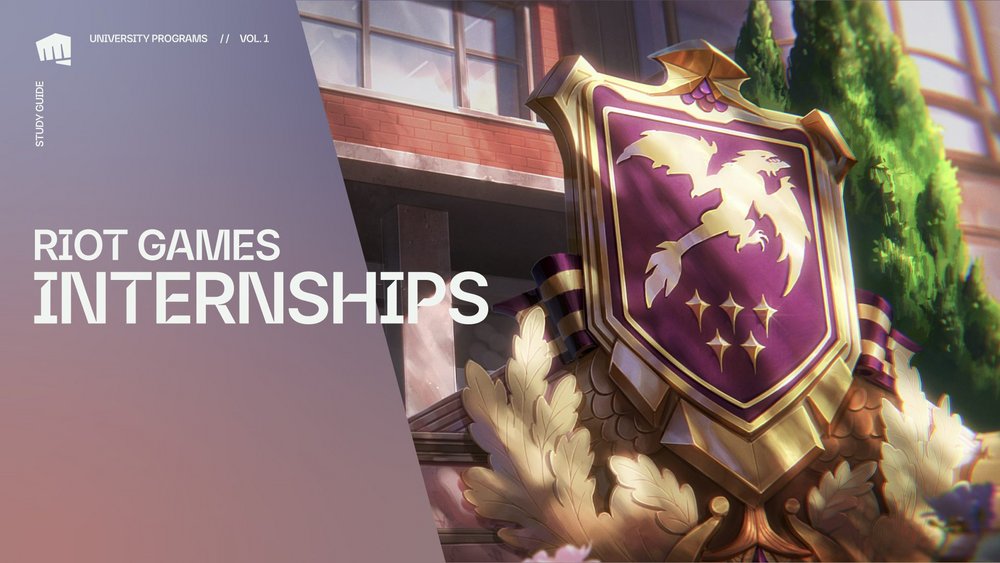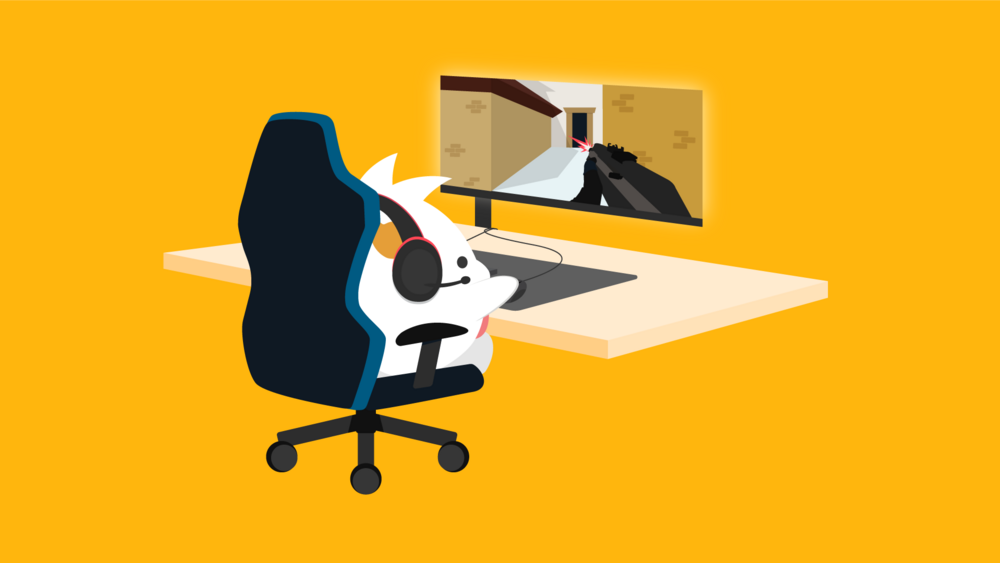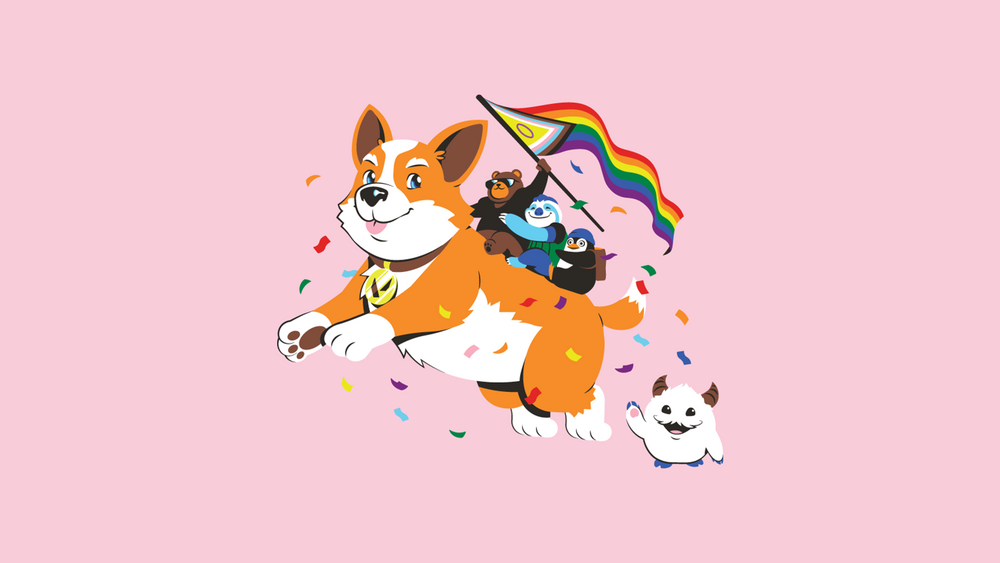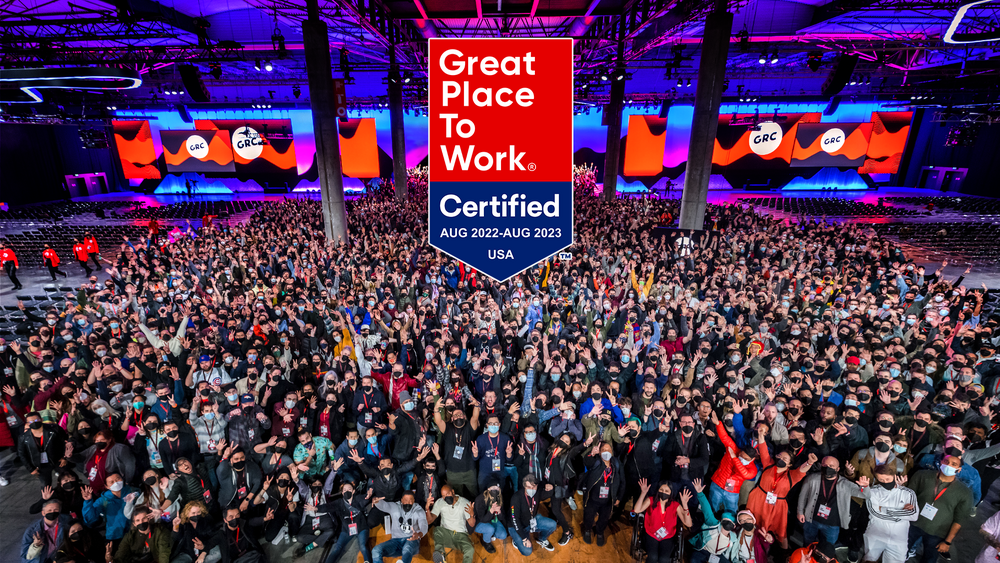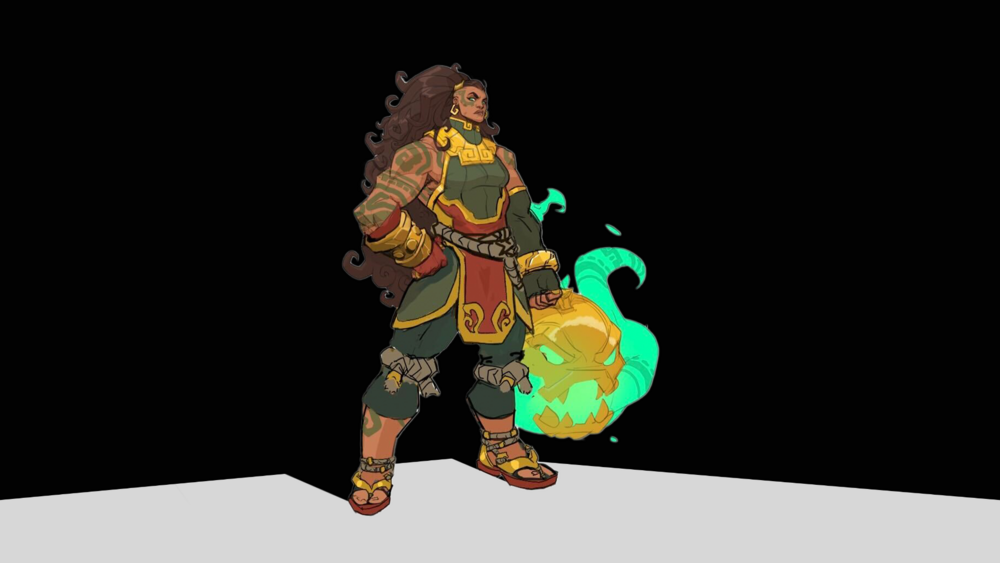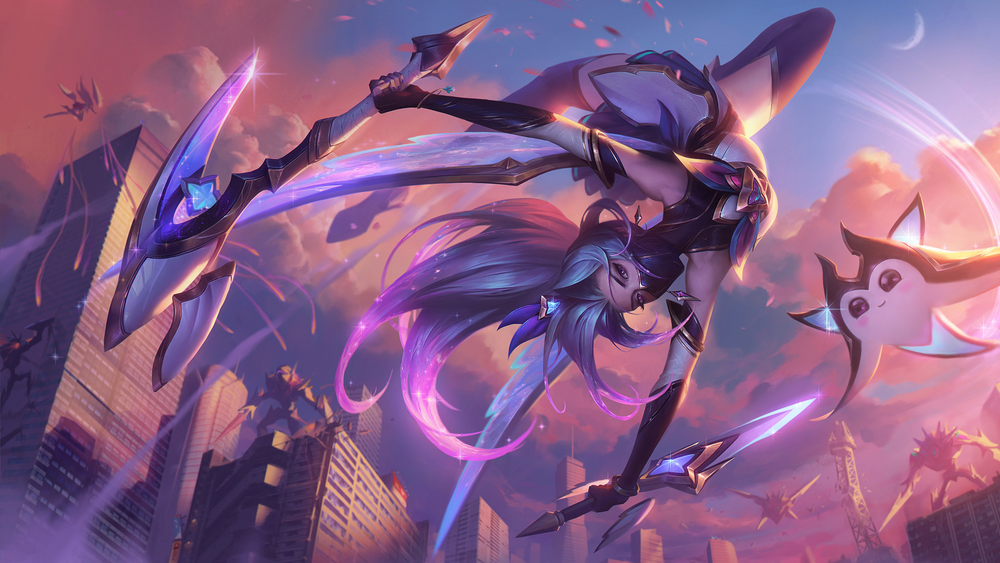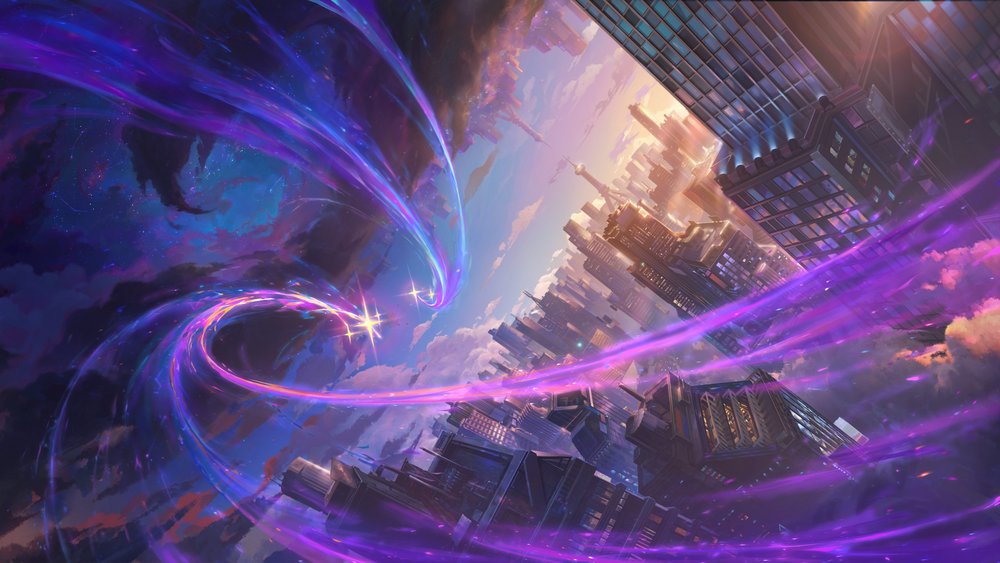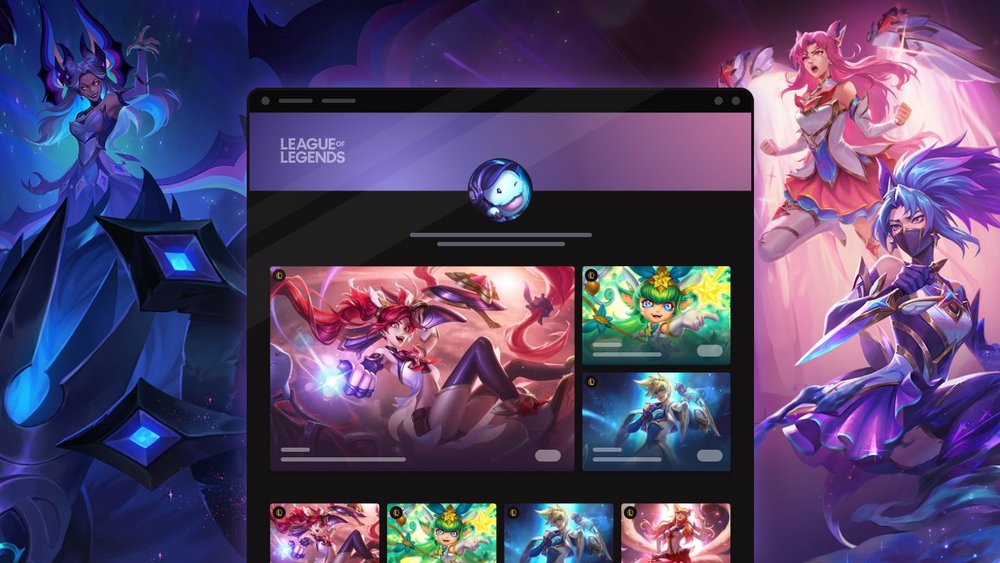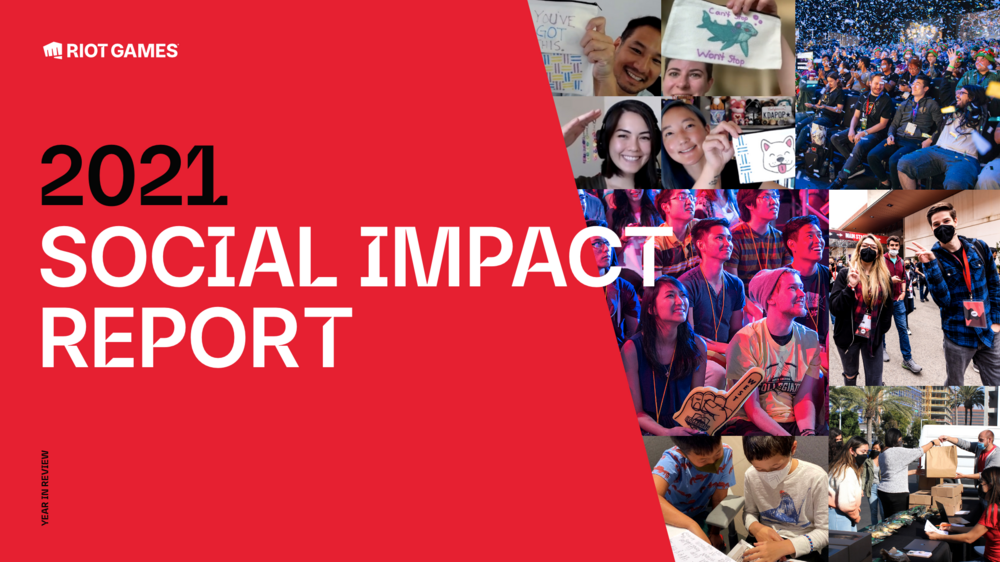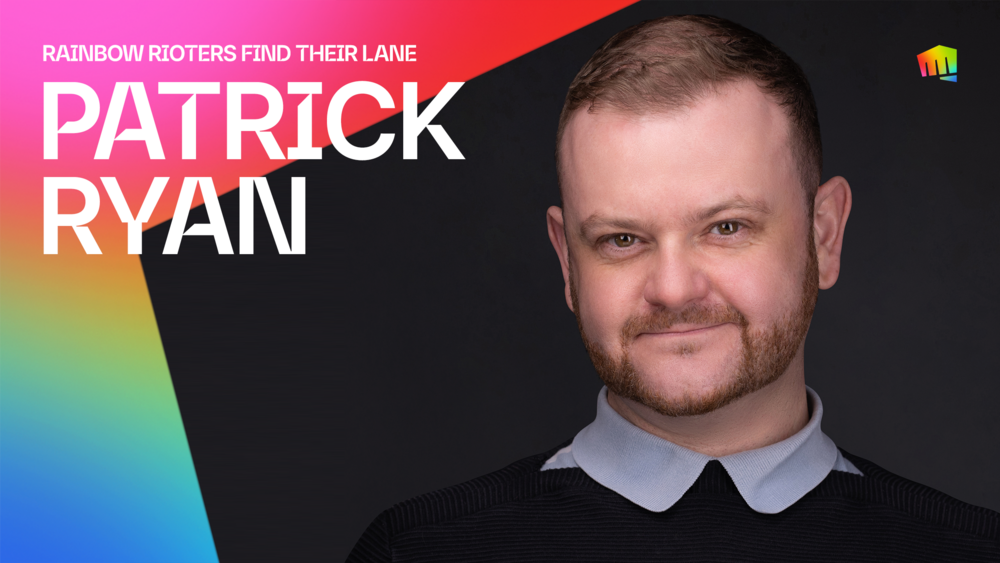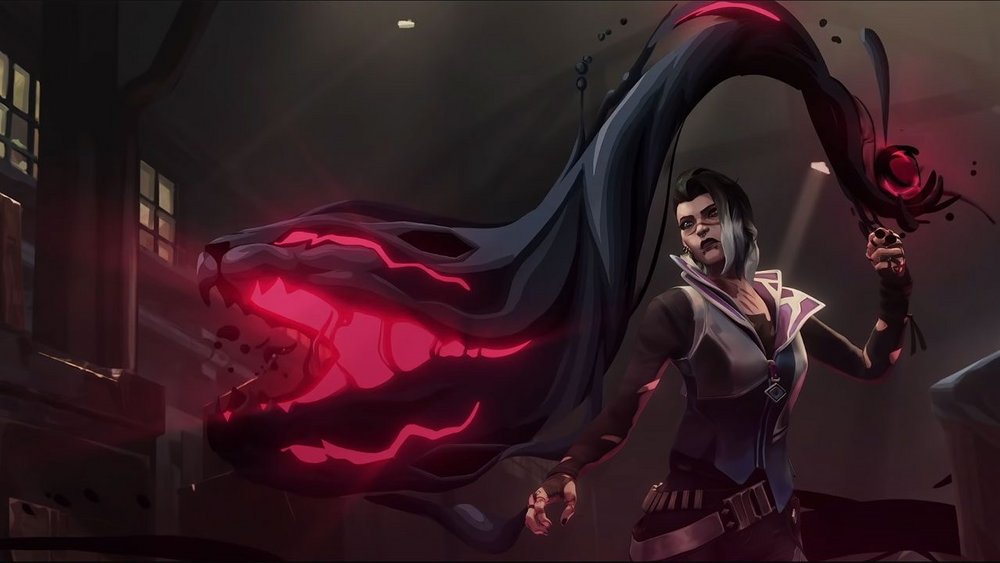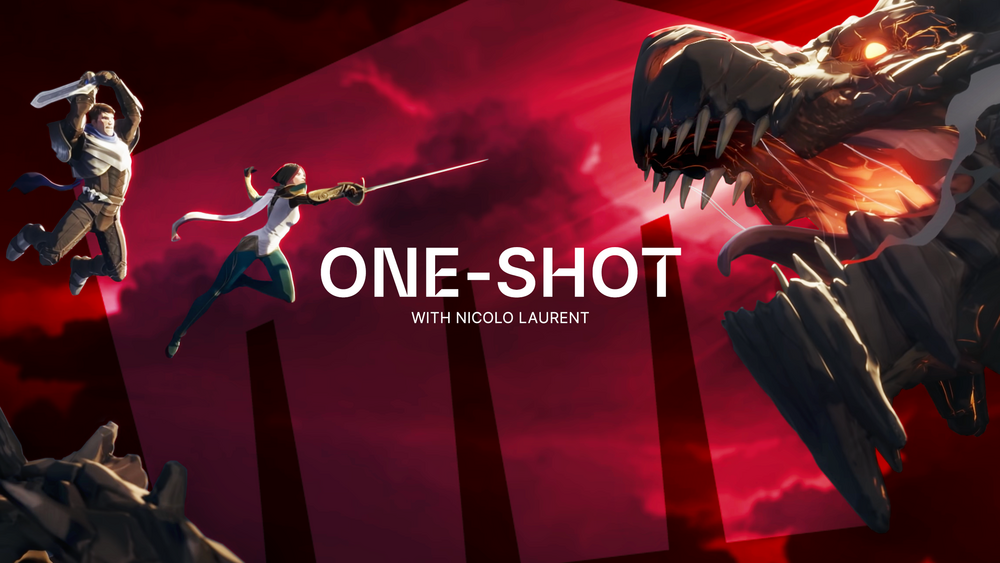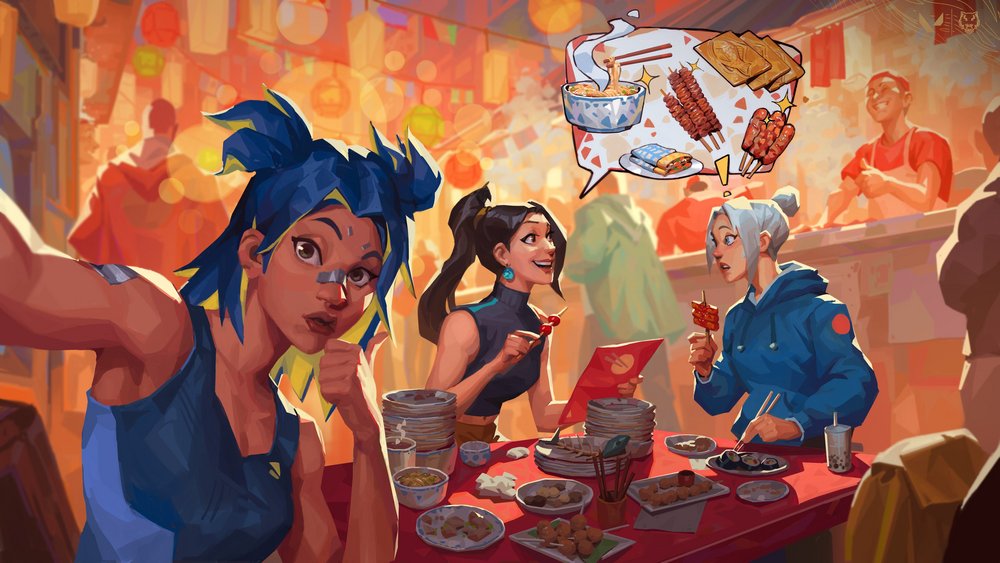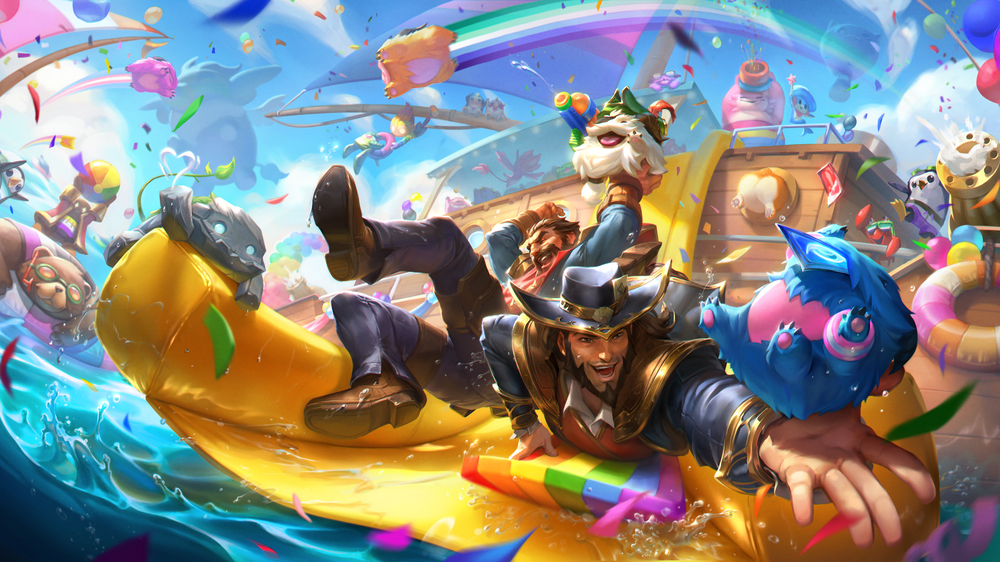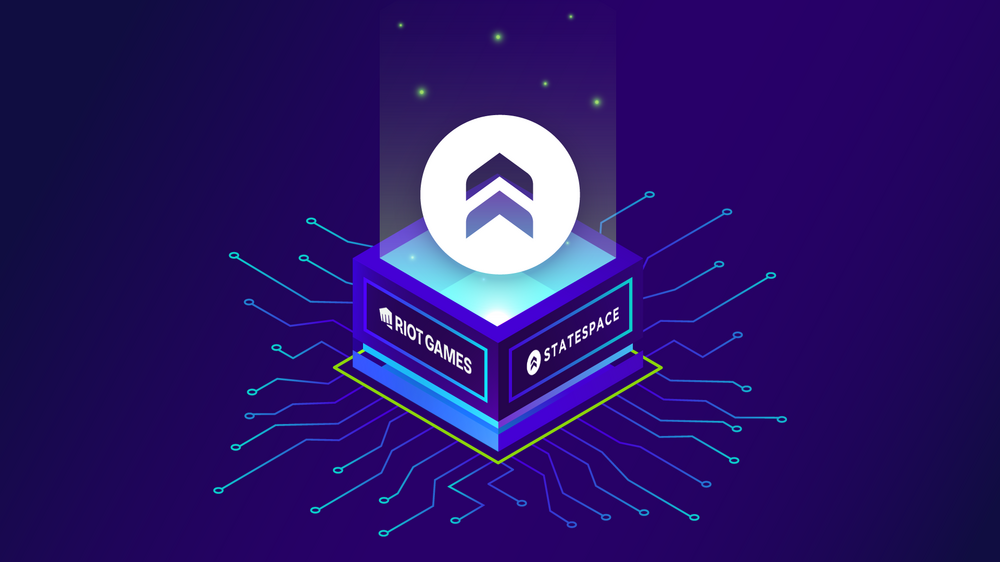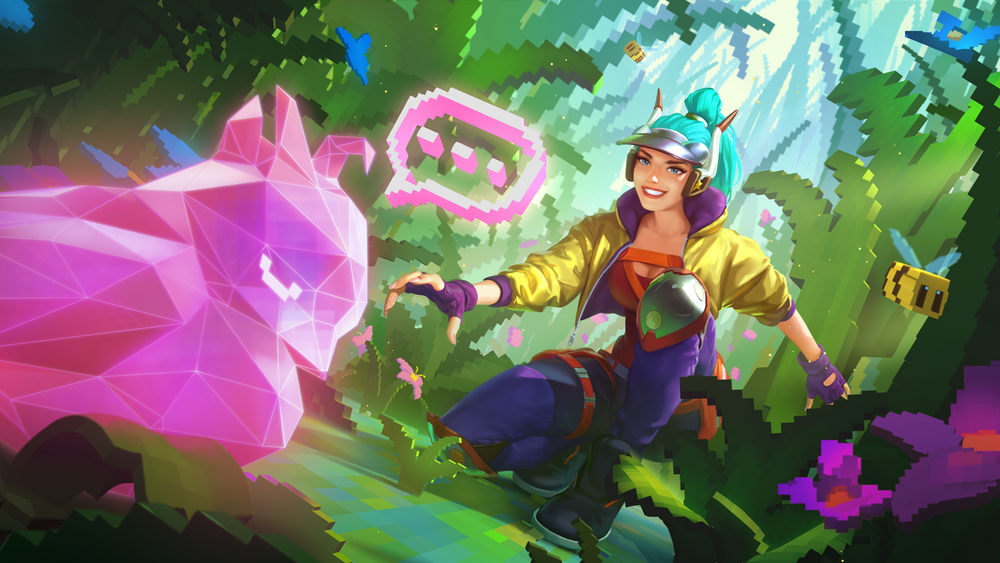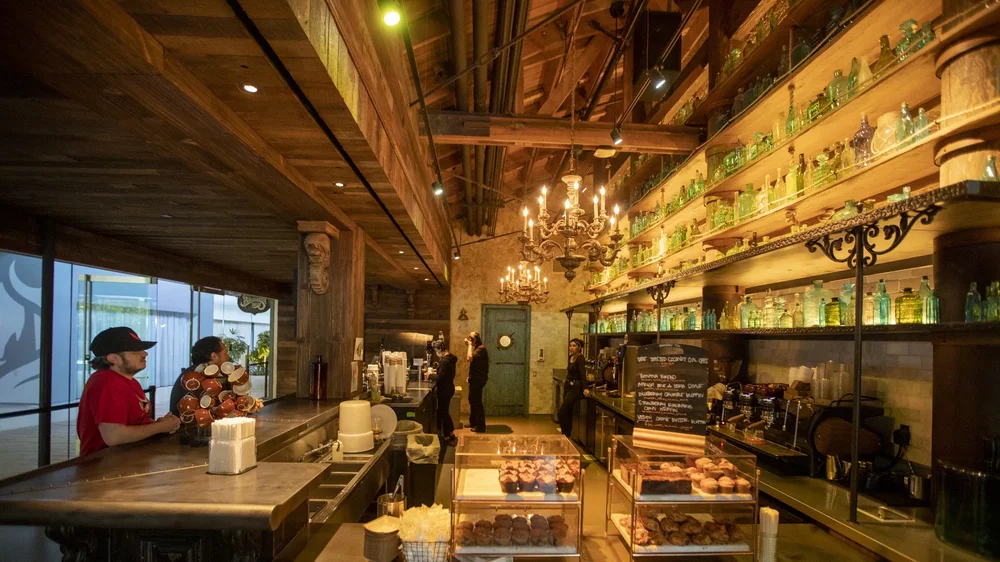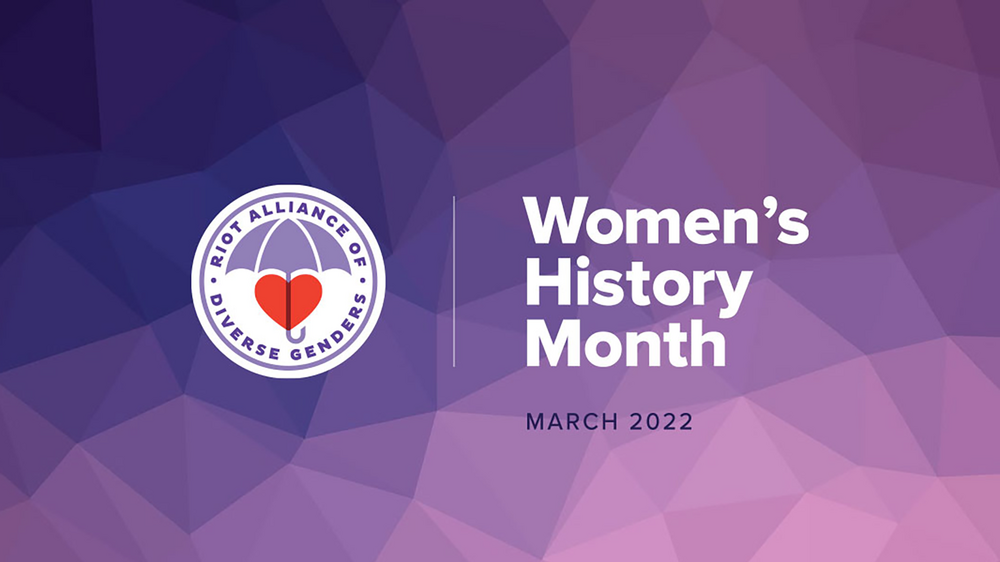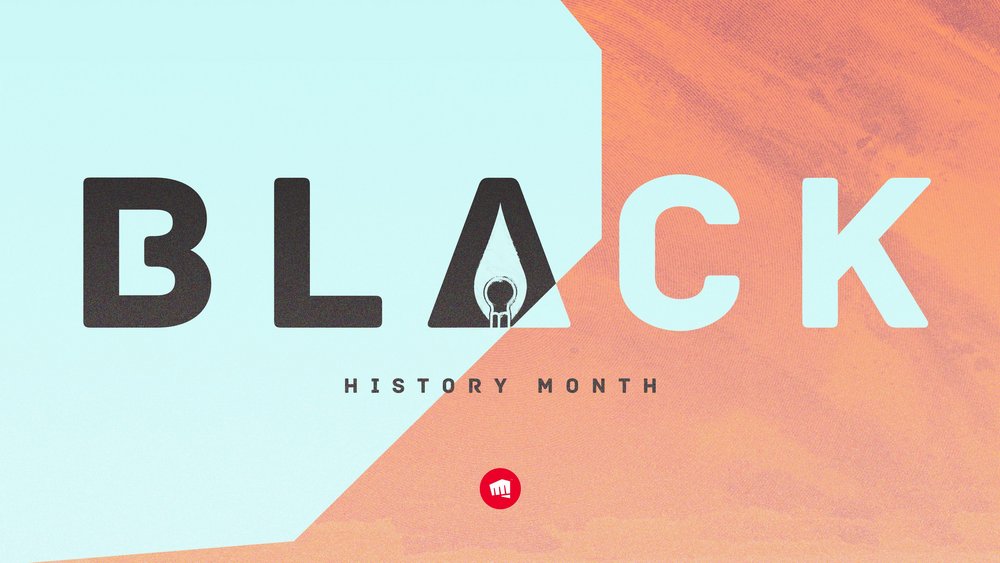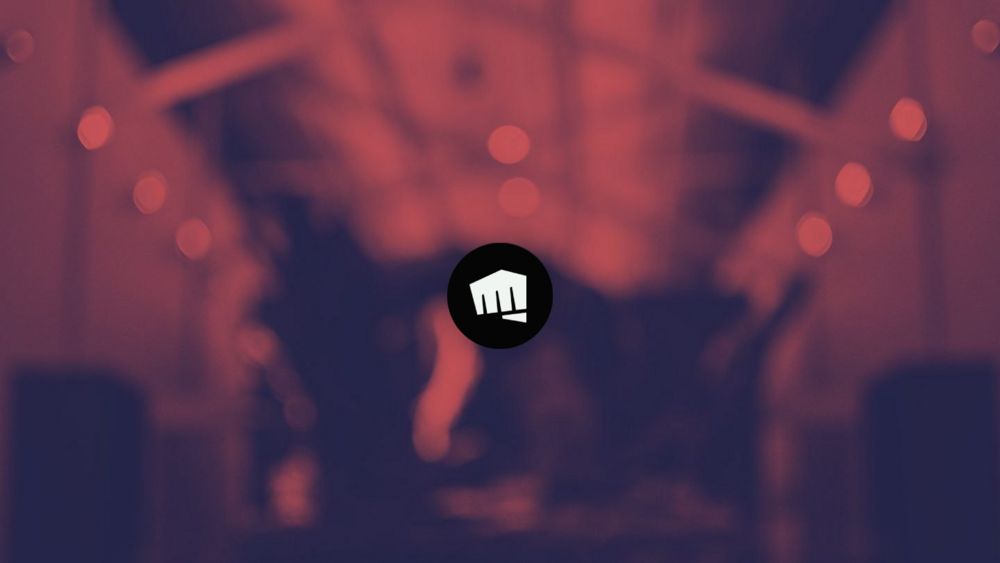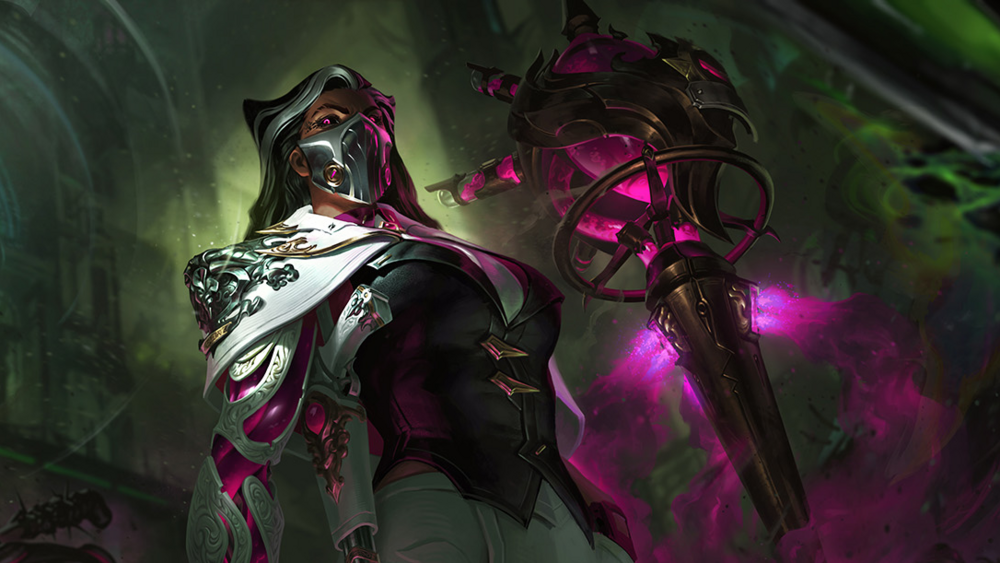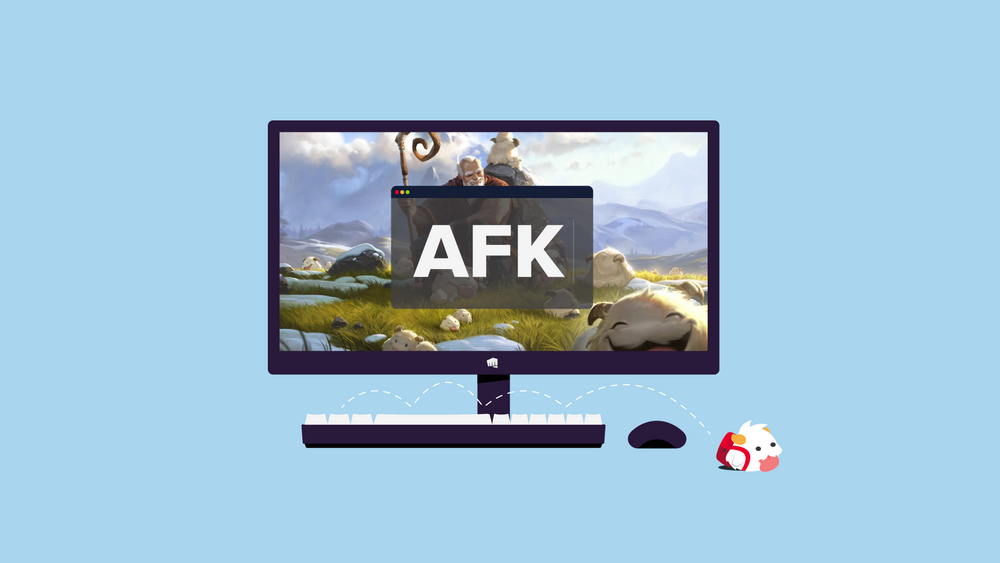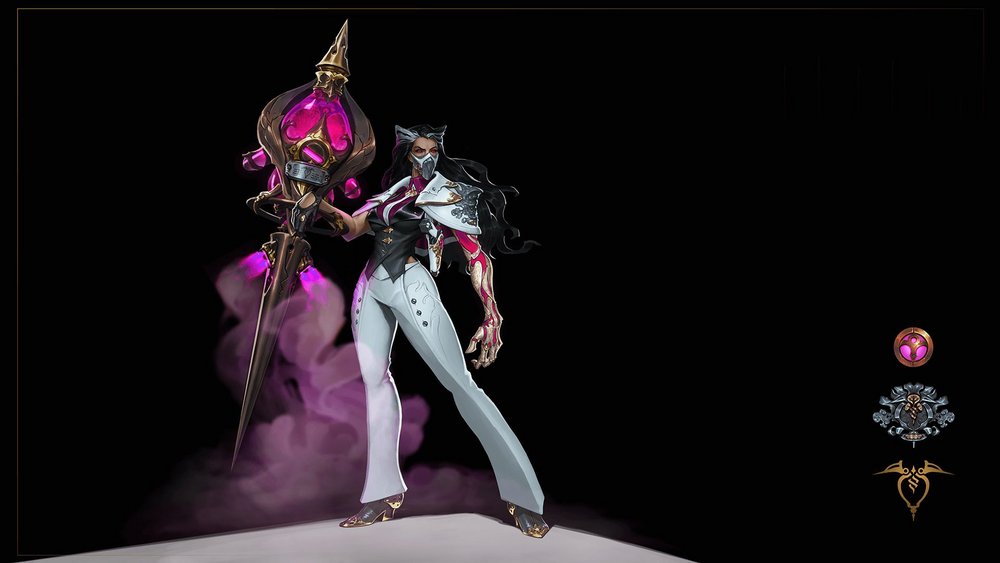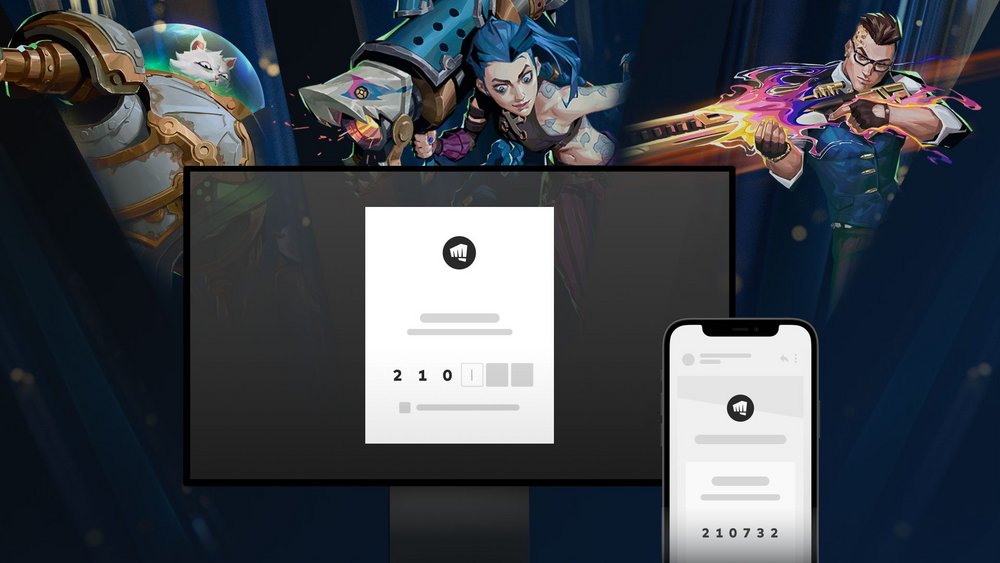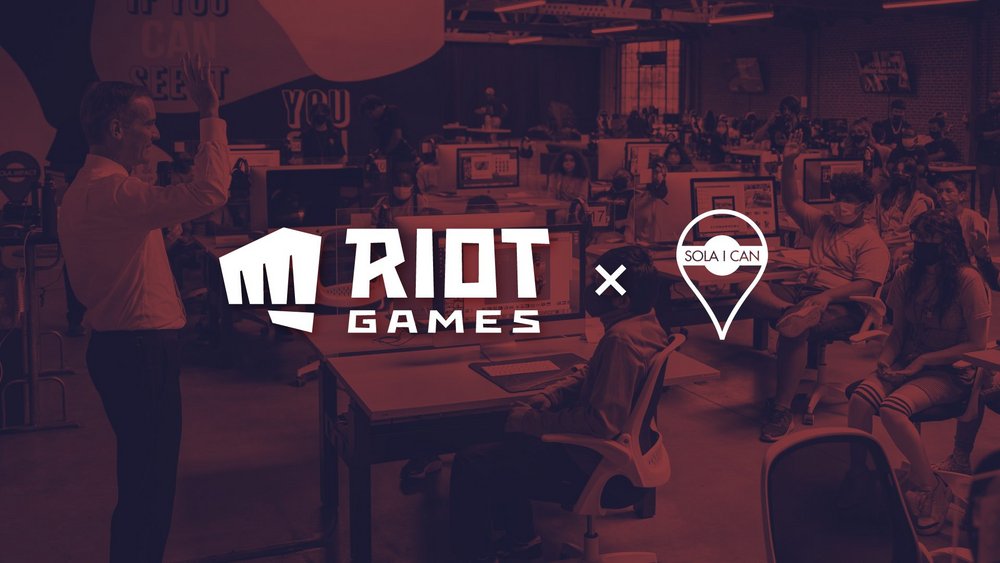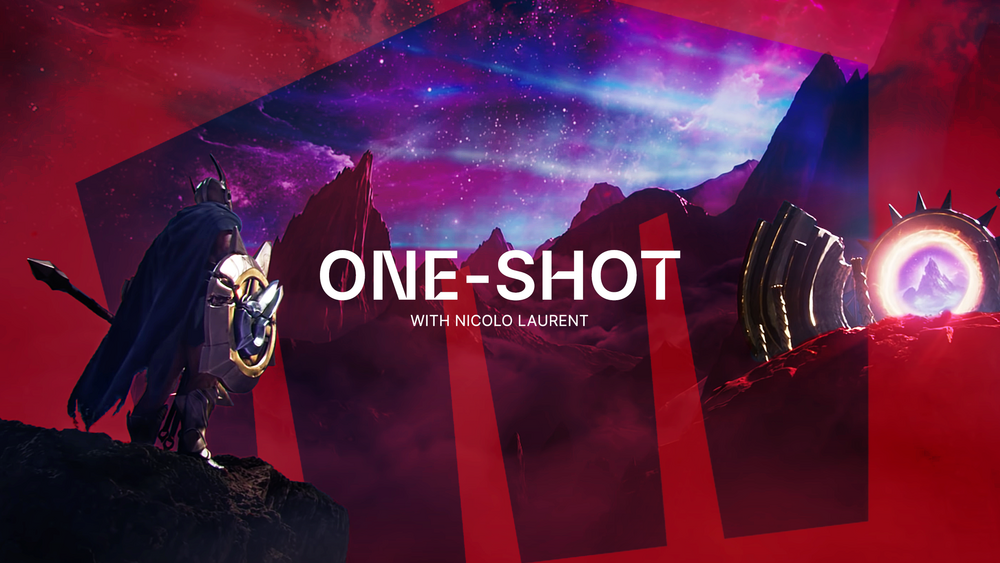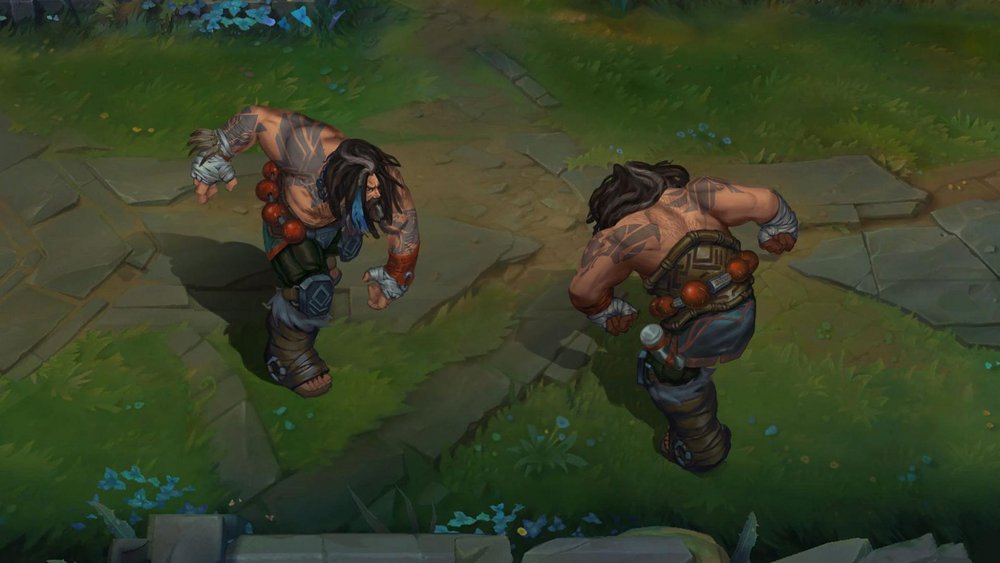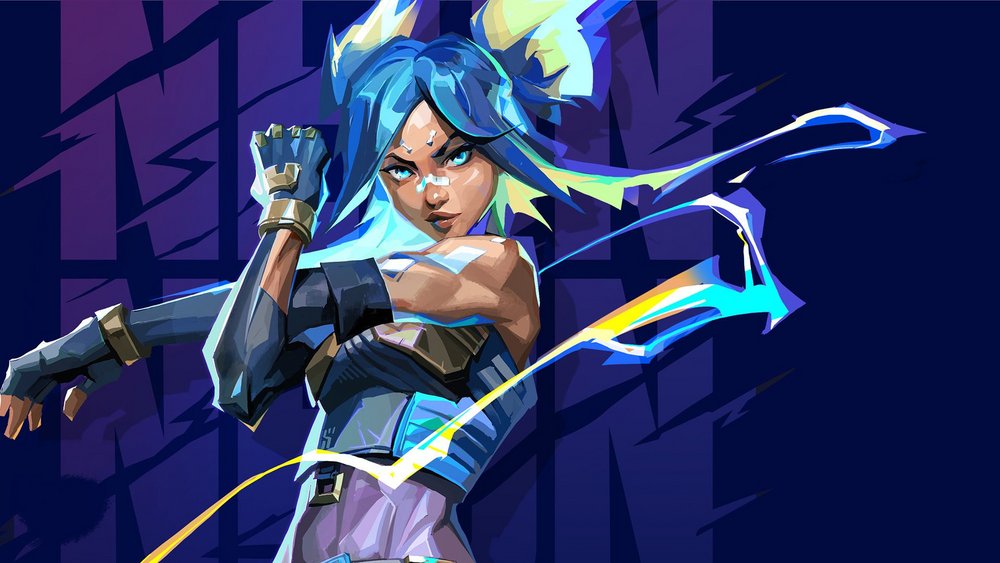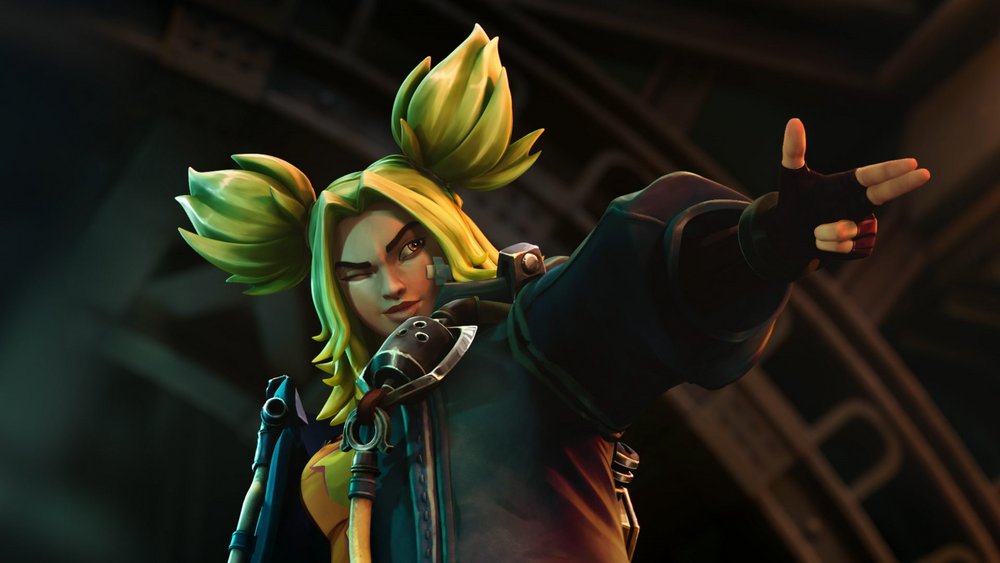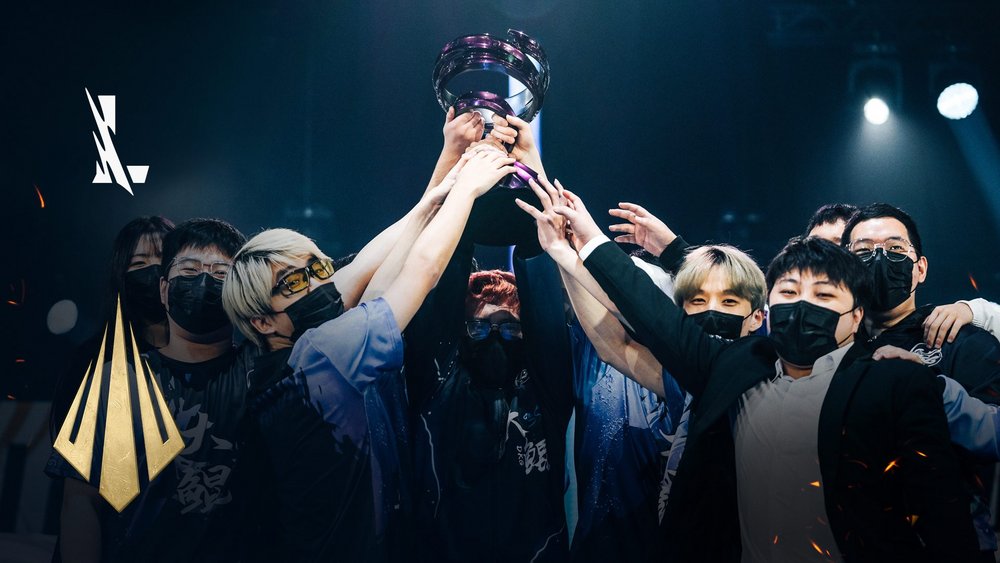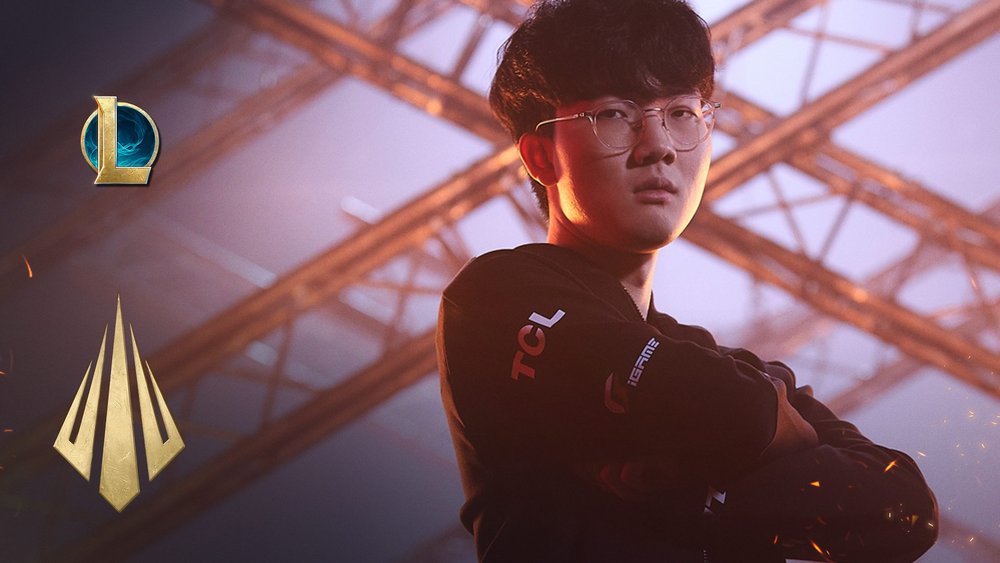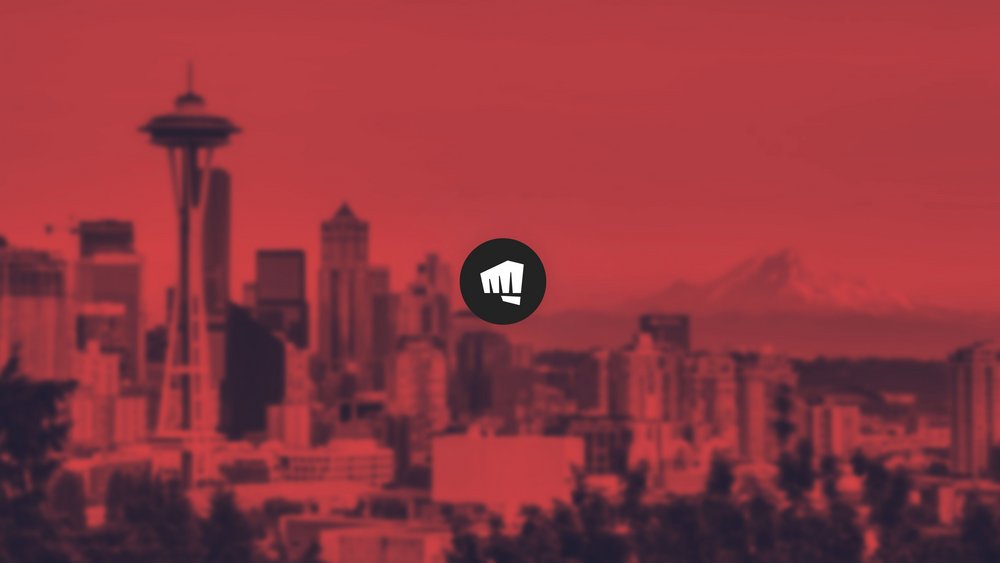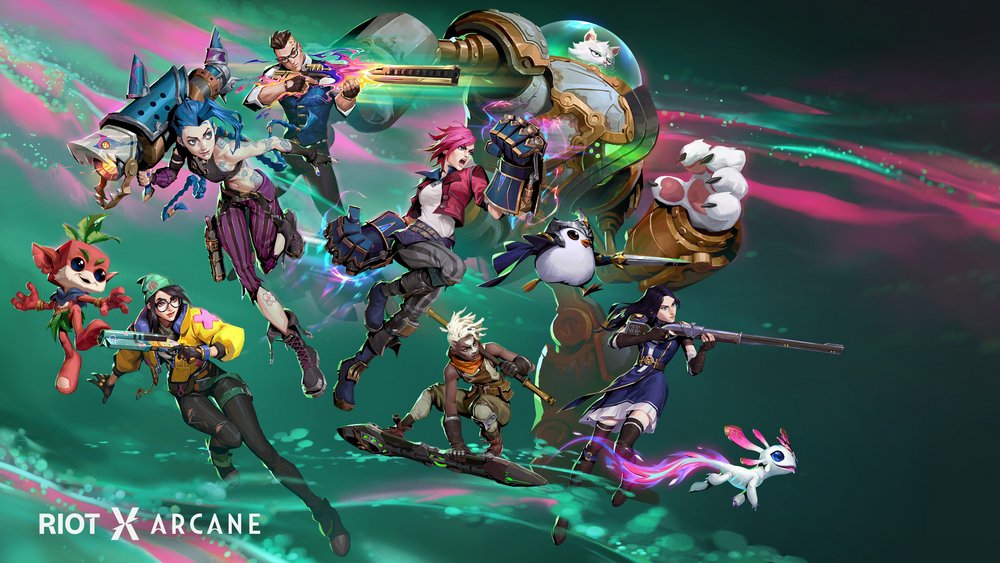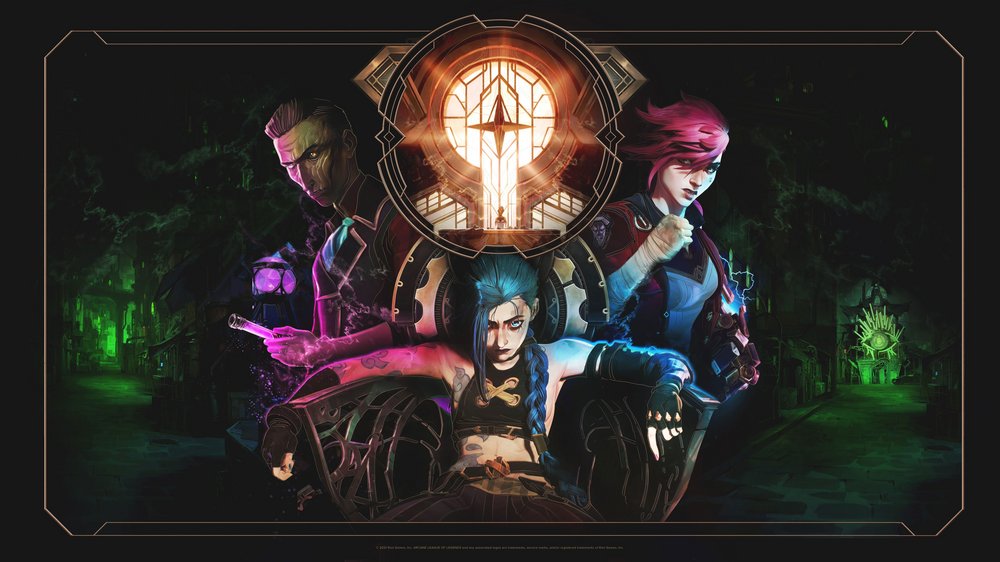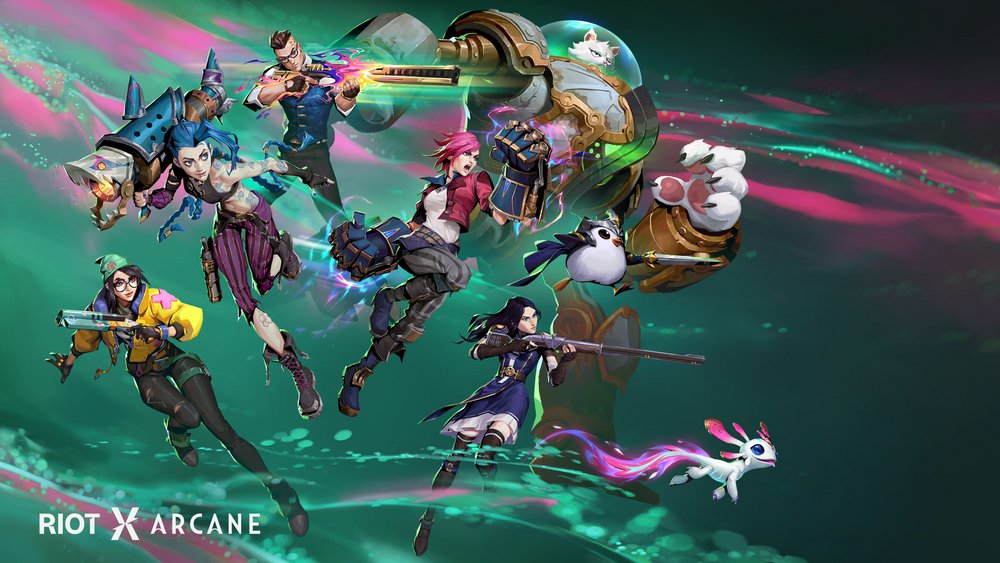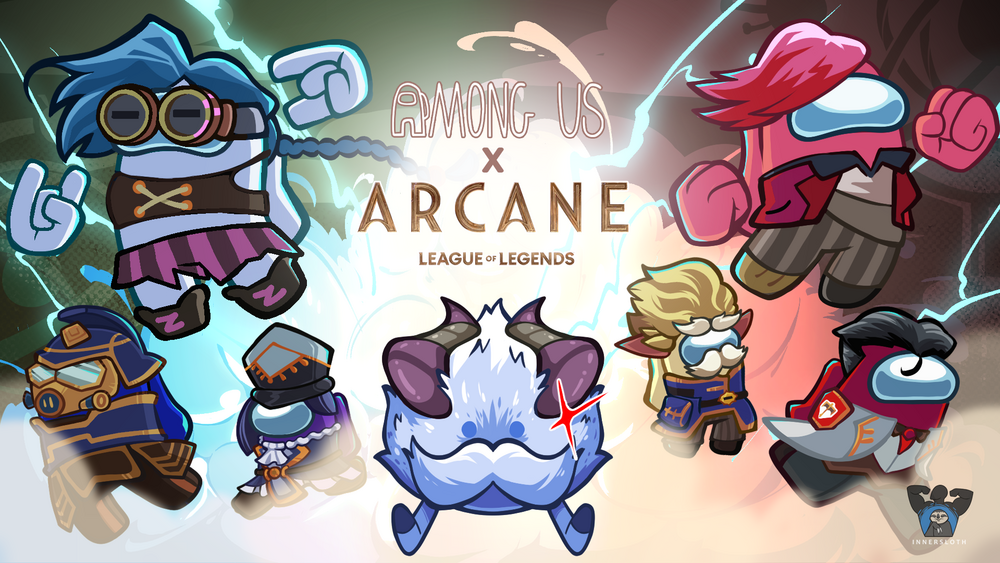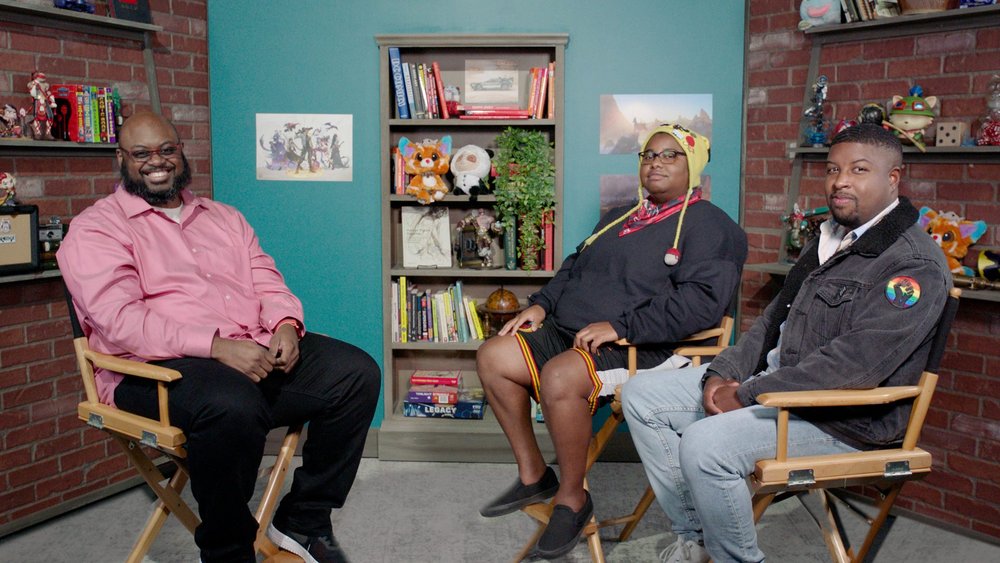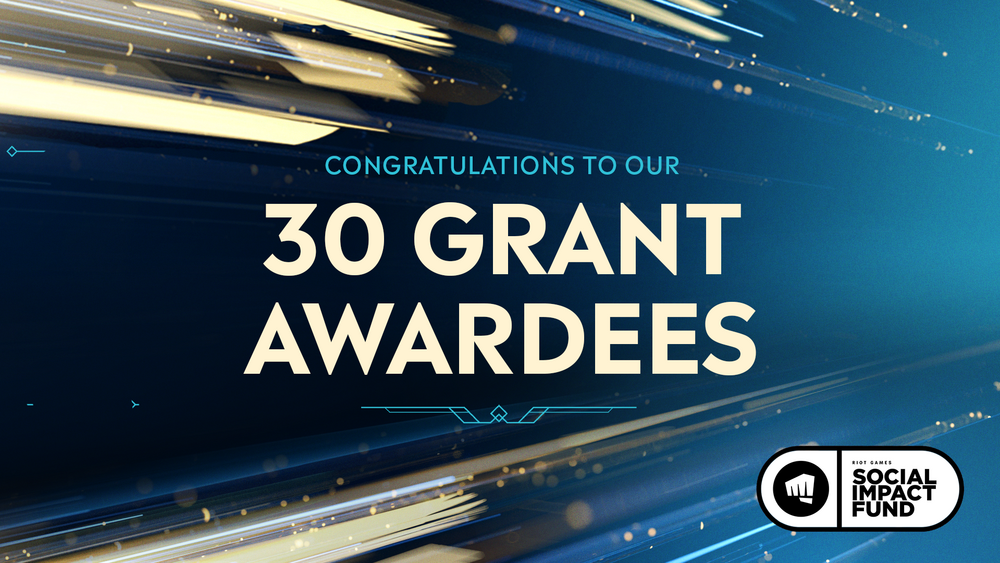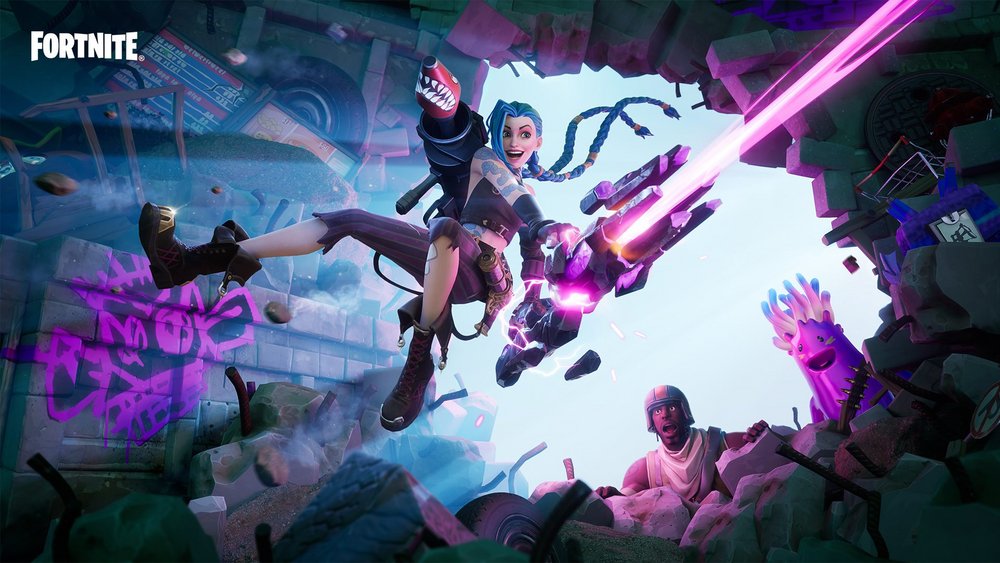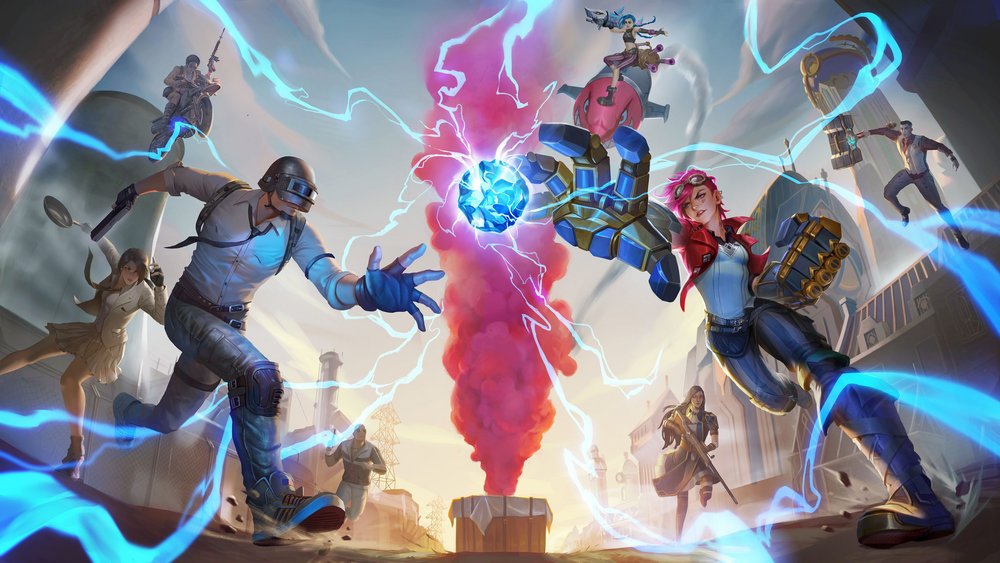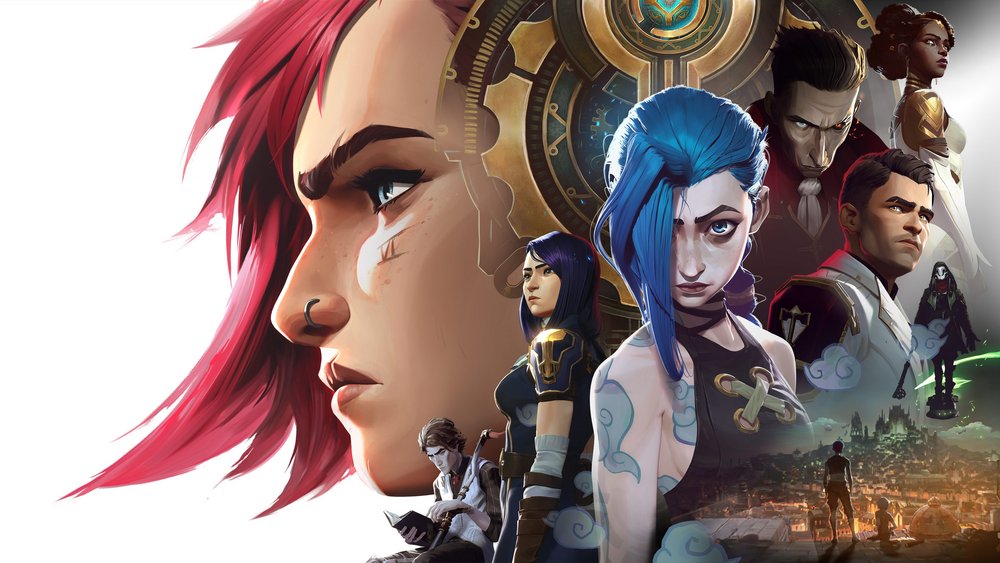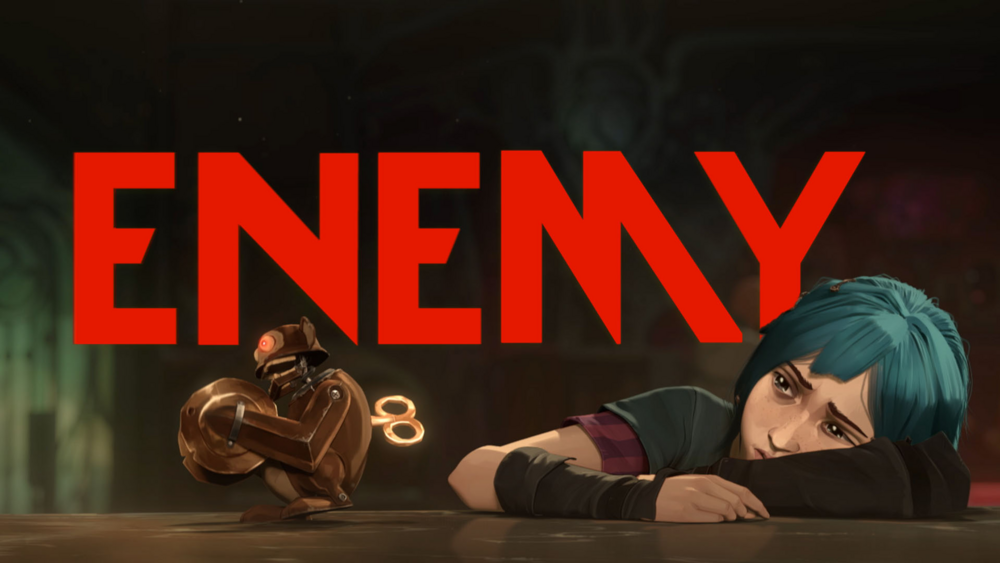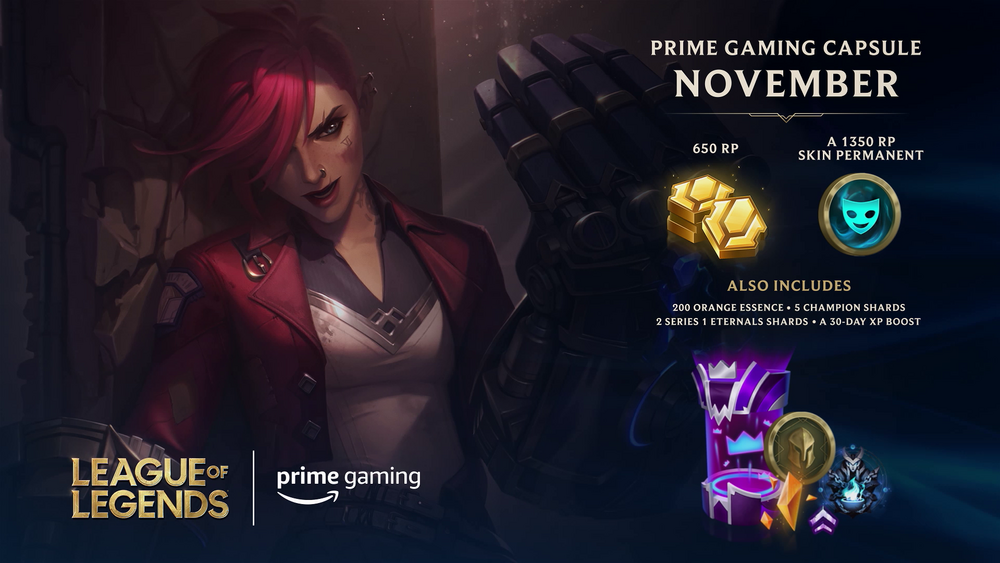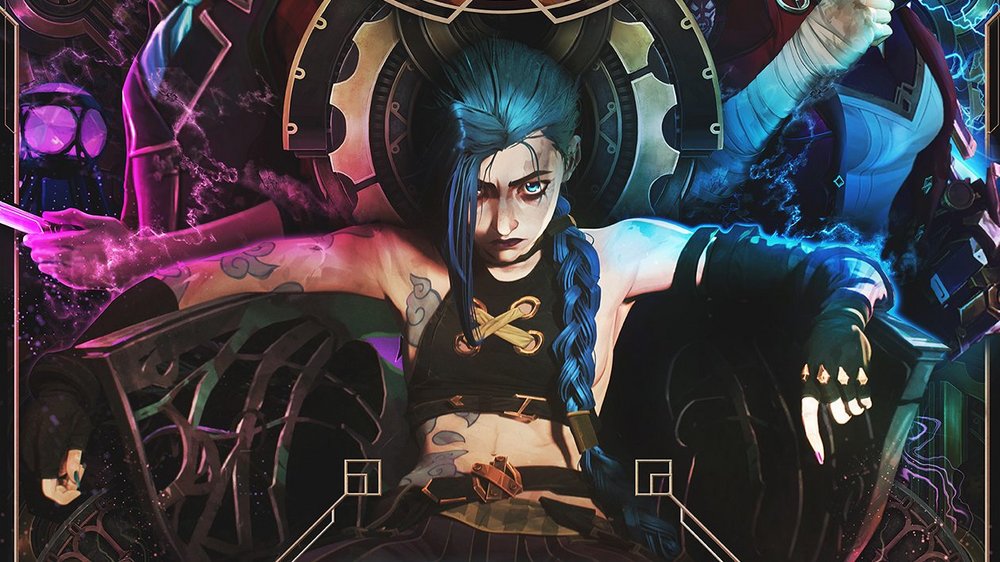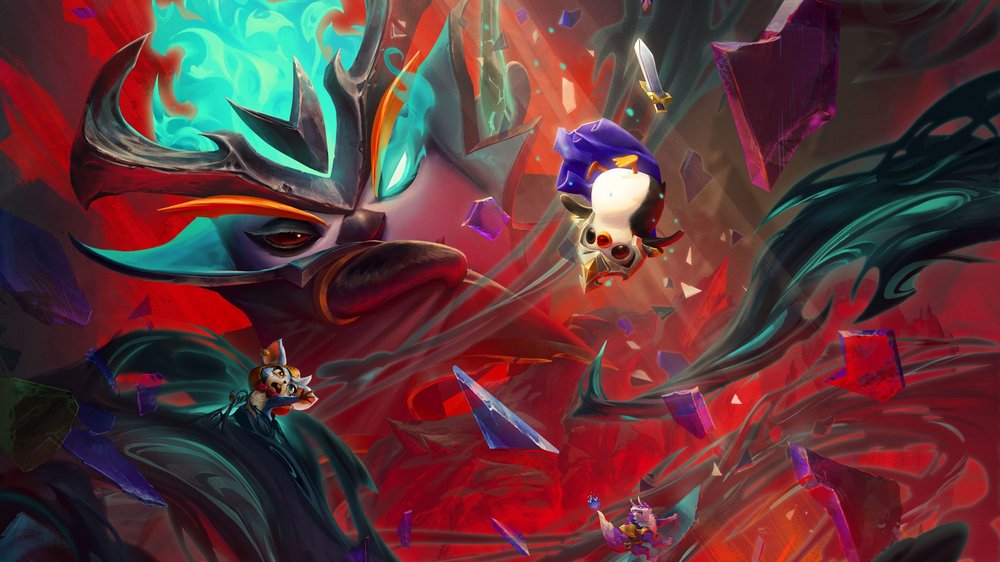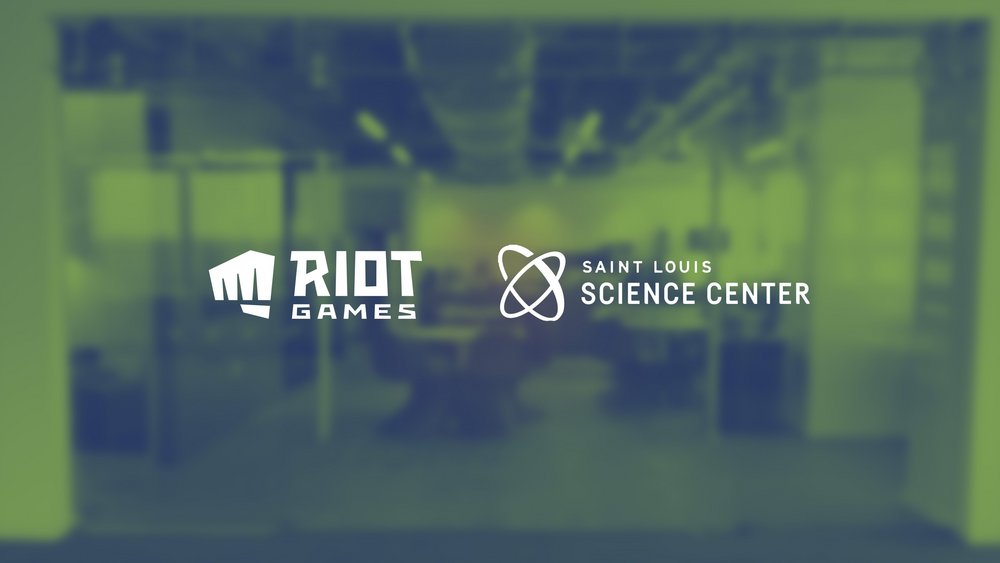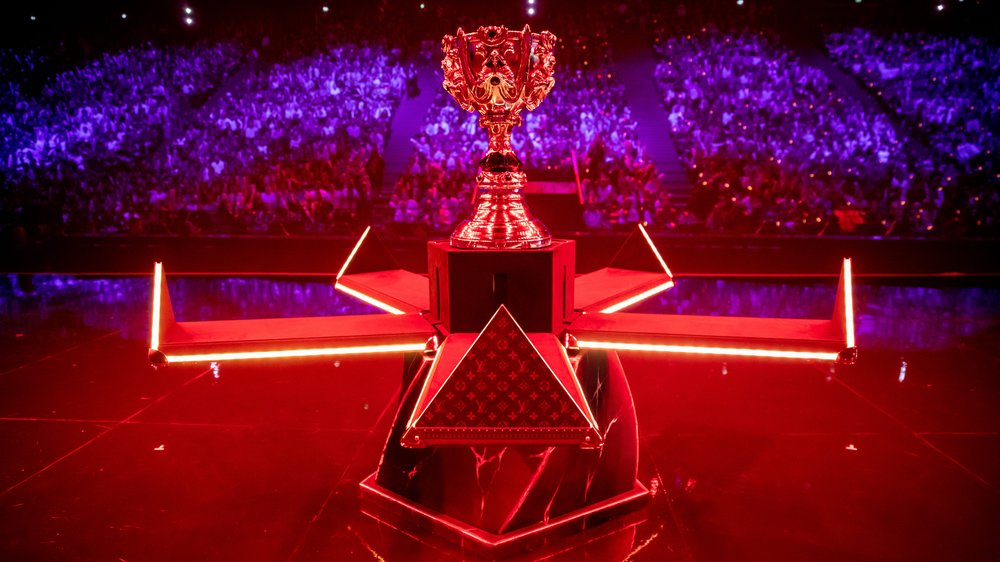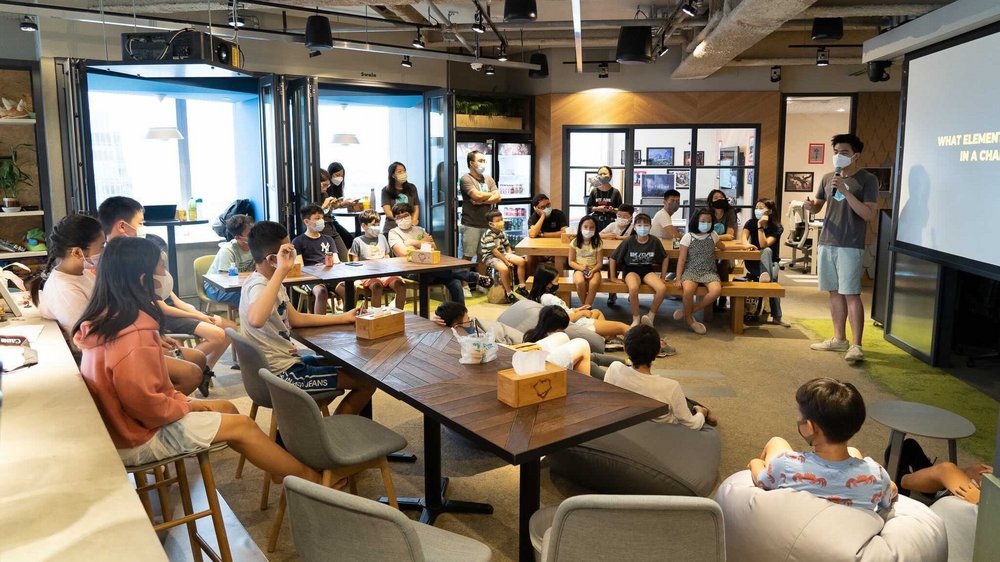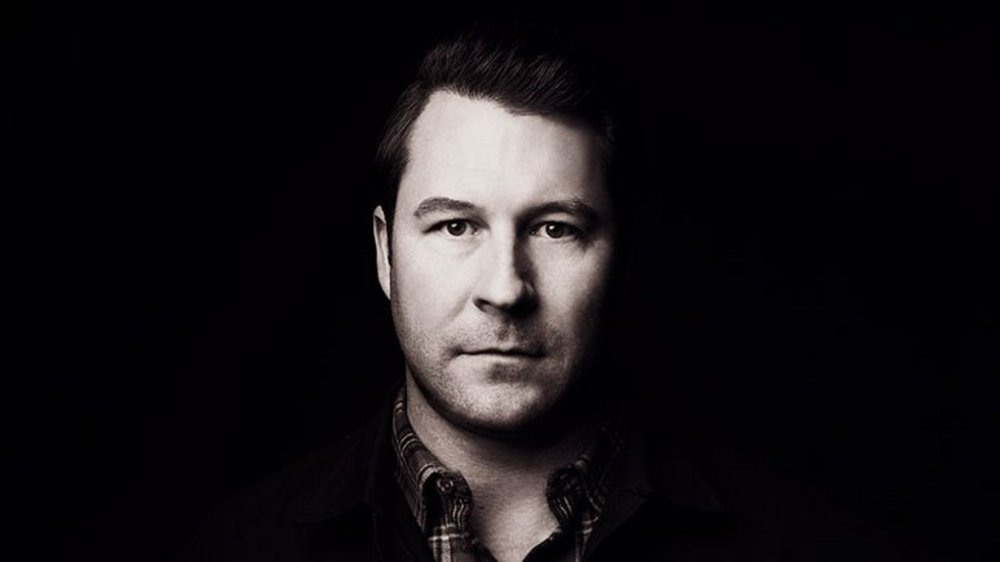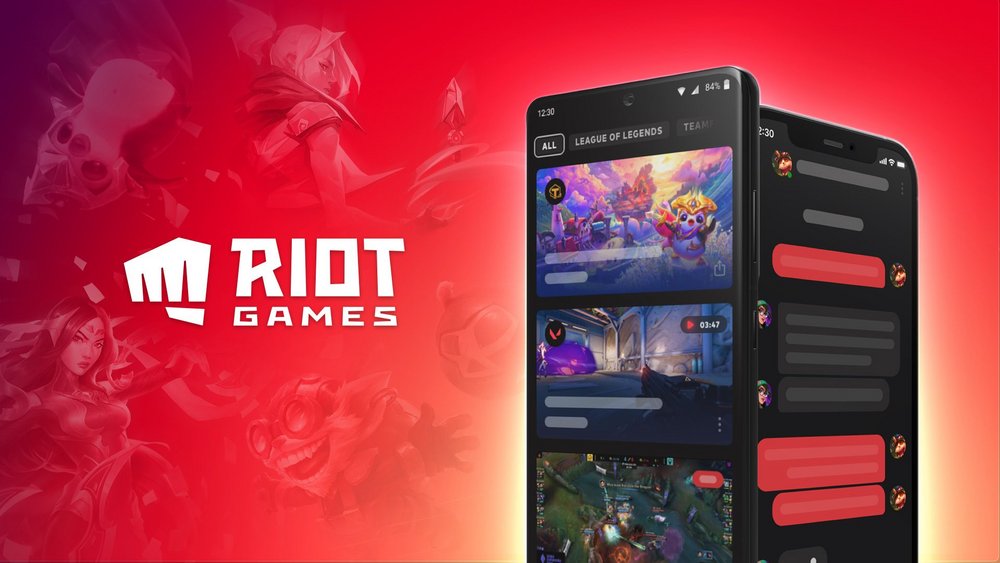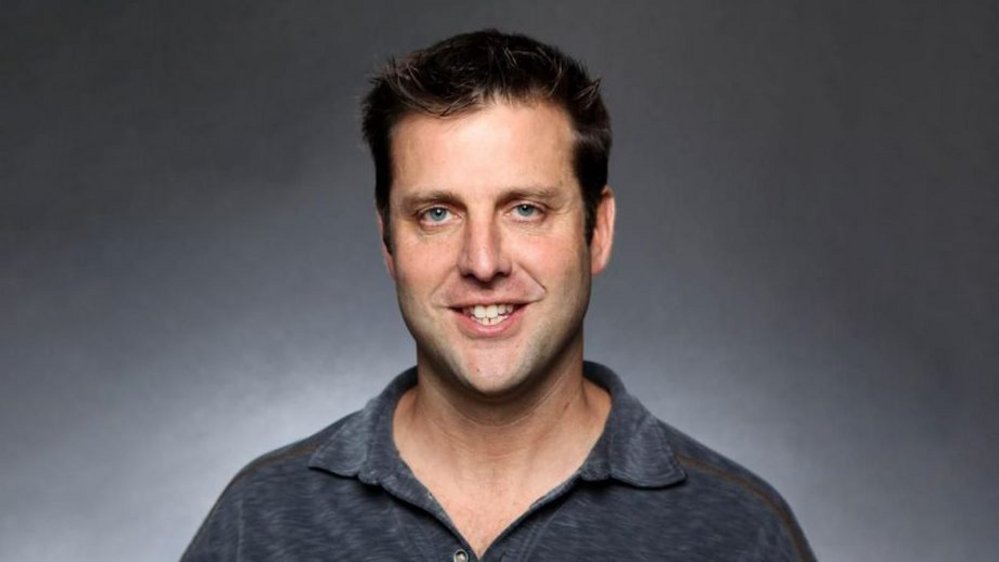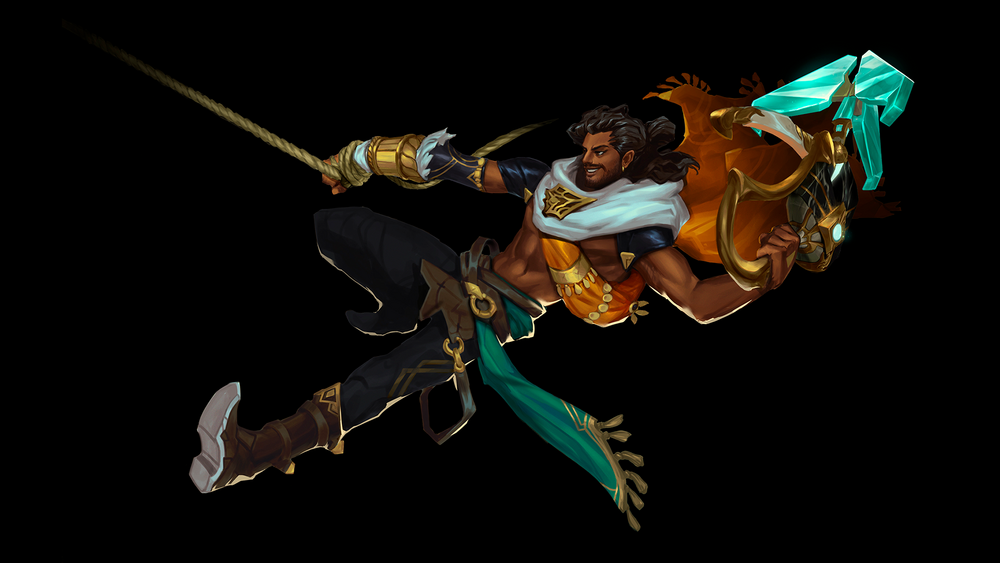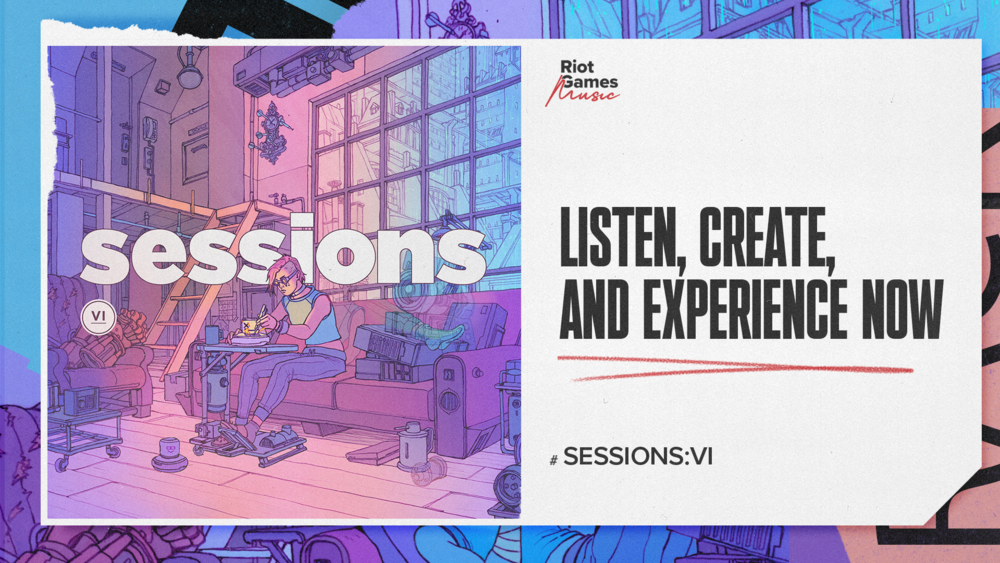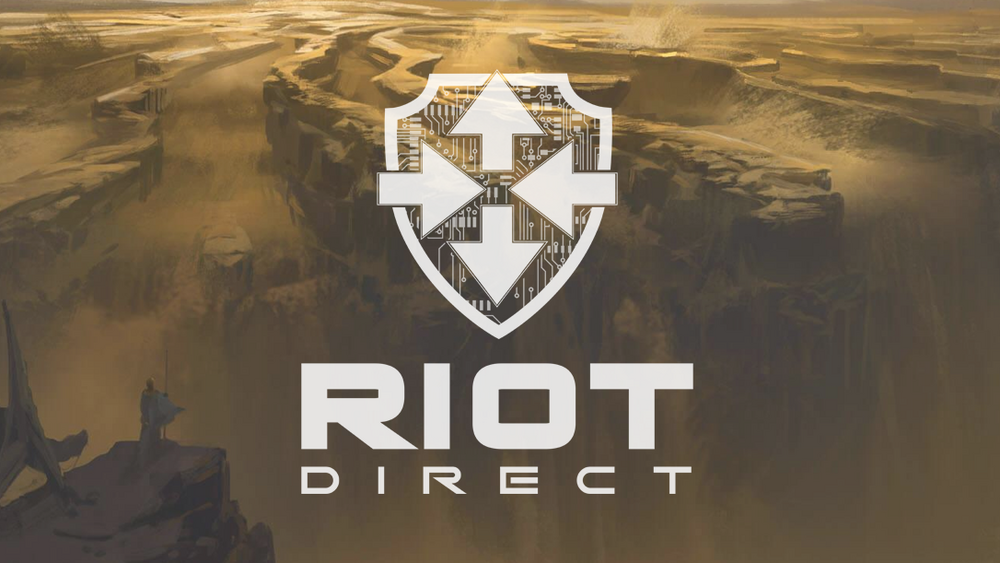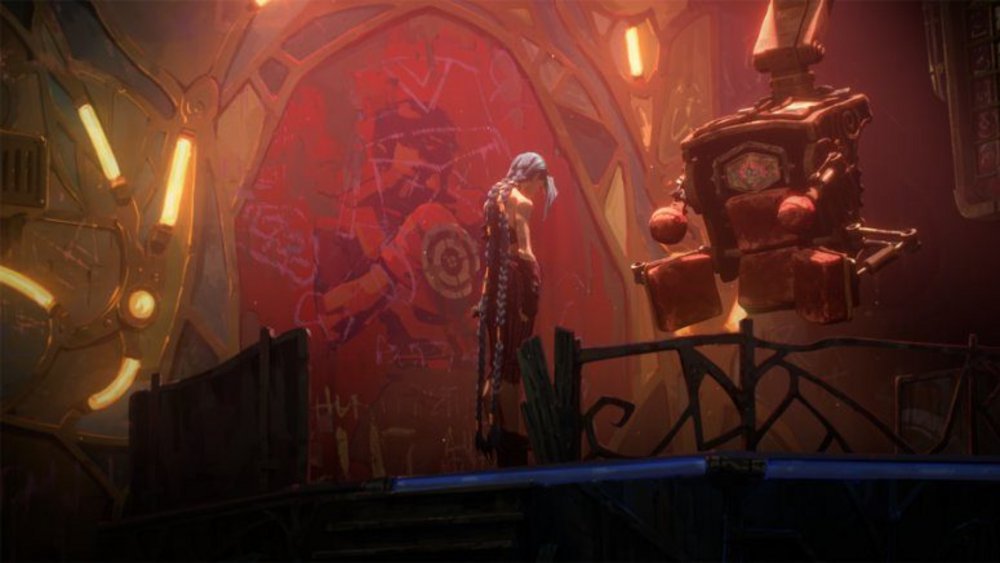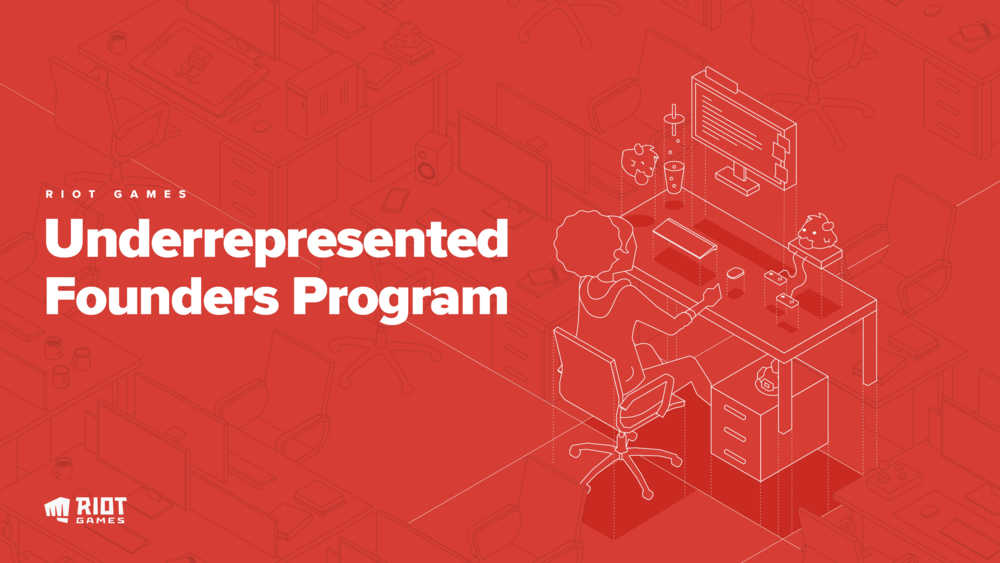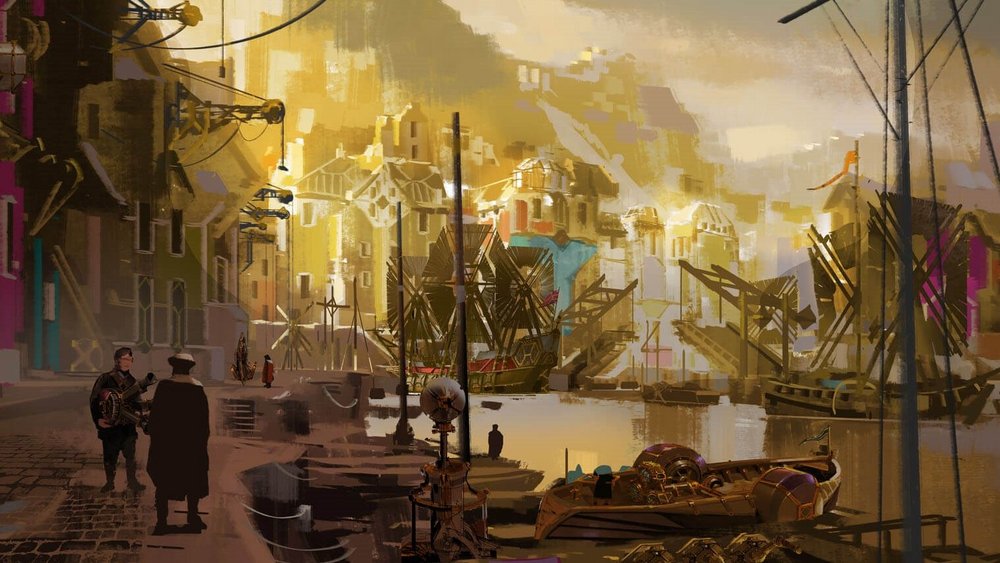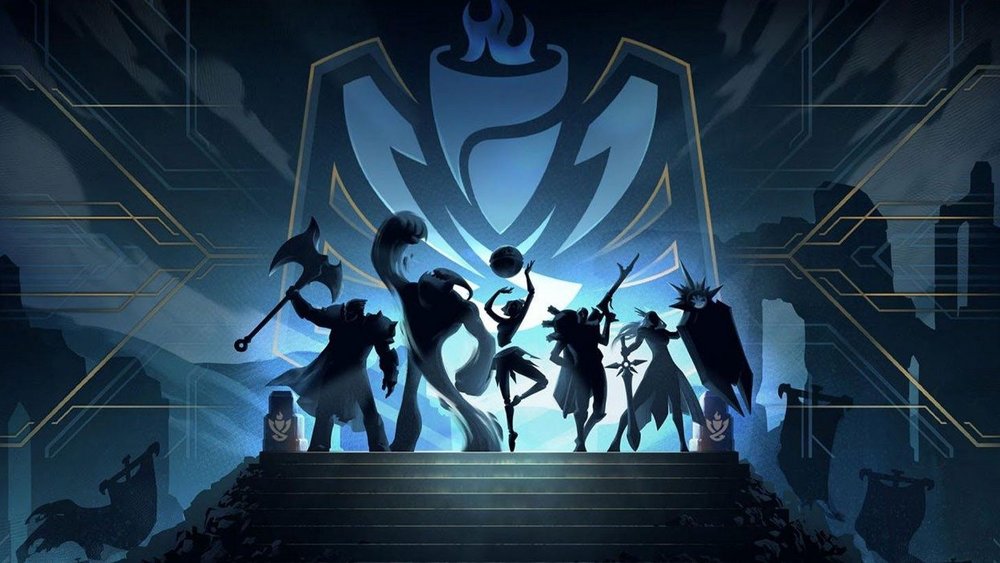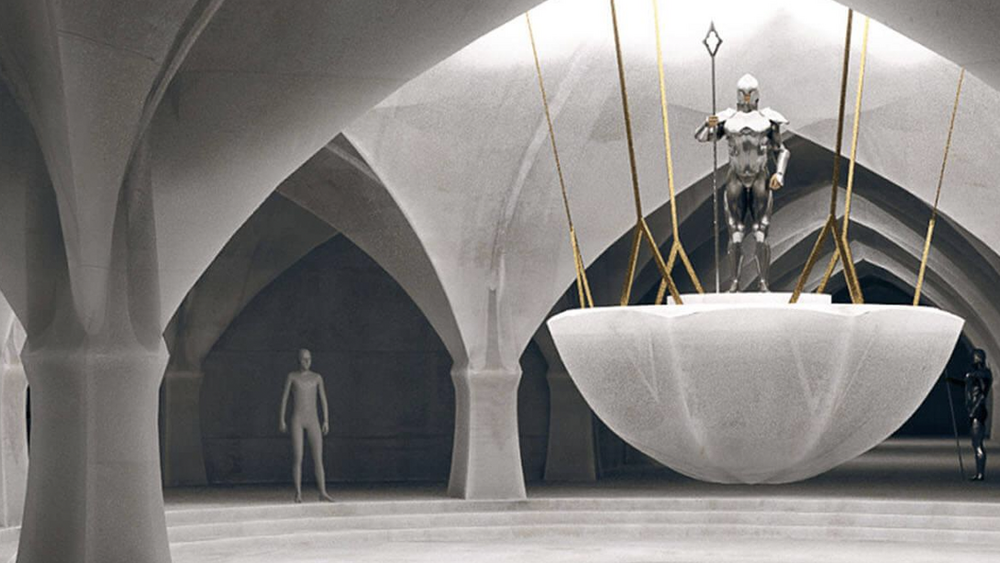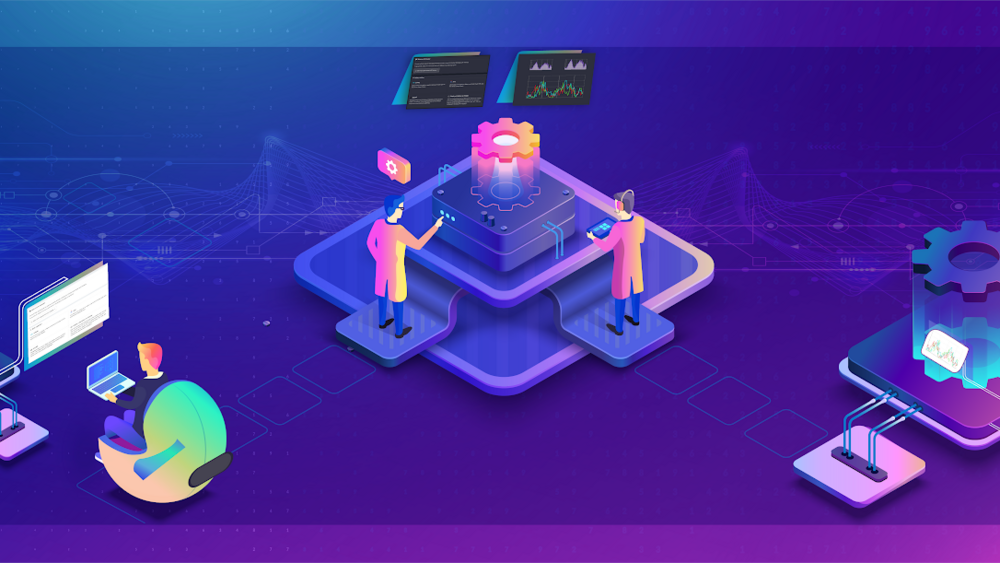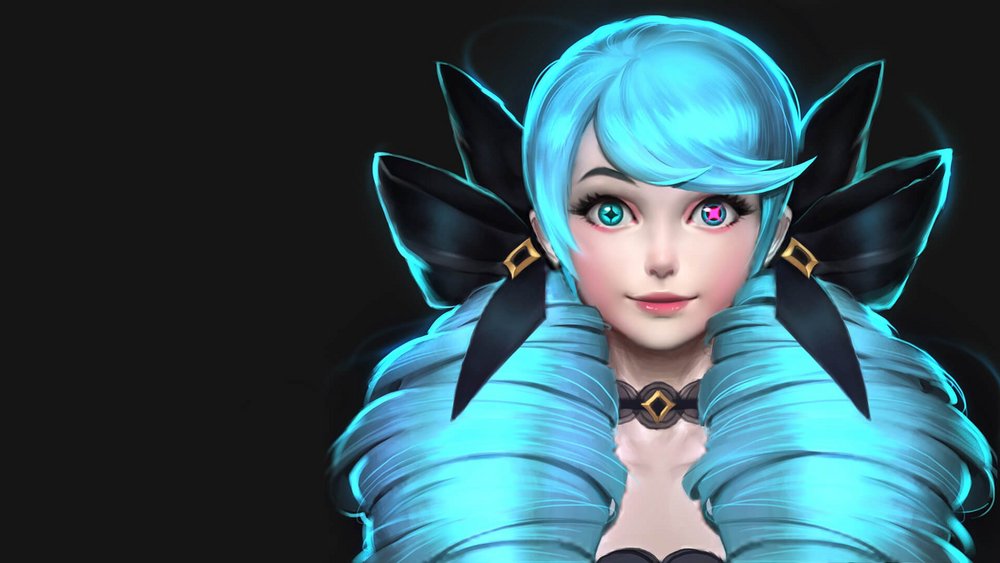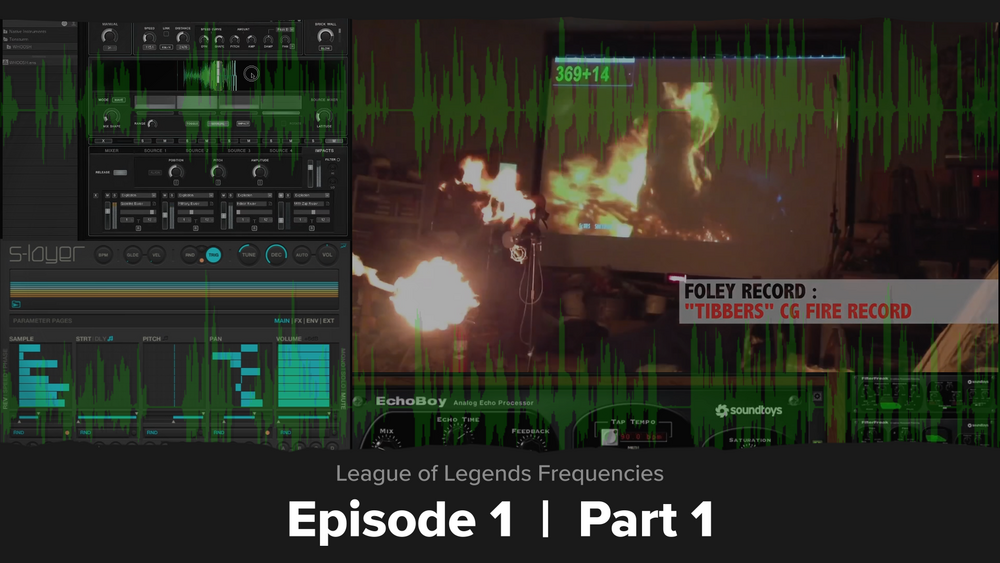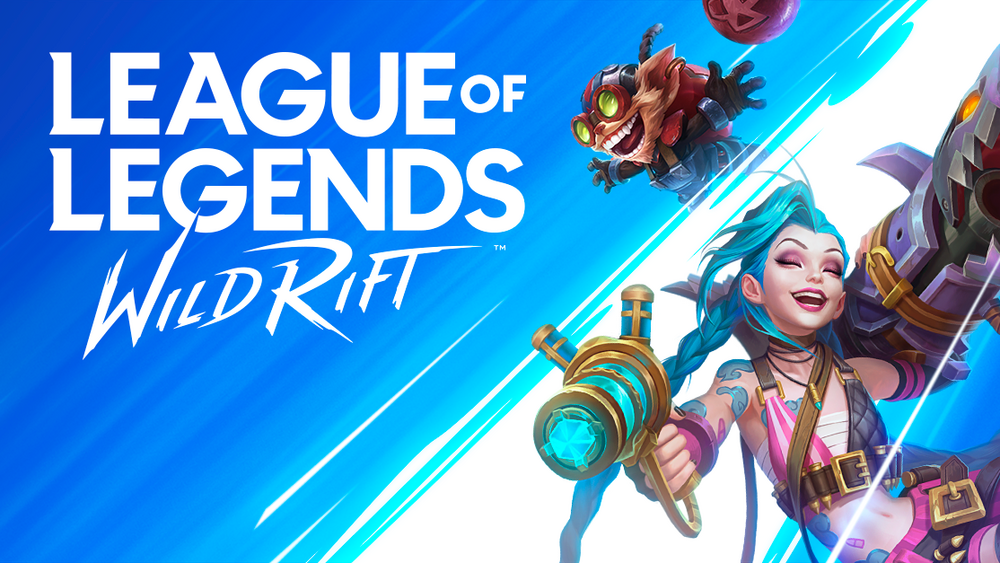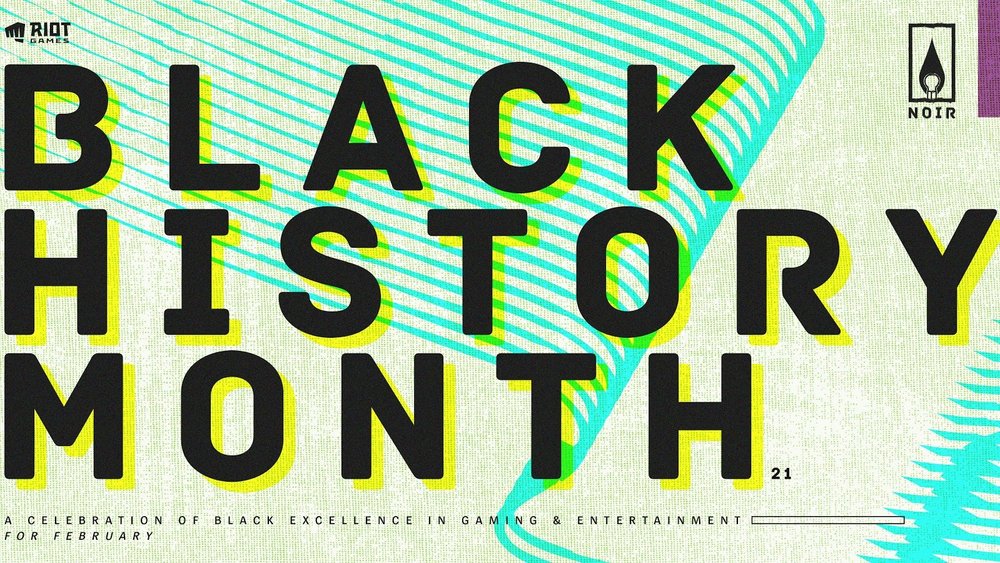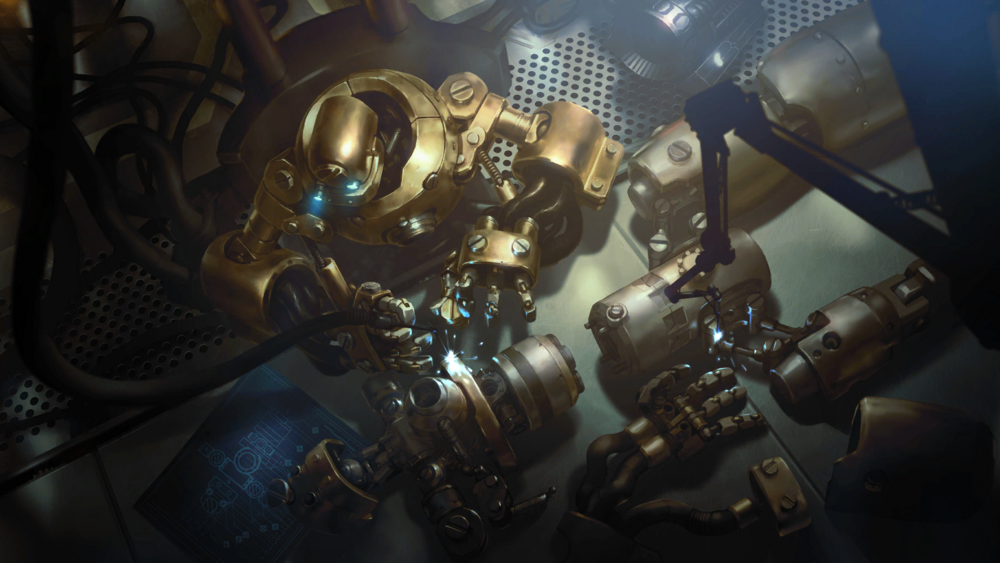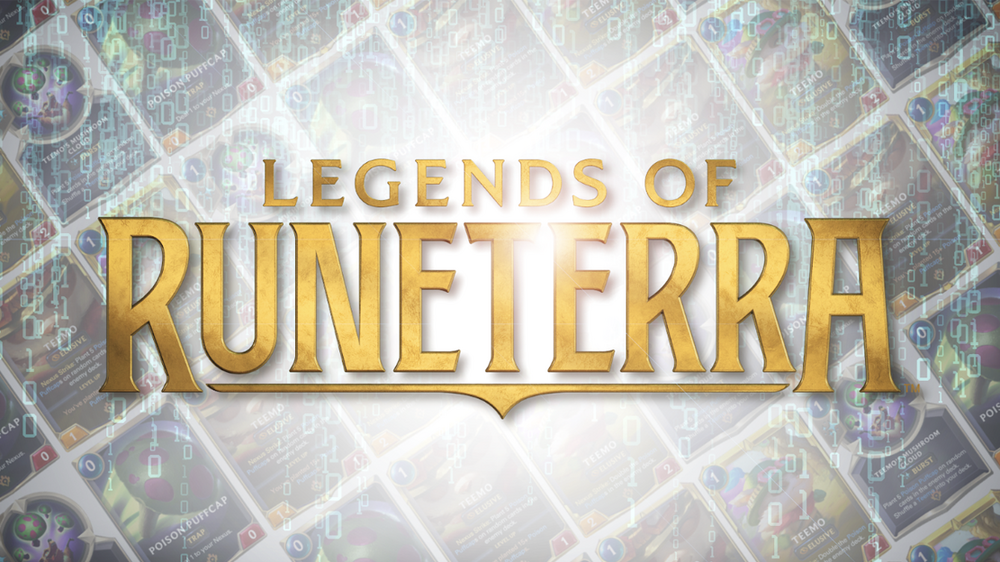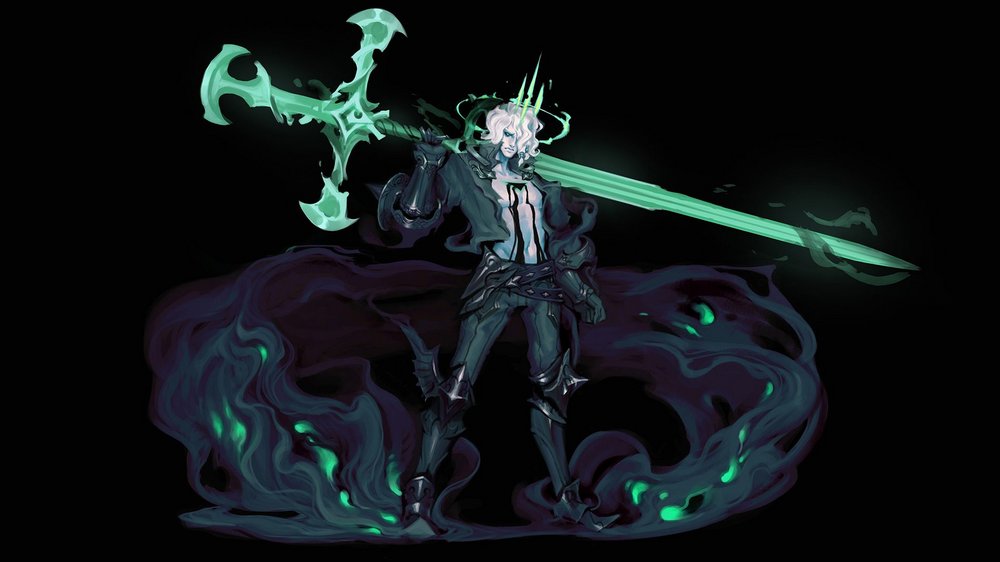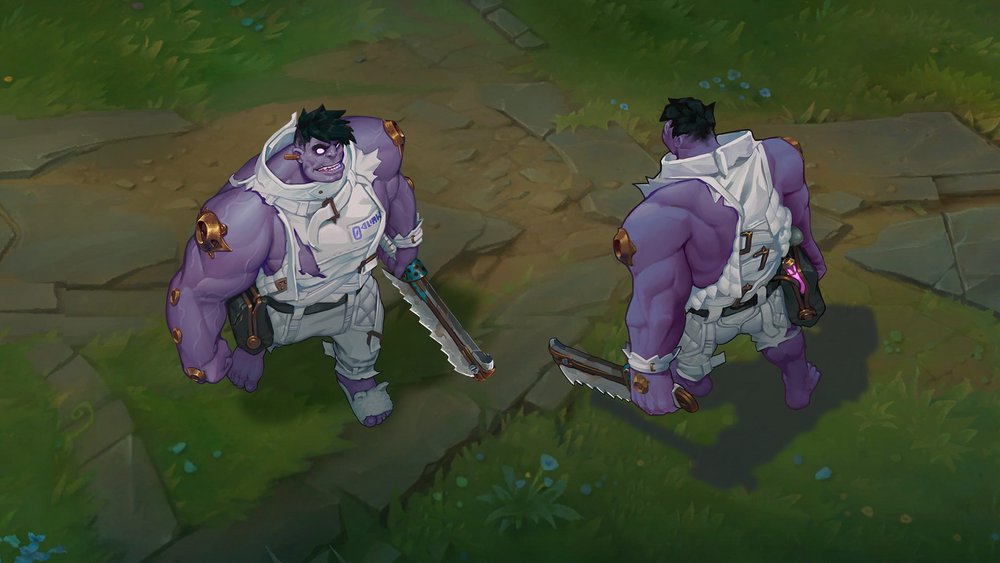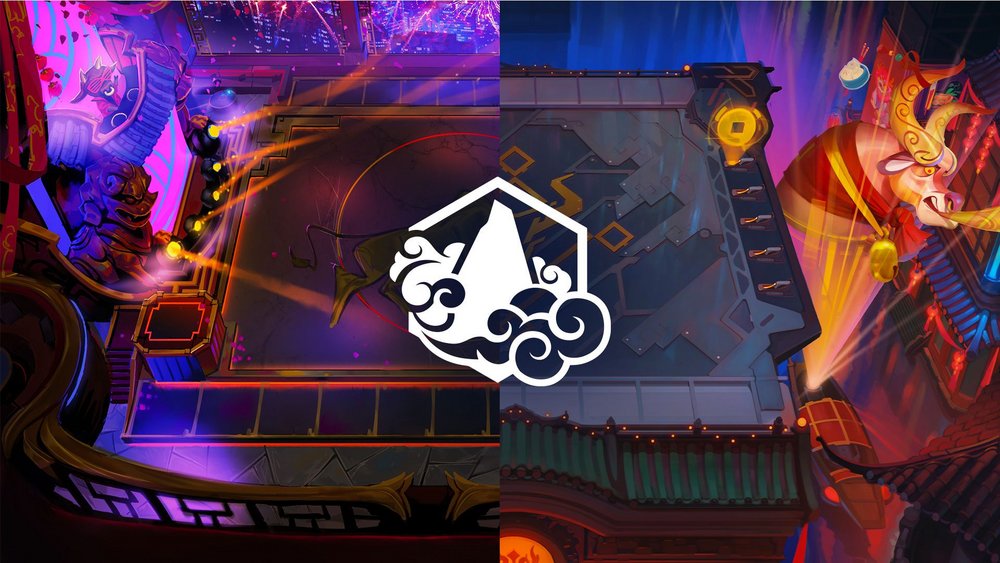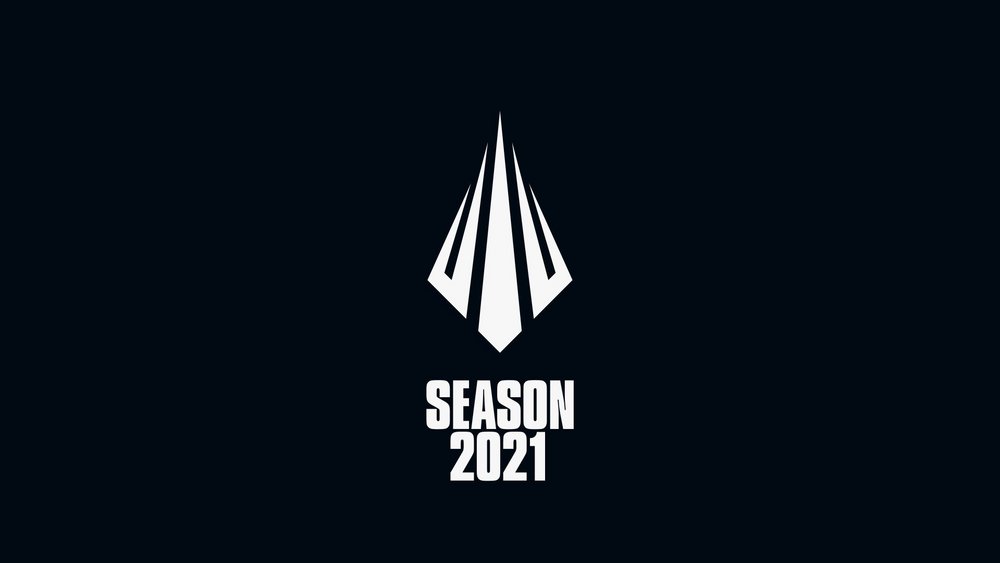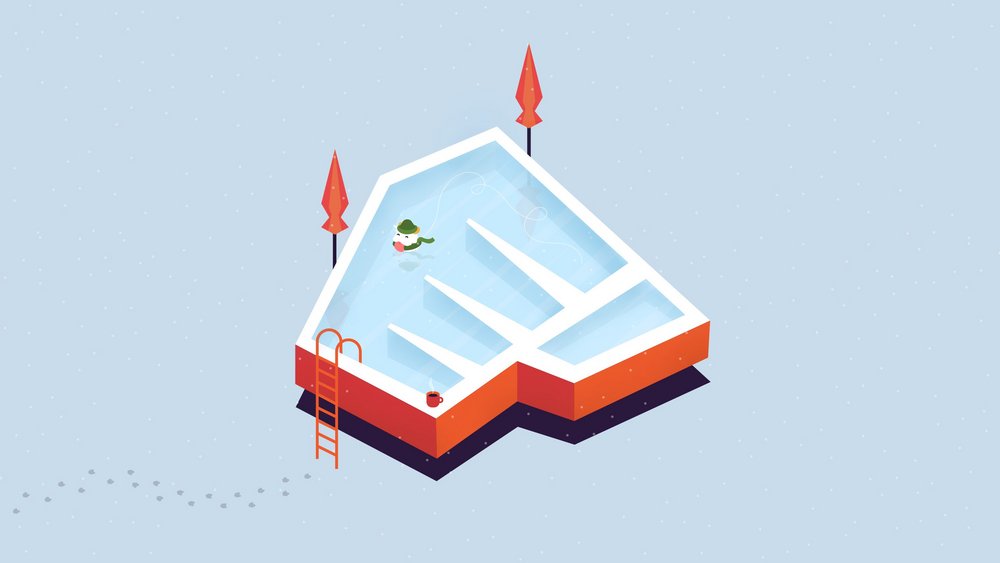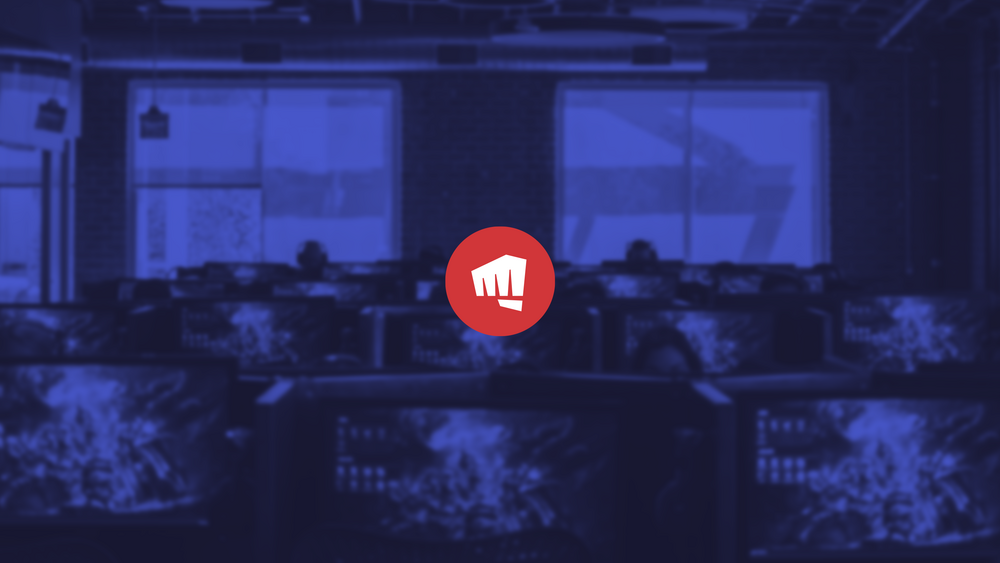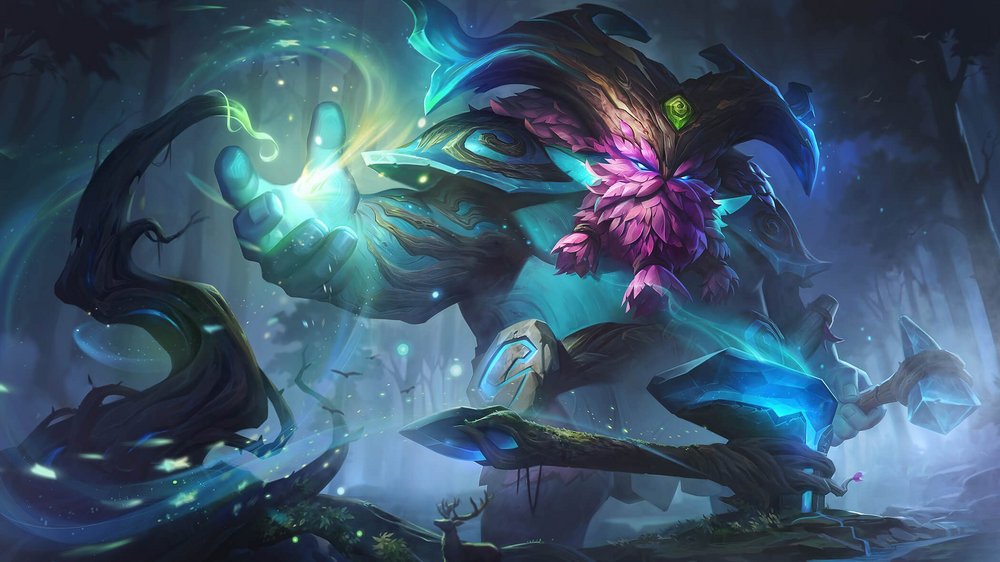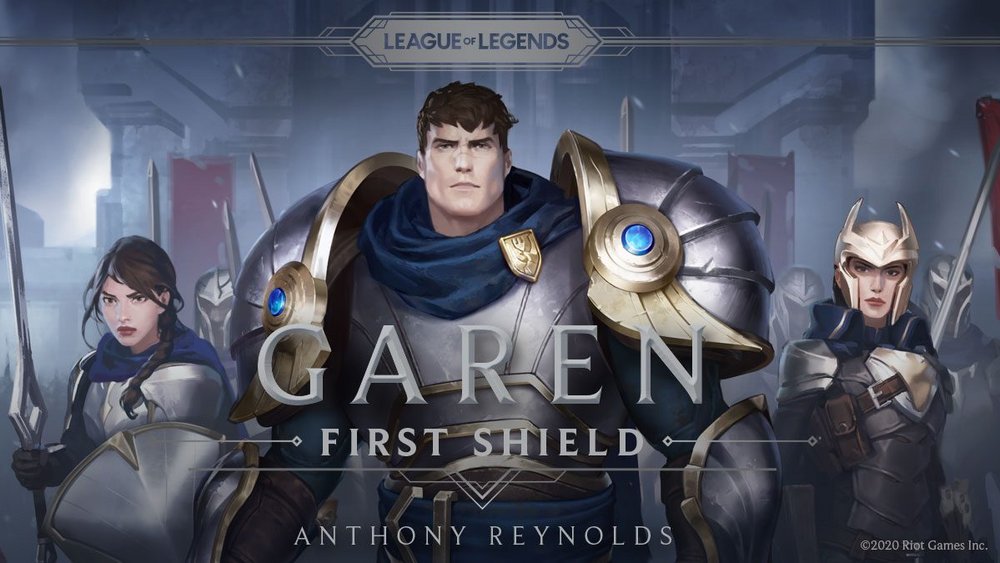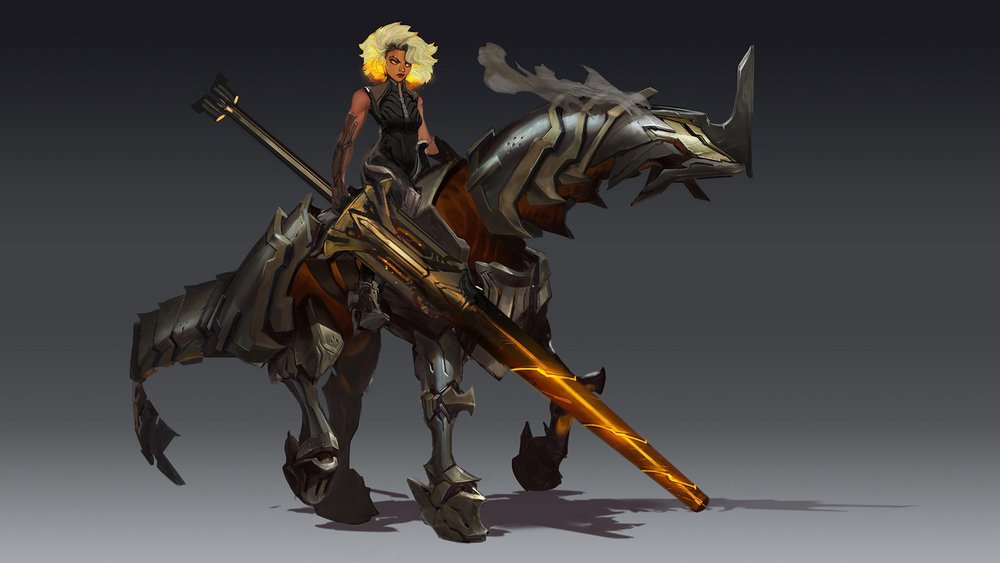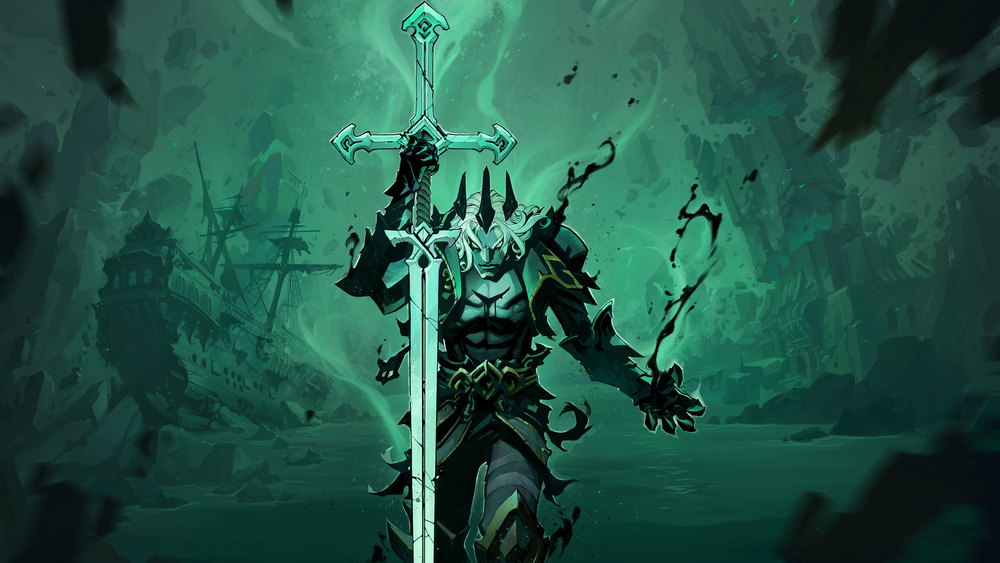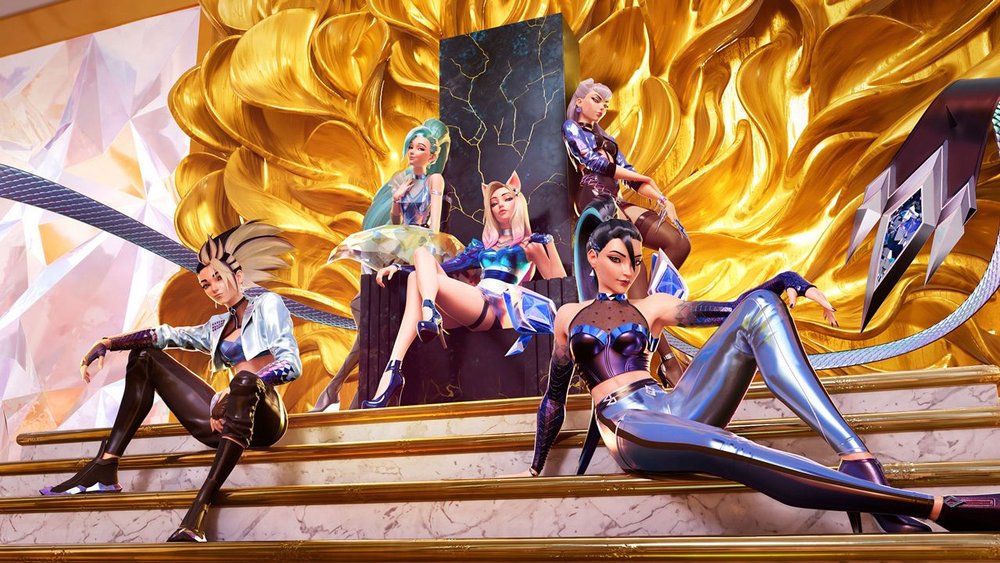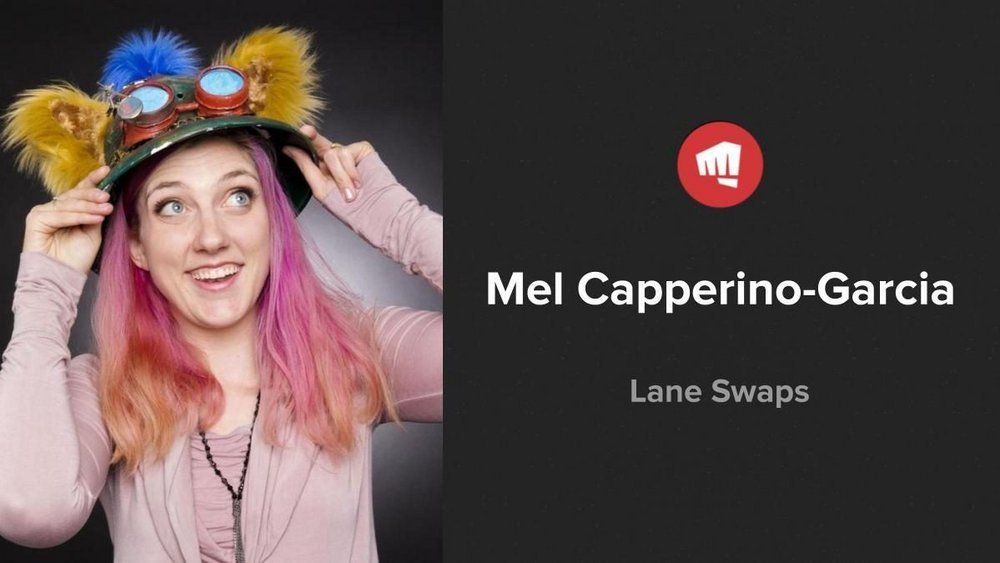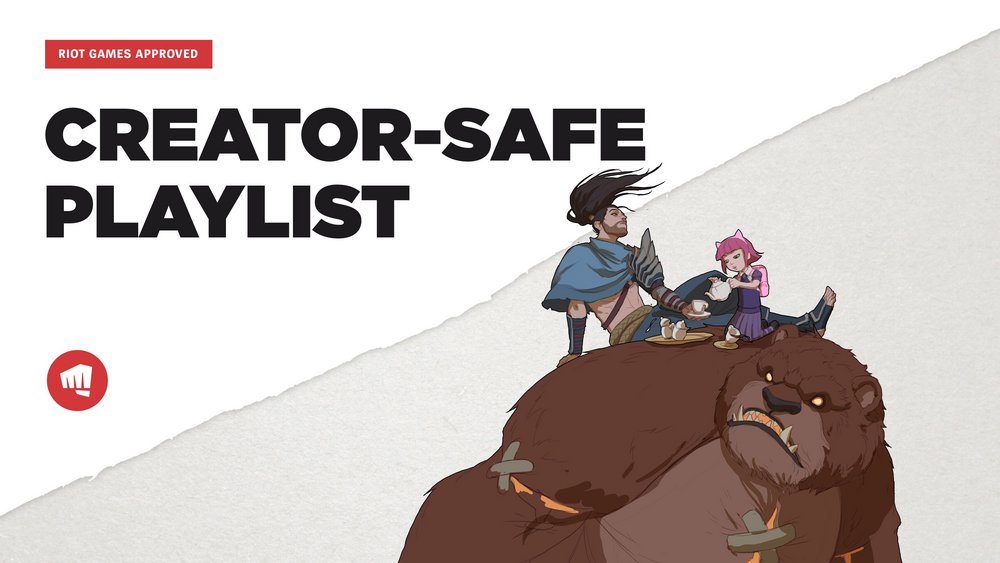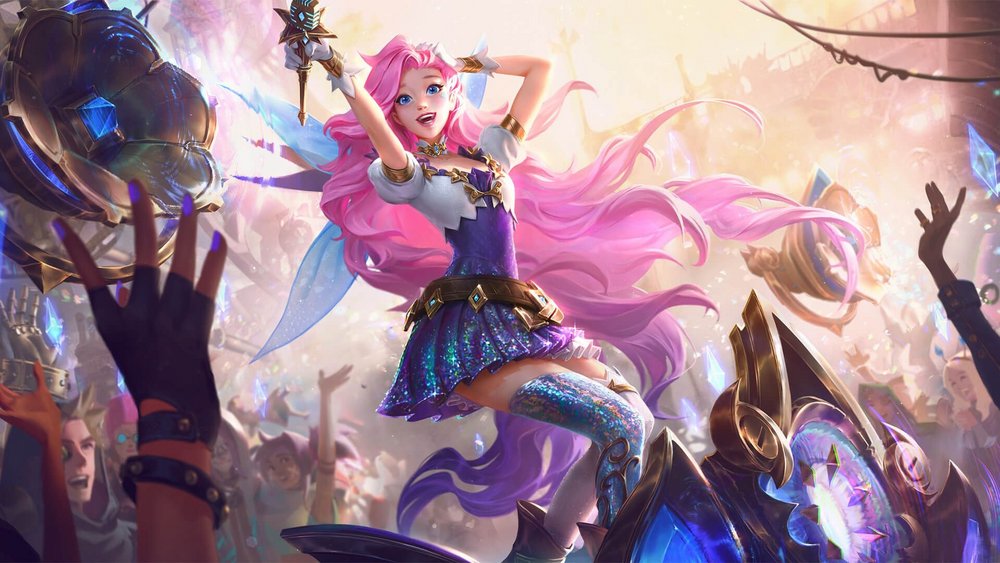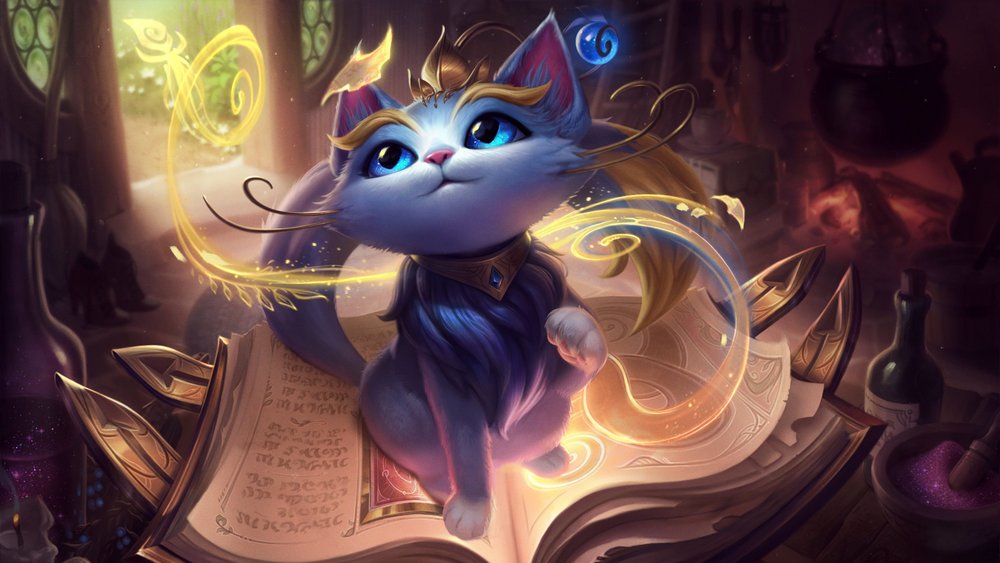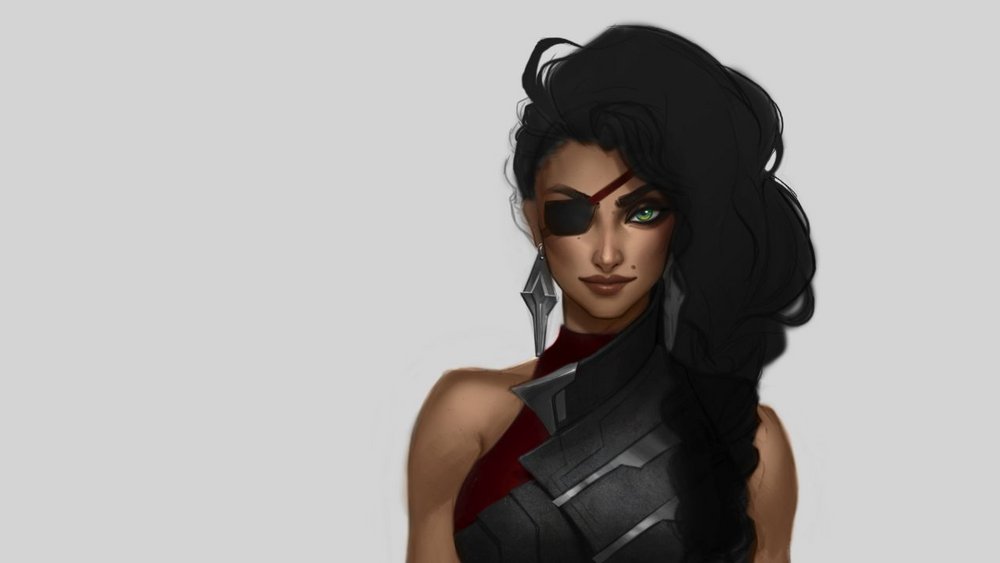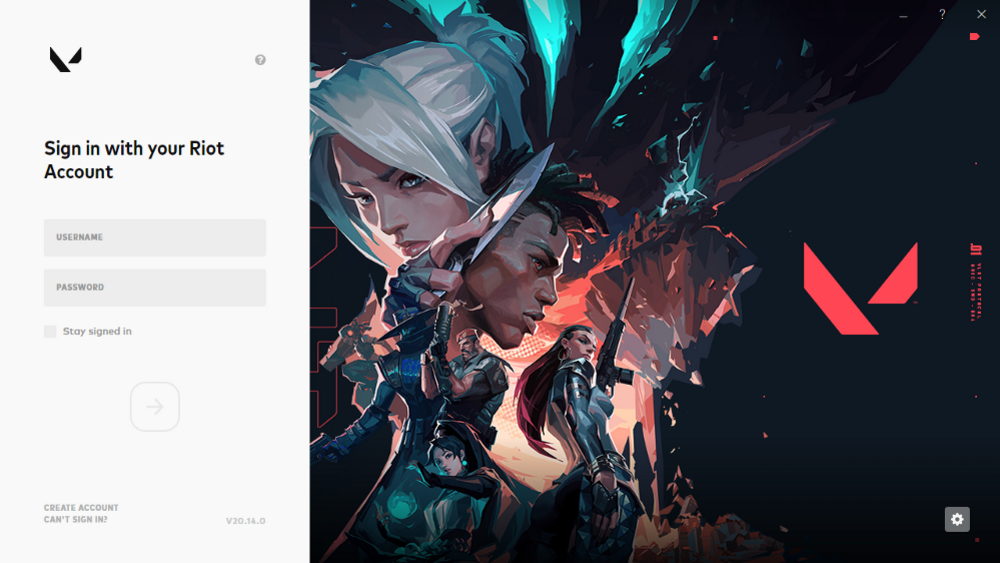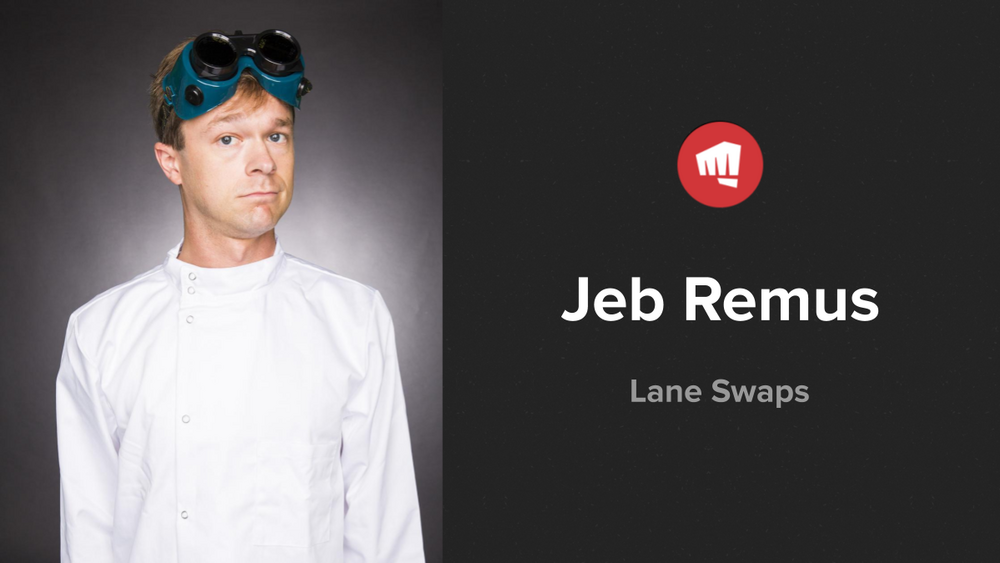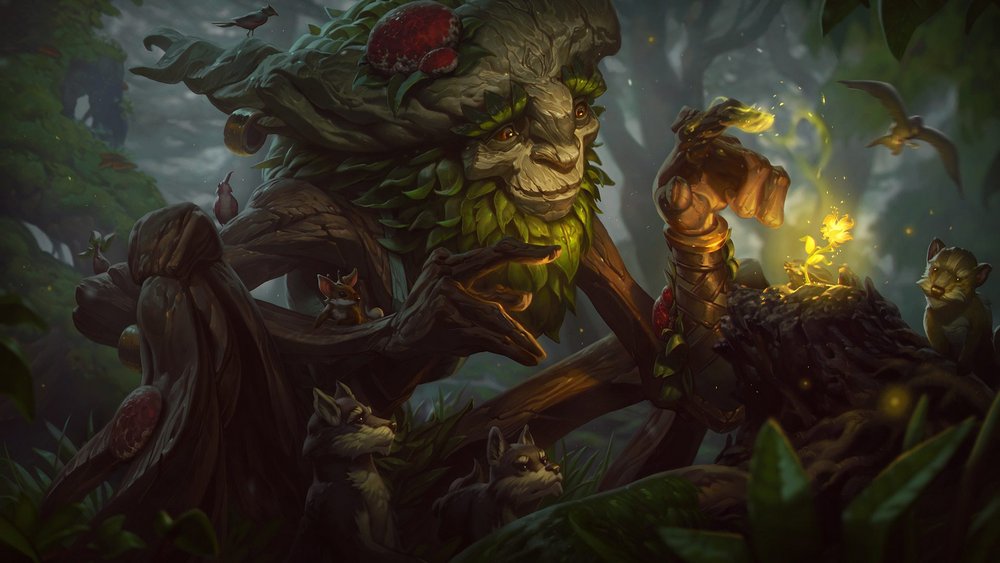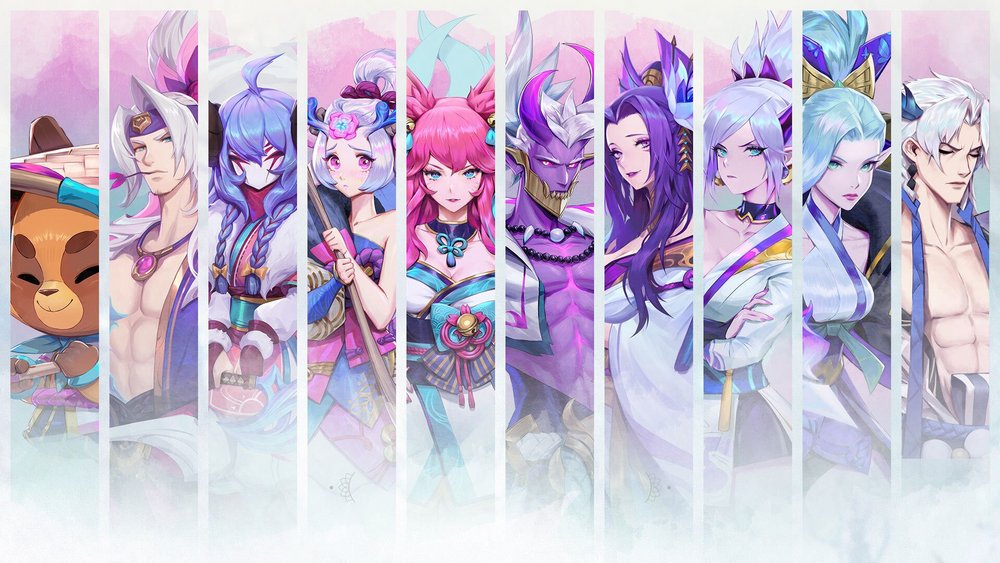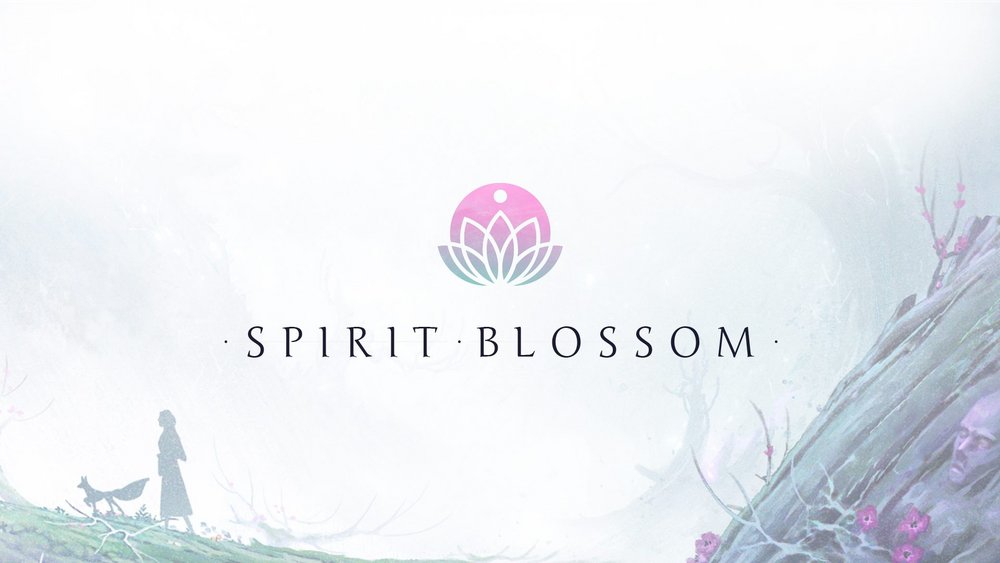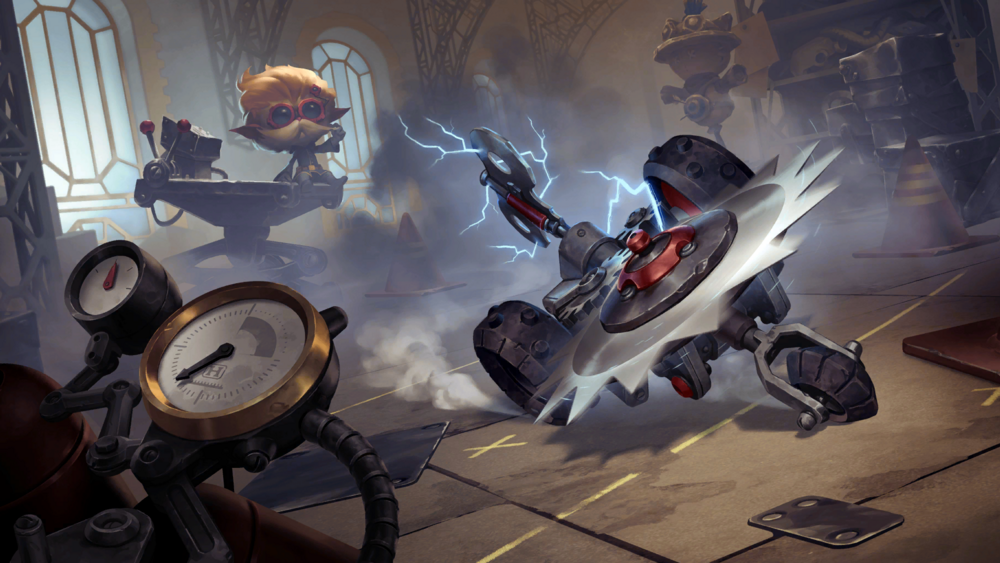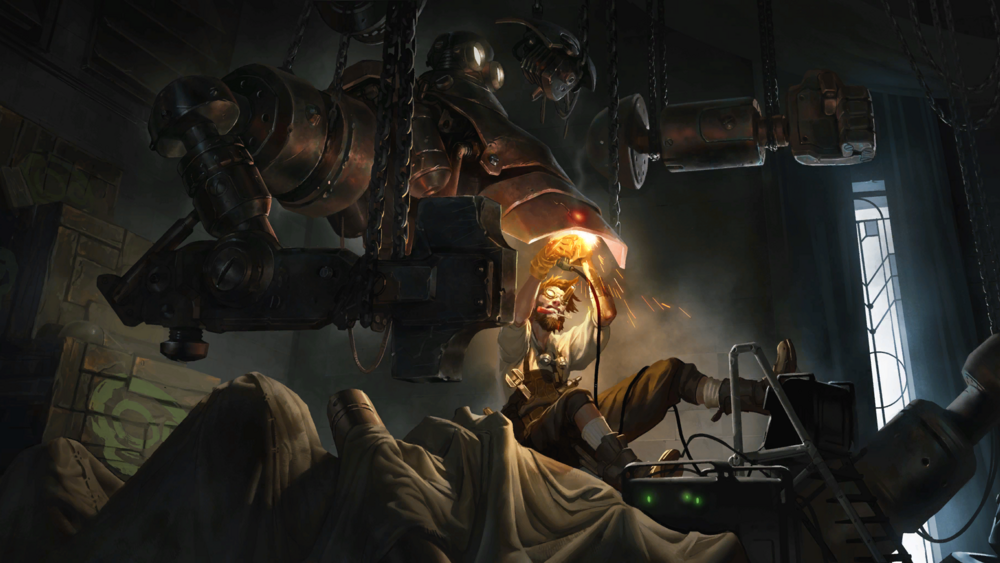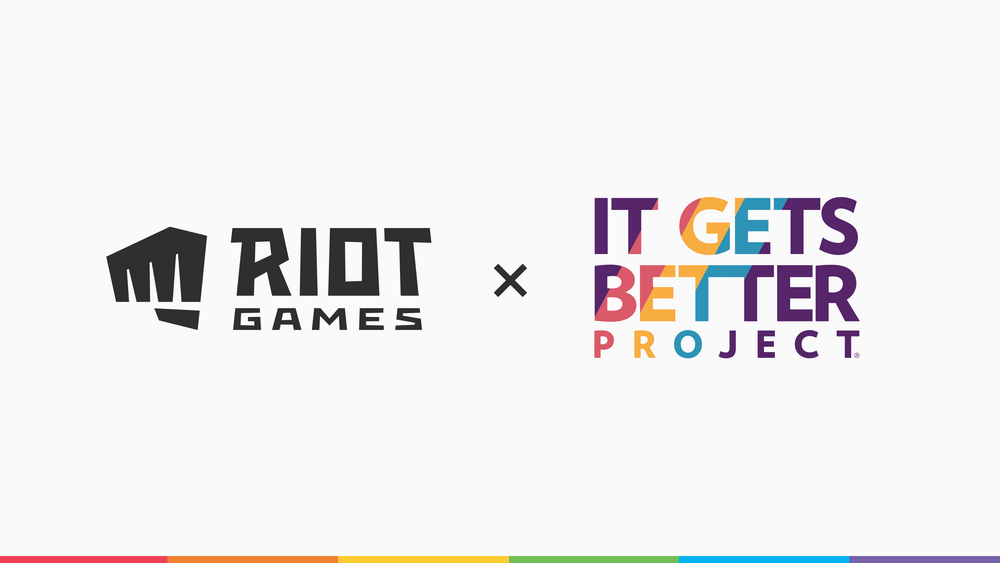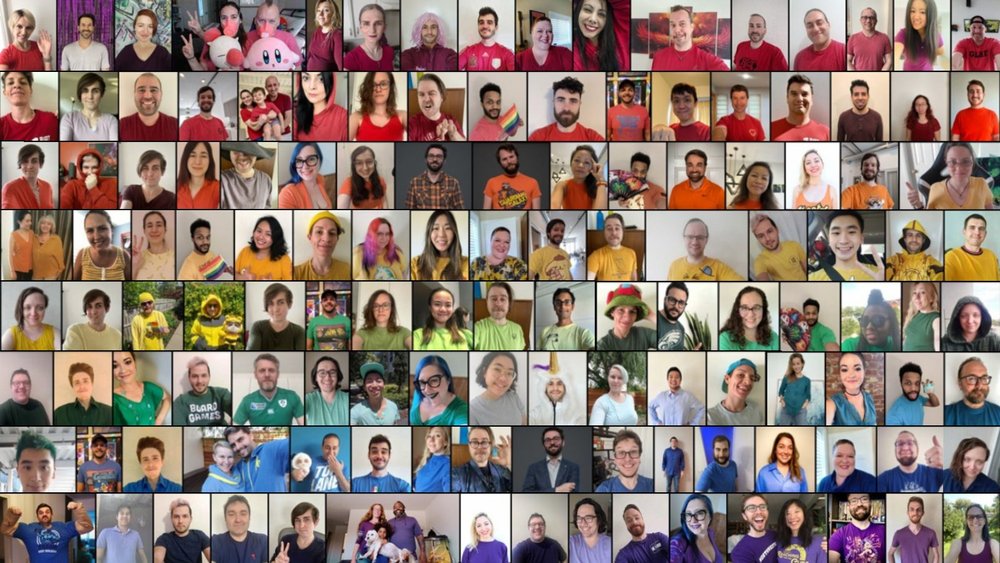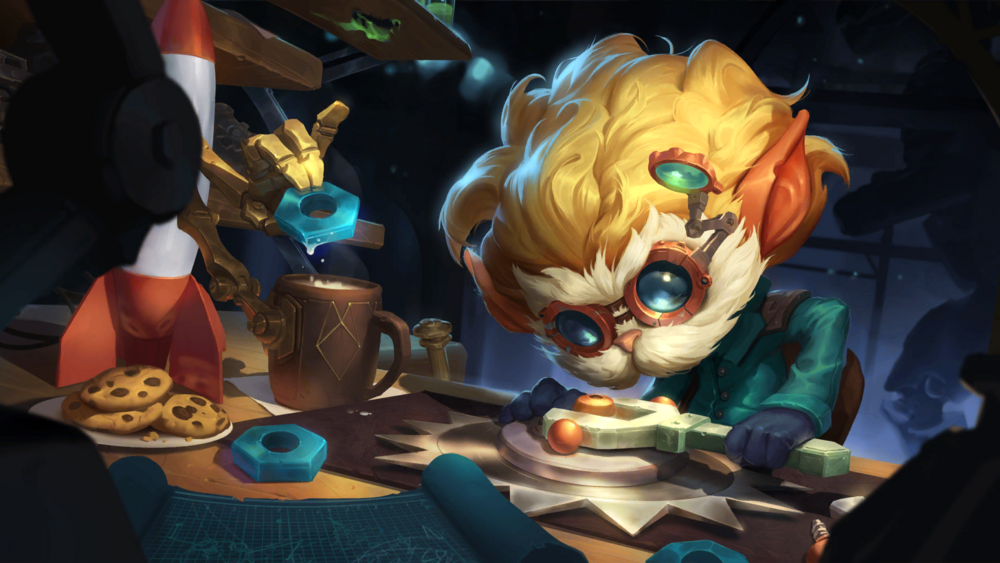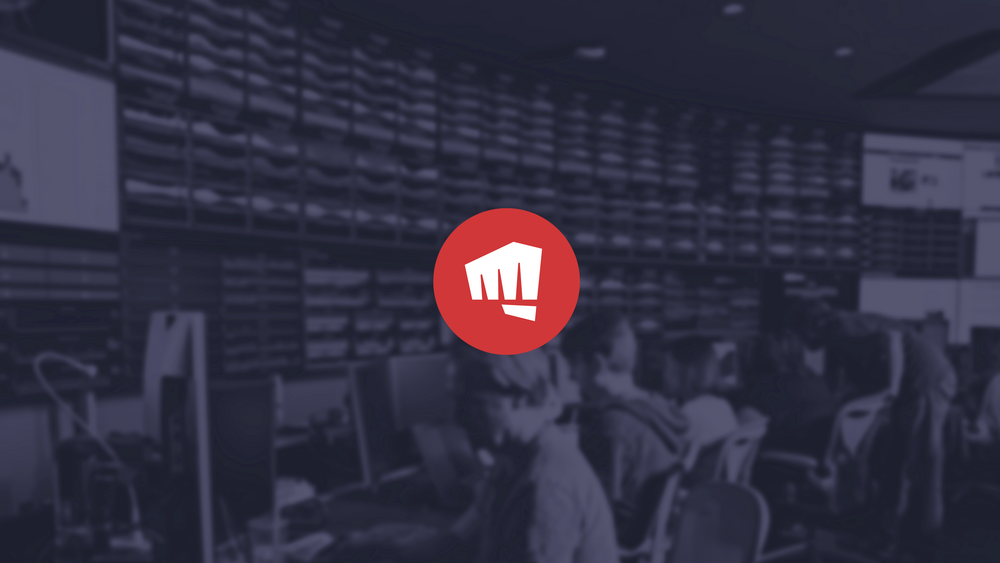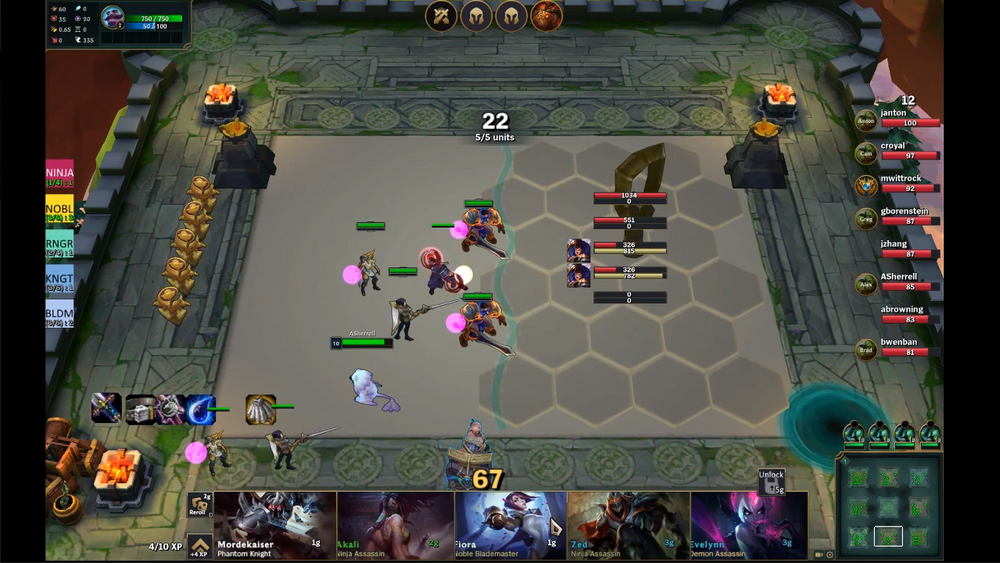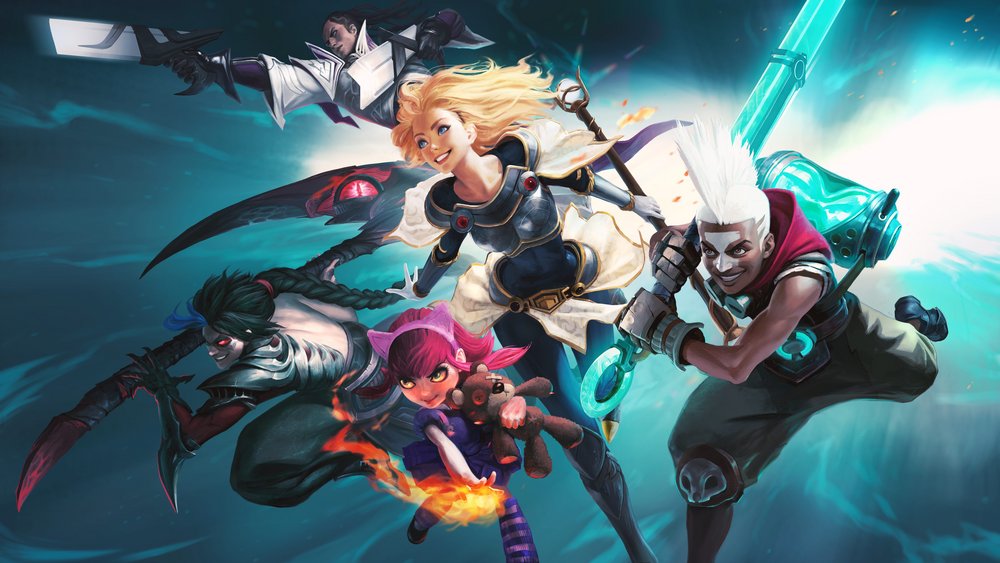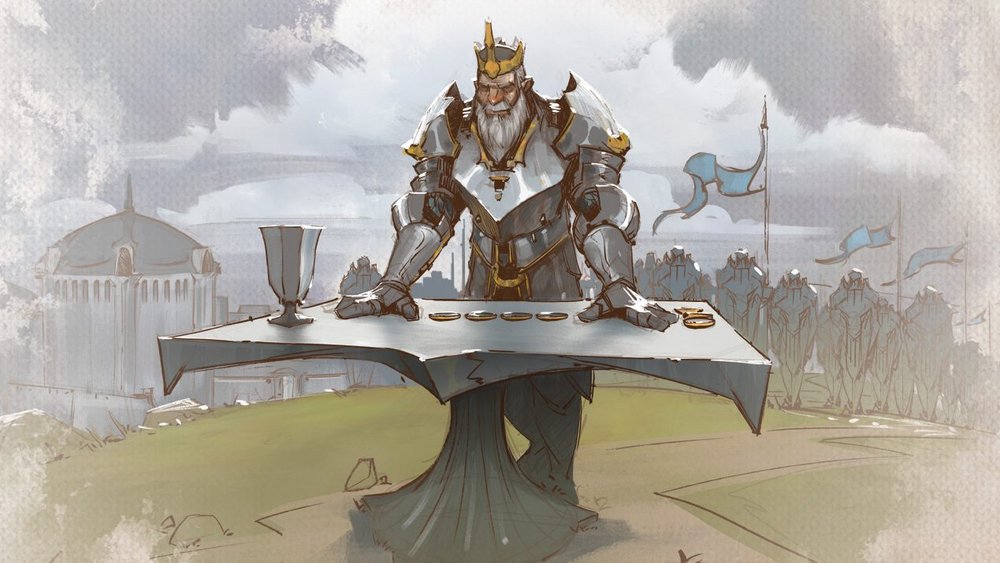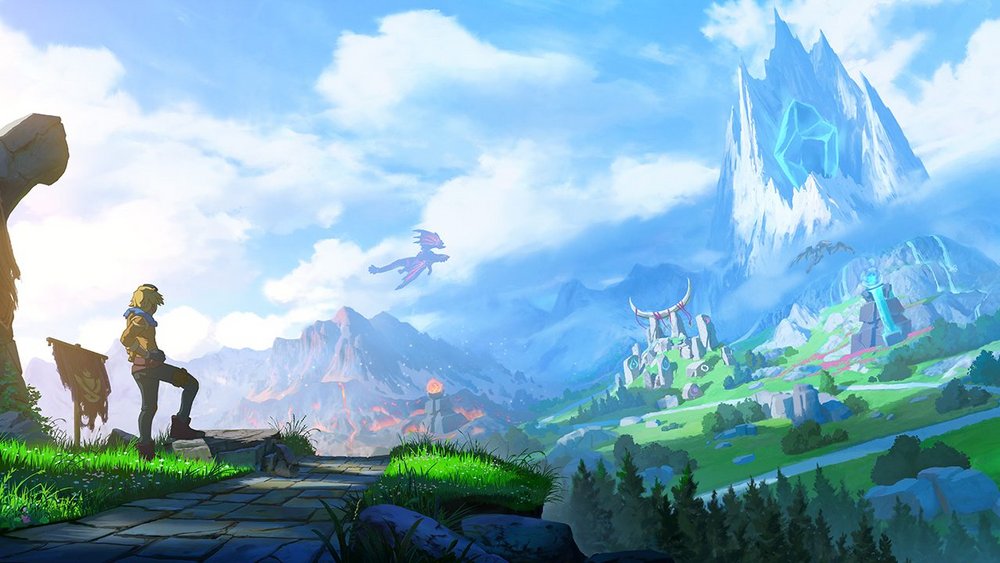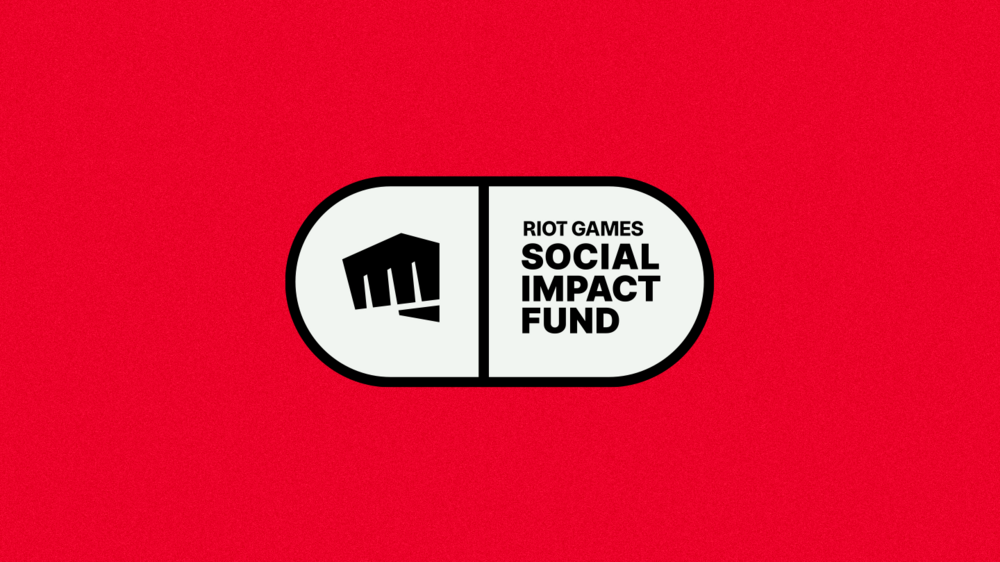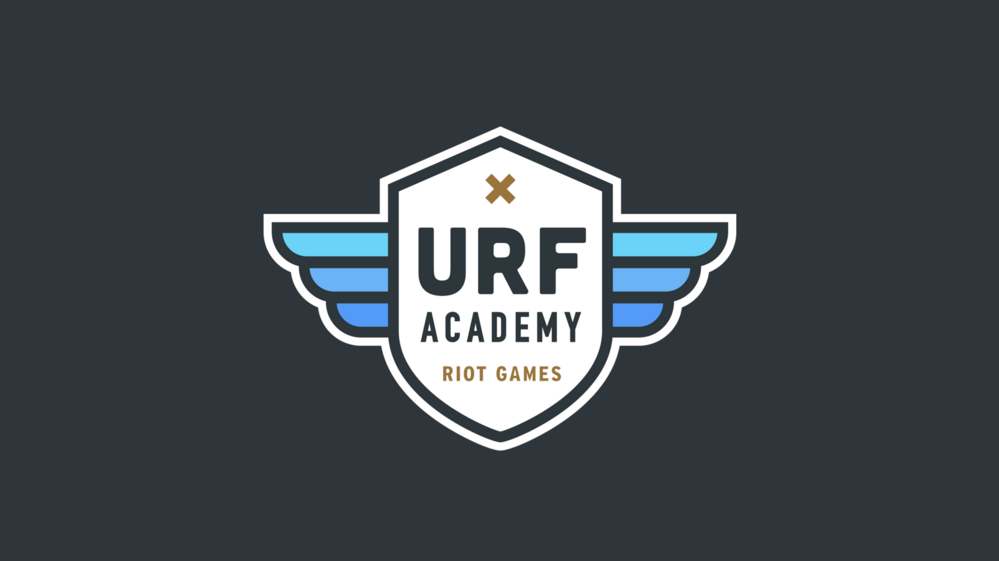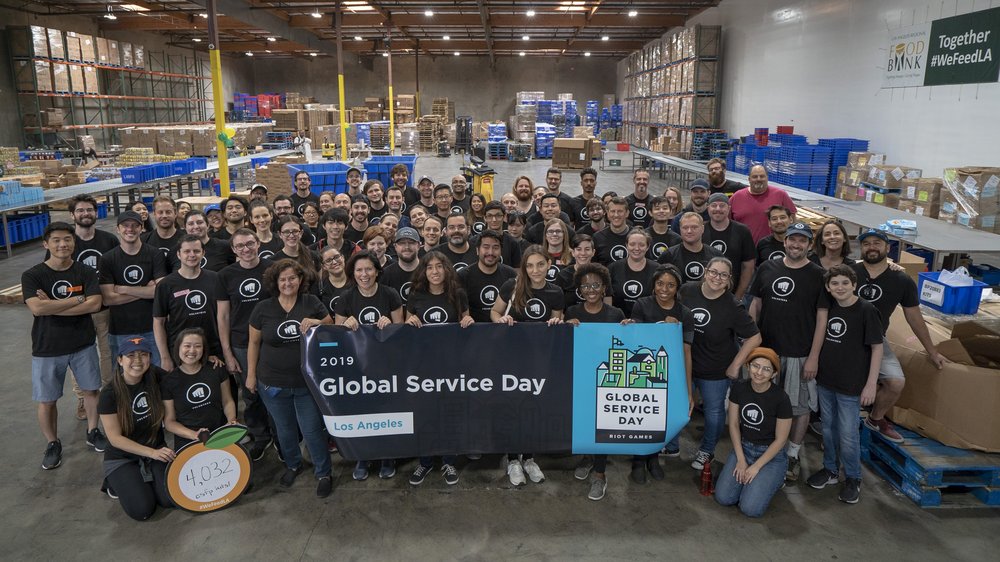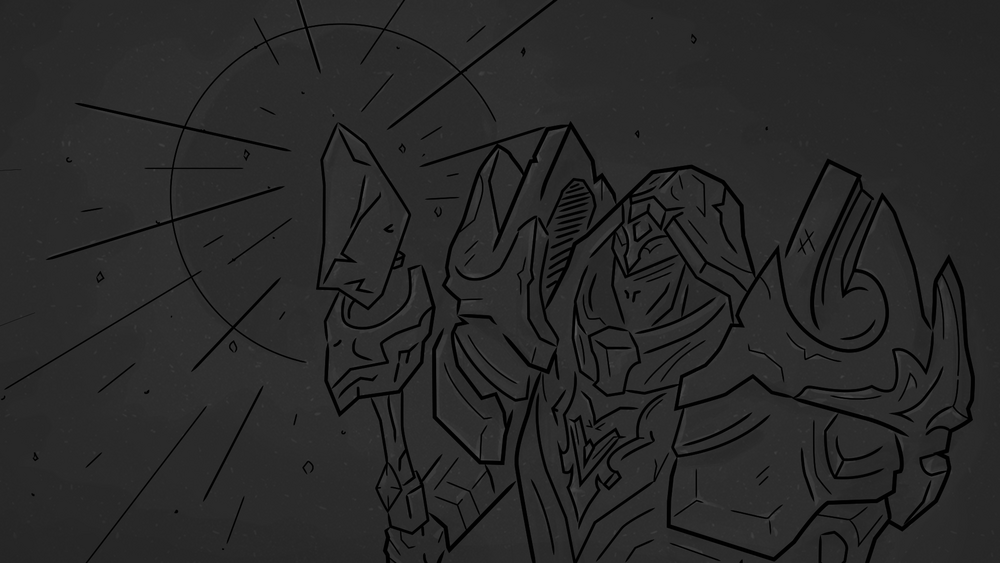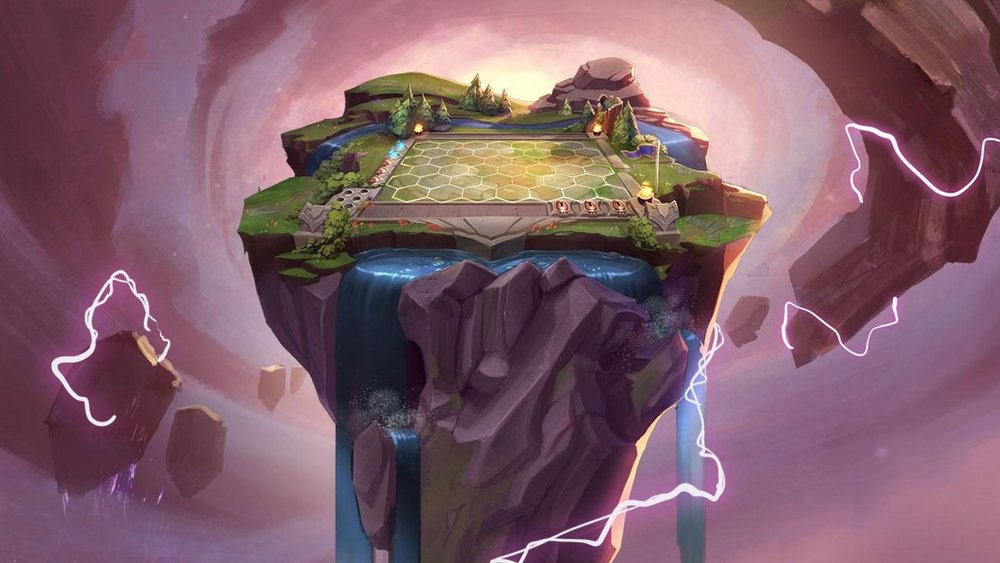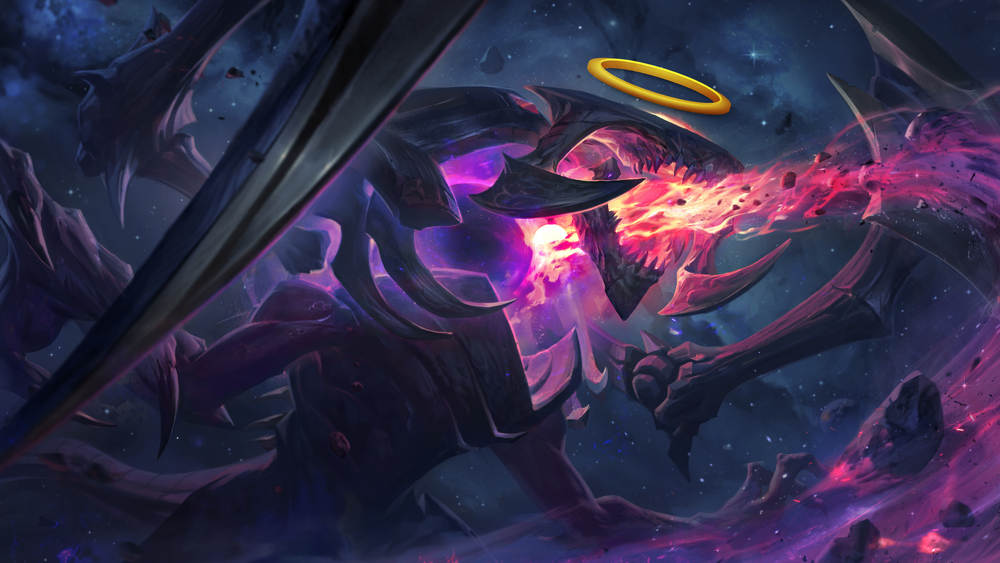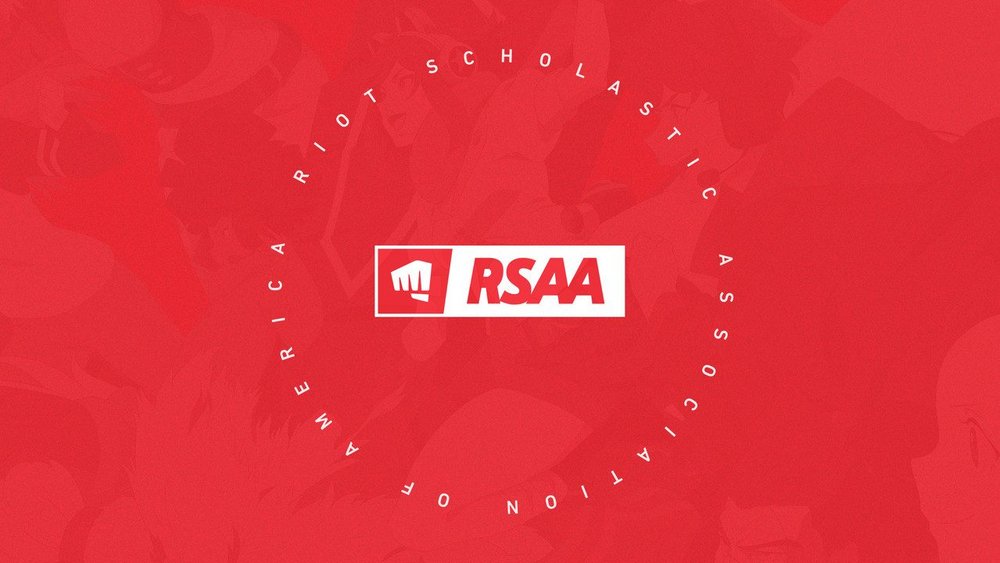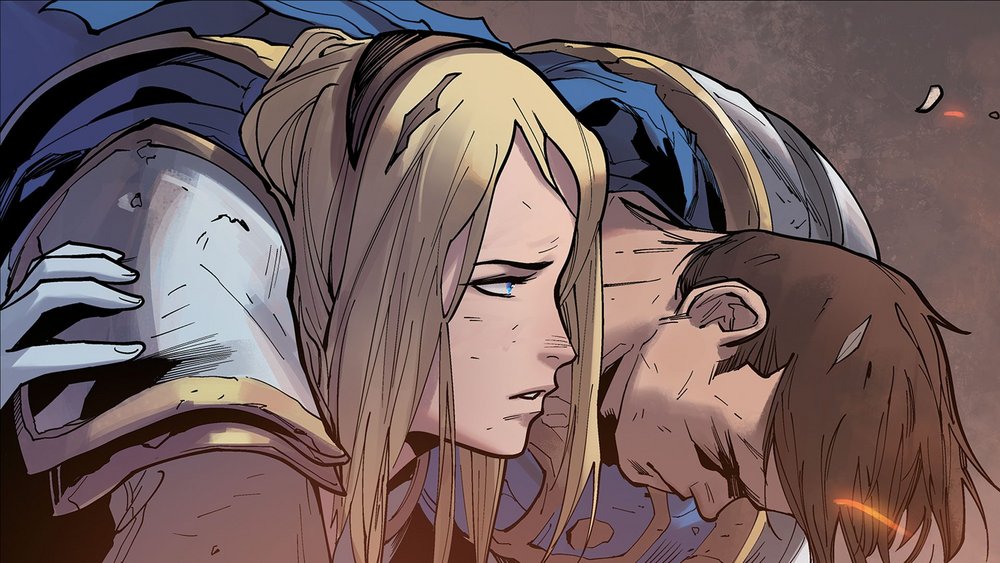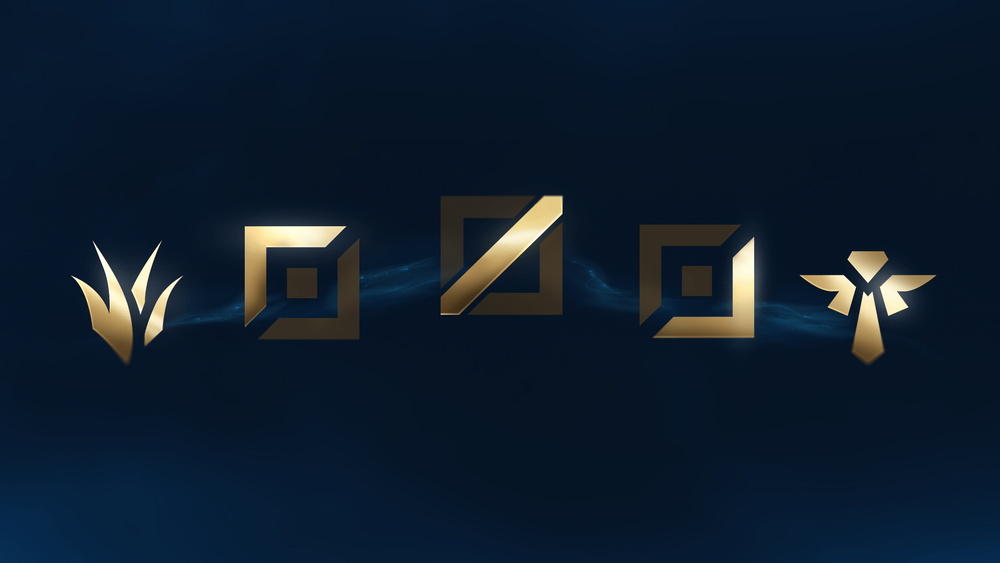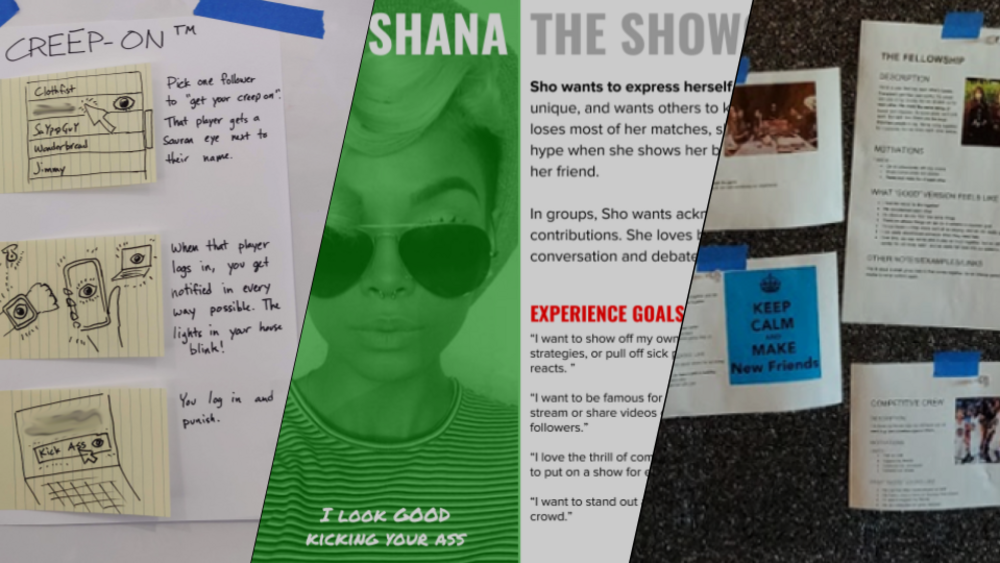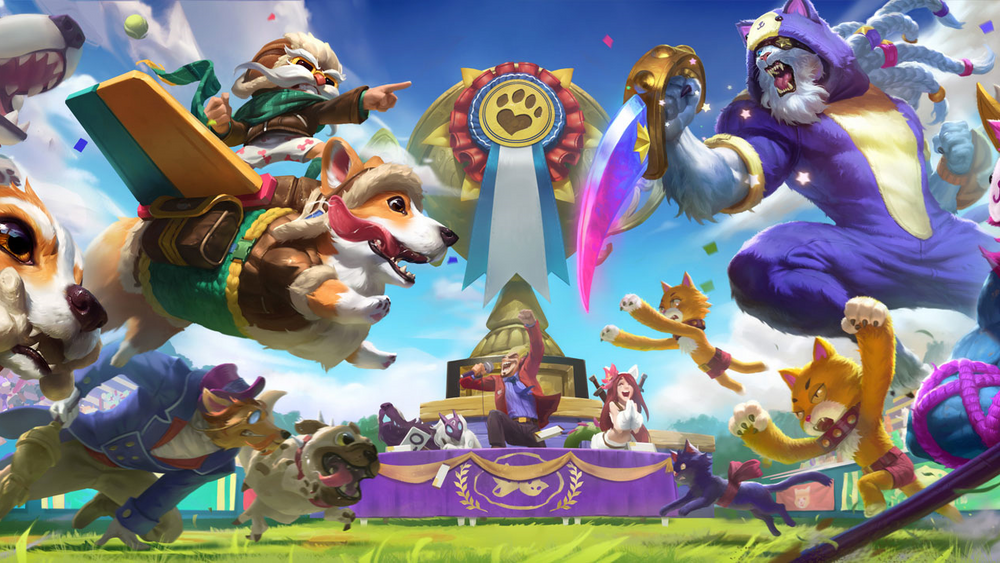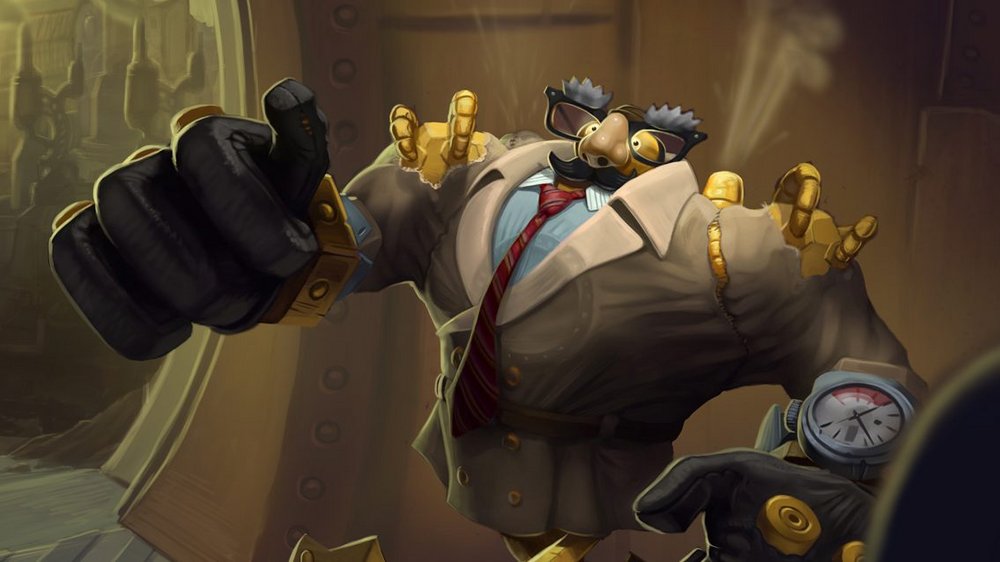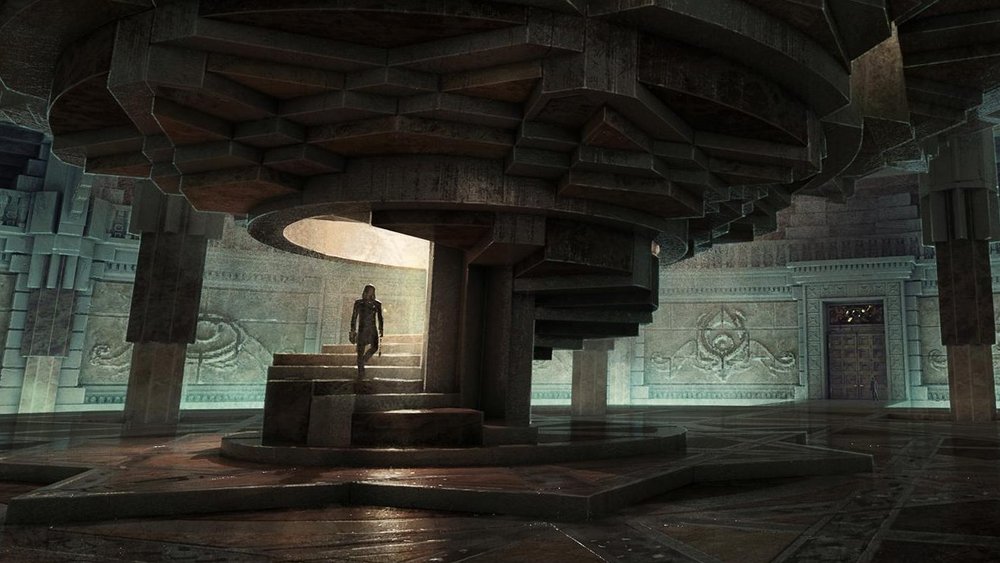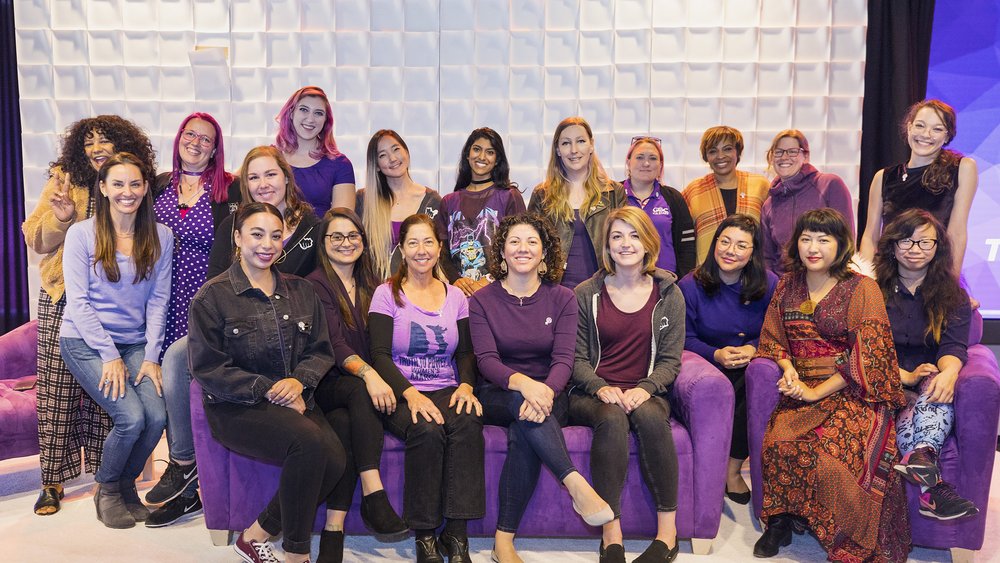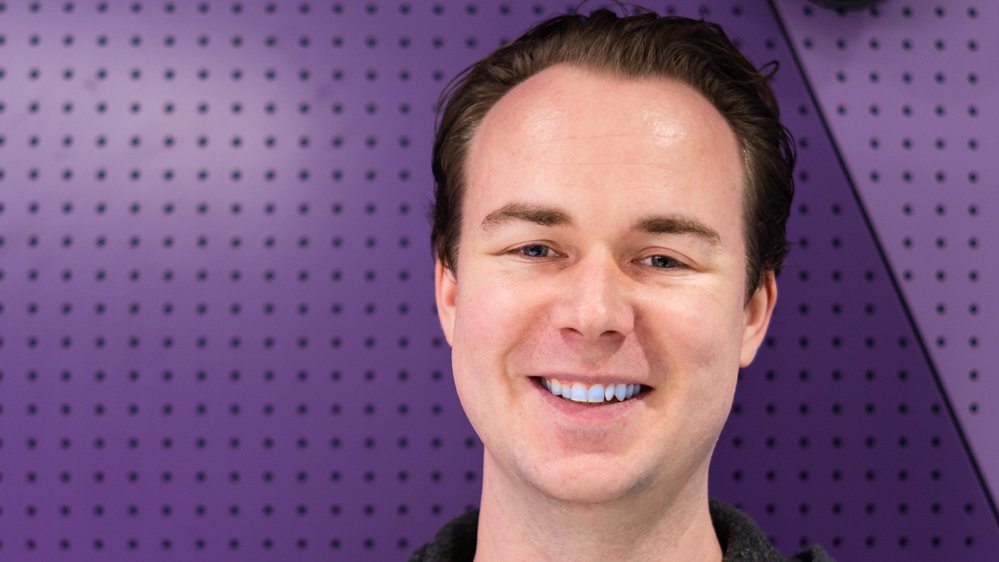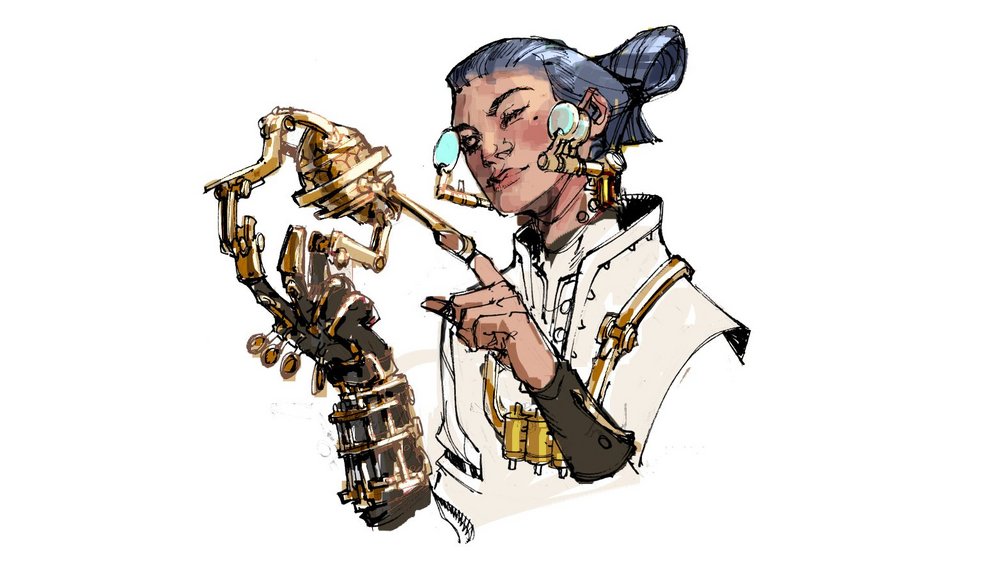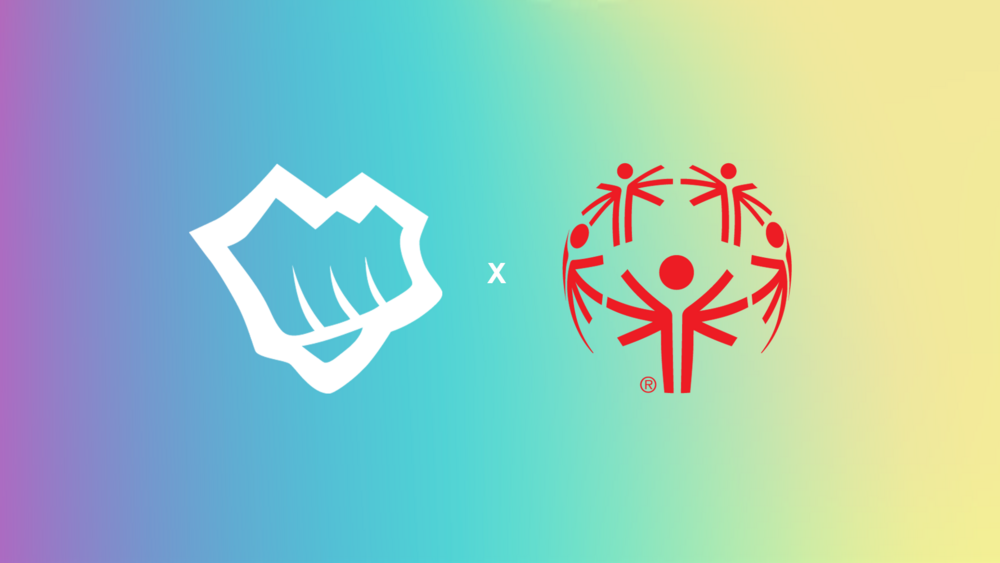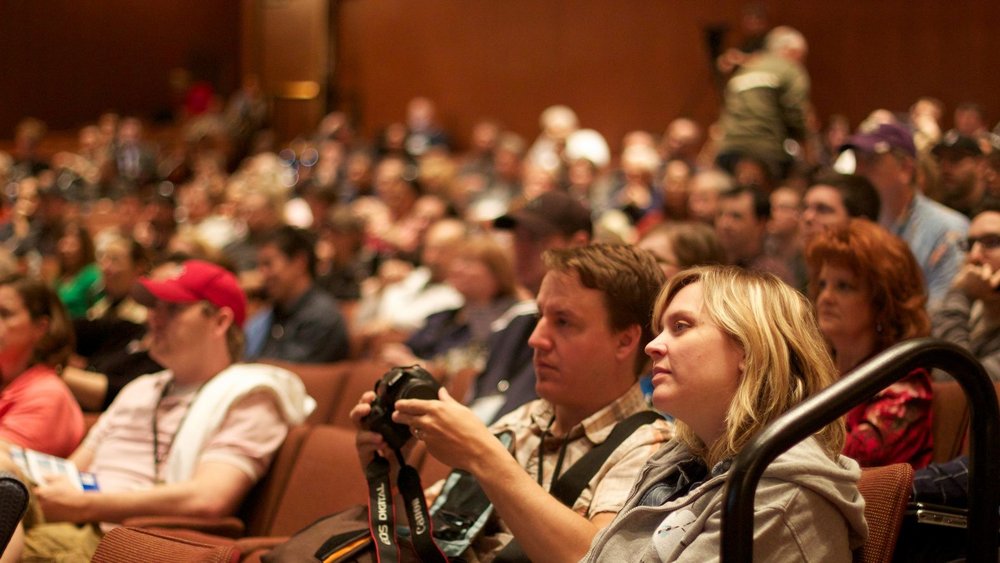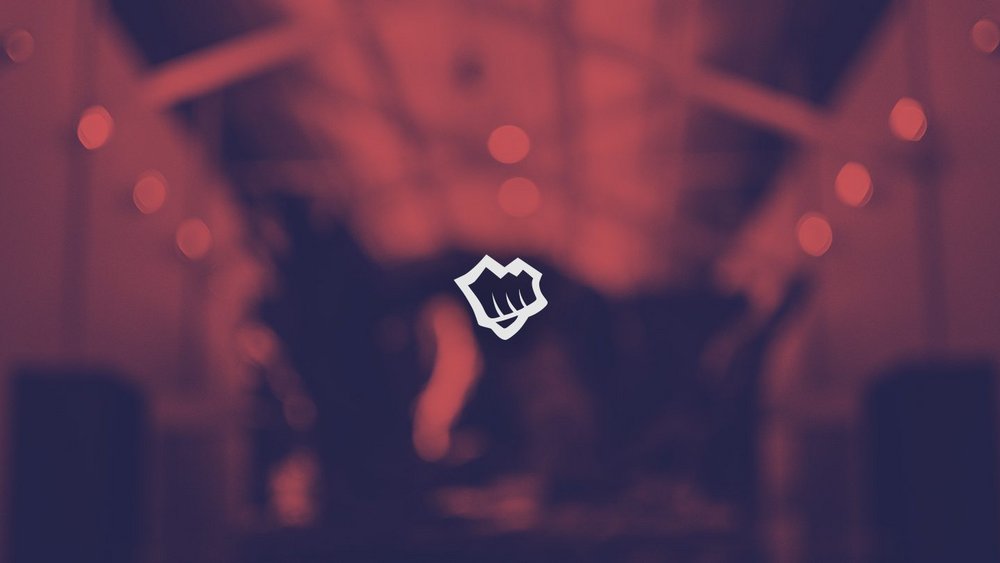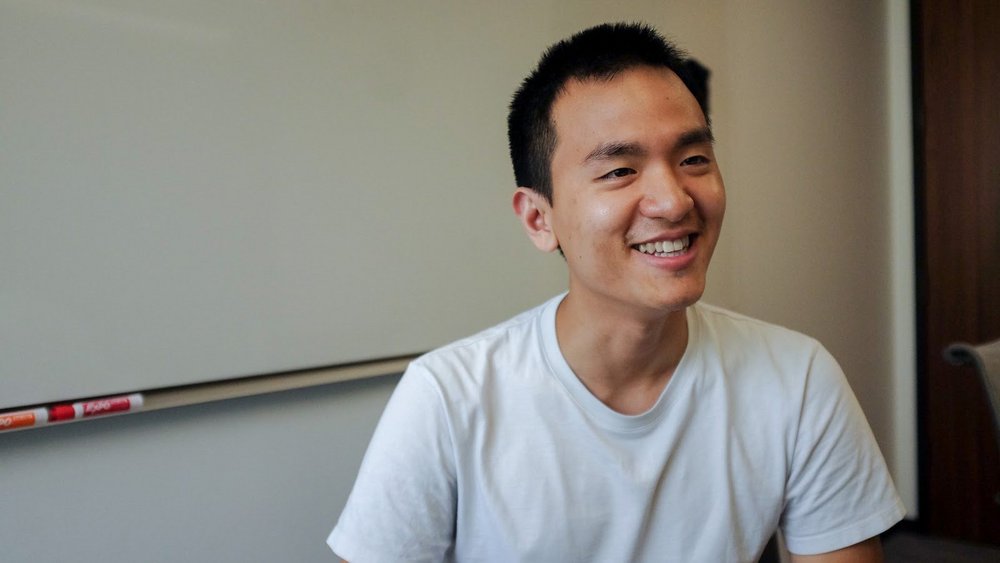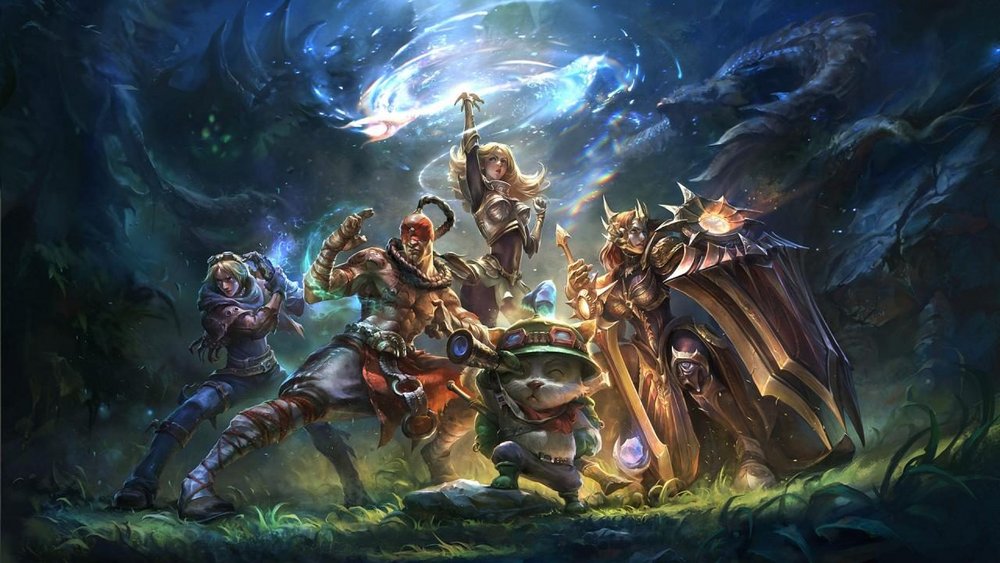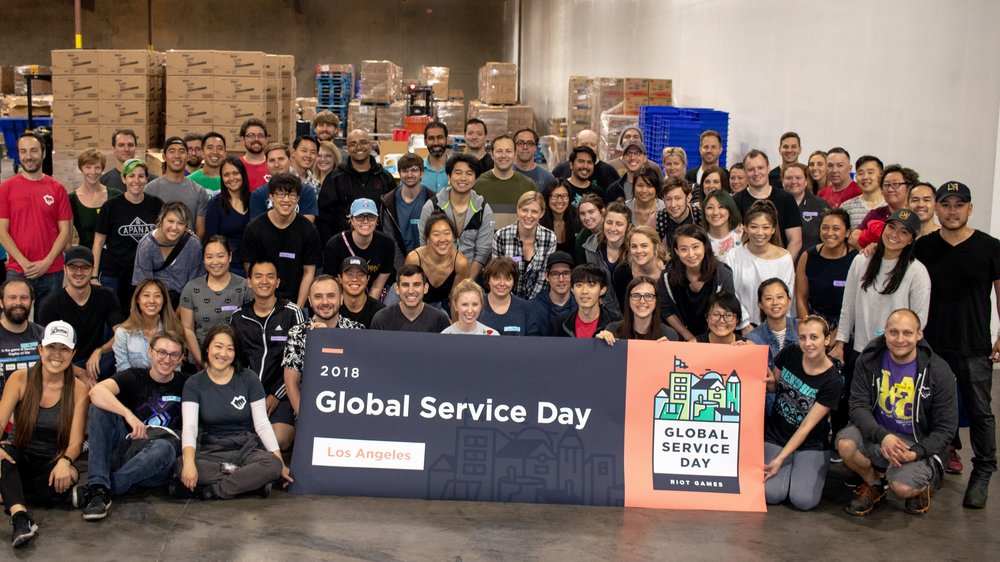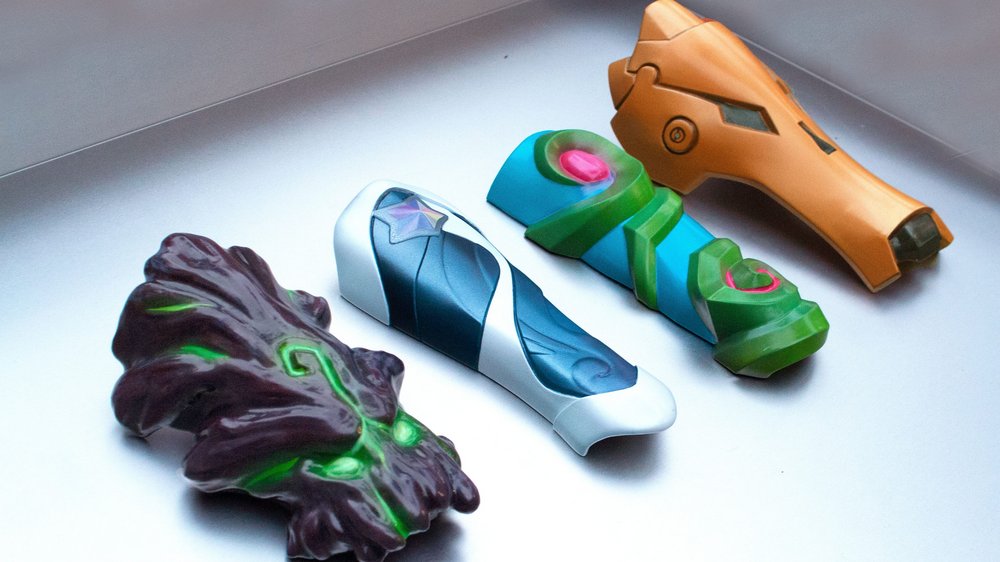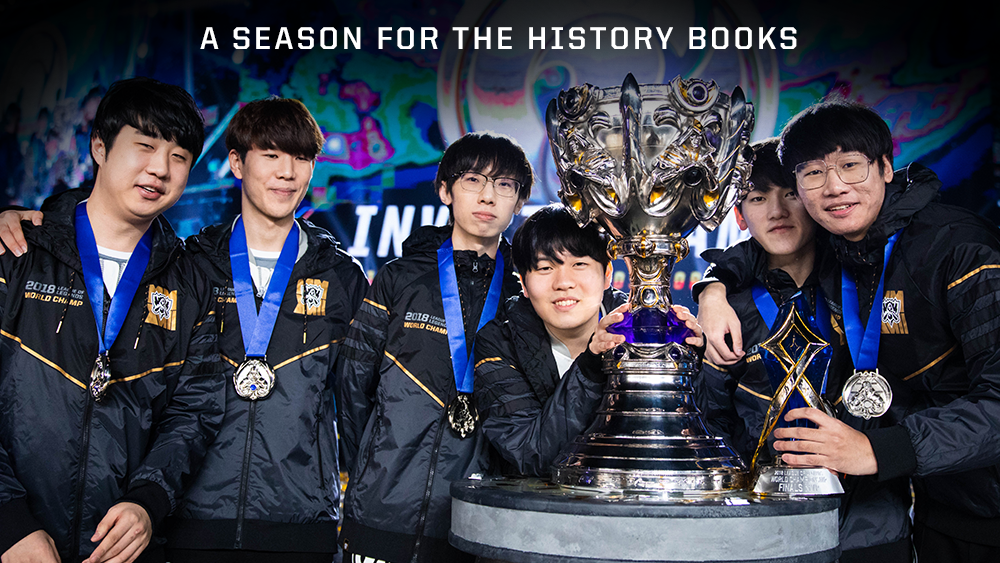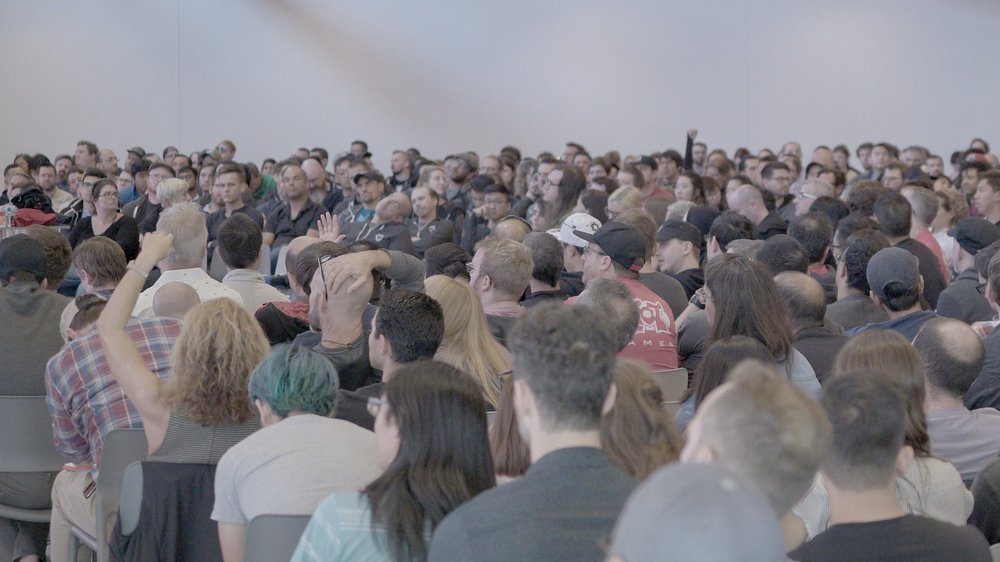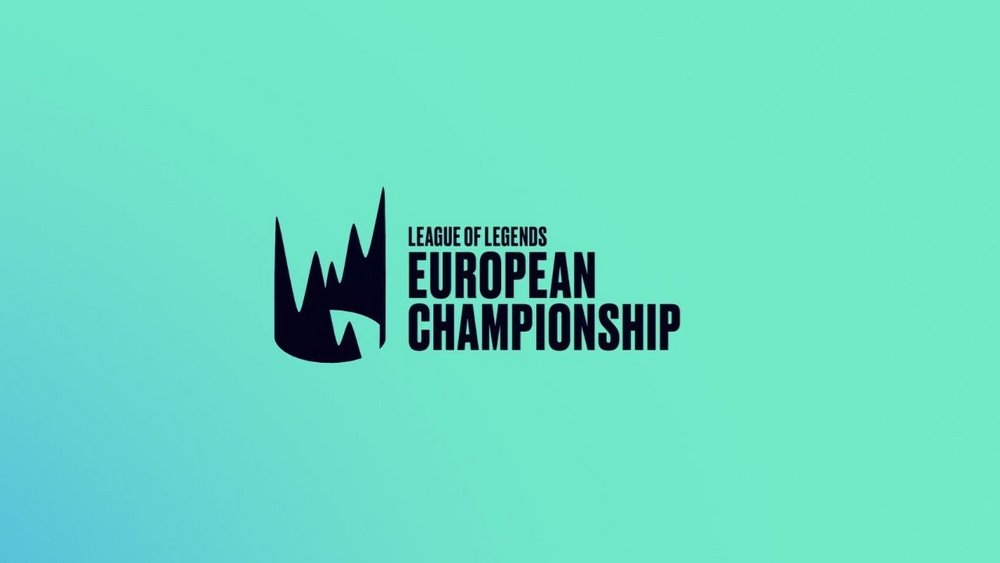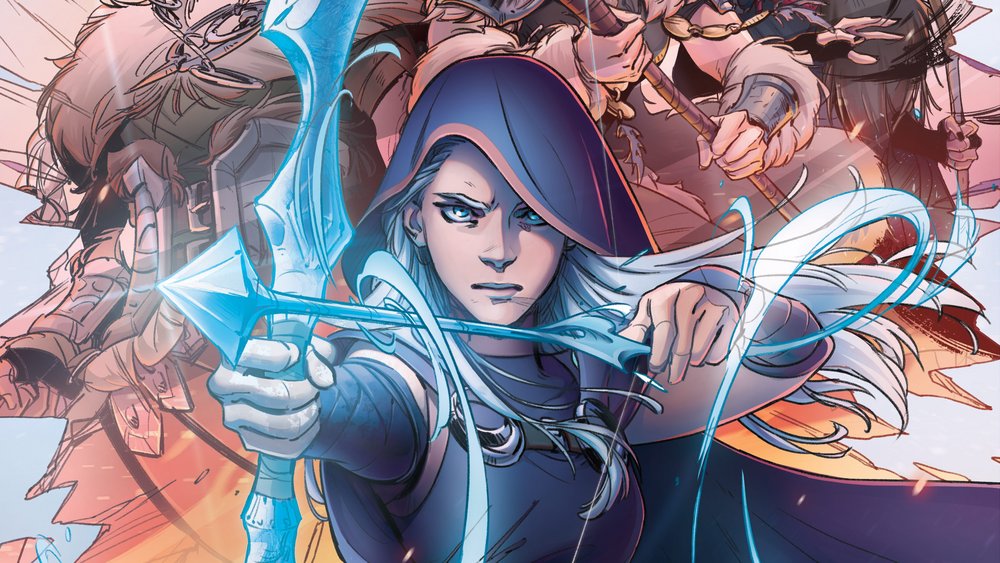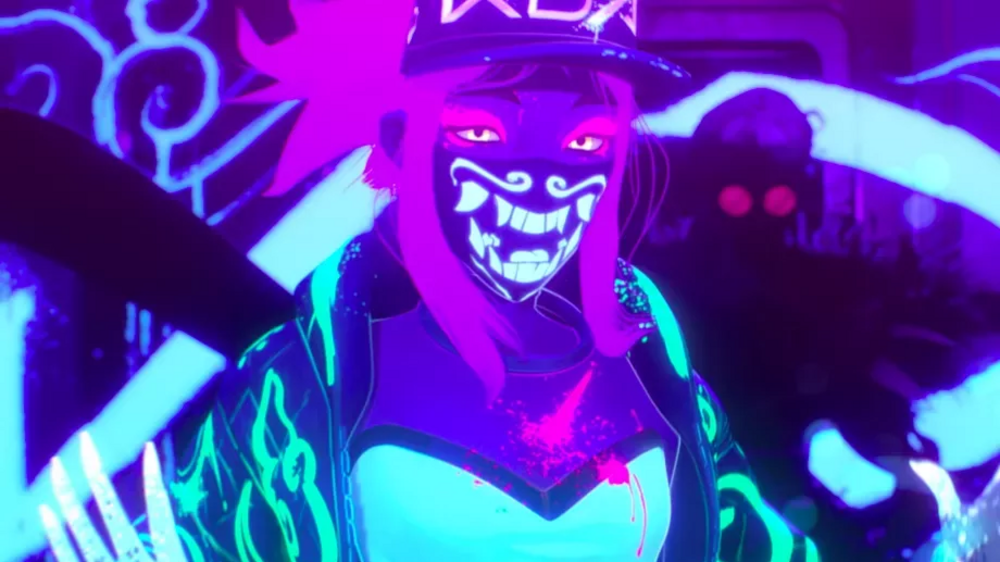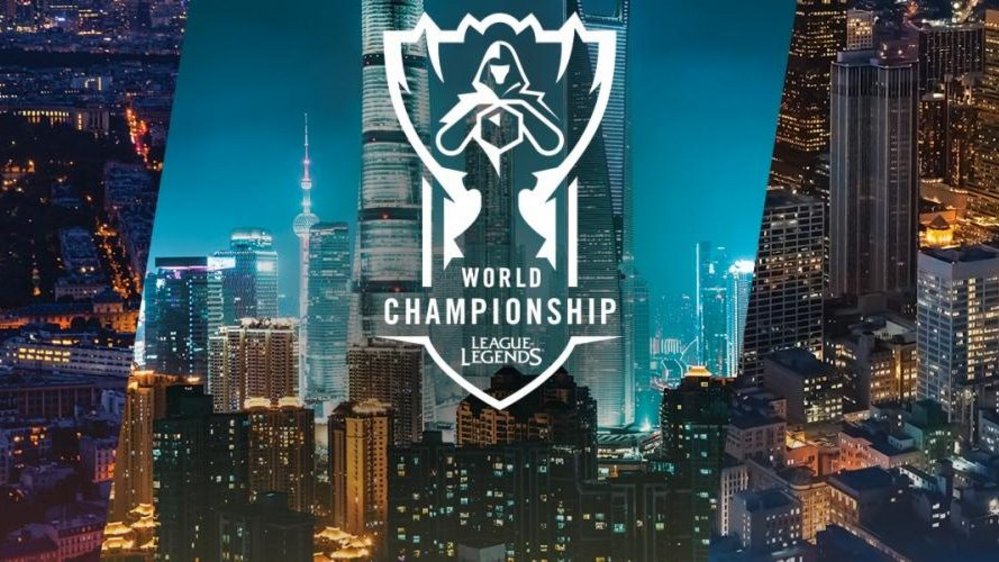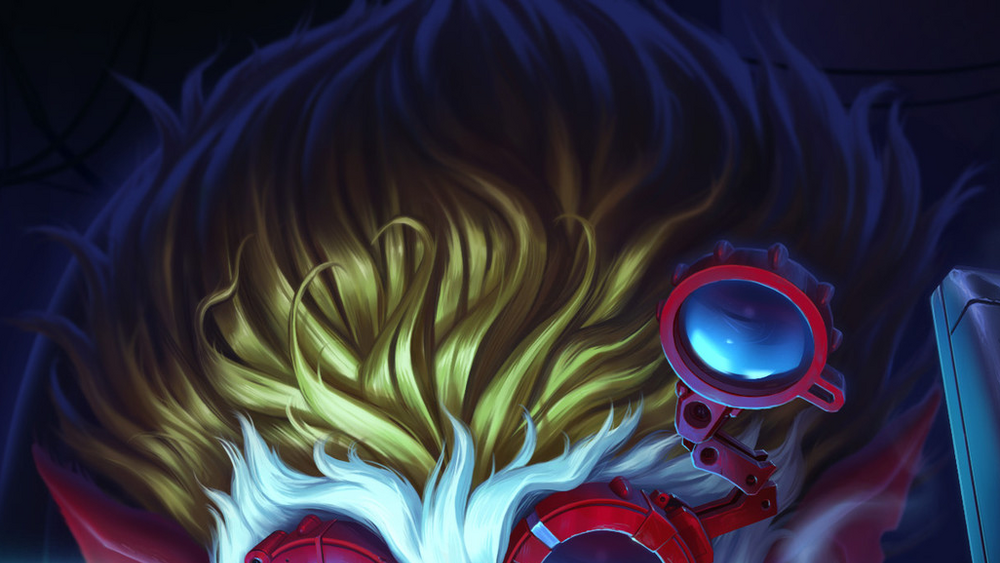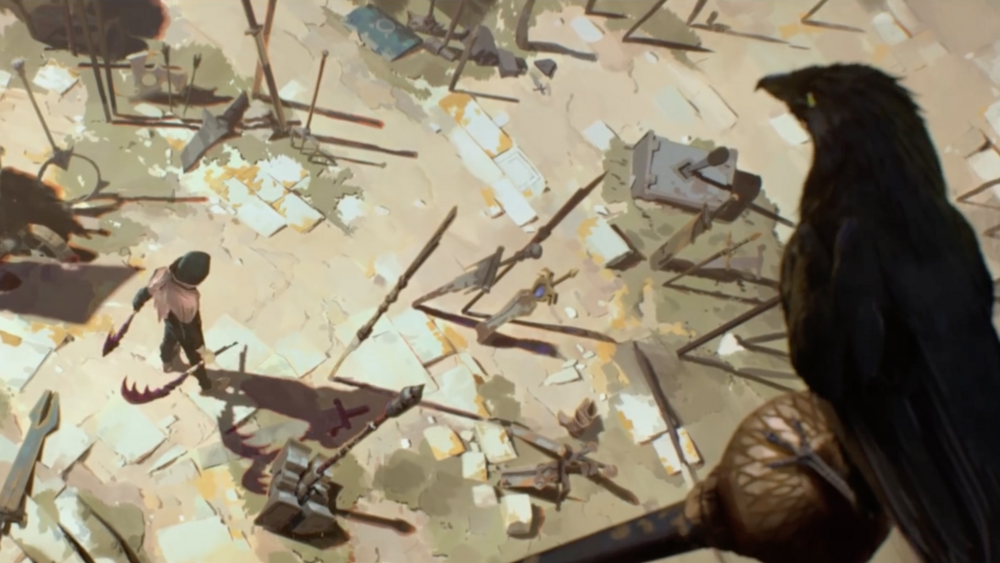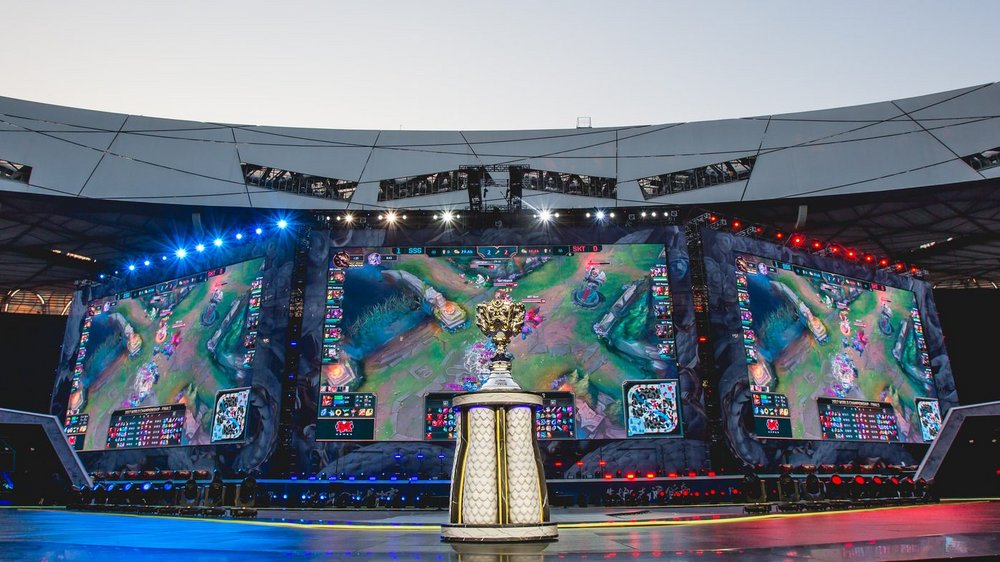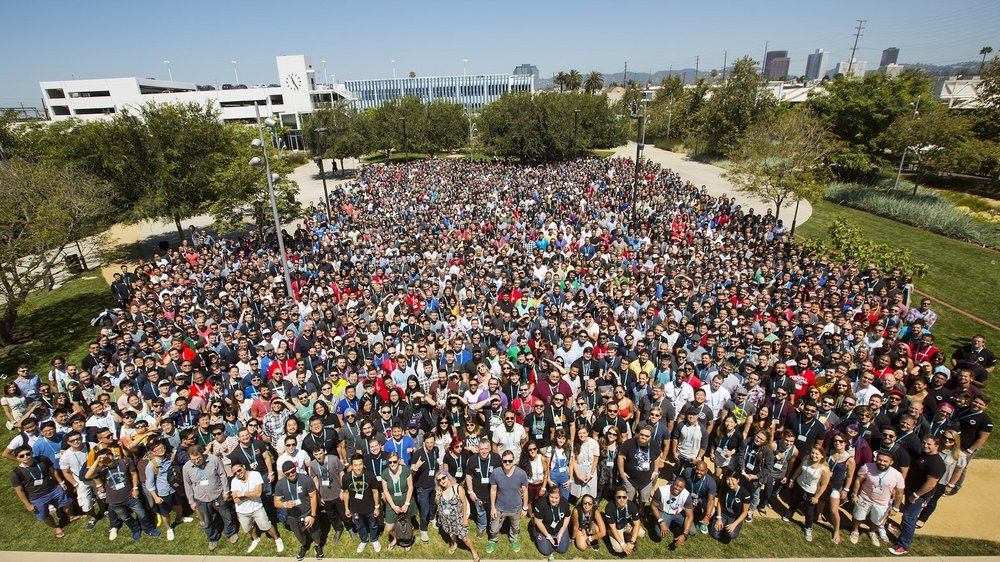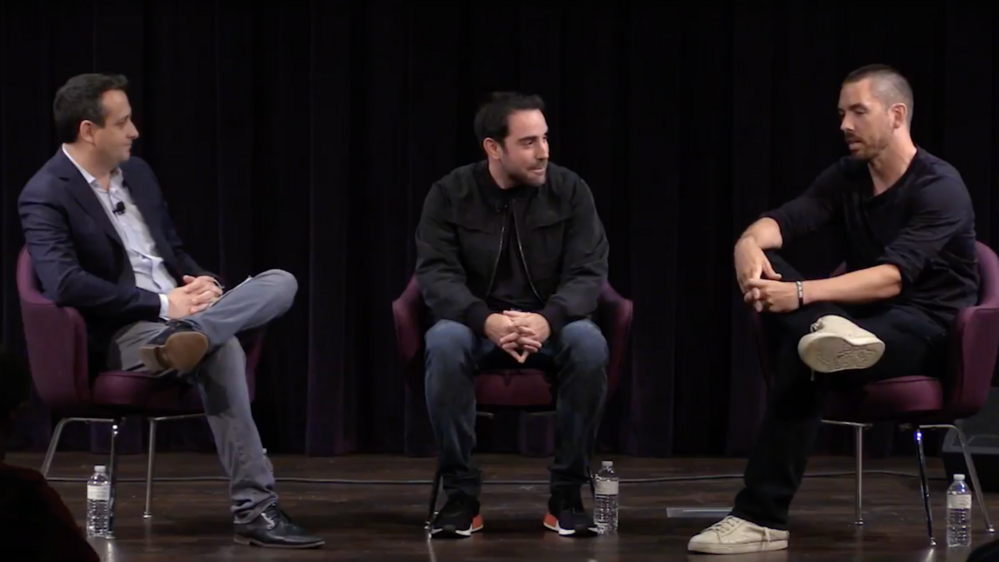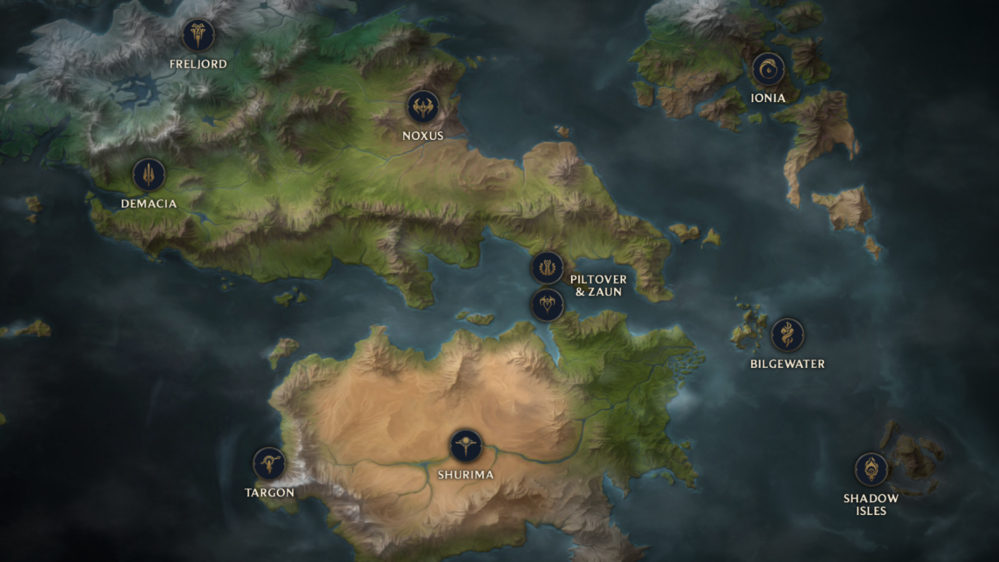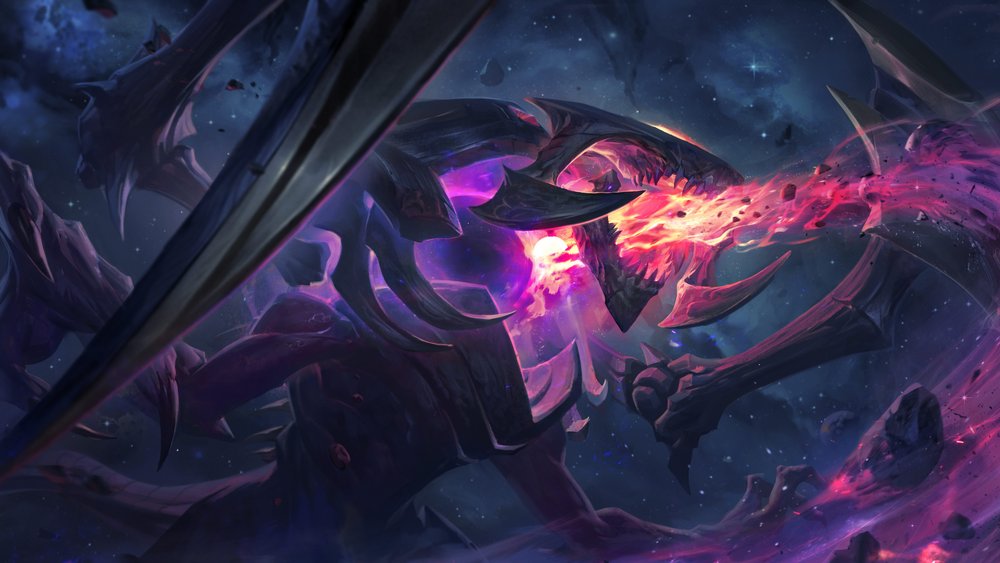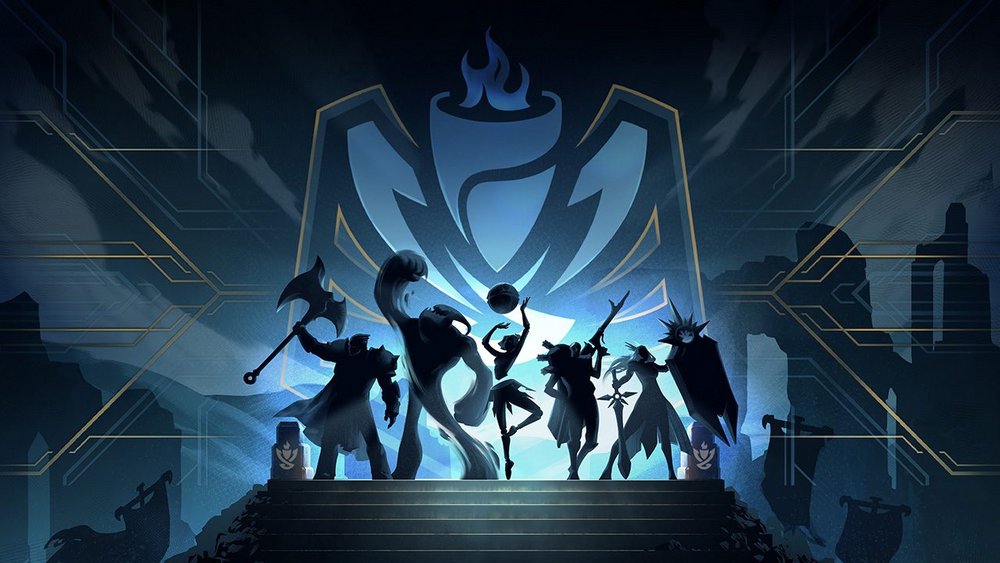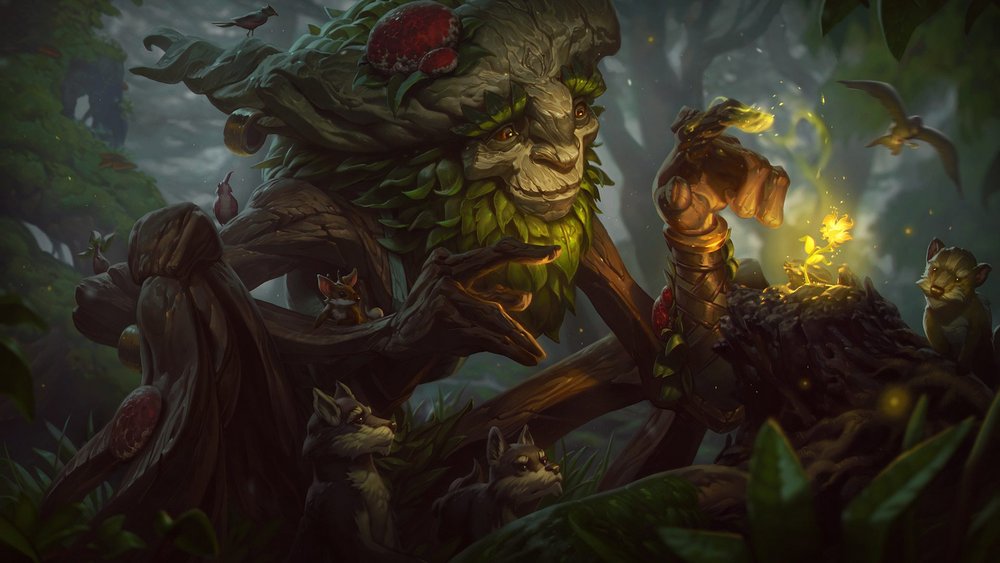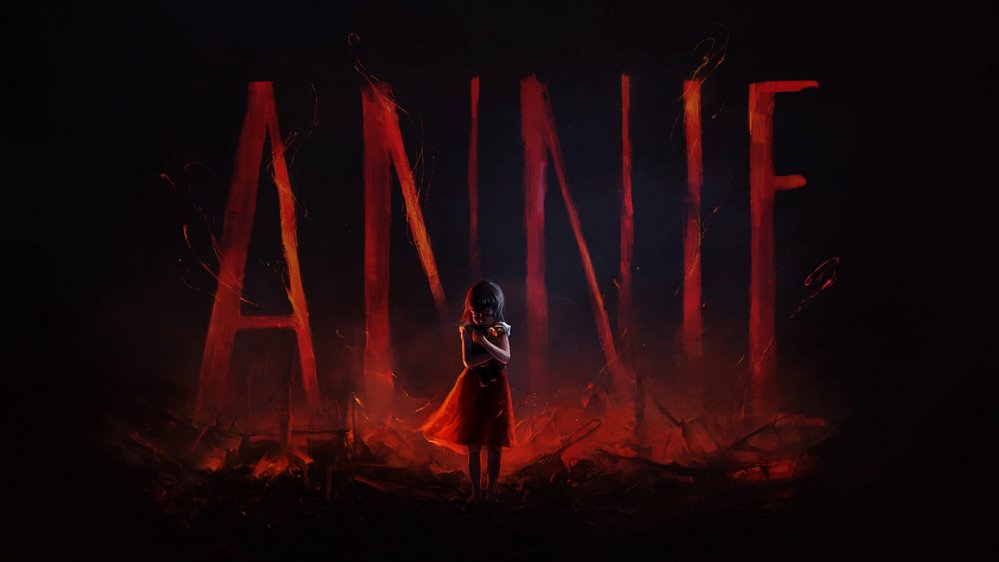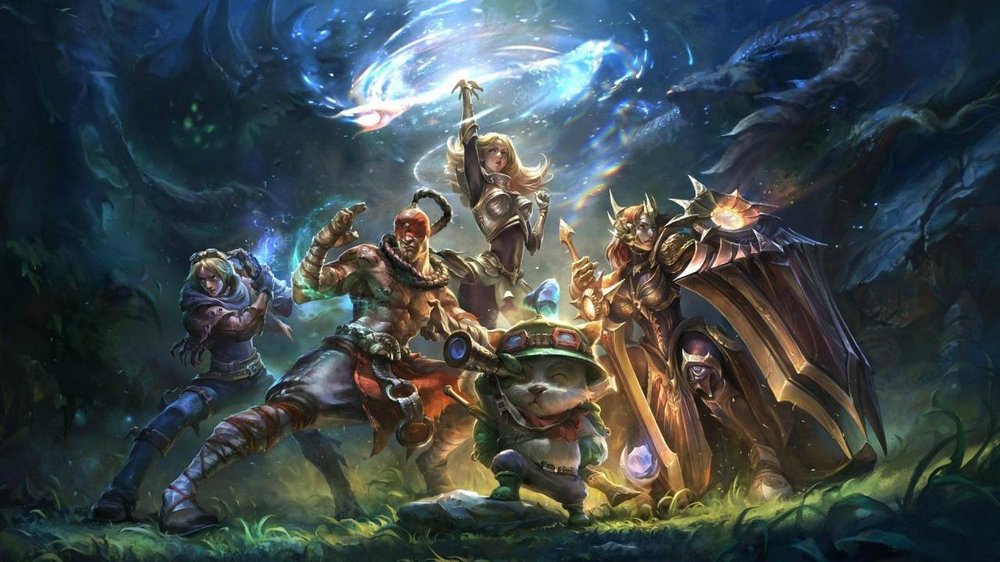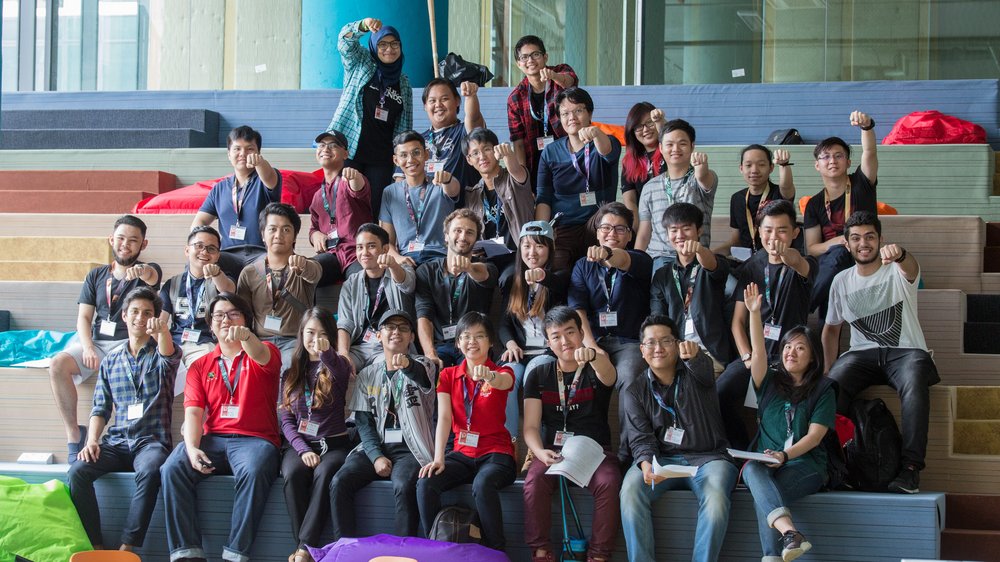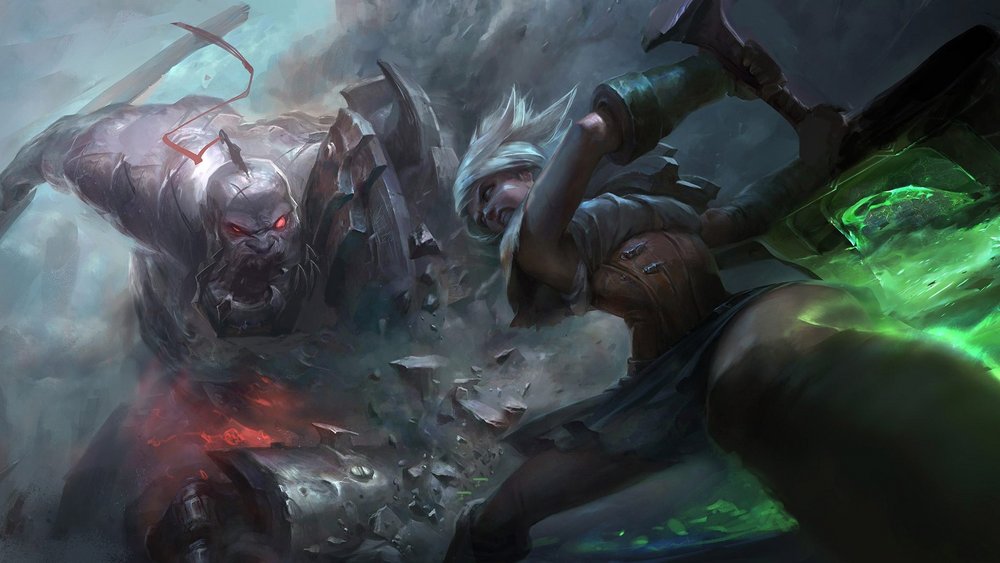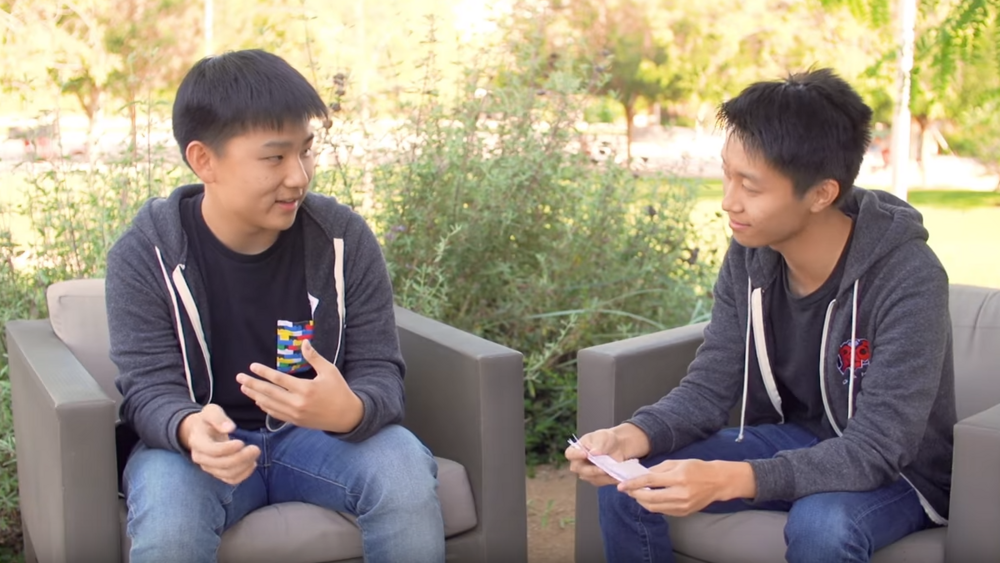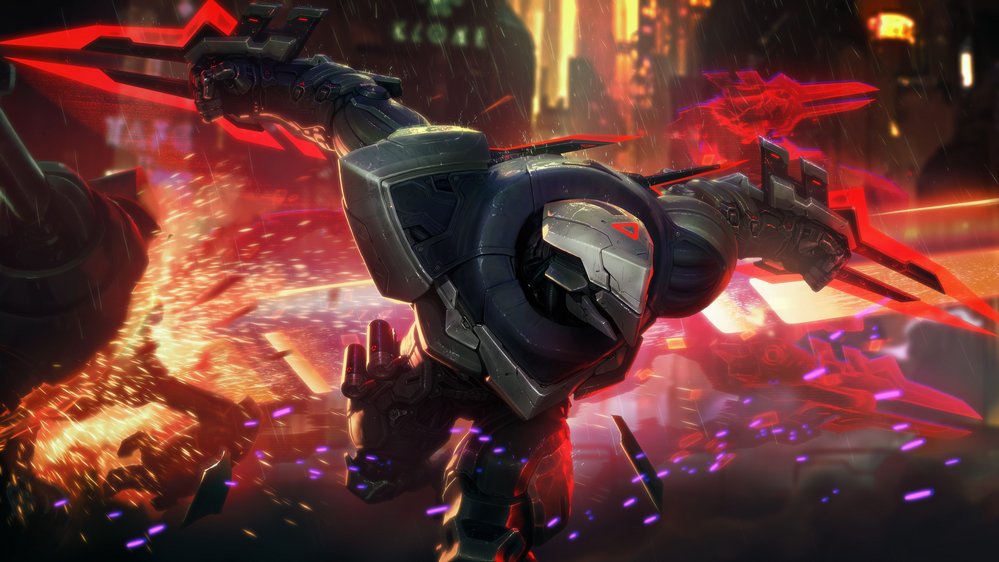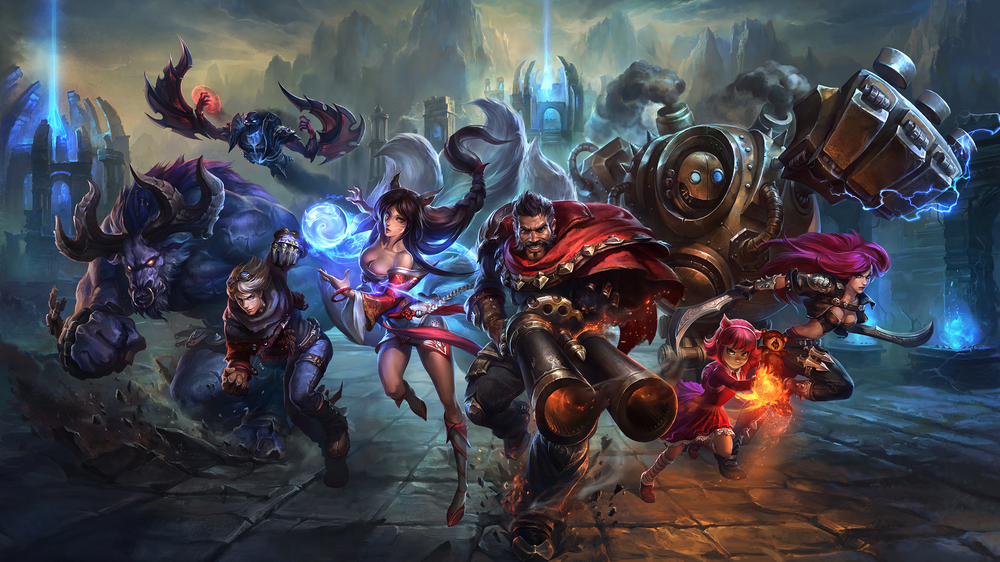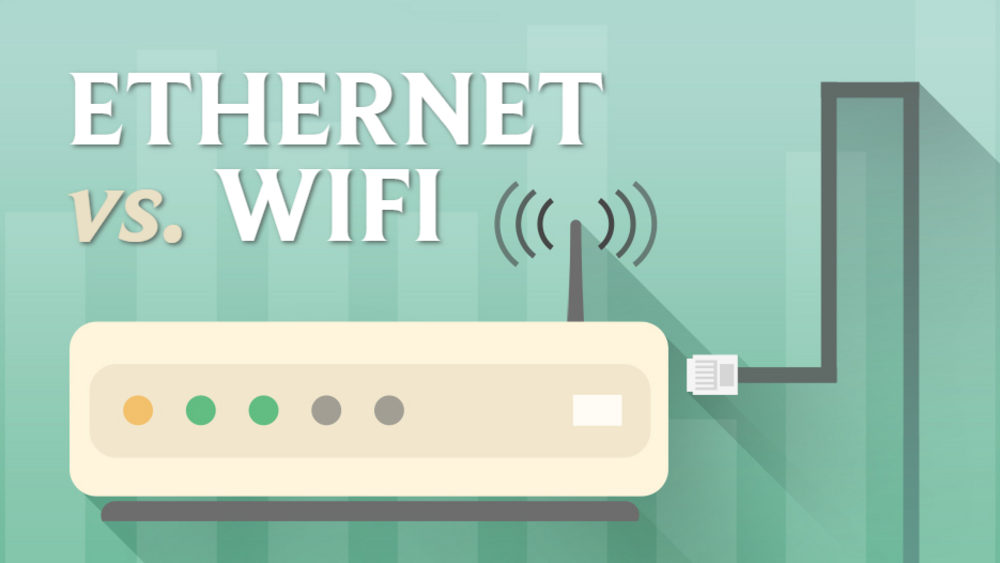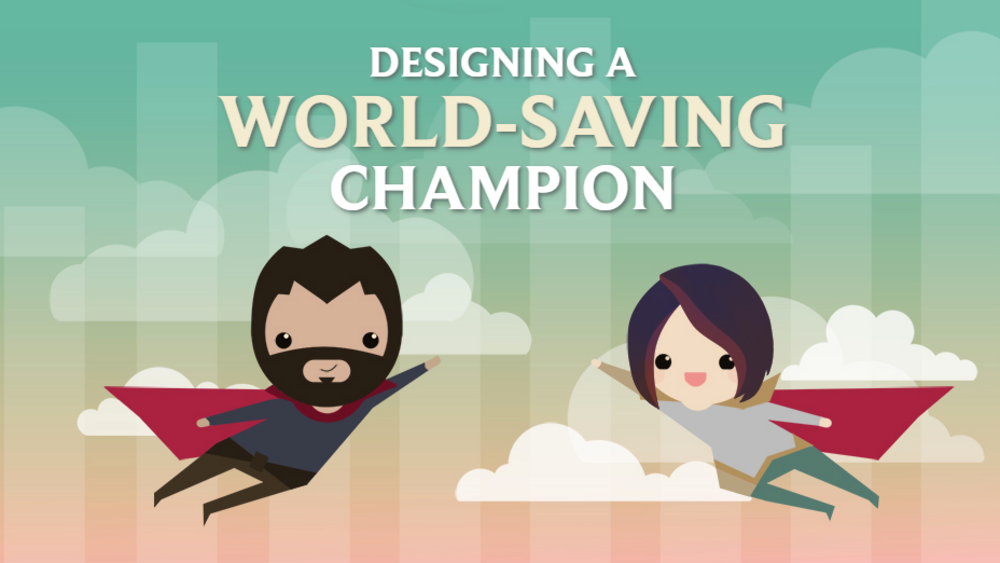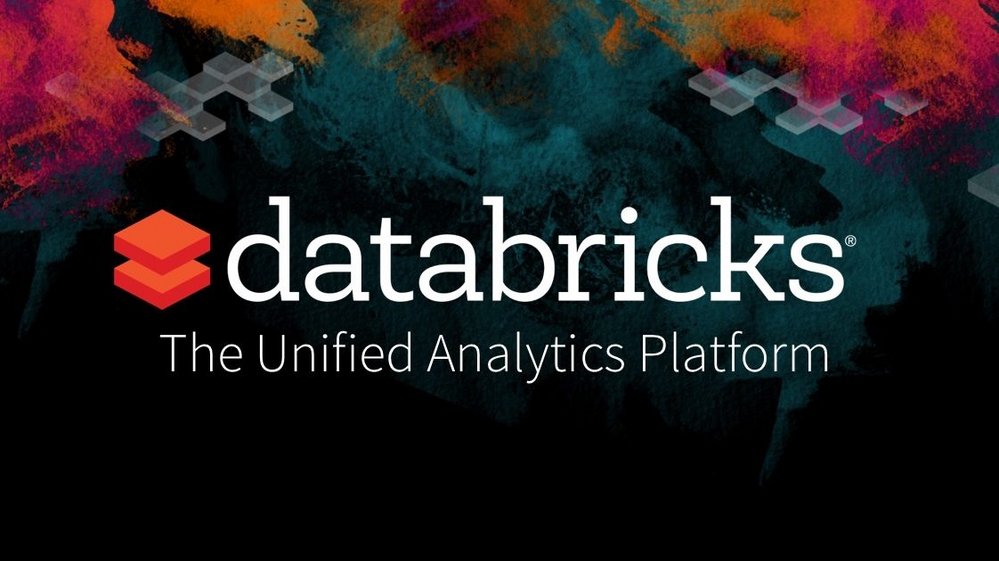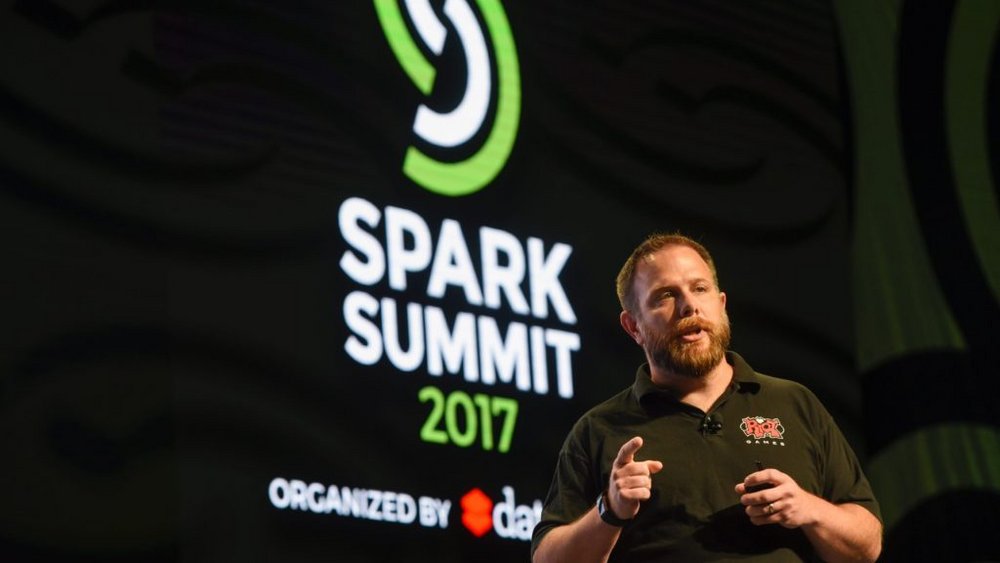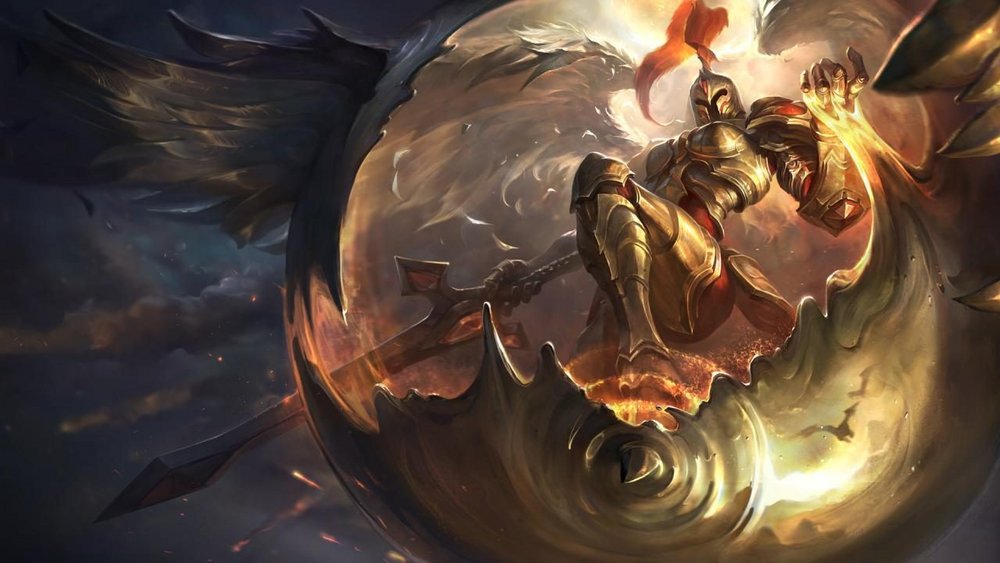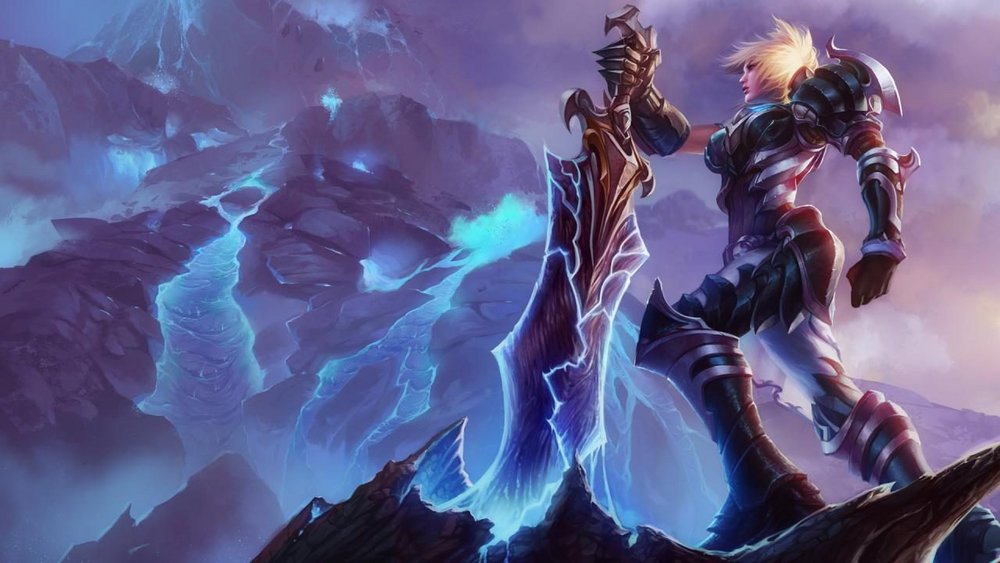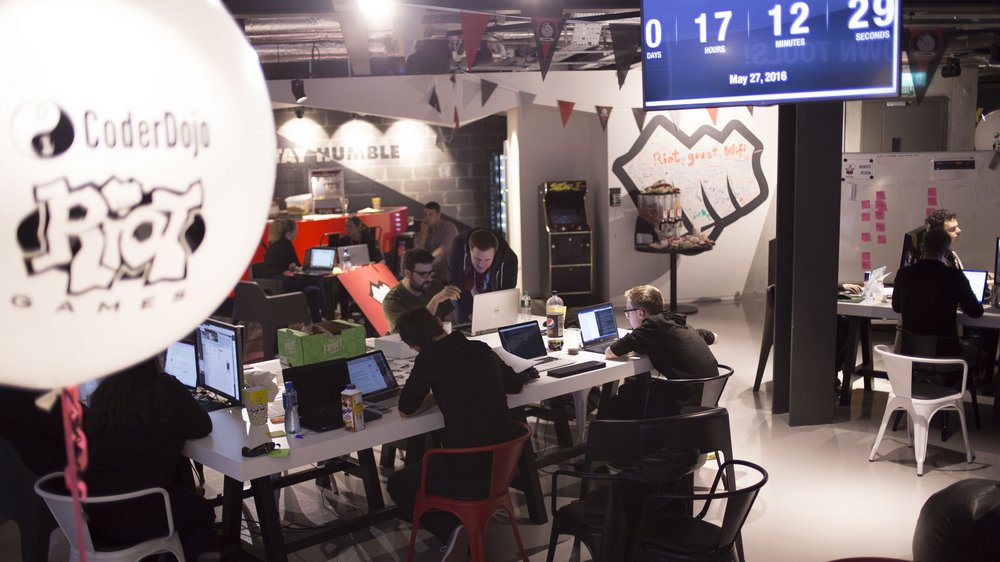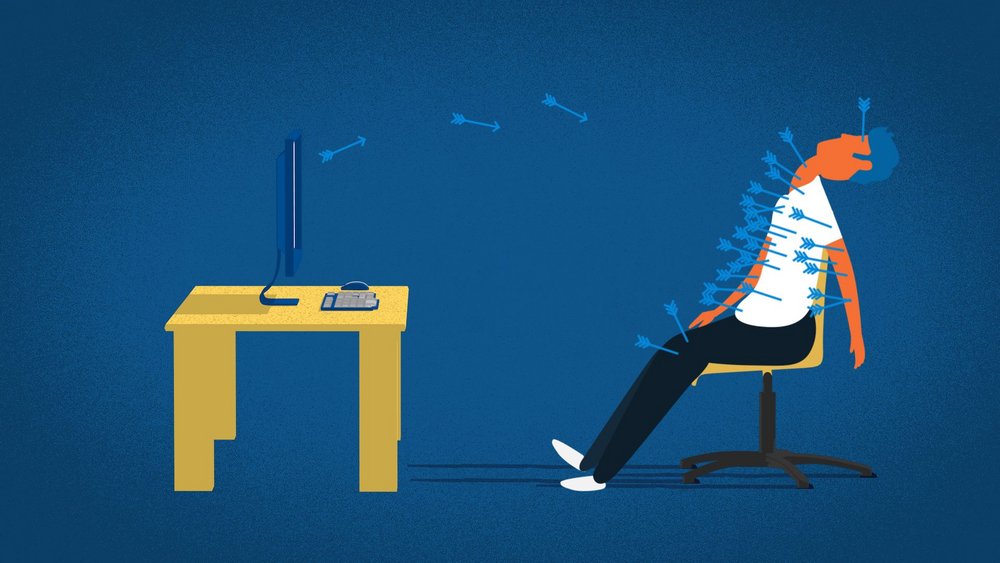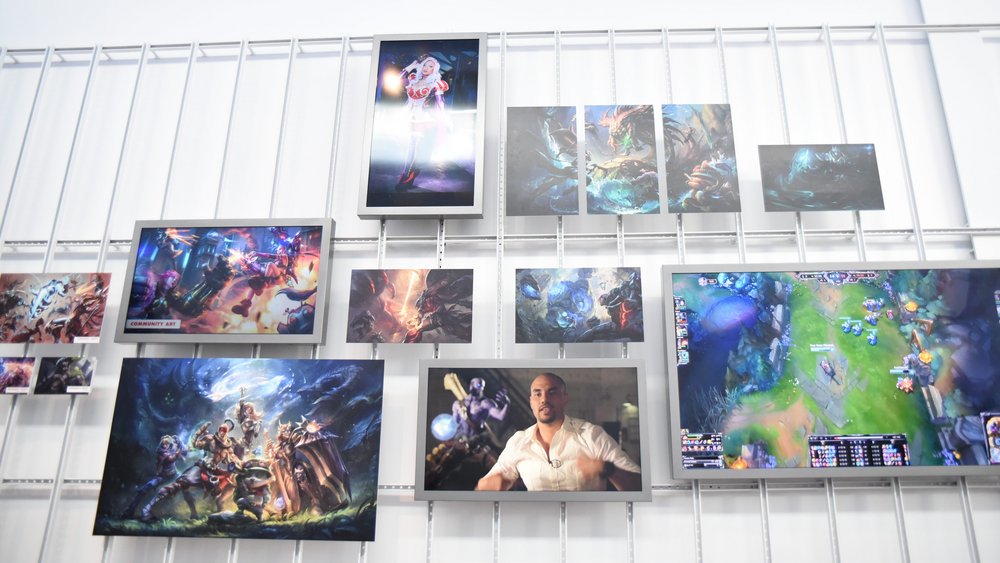How Rioters around the world brought VALORANT
to console
Get the joysticks moving, the duo warmed up, and Jett ready to dash. The beta is wrapped and VALORANT is now live on the PlayStation 5 and Xbox Series X/S in the US, Canada, Europe, Japan, and Brazil. VALORANT on console isn’t a 1:1 port of the PC version–it’s been built from the ground up to make sure console players have the best possible version of the game on their preferred platform. With new features like Focus Mode and teams around the world working to make agents’ movement feel fluid without a mouse, bringing our first live game to console was a huge undertaking.
The Early Days
Let’s run it back. When the VALORANT Protocol was just ten Agents at launch in 2020, a console version felt like a pipe dream. There was a lot to overcome, much like a 1v5 retake on Icebox’s A Site. (That’s a different kind of pipe dream)
“Before we launched on PC, I think most people on the team felt that the game wouldn’t work on console,” said Max “Riot Orcane” Grossman, Design Director on VALORANT. “Tactical shooters and consoles just haven’t mixed in the past, there were some big challenges to figure out. But after we did some investigations, early playtesting, and control configurations, we gained a lot of confidence that not only was this possible, but that it could feel really good.”
The final piece of the puzzle, like finding that friend that plays a perfect Sage, was Focus Mode.
“Focus Mode was definitely the biggest breakthrough in terms of game design,” said Allie “Riot Plinketh” Murdock, the Console Gameplay lead. “Less precise control and a highly tactical game are at direct odds with each other, so we spent a lot of time brainstorming different approaches to addressing that challenge. Focus Mode was ultimately the solution we felt was the most elegant at preserving game feel while giving players the ability to make swift tactical choices.”
“Early in 2024 we made a lot of progress with Focus Mode,” Riot Orcane said. “That was when it finally felt like we went from ‘I don’t know if we can do this’ to, ‘holy shit, this is happening.’ Seeing so much of the conversation from the community focused around game feel and Focus Mode, when we’d spent so many hours in those areas, was really satisfying. I’m excited for console players to be able to experience the highs of VALORANT and the tac shooter genre on their preferred platform.”
With players from around the world, there’s a wide variety of preferences on how they prefer to play games. Whether you play one of our games at a PC Cafe in Turkey, on your phone in China, or with a controller in your living room in the US, across the board, the goal is to give you a great gaming experience.
“For Riot, we’re a company that has historically led with PC,” said Deke “Riot Anotherdeke” Waters, VP of Operations for VALORANT. “We’re getting better with how we work on mobile with TFT, LoR, and Wild Rift. Our goal is for our games to be more and more friendly to all of the platforms where players play. Releasing VALORANT on console and being on this new platform, reaching players who prefer console games, it’s a huge shot in the arm for us for both future Riot games and VALORANT updates.”
Not only is VALORANT our first live foray into console (too slow, 2XKO), it’s also our biggest shipped project that was developed during and after the pandemic, which changed how devs work across the gaming industry. At Riot, one of the biggest changes, and opportunities, is streamlined global collaboration.
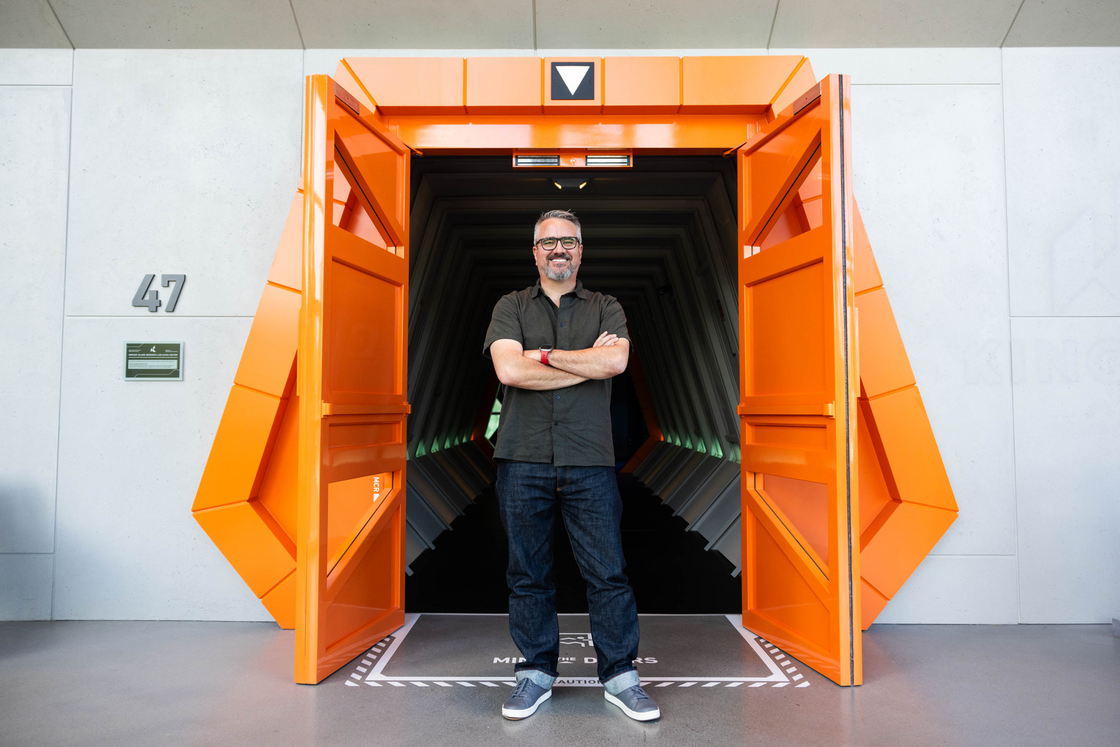
Building VAL Console With Teams Around the World
TFT, VALORANT, Legends of Runeterra, and Wild Rift all came out between 2019 and 2020. Since then, how we work, especially on major projects like this one, has evolved quite a bit.
“When I joined the VALORANT team back in 2018 we were 60 people coming into the office five days a week,” Riot Orcane said. “As we scaled up closer to launch, it was, ‘everybody go home, it’s covid, don’t come into the office.’” That was a pretty dramatic change. Ultimately that was a large part of the forcing factor that had us examine how we work to make virtual collaboration possible. The pandemic forced everyone to reassess how they approach work, rituals, problem solving, collaboration, and design–all virtually.”
Change was born out of necessity. For game designers specifically, figuring out how to virtually work through the chain reactions of decisions took some time.
“Design specifically is tough,” Riot Orcane said. “With something like engineering, there are more distinct problems you can send off to have worked on and they come back complete. With design, especially in VALORANT, everything is so interconnected. If you change recoil on the Vandal it can change how you think about map size, which can impact the right amount of health for Gekko’s Thrash to have. Those are the problem spaces where close collaboration in the office helps. But we’ve found ways to replicate that virtually using Discord and setting times for that type of collaboration, which works well for us.”
There are talented developers all around the world, but a few cities in particular are hotspots for gaming industry vets. From San Francisco
and Seattle
up the west coast of the US, to Singapore
and Sydney
across the Pacific, Riot has offices in cities with rich gaming histories. Having streamlined virtual processes helps us tap into that global talent network, and gives devs the ability to work together on big projects like VAL Console.
“We’ve already proved that we can work together well with people that are in different locations because we've all been working virtually for many years,” Riot Orcane continued. “It was natural to have people in different places working collectively for this project.”
Singapore and Sydney played crucial roles on the project. But, thanks to a decision from the VALORANT team to make jobs available in both Seattle and Los Angeles, a ton of the team on VAL Console works up in the Pacific Northwest.
Setting Down Roots on Mercer Island (Literally)
In the middle of Bellevue and Seattle is Mercer Island. As of this summer, it's officially the home of Riot in the PNW.
“We’ve always had some presence in Seattle, starting with a relatively small office in Bellevue,” said Riot Anotherdeke, who's based in the Emerald City. “As the VALORANT team grew, Riot was looking at expanding our presence here. During the pandemic, we also wanted to make sure we had as open a policy as possible to attract top talent from all over while we were growing the team. With so many quality devs in Seattle already, we decided to start posting all VALORANT dev jobs as available in both Los Angeles and Seattle.”
Now there are more than 300 Rioters that work out of Mercer, with the majority of them working on game development. Those Rioters are spread out over a variety of teams working on games and core tech but include a large swath of VALORANT’s leadership and devs who helped make console happen.
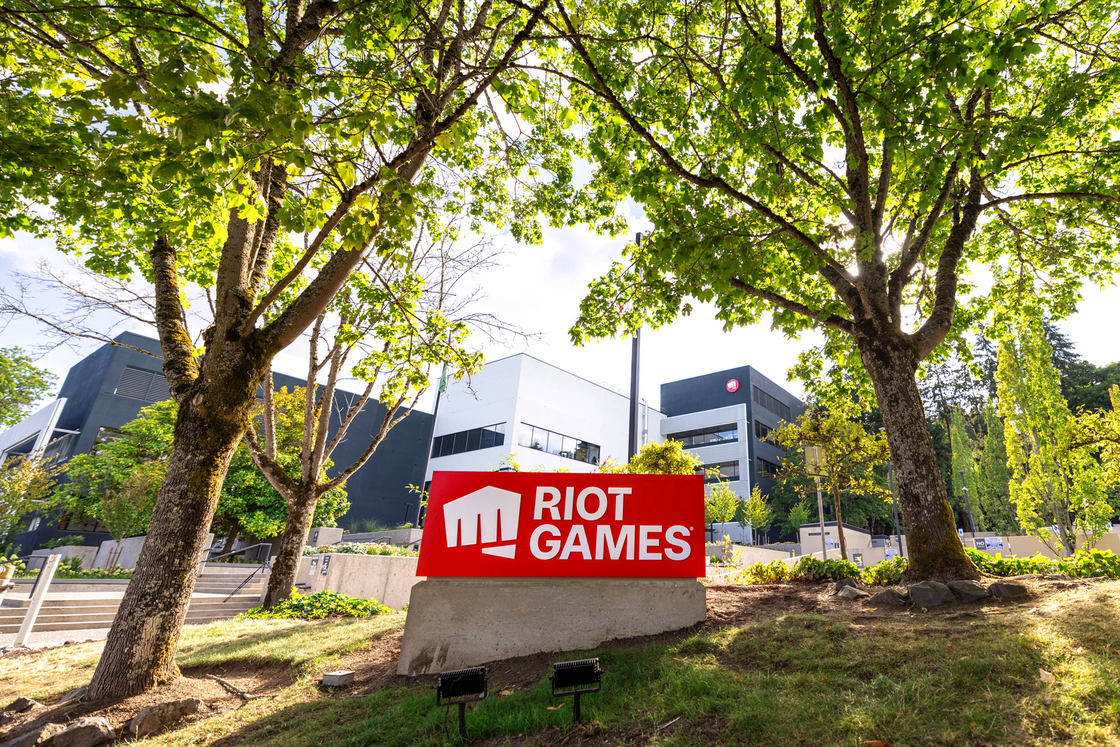
“Anna [Donlon] is in LA and I’m in Seattle, that helps split leadership oversight based on location so we felt we could support that split throughout the team,” Riot Anotherdeke continued. “We don’t really have a specific skill set that’s a Seattle skill set or an LA skill set, we look at it as one organization, one development team split across state lines. It really opens up opportunities to attract incredible talent.”
Seattle’s ties to the gaming industry are strong. From Microsoft to Valve to Bungie to a wide variety of top indie devs, a lot of gaming veterans call the city home.
“Devs who have homes and families in Seattle, they want to stay here and they want to have a physical presence to come in at least some of the time for many different reasons,” Riot Anotherdeke said. “Our new Mercer Island office is that space. It’s a VALORANT-themed building that shows, not only are we up here, we’re here for the long term and we’re committed to building up our teams in Seattle.”
Modeled after an abandoned Radianite lab, this office was designed with VALORANT in mind. From literal trees intertwined with the building to console play test labs, the space on Mercer Island has a lot to offer.

“This office is such a fun place to work out of,” Riot Anotherdeke said. “From new candidates to partners to the Rioters here, it's a place where you can go and see Riot in the Pacific Northwest.”
“The Seattle team is obsessed with the new office,” Riot Plinketh added. “The team did an incredible job taking the feel of VAL and bringing it into a functional office space. There are even rooms with consoles set up for break time that have really cool retro vibes. I’ve definitely noticed an uptick in people going in since it opened. Everyone on VALORANT in LA, Singapore, and Sydney are also really excited to see how it turned out.”
Speaking of those friends in Sydney…
Working a Day Ahead in Sydney and Singapore
Towards the end of 2022, we acquired Wargaming Sydney, bringing a talented team of about 100 engineers, artists, and designers onto various Riot projects including VAL Console. With the team 17 hours ahead of our west coast offices, working across timezones and the international date line comes with both challenges and benefits.
“By the time our Sydney designers come online, we’ve got a good list of objectives for them to start their day and they can tackle important updates overnight,” Riot Plinketh said. “It means that during pacific daytime, we can do the engineering work needed to unblock design work happening at night. Each time zone has a number of different disciplines that make this unique setup extremely beneficial.”
“During our ten years with Wargaming, the time zones were even more exciting as we were working mostly with Europe which is halfway around the world,” said Naresh Hirani, the Studio Lead in Sydney. “We’ve learned a lot about the craft of international co-development. A critical part is the relationships, building trust, keeping high connection points, and seeing each other face-to-face when possible. It’s part of Riot’s culture and so when we joined, we hit the ground running on that front.”
Sydney has a wide variety of teams who have worked on VAL Console, including an engine and console team, an expressions squad focused on achievements, a core game group that helped with social features, and a console Agent adaptation team that brought Raze, Iso, Skye and the rest of the VALORANT Protocol up to speed on controllers. They may have spent just a bit more time on the Aussie initiator, though.
“We have experience taking games to console with Wargaming, so when we joined Riot this was a natural project for us to work on,” Naresh said. “In the past we’ve sometimes felt that we were on the outside because we were geographically so far from the HQ. But that isn’t how Riot operates, they give us a seat at the table and a voice in how operations are run to work for global teams.”
But working across oceans, time zones, and countries isn’t always easy.
“Sydney and Singapore, they’re under different international laws around hiring and they’re a full day ahead,” Riot Anotherdeke said. “It’s certainly complex at times, but they’re Rioters, we’re all on the same team, driving at the same goals, and want to deliver the best possible experience for players. So we’ve put in a lot of work bringing people together and onboarding the team in Sydney after we purchased the studio. At the same time, we’ve tried to integrate Singapore deeply into our teams in LAX and Seattle. What we’ve seen is so much passion for VALORANT across those offices and pride in what they’ve been able to deliver for this project and others.”
At the end of the day, tapping into talent around the world, bringing in perspectives from teams in Sydney, Singapore, and Seattle is worth a bit of organizational complexity–and VAL Console wouldn’t be what it is without the Rioters around the world who worked on it.
If you’ve read through this much about how we made VAL Console, why don’t you give it a try. Play Now on PlayStation 5 and Xbox Series X/S in the US, Canada, Europe, Japan, and Brazil.
